The 1920s, often referred to as the Roaring Twenties, was a decade of significant transformation for New York City. It was a time of economic prosperity, cultural change, and architectural innovation. This period saw the city emerge as a global center of finance, entertainment, and modern living.
Life and Society
Life in New York City during the 1920s was vibrant and fast-paced. The city’s population continued to grow, surpassing five million by the mid-1920s. This growth was fueled by both international immigration and domestic migration. Many people were drawn to the city by the promise of jobs and the excitement of urban life.
The city was a home to many cultures, with neighborhoods like Harlem, Little Italy, and Chinatown thriving with unique cultural identities. Harlem became a cultural hub for African Americans, giving rise to the Harlem Renaissance. This was a period of prolific artistic and cultural activity, with figures like Langston Hughes, Zora Neale Hurston, and Duke Ellington making significant contributions to literature, music, and art.
Read more
Famous Places and Landmarks
The 1920s saw the construction of several iconic New York City landmarks. The Chrysler Building, completed in 1930, is one of the most famous examples of Art Deco architecture. Its spire, adorned with stainless steel, became a symbol of modernity and progress.
Another significant landmark from this era is the Empire State Building, which began construction in 1929 and was completed in 1931. At the time, it was the tallest building in the world, and it quickly became a symbol of New York City’s ambition and architectural prowess.
Times Square solidified its reputation as the heart of New York City’s entertainment district during the 1920s. The area was filled with theaters, bright neon lights, and bustling crowds. Broadway was thriving, with numerous plays and musicals drawing large audiences. The Ziegfeld Follies, a series of elaborate theatrical revues, were particularly popular during this decade.
Economy and Industry
The economy of New York City boomed during the 1920s. The city was the financial capital of the world, with Wall Street at its core. The New York Stock Exchange saw unprecedented growth, and the era became known for its speculative investments and economic optimism. This period of prosperity, however, would eventually lead to the stock market crash of 1929.
Industries such as textiles, publishing, and manufacturing were thriving. The garment industry was a major employer, with factories producing clothing that was sold across the country. The city’s ports were also busy, handling goods from around the world and making New York a crucial hub for international trade.
Construction and Infrastructure
The 1920s was a decade of significant construction and infrastructure development in New York City. In addition to the Chrysler and Empire State Buildings, many other skyscrapers were built, transforming the city’s skyline. The use of steel-frame construction and elevators made it possible to build higher than ever before.
The city’s subway system continued to expand, making it easier for people to travel across the city. New lines and stations were added, reducing congestion on the streets and connecting more neighborhoods to the city’s core. The Holland Tunnel, which opened in 1927, was another major infrastructure project. This tunnel connected Manhattan to New Jersey, facilitating the movement of people and goods.
Restaurants and Food
The culinary scene in New York City during the 1920s was diverse and exciting. The city’s multicultural population brought a wide variety of cuisines, making it a food lover’s paradise. Italian, Jewish, and Chinese foods were particularly popular, reflecting the city’s immigrant communities.
Restaurants ranged from elegant dining establishments to casual eateries. Delmonico’s continued to be a symbol of fine dining, attracting wealthy patrons with its gourmet cuisine. The 21 Club, which opened in 1929, became one of the most famous speakeasies of the Prohibition era, offering a glamorous dining and social experience despite the nationwide alcohol ban.
Street food was also a big part of New York’s food culture. Vendors sold hot dogs, pretzels, and other snacks, providing quick and affordable meals for busy New Yorkers. Cafeterias and diners offered hearty, inexpensive meals, making them popular among the working class.
Entertainment and Leisure
Entertainment was a major part of life in New York City during the 1920s. Broadway was at the heart of the city’s theater district, with numerous plays and musicals drawing large audiences. The Ziegfeld Follies, known for their lavish productions, were a highlight of the Broadway scene.
The rise of jazz music was a defining feature of the 1920s, and New York City was at the center of this musical revolution. Harlem nightclubs like the Cotton Club and the Apollo Theater were famous for their jazz performances. Artists like Duke Ellington, Louis Armstrong, and Bessie Smith performed to enthusiastic audiences, making jazz the soundtrack of the era.
Coney Island remained a popular destination for fun and leisure. Its amusement parks, with rides, games, and attractions, drew crowds looking for excitement and relaxation. The Wonder Wheel, which opened in 1920, became an iconic part of Coney Island’s landscape.
Movies also became a significant form of entertainment. The 1920s saw the rise of the silent film industry, with movie palaces like the Roxy Theatre offering an opulent movie-going experience. The introduction of sound in movies towards the end of the decade marked a significant shift in the entertainment landscape.
Social Issues and Reforms
The 1920s was a decade of significant social change and reform in New York City. The era of Prohibition, which lasted from 1920 to 1933, had a major impact on the city. Despite the ban on alcohol, speakeasies flourished, and organized crime grew as bootleggers supplied illegal liquor.
The women’s suffrage movement achieved a major victory with the passage of the 19th Amendment in 1920, granting women the right to vote. This milestone marked the beginning of a new era of political and social activism for women in New York City.
Labor movements continued to advocate for better working conditions and wages. Strikes and protests were common as workers sought to improve their lives. The New Deal programs of the late 1920s and early 1930s would eventually address many of these issues, but the groundwork was laid during this decade.
Health and Public Services
Public health saw improvements during the 1920s. Efforts to combat diseases like tuberculosis and influenza led to better sanitation and public health measures. The establishment of public hospitals and clinics provided more people with access to medical care, improving overall public health.
The city also invested in expanding its fire and police services. The fire department modernized its equipment and training, making it more effective in responding to fires. The police department continued to professionalize, with efforts to reduce corruption and improve public safety.
Education was a priority in New York City during the 1920s. Public schools expanded, providing more children with access to education. Compulsory education laws ensured that children spent time in school rather than working in factories or on the streets.
Higher education institutions also grew during this period. Columbia University and New York University expanded their campuses and programs, attracting students from around the country and the world. These institutions played a crucial role in the intellectual and cultural life of the city.
Fashion and Lifestyle
Fashion in the 1920s was marked by a sense of liberation and modernity. Women’s fashion underwent a dramatic transformation, with shorter hemlines, looser silhouettes, and the iconic flapper dress becoming popular. Men’s fashion also evolved, with tailored suits and more relaxed styles reflecting the changing times.
The lifestyle of New Yorkers in the 1920s was characterized by a sense of excitement and possibility. The decade was marked by social changes, economic prosperity, and cultural innovation. People flocked to nightclubs, theaters, and sporting events, seeking entertainment and enjoyment.
The rise of the automobile also had a significant impact on life in New York City. Cars became more affordable and accessible, changing the way people traveled and interacted with the city. The development of roads and highways facilitated this shift, making it easier for people to move around the city and beyond.


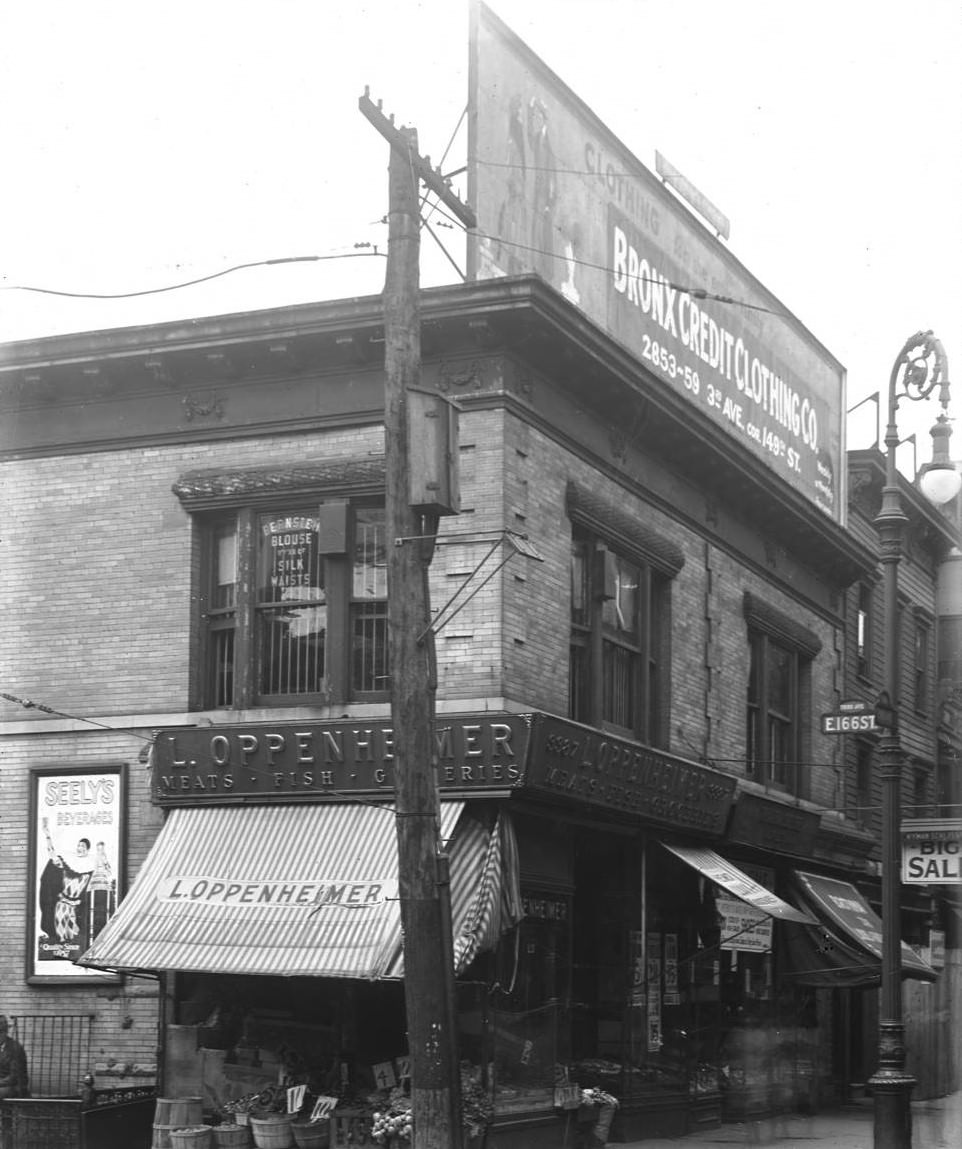
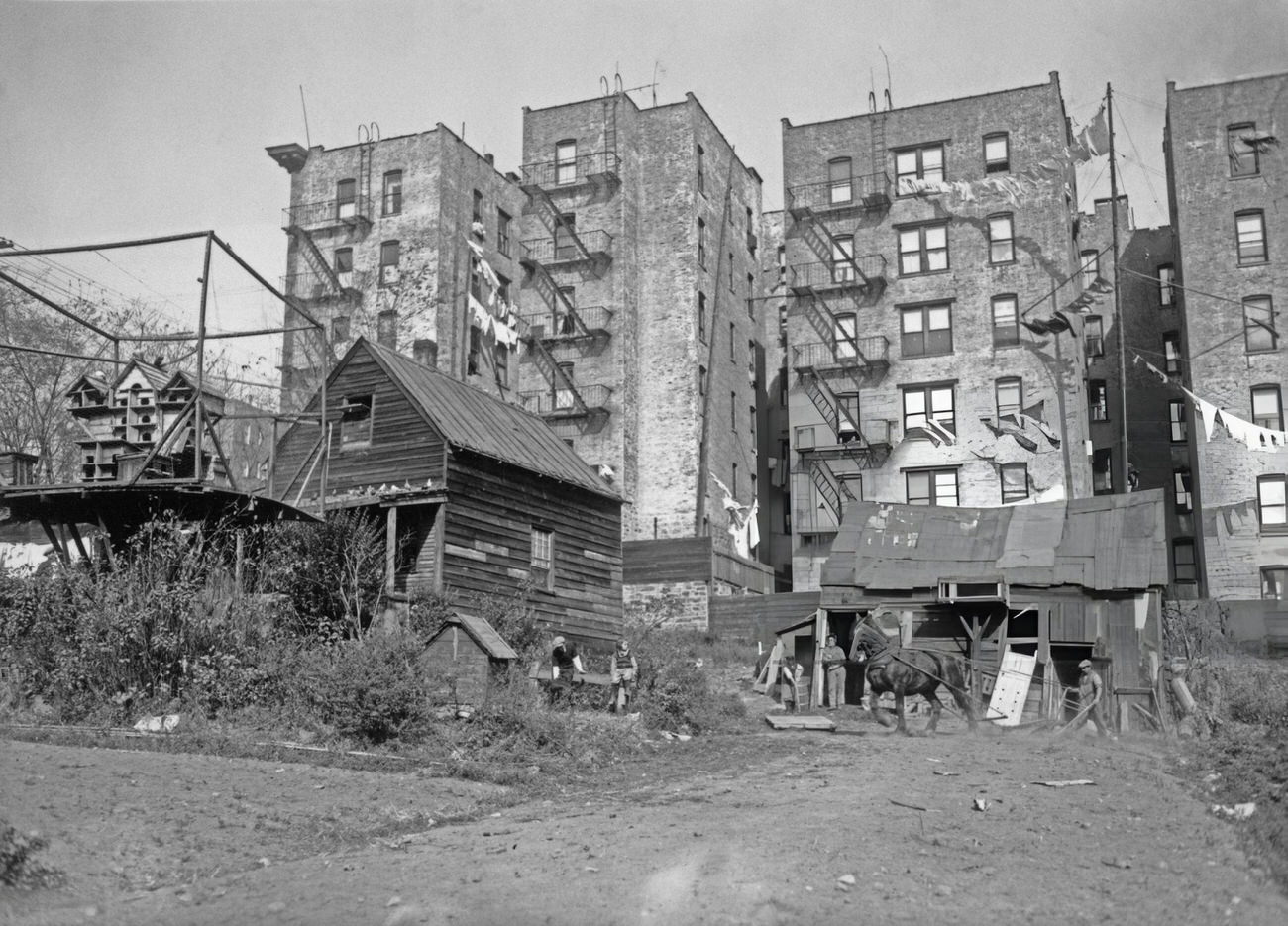
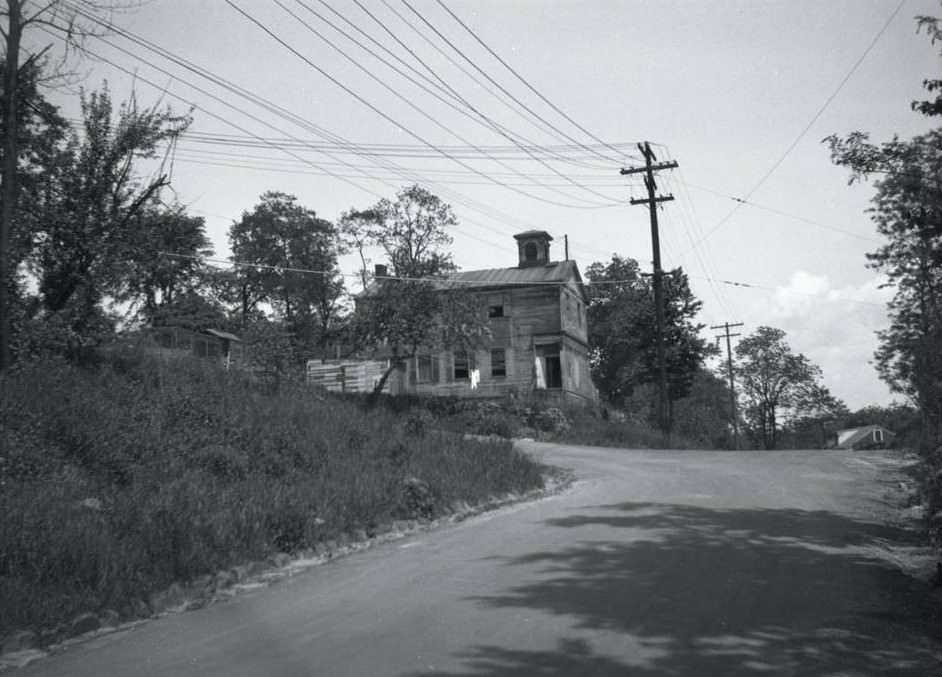
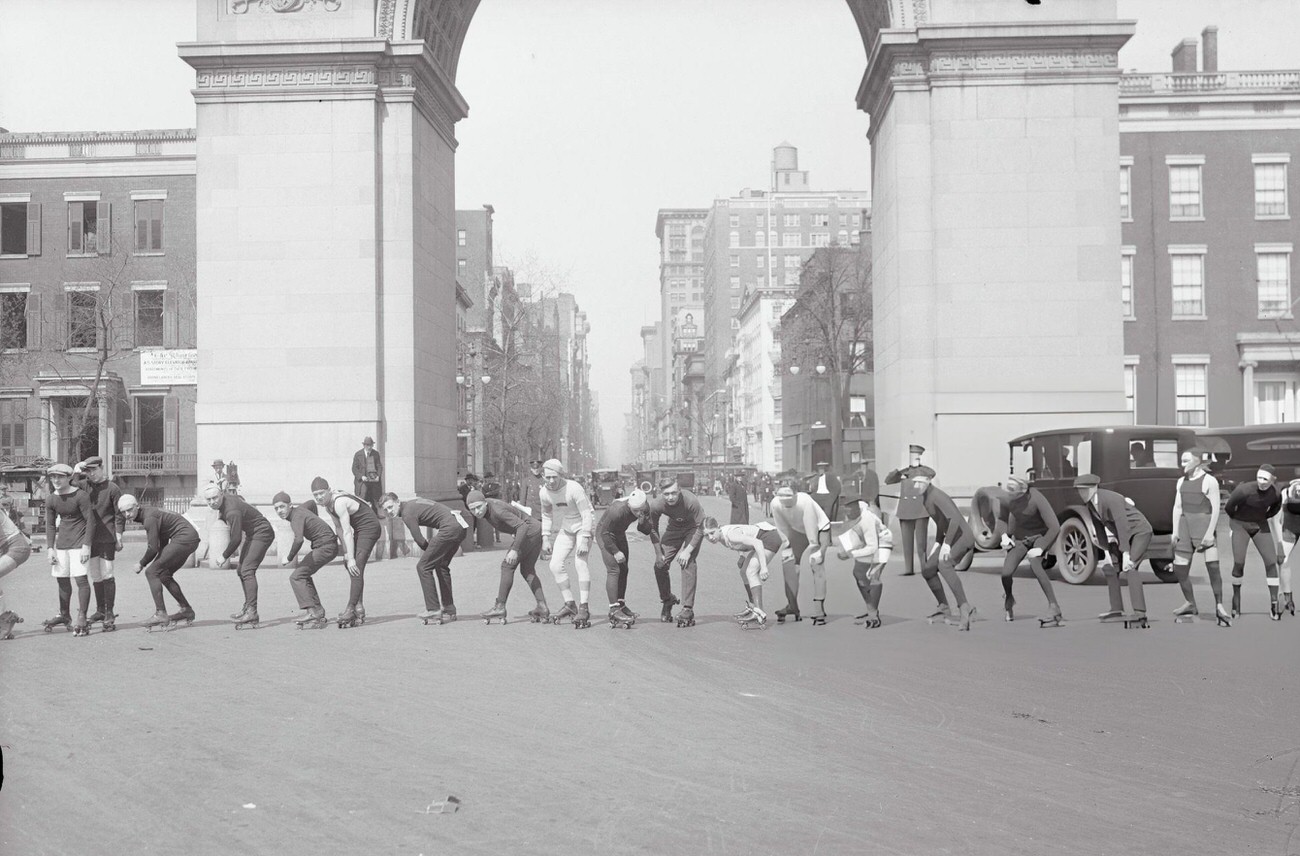
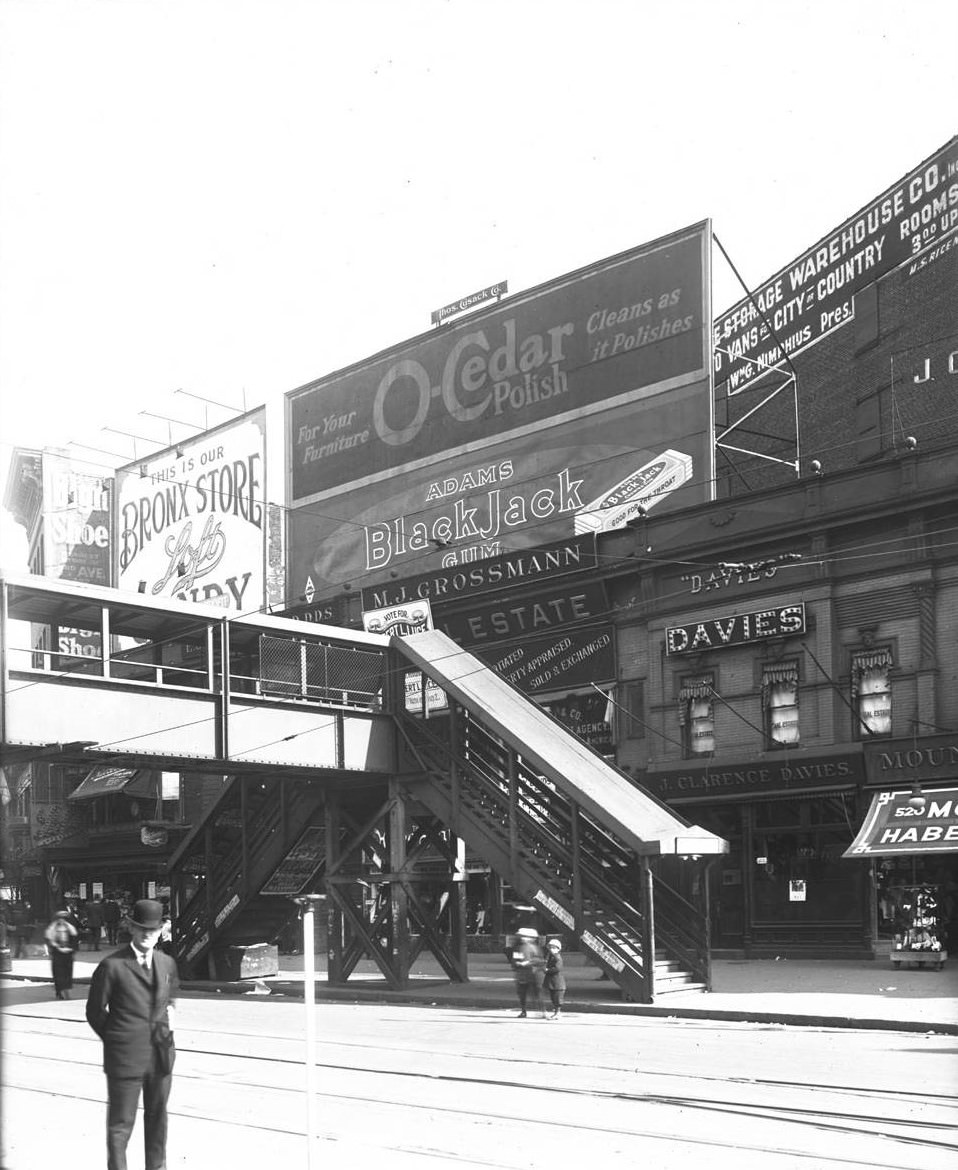
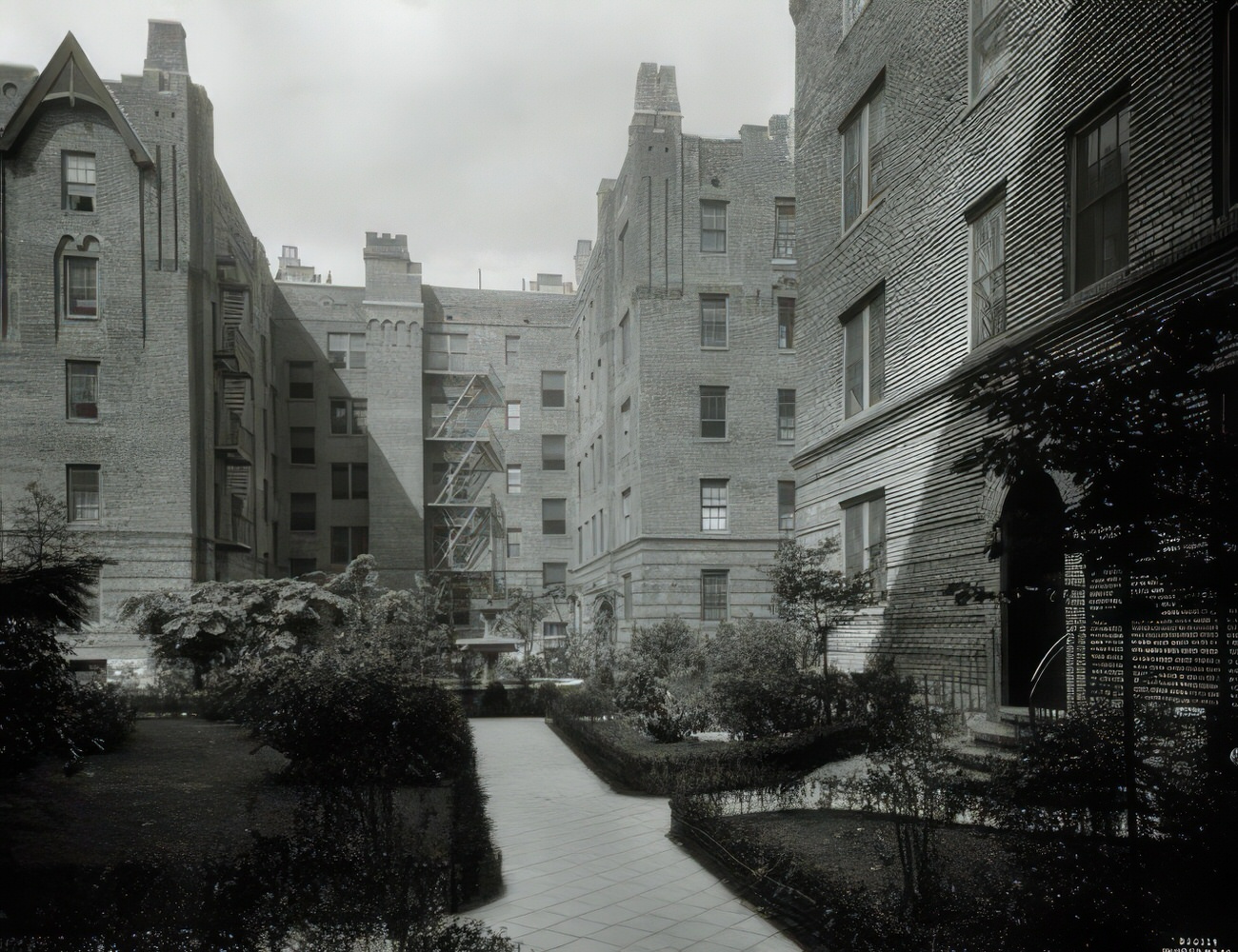
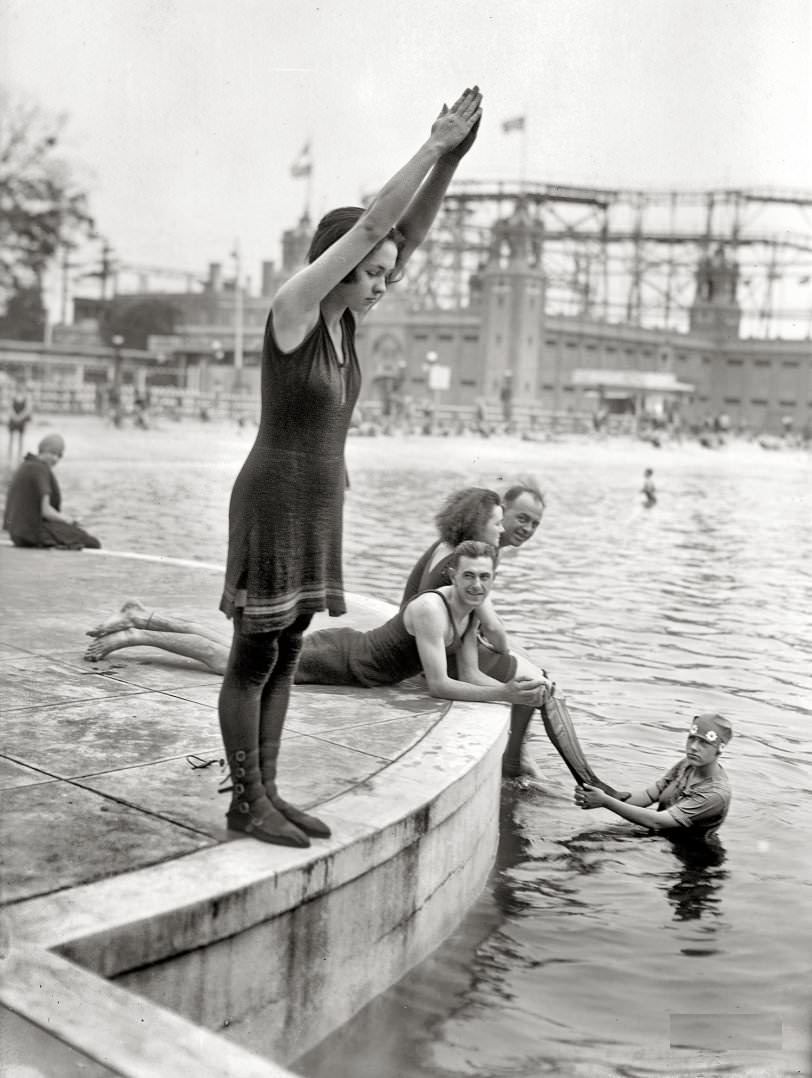
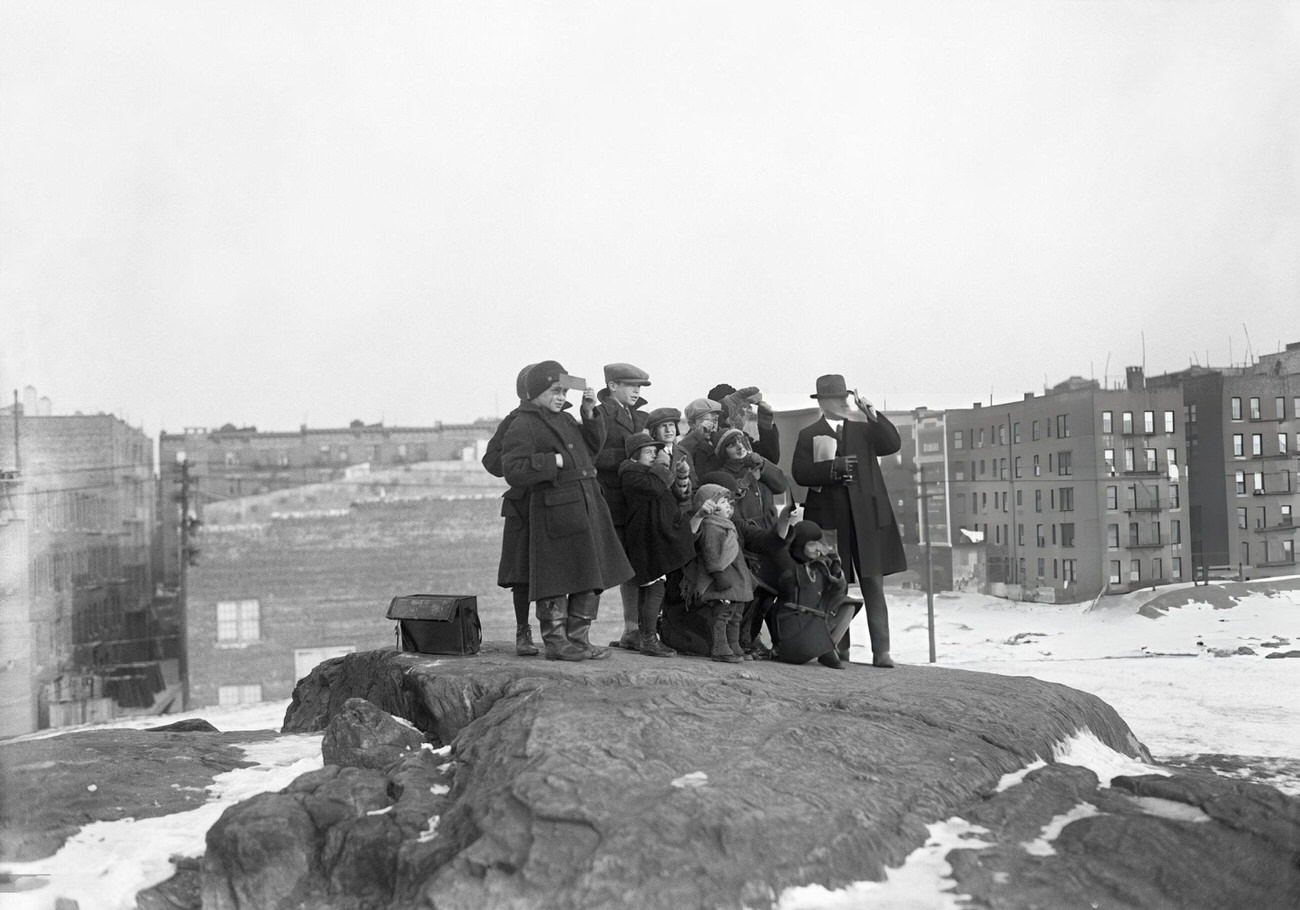
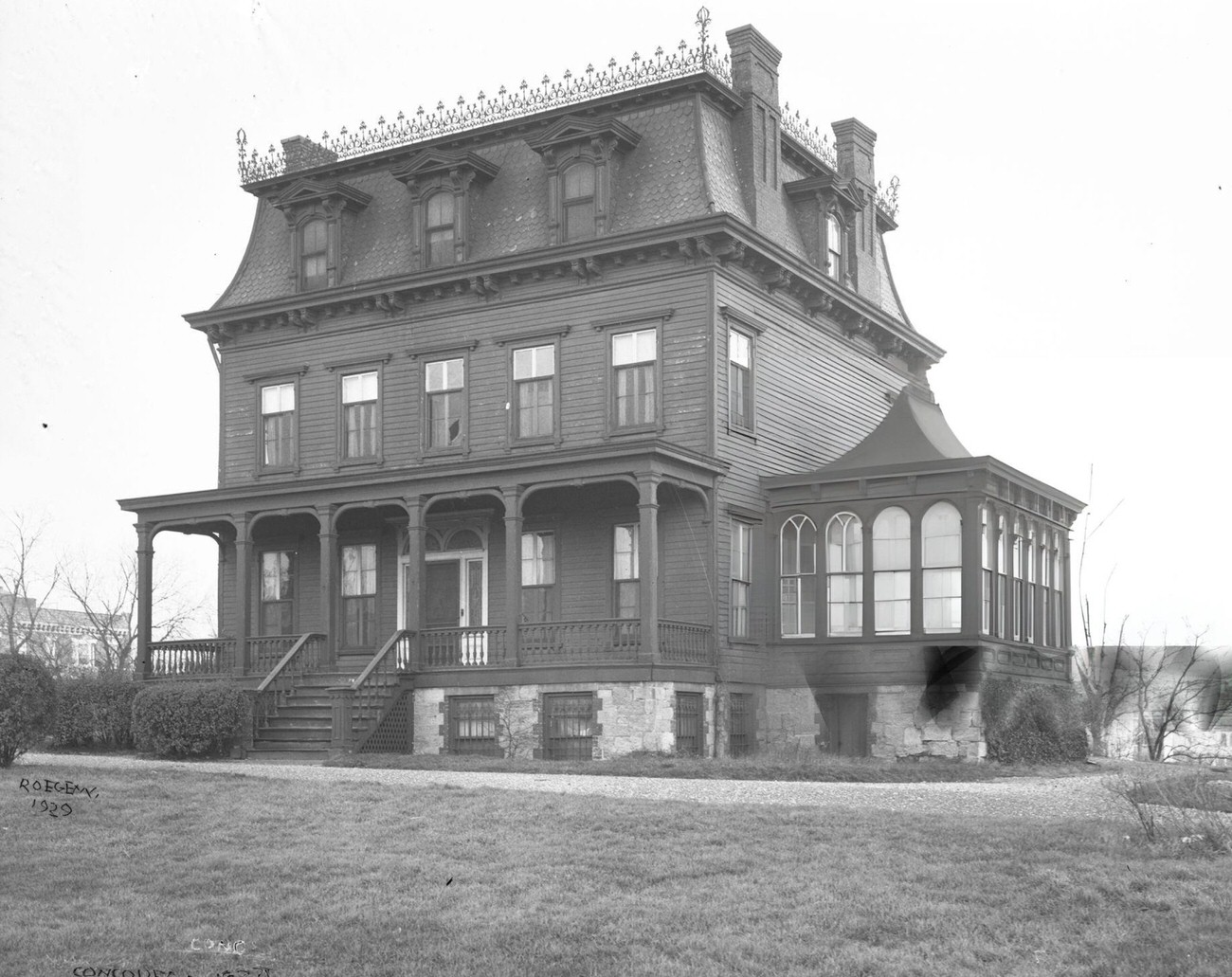
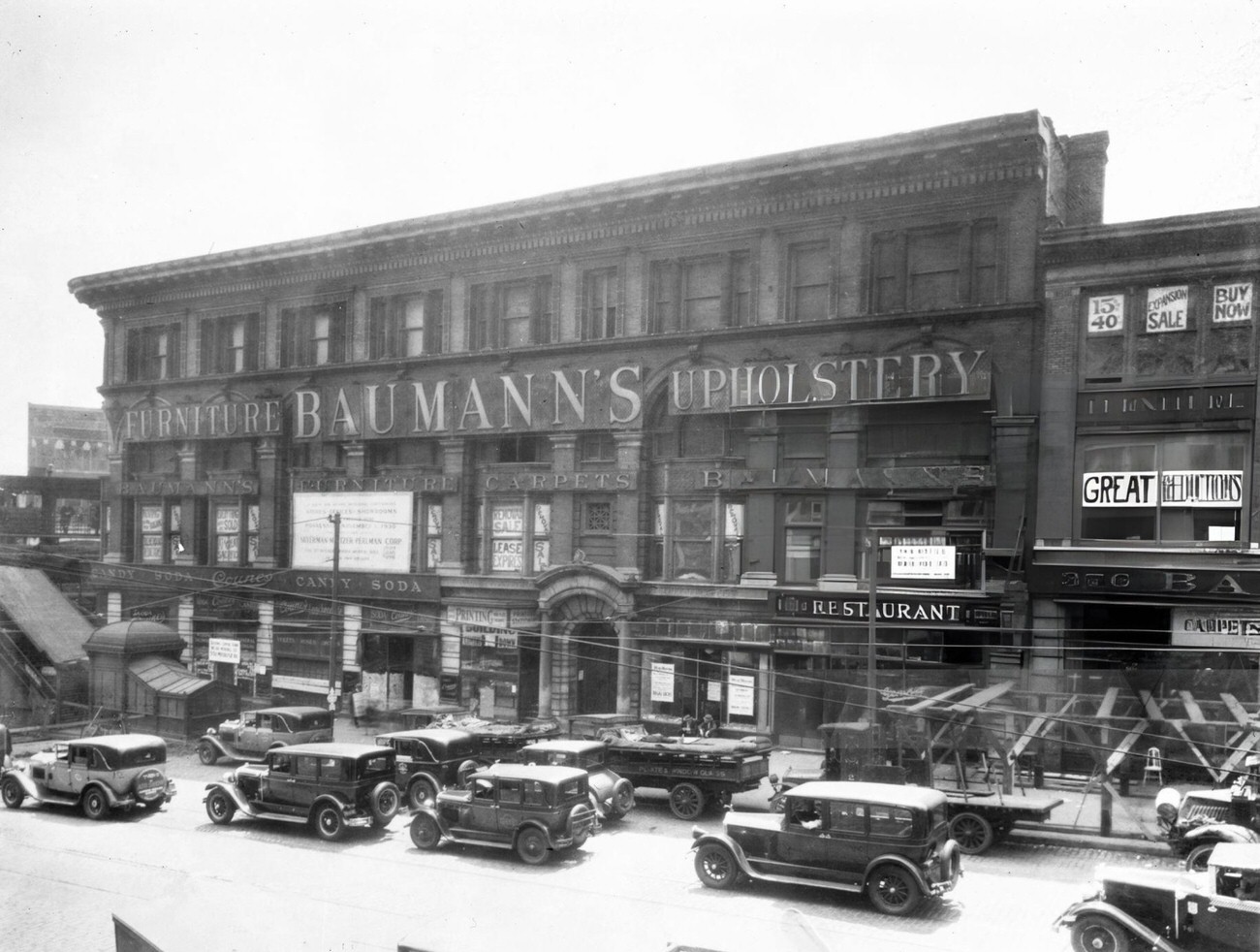
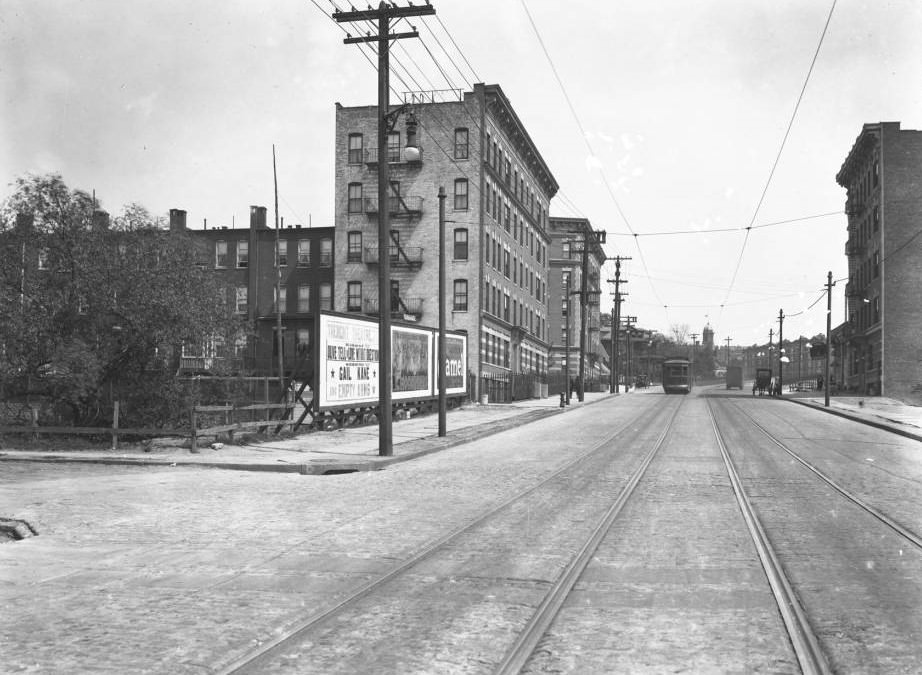
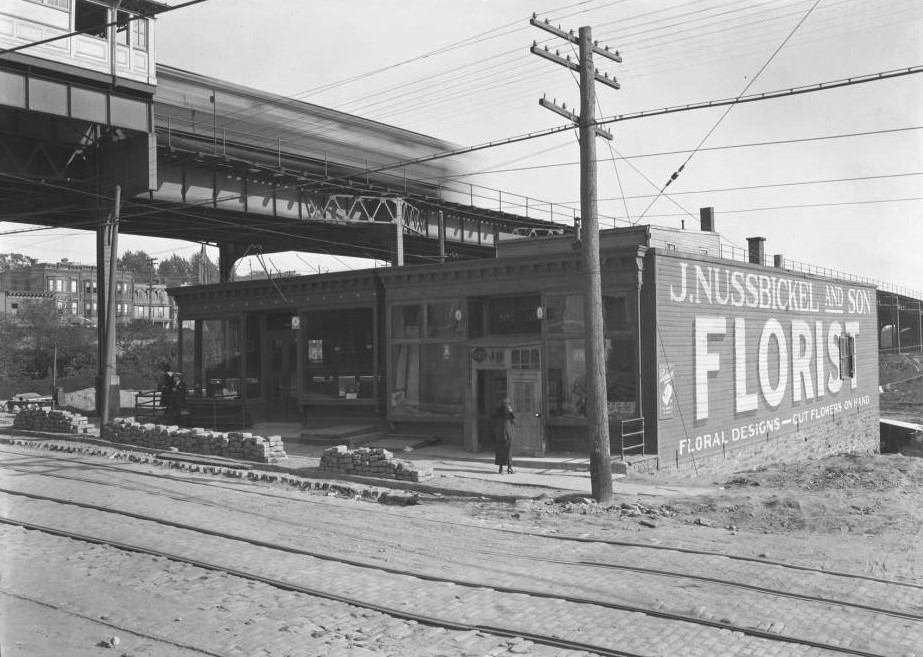
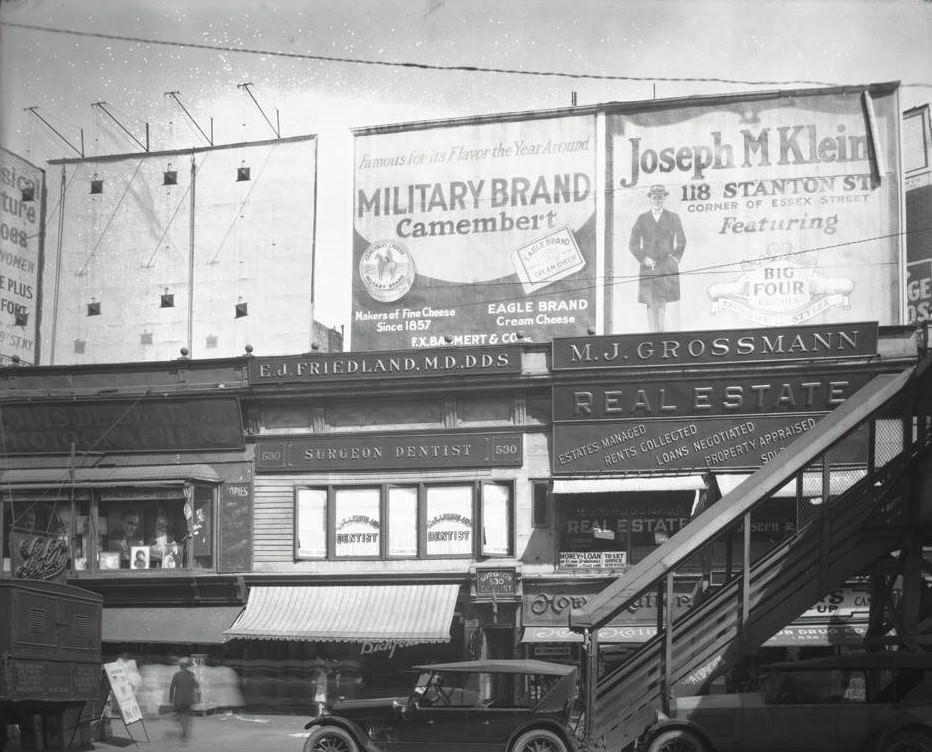
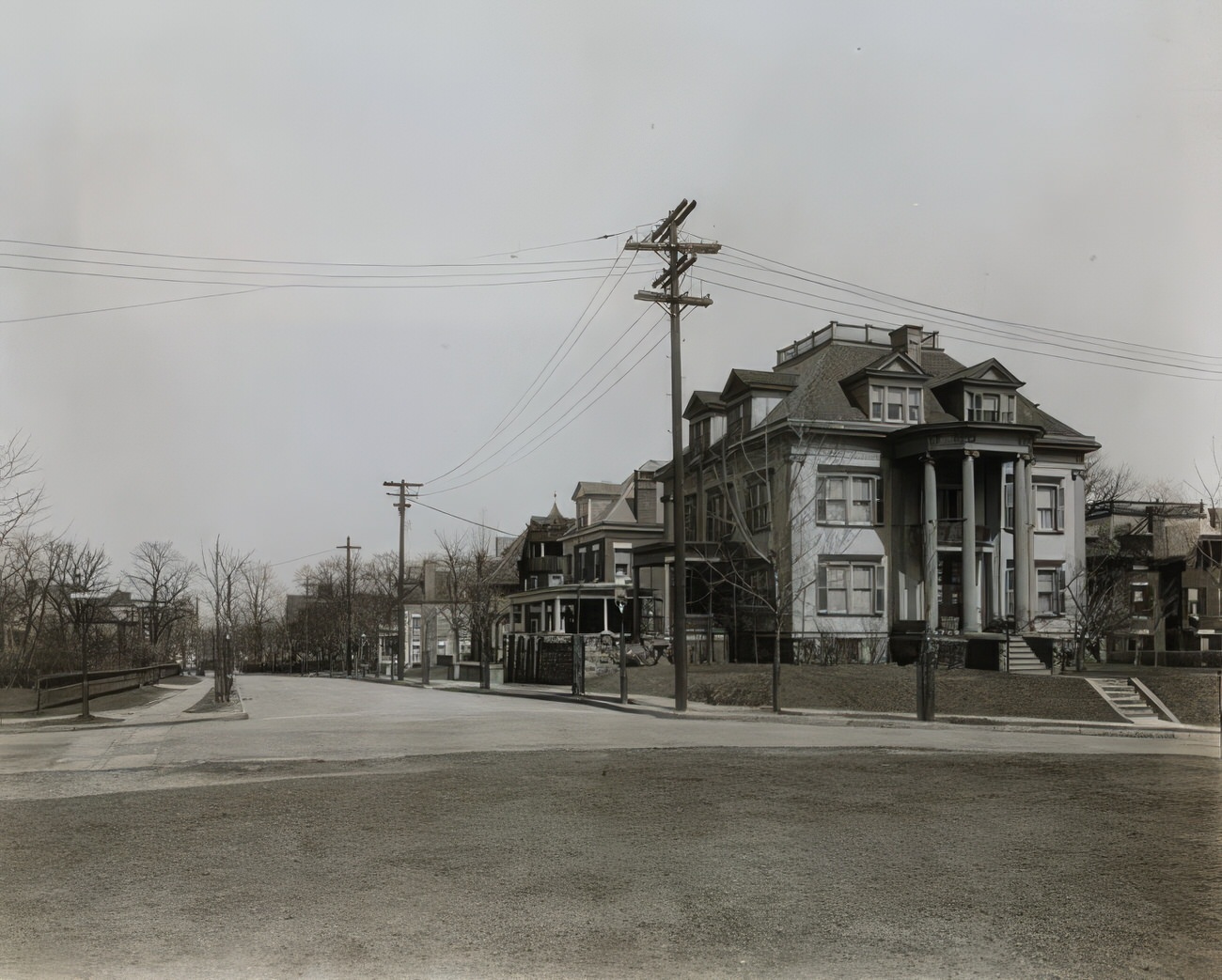
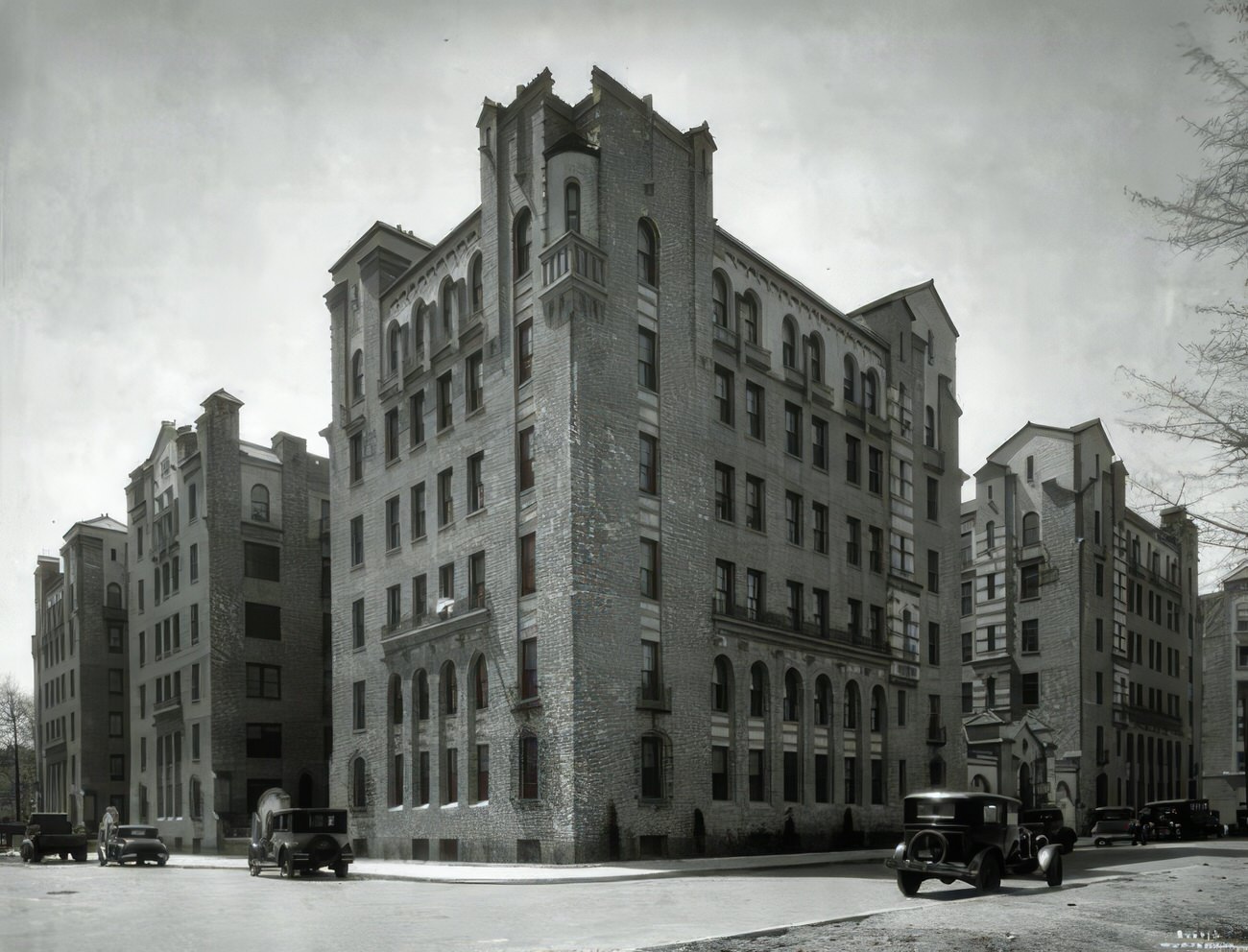
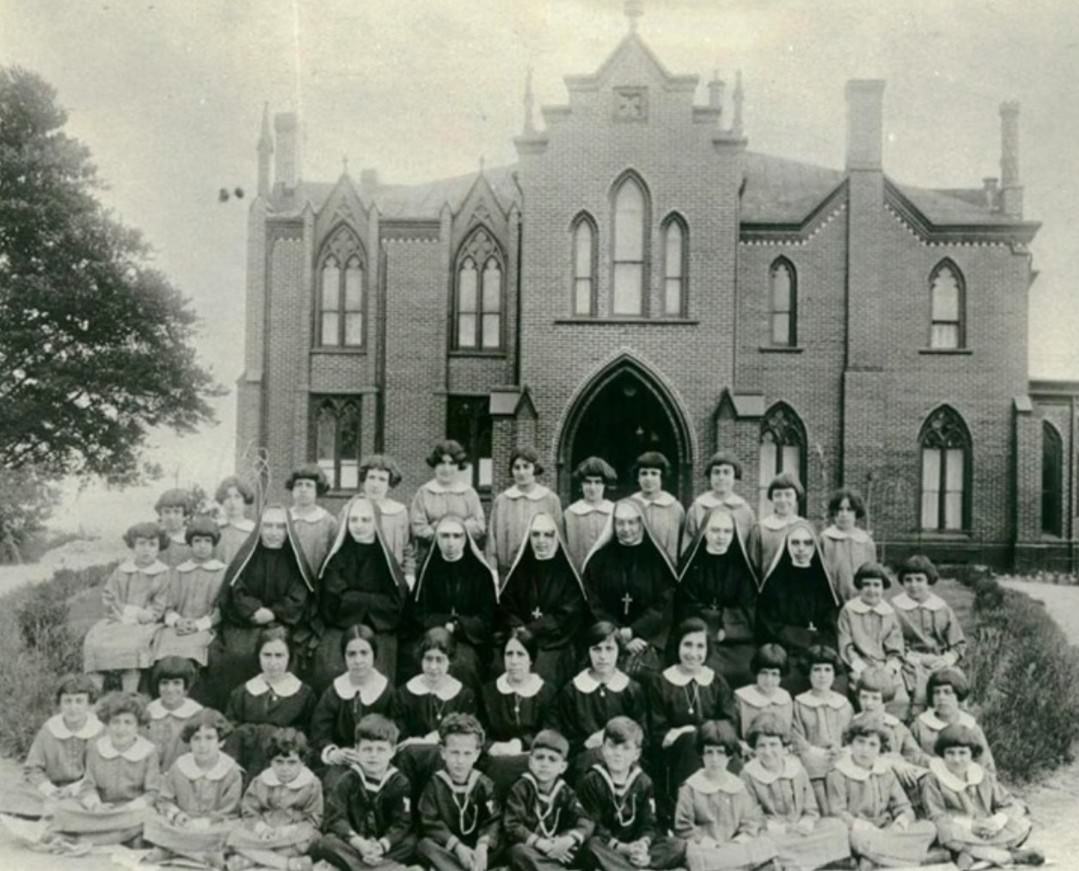
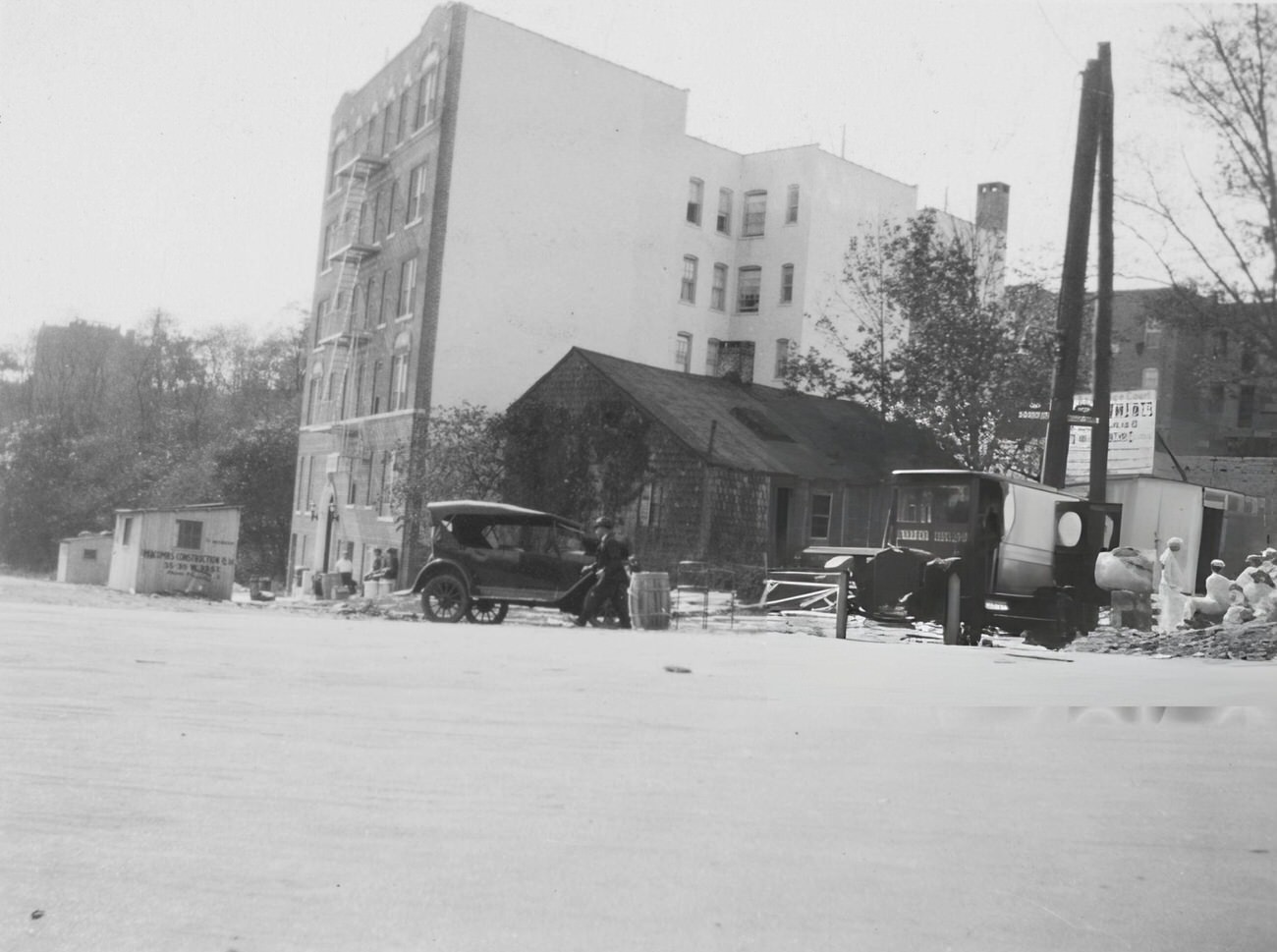
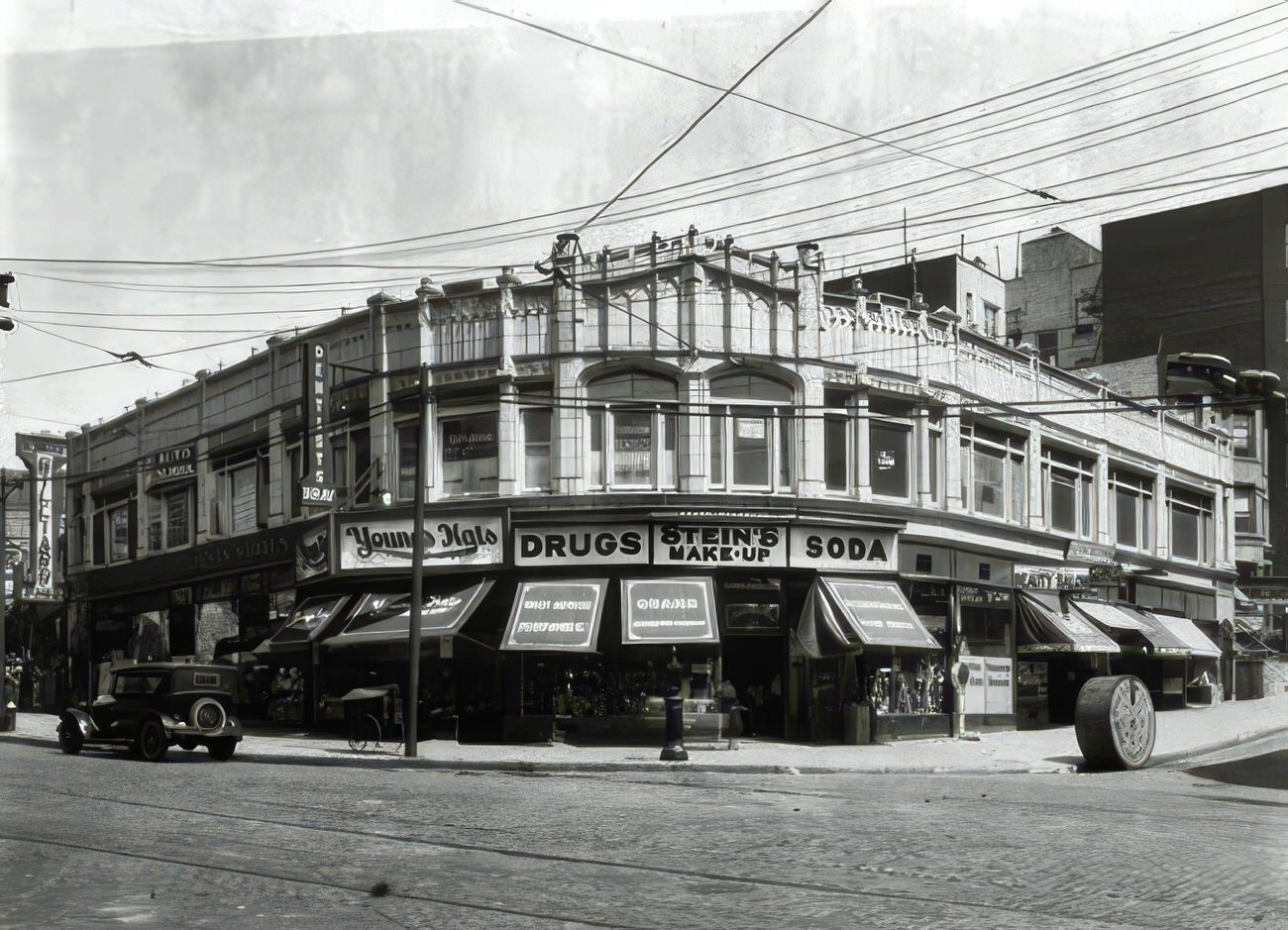
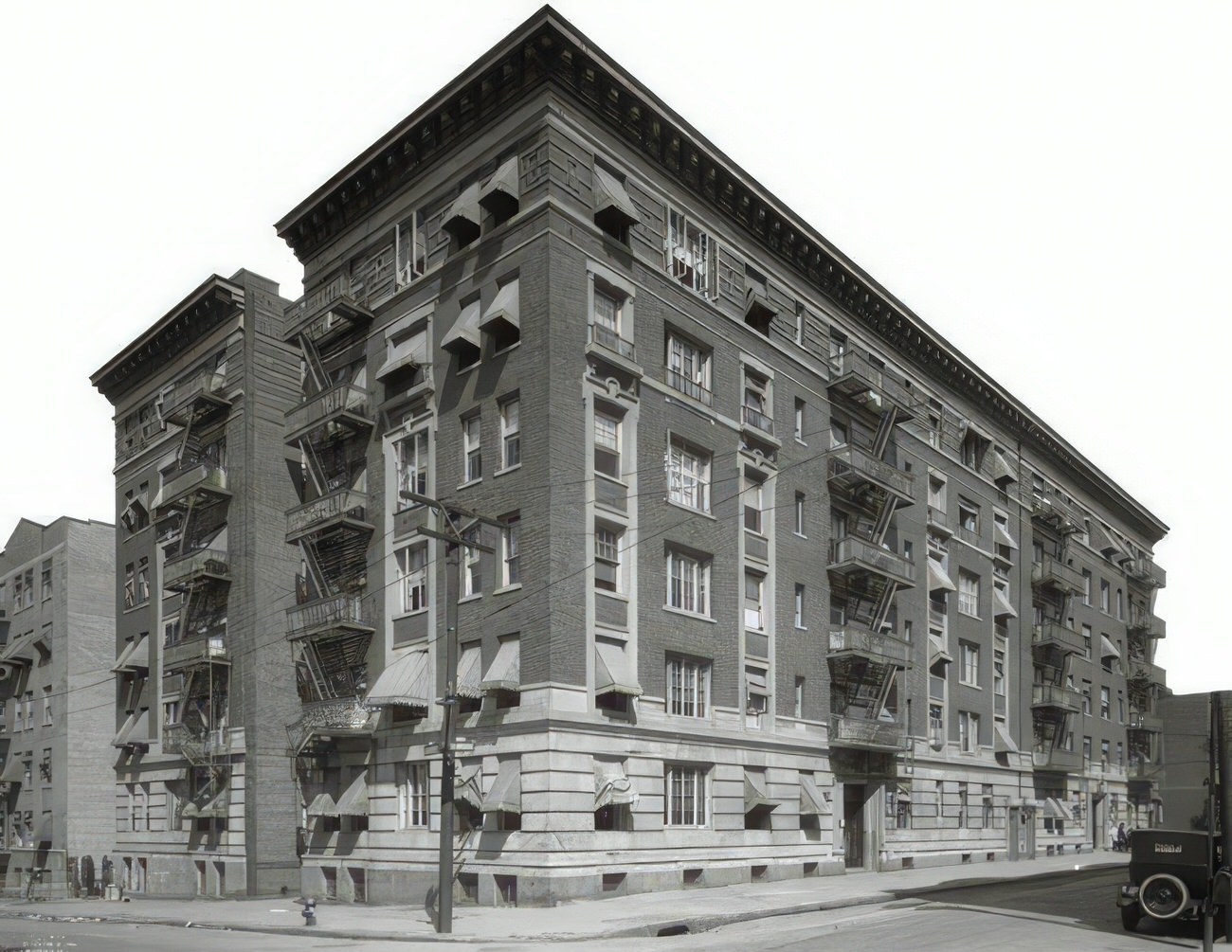
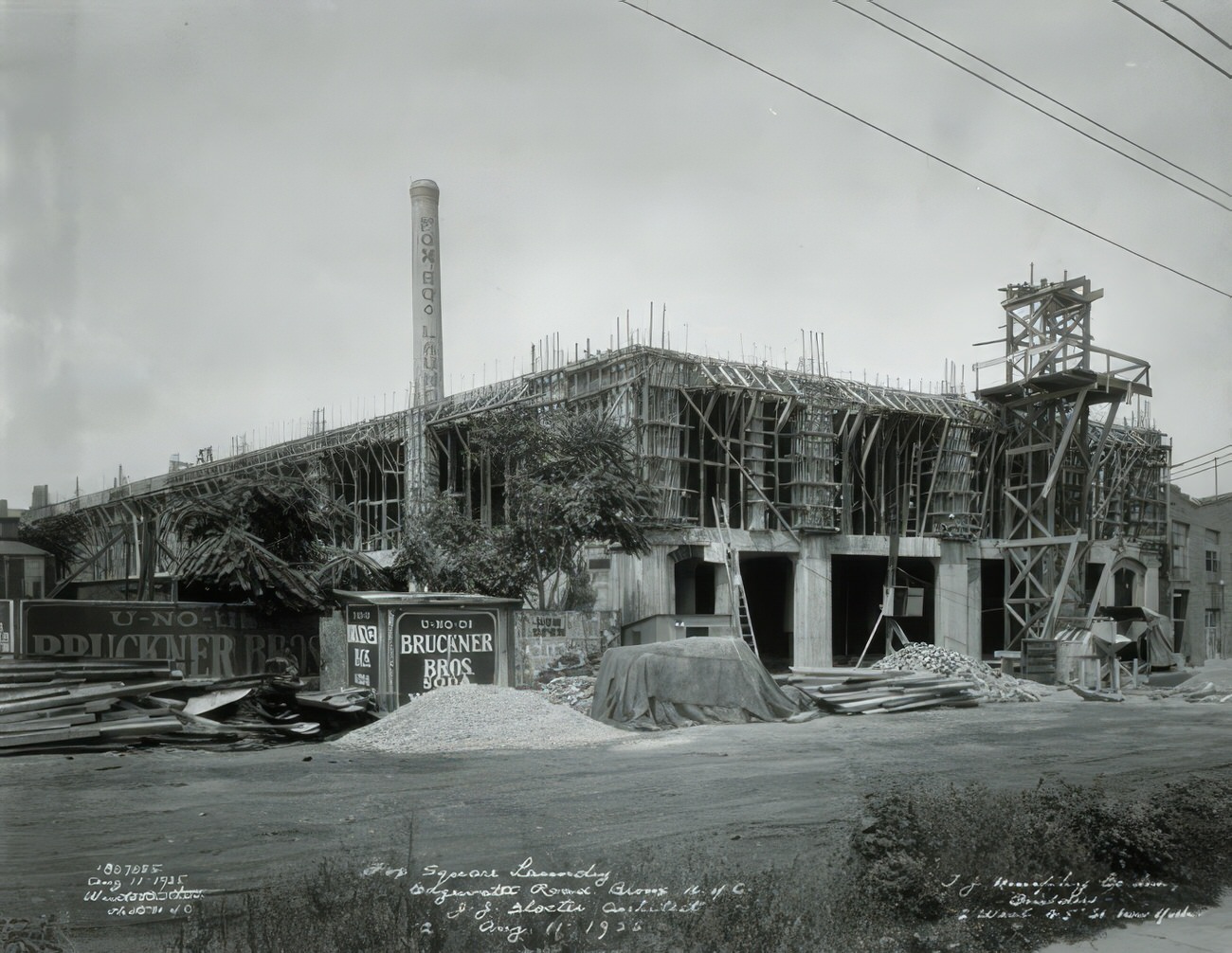
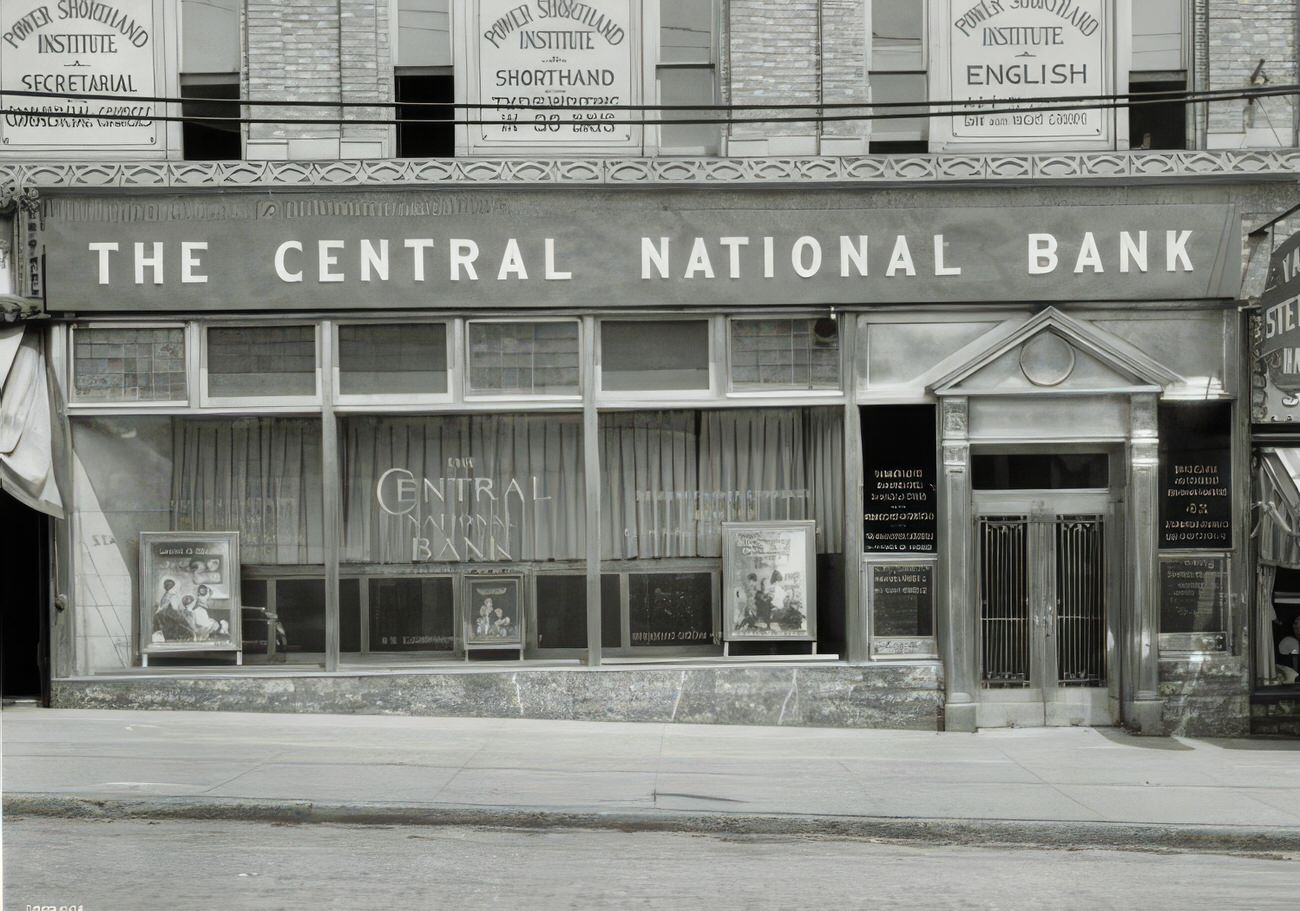
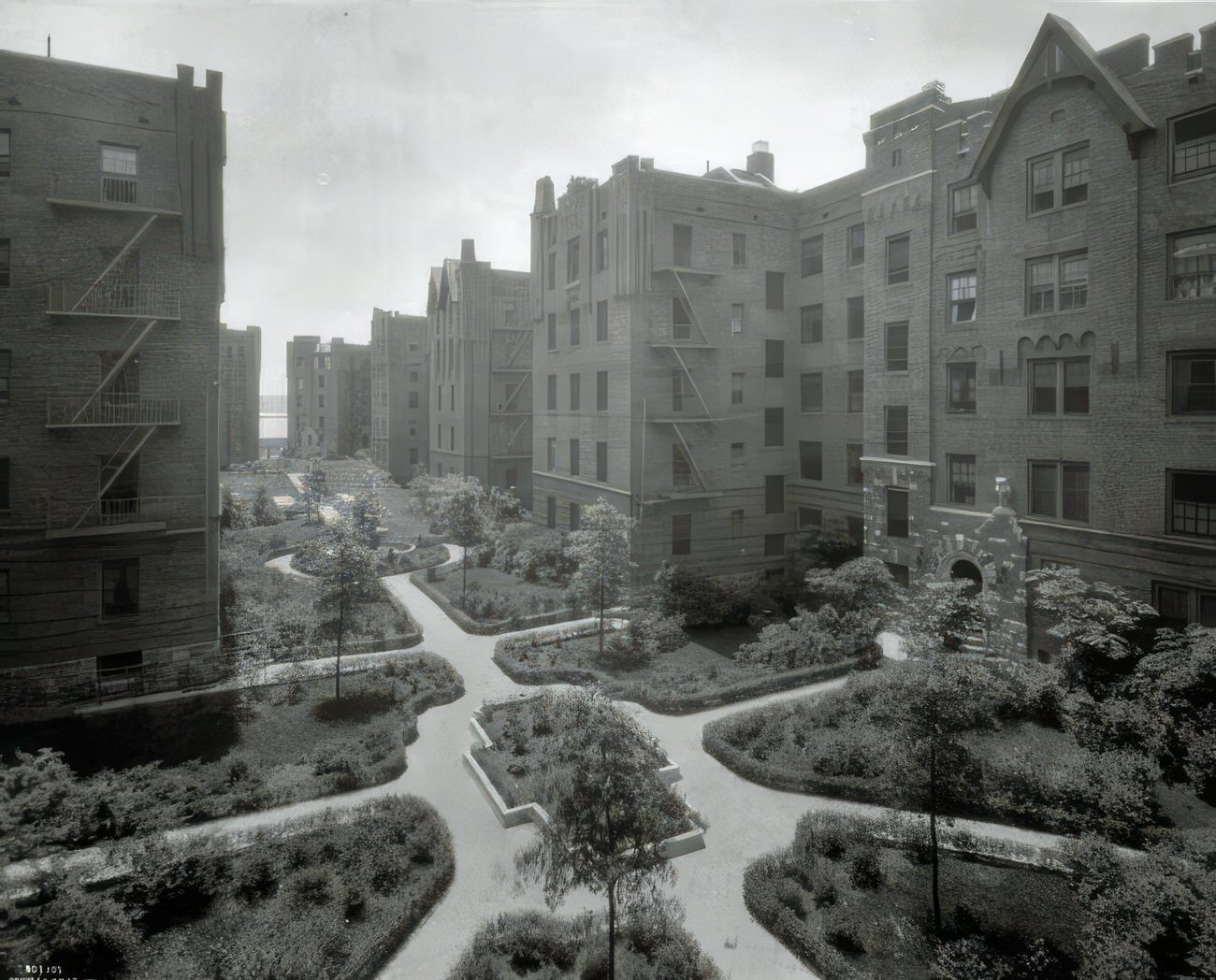
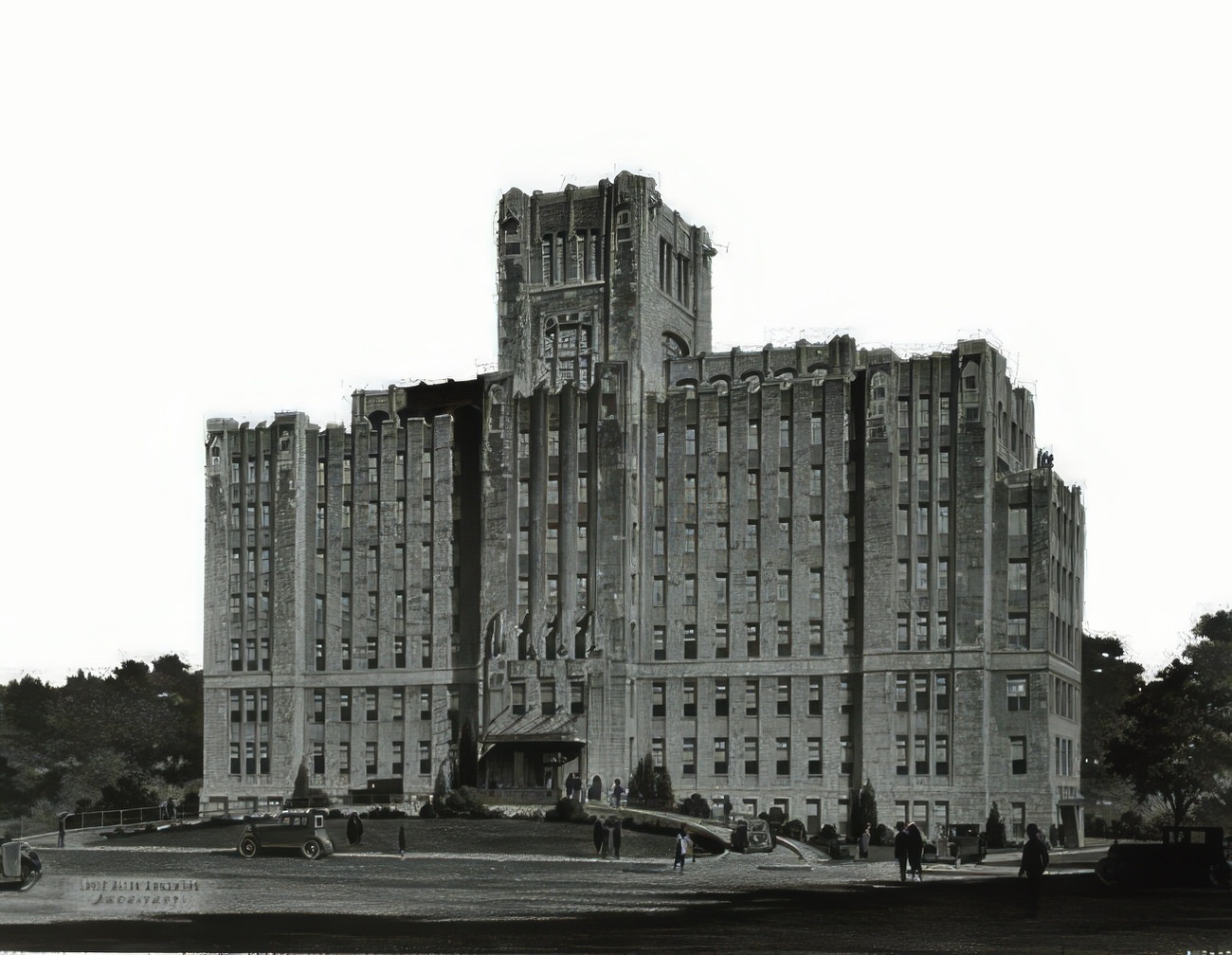

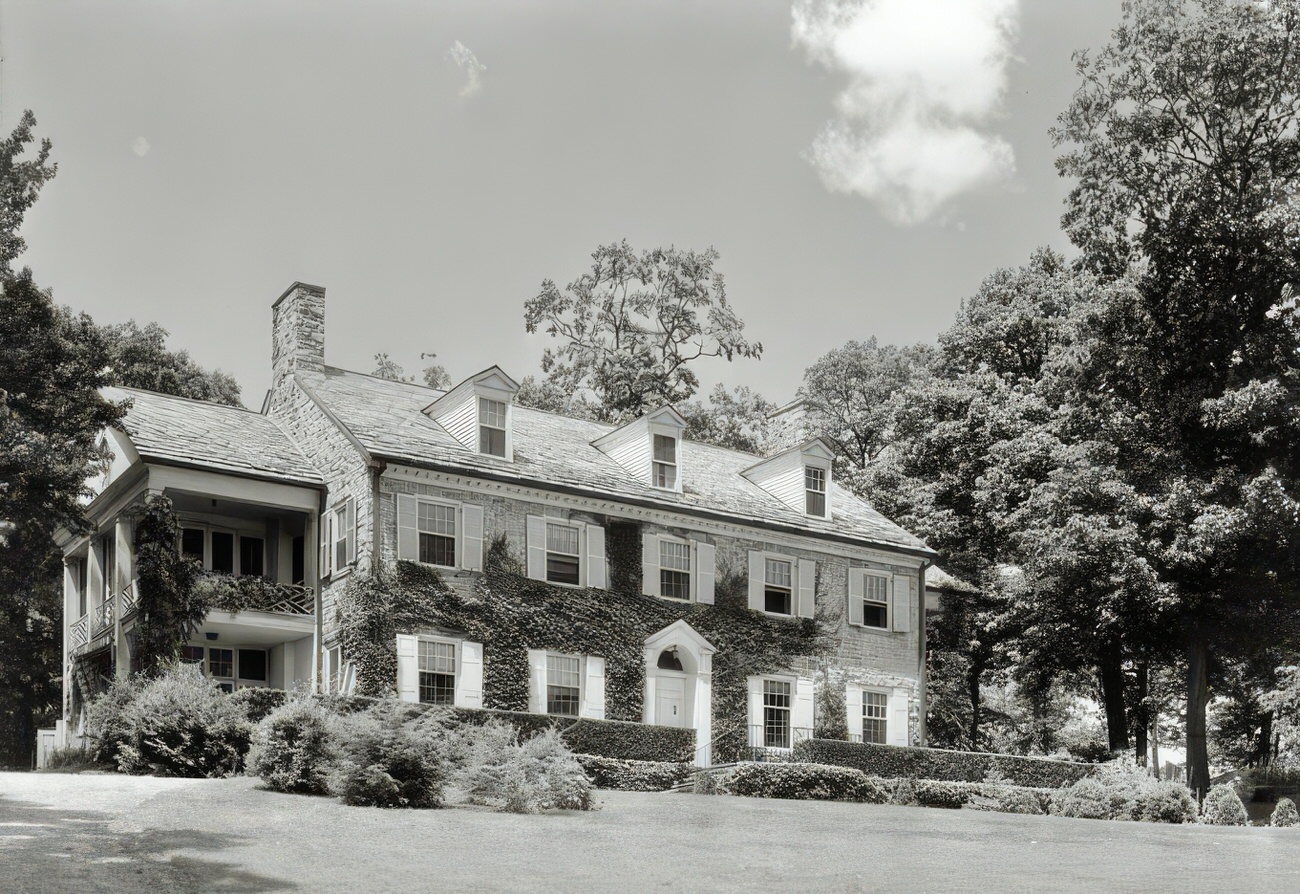
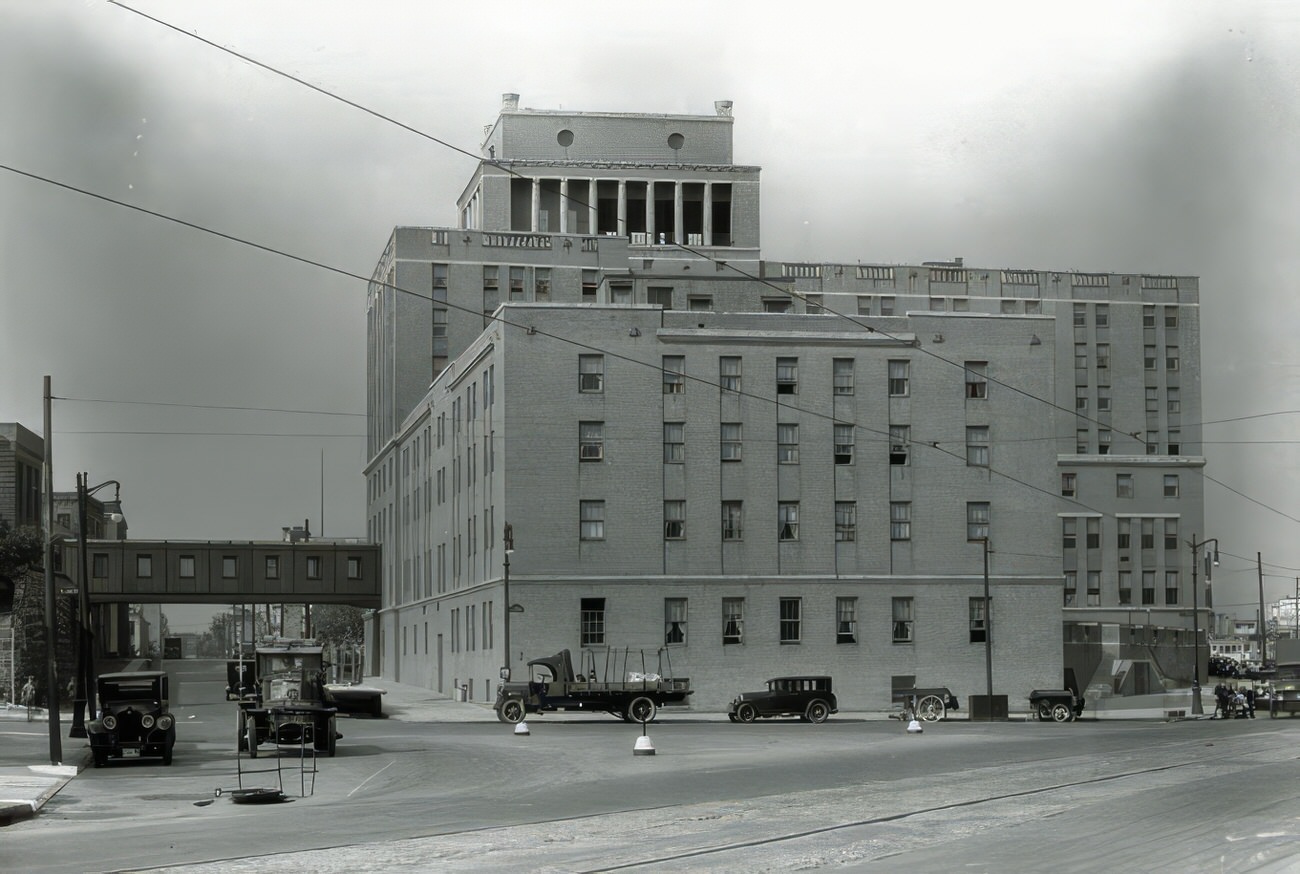
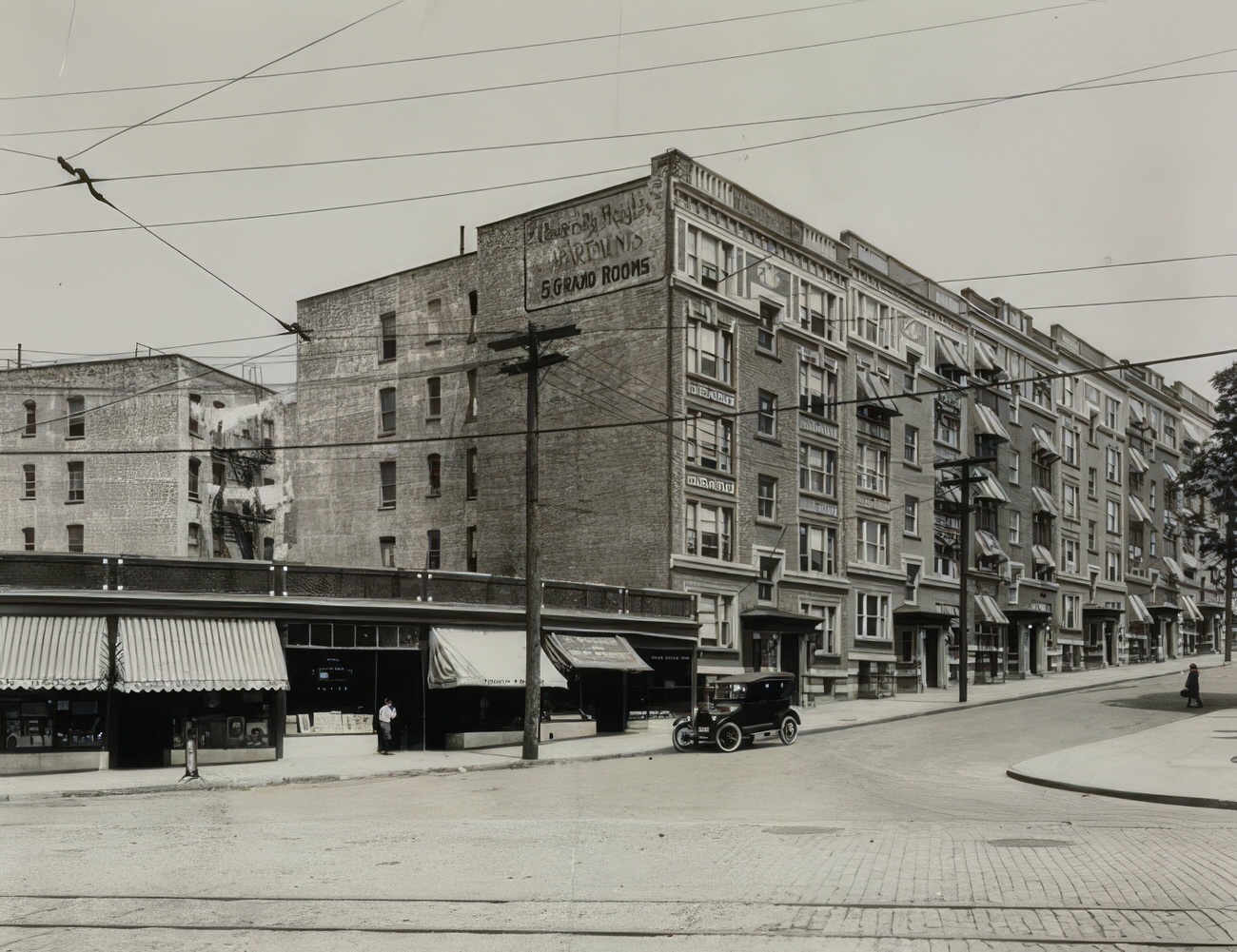
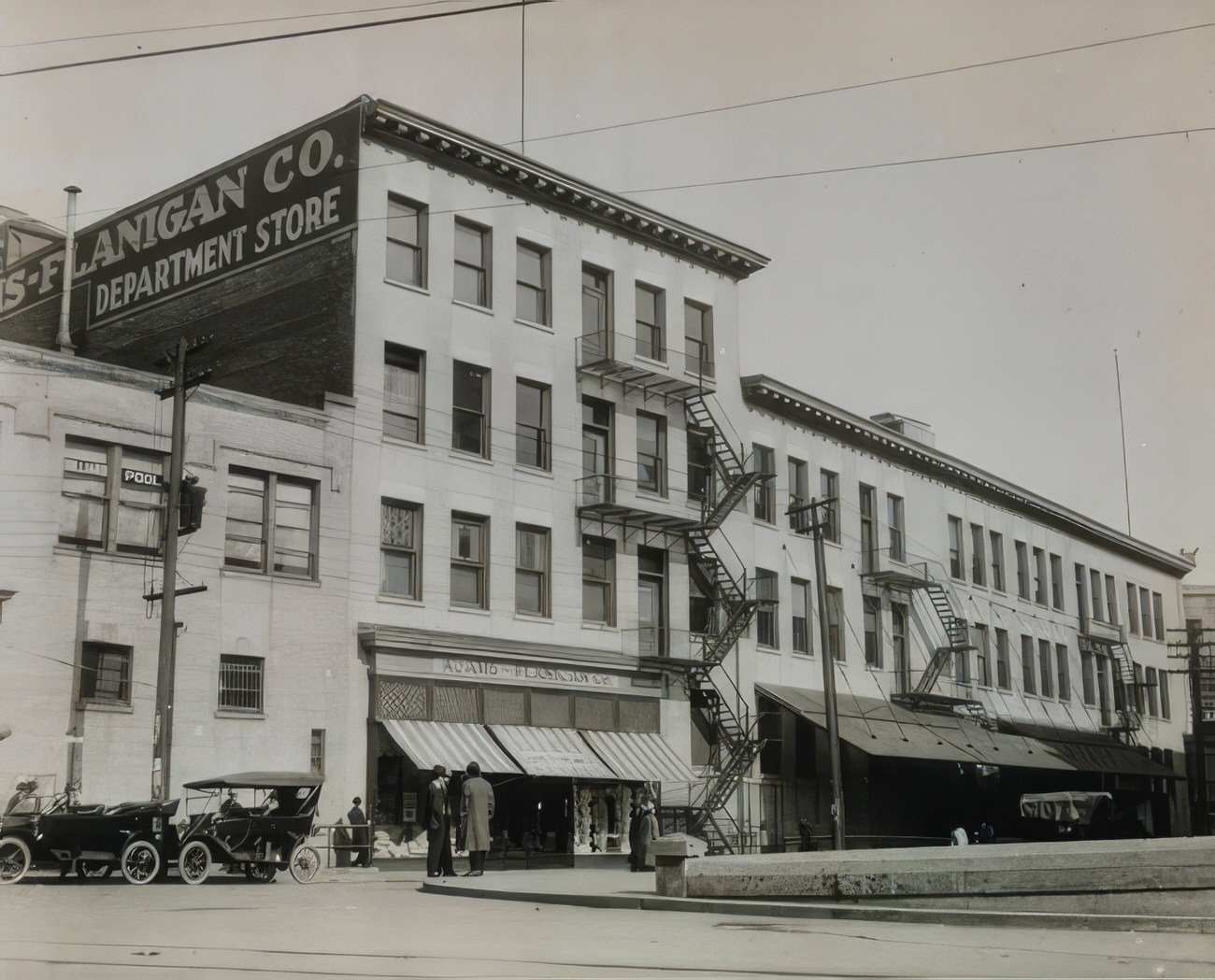
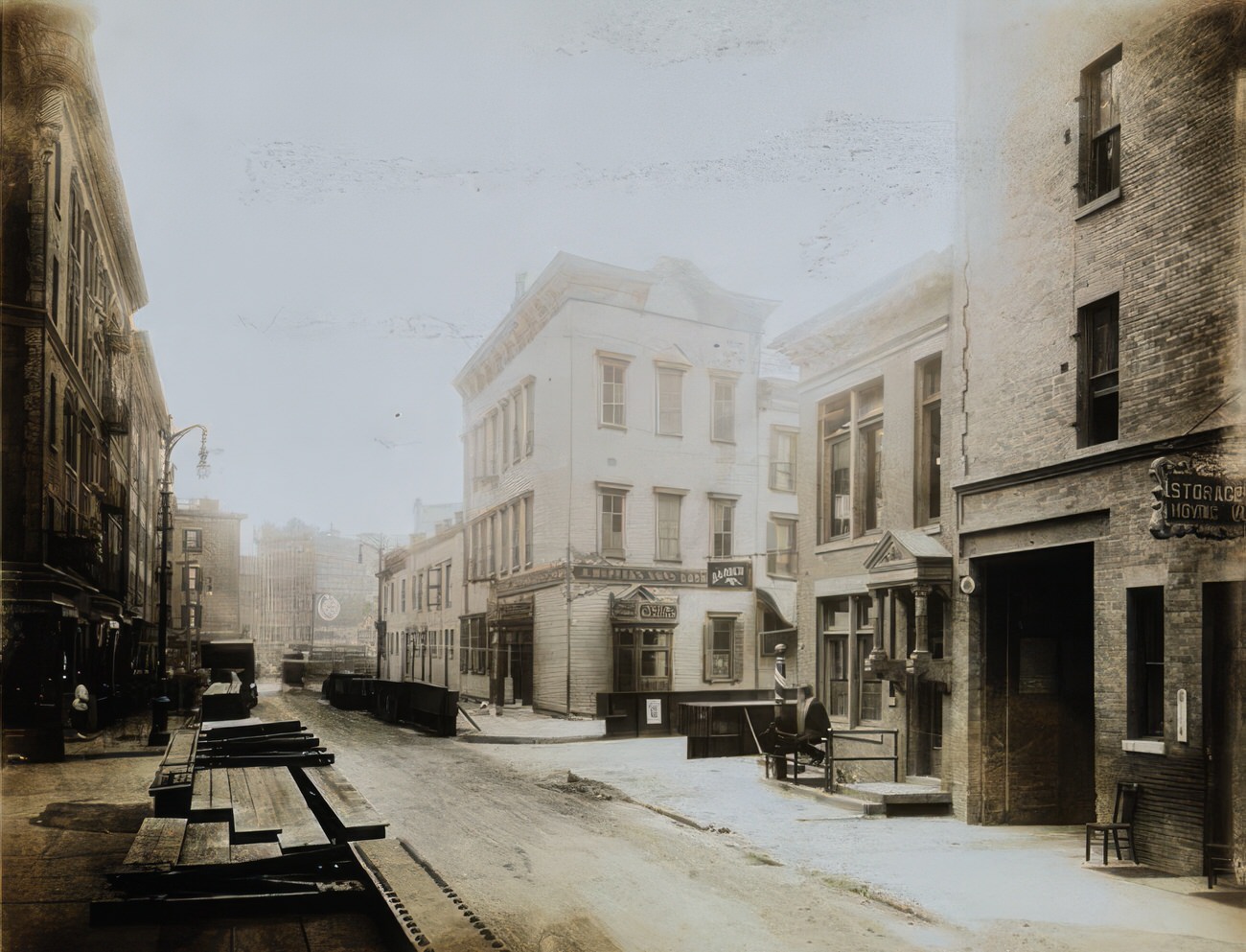
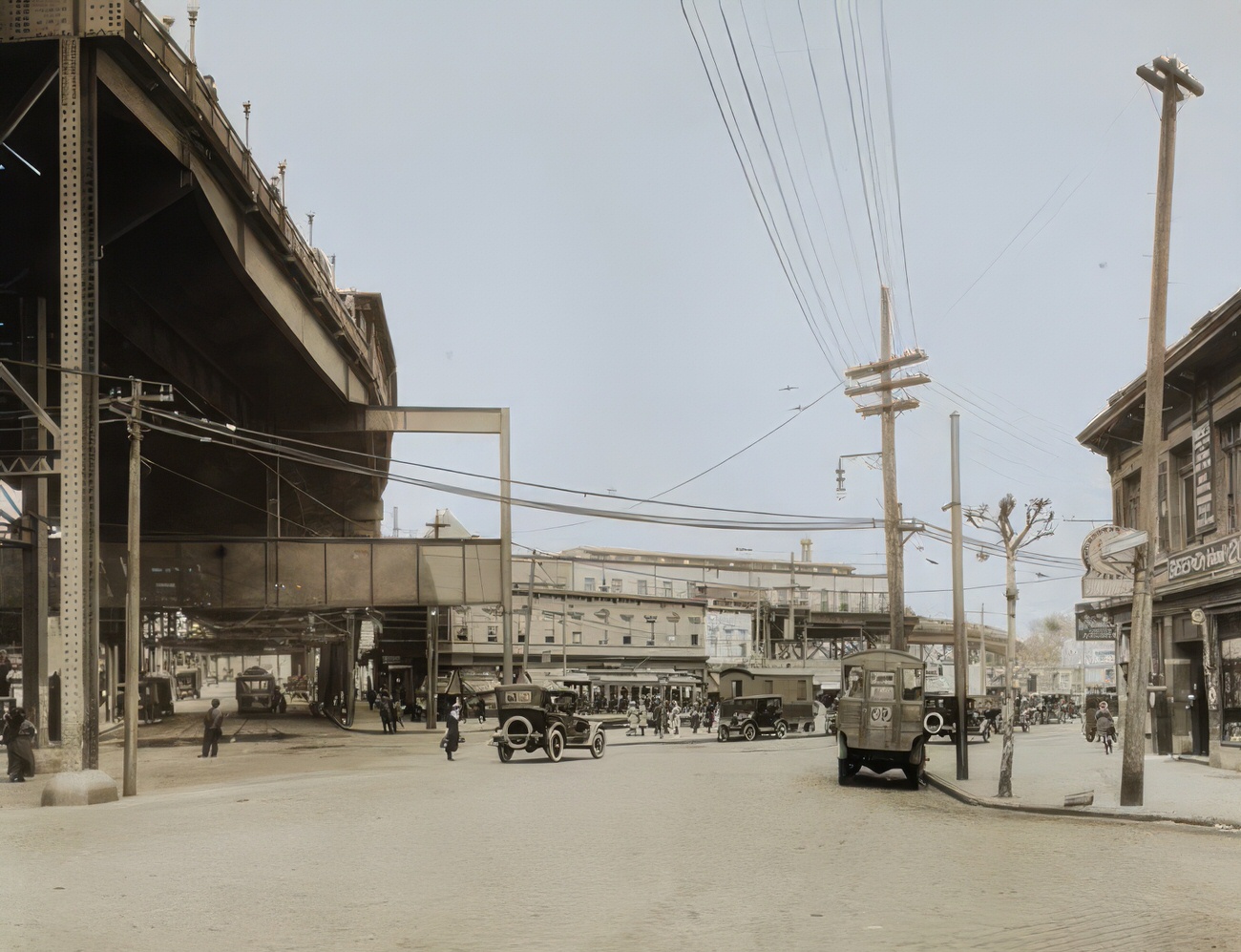
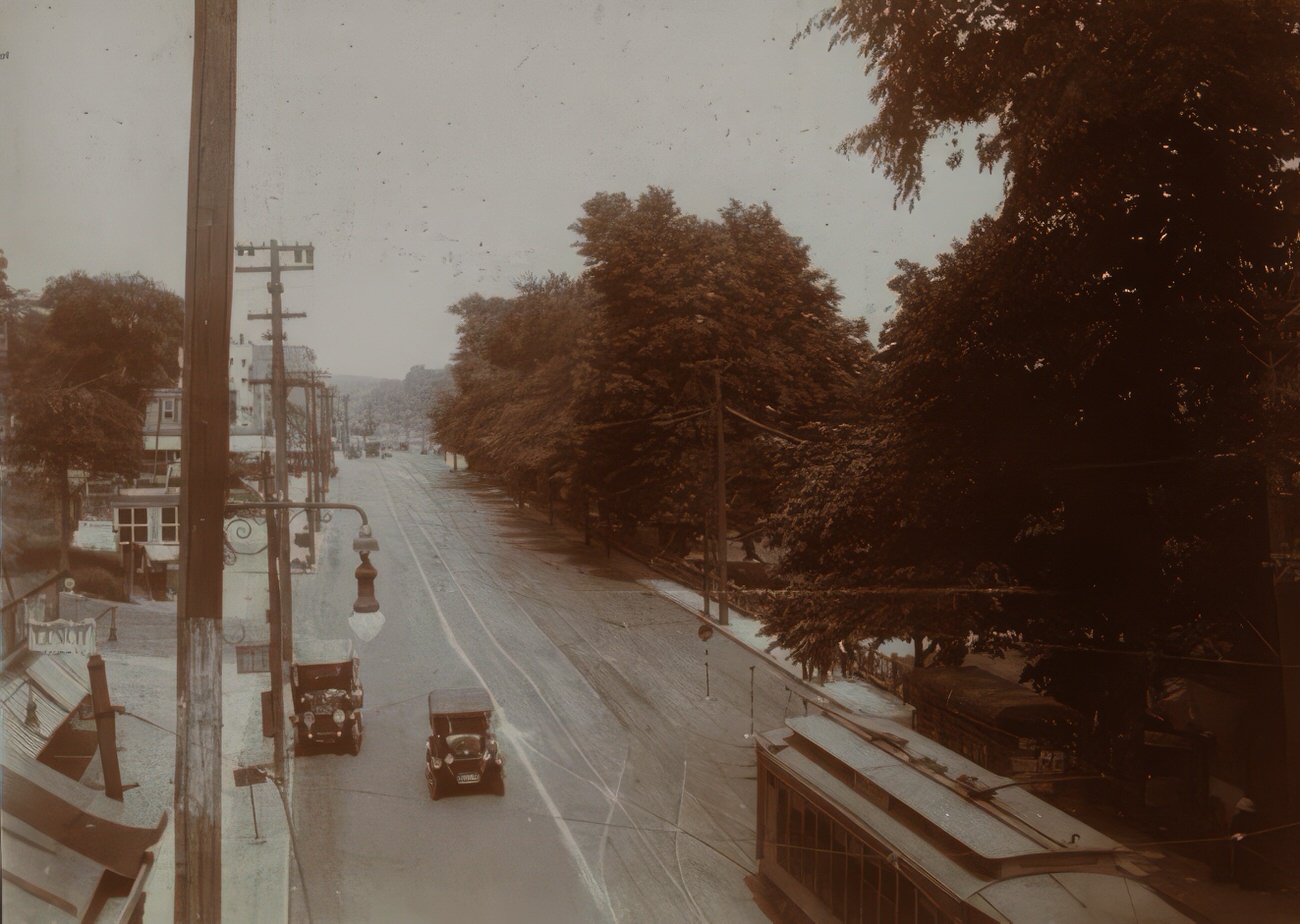
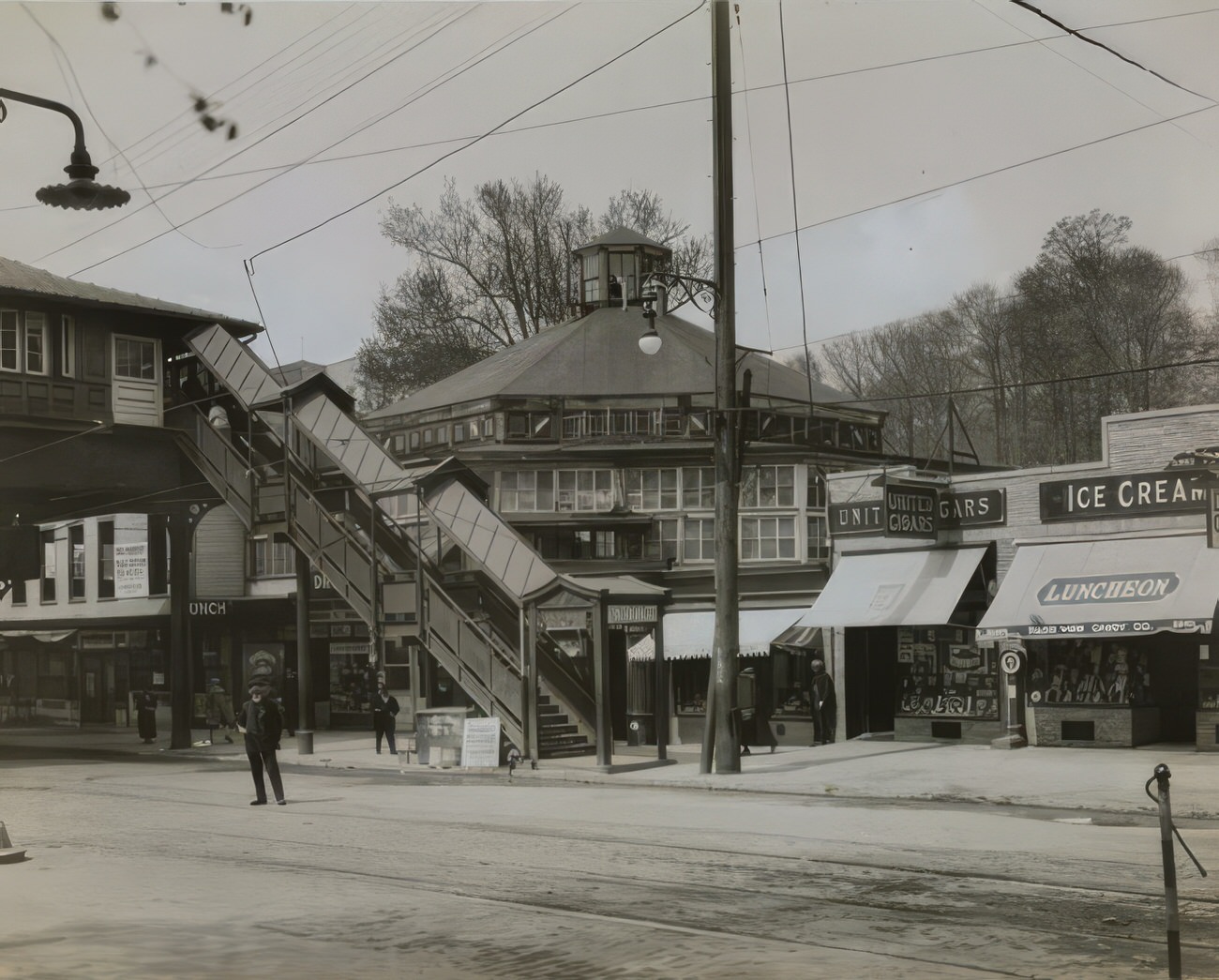
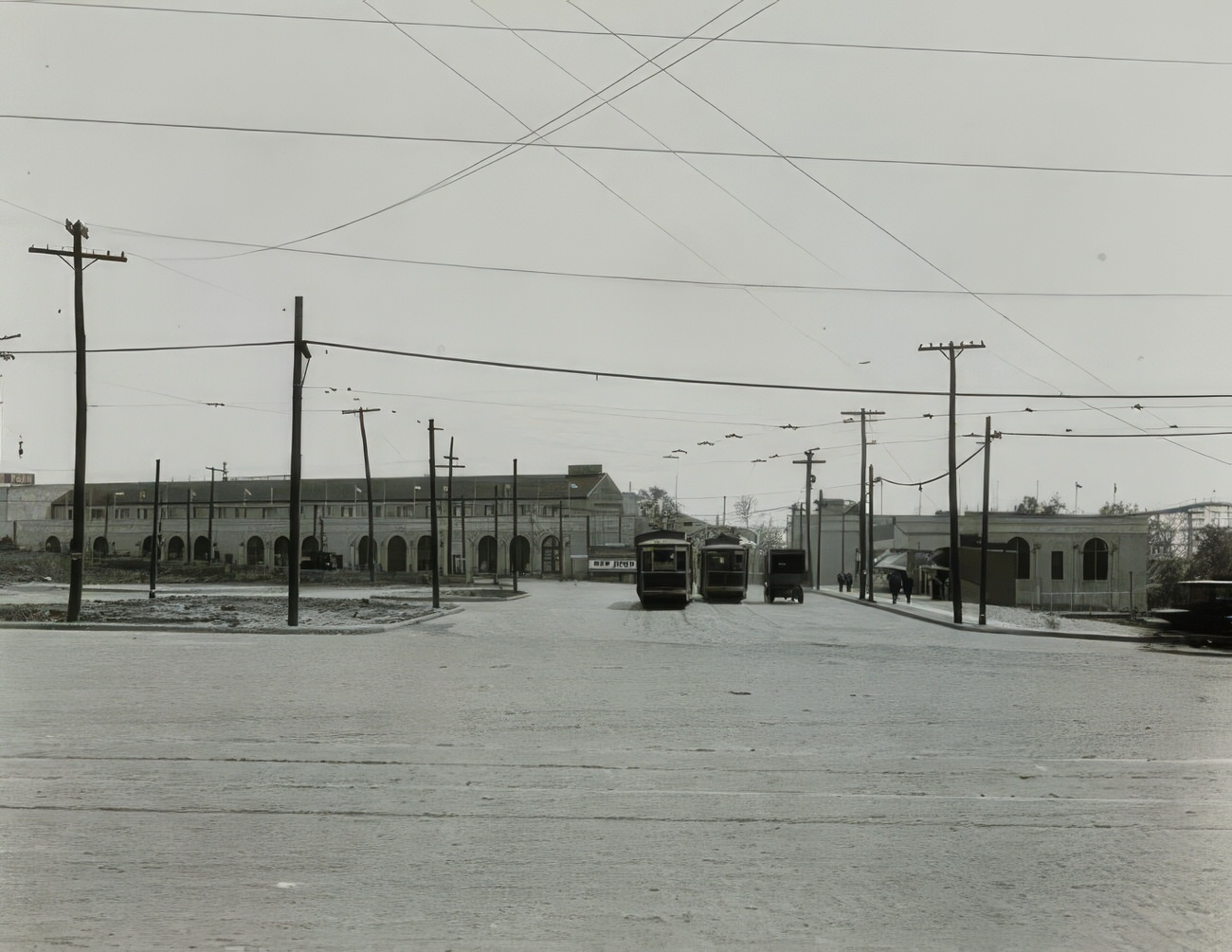
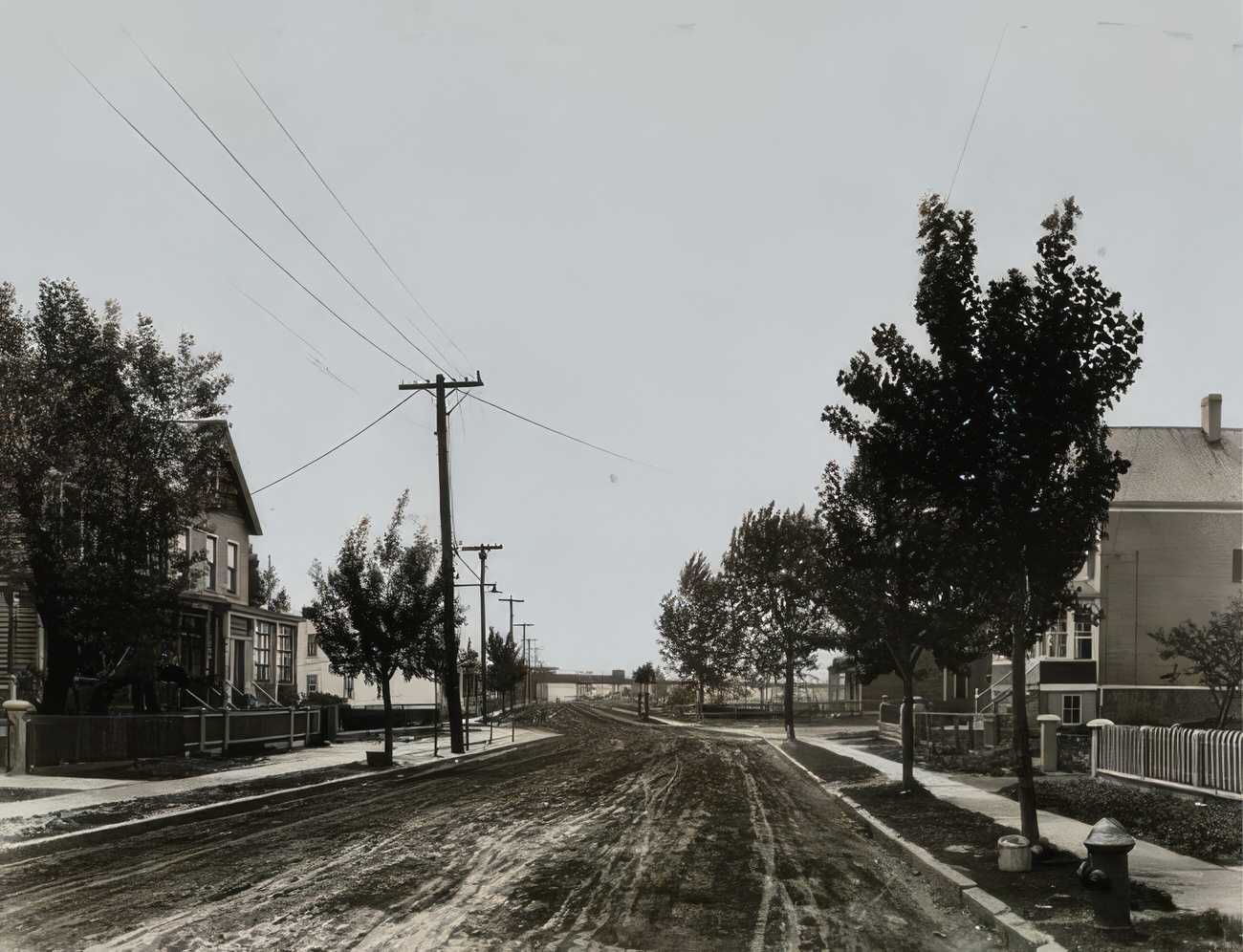
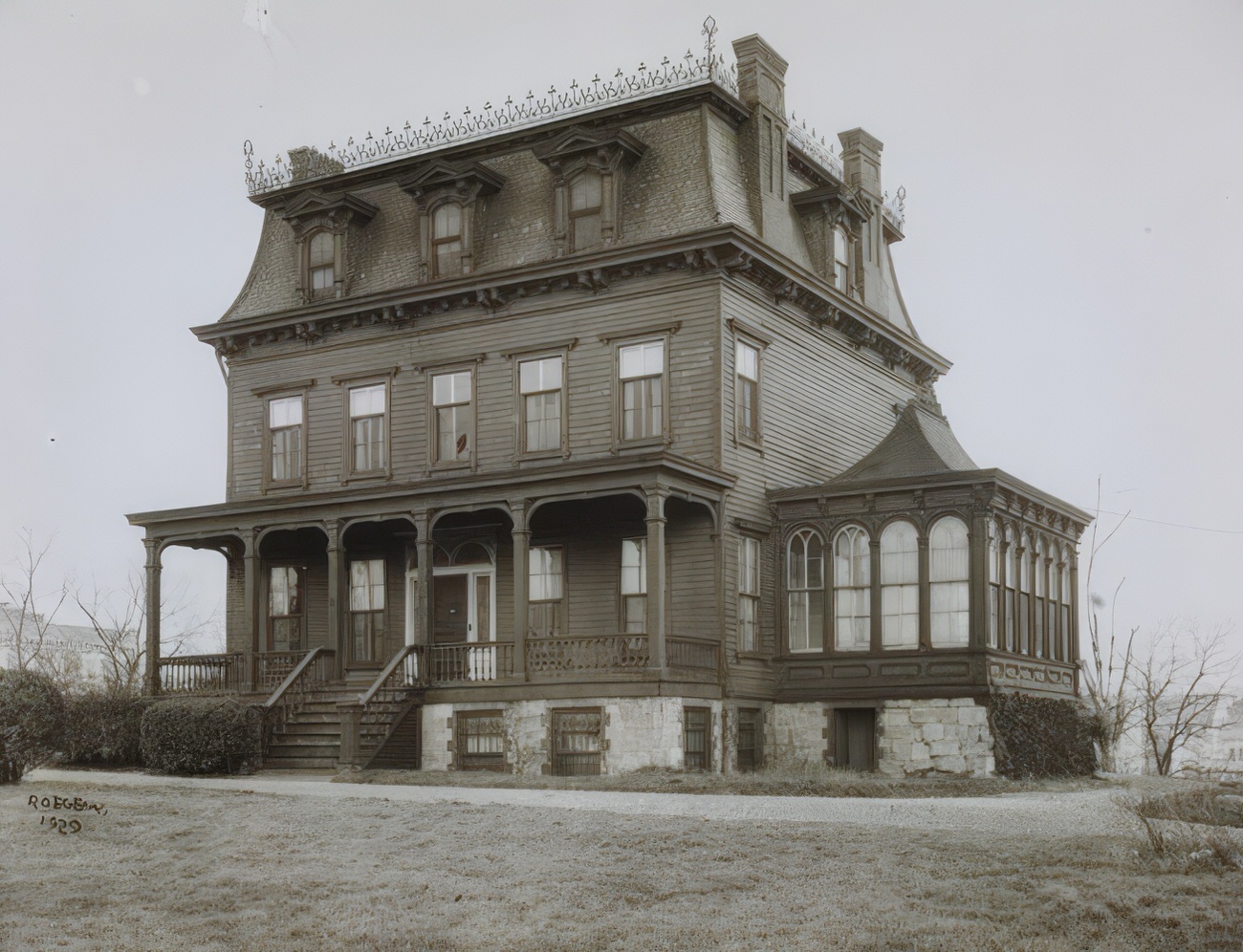

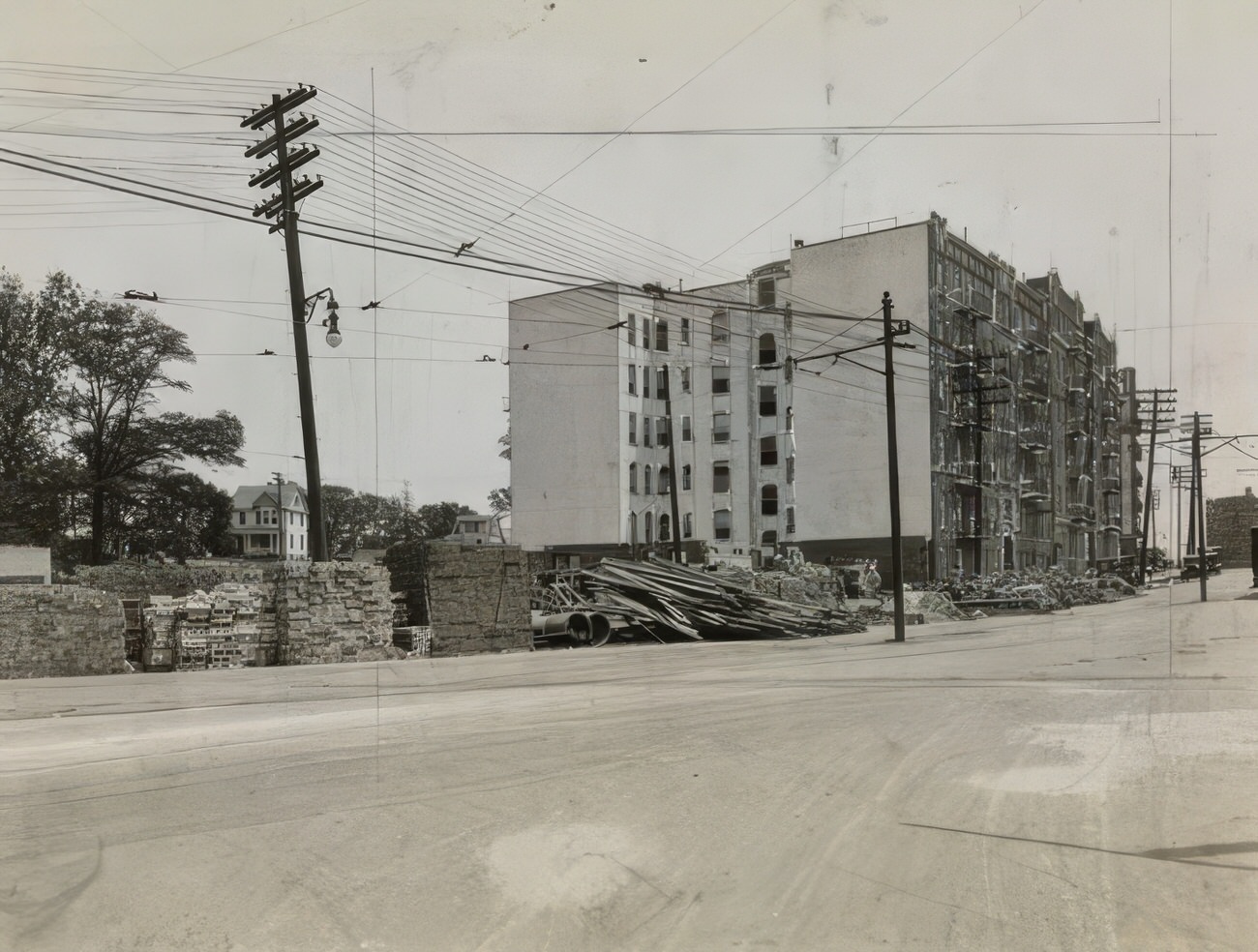
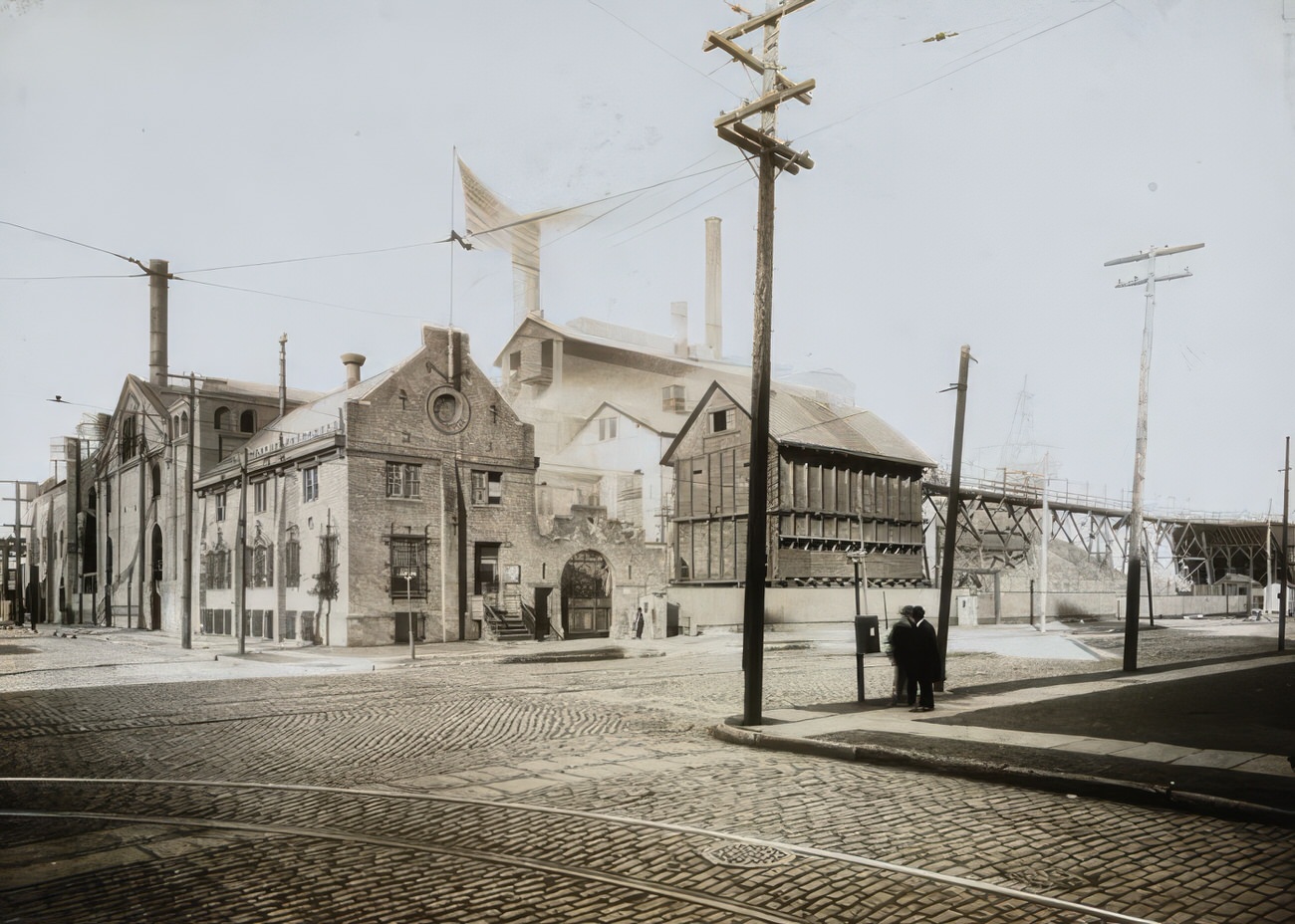
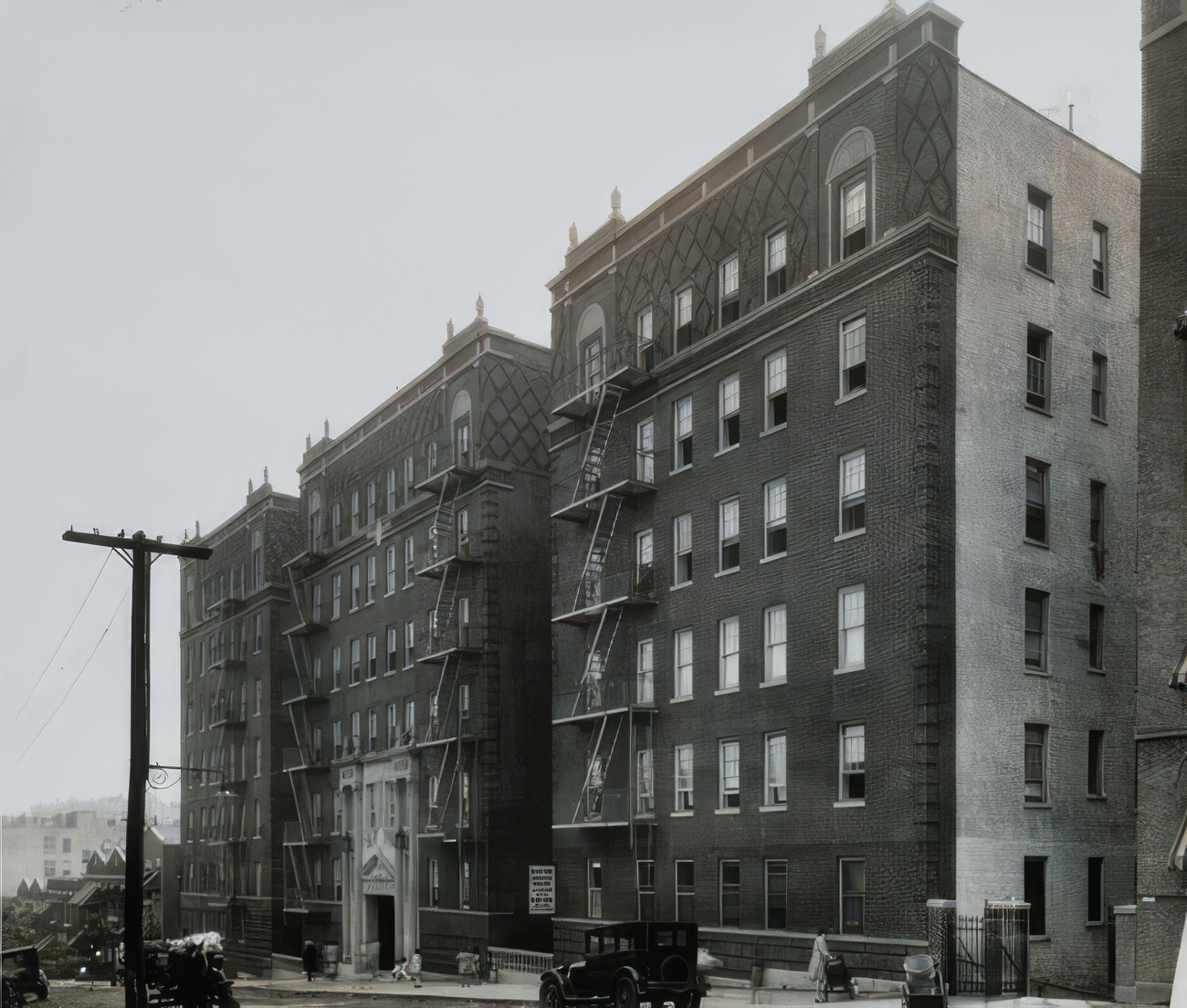
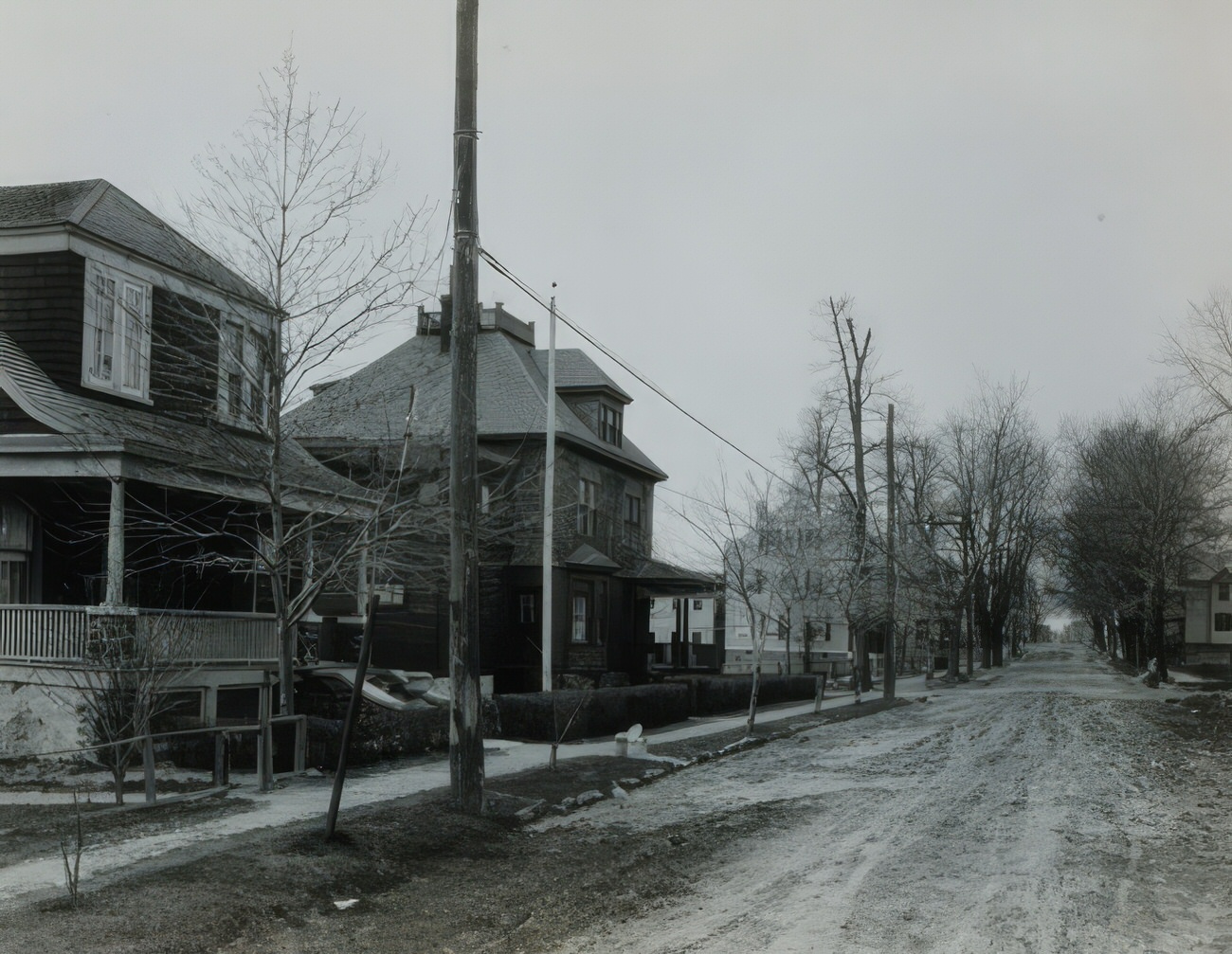
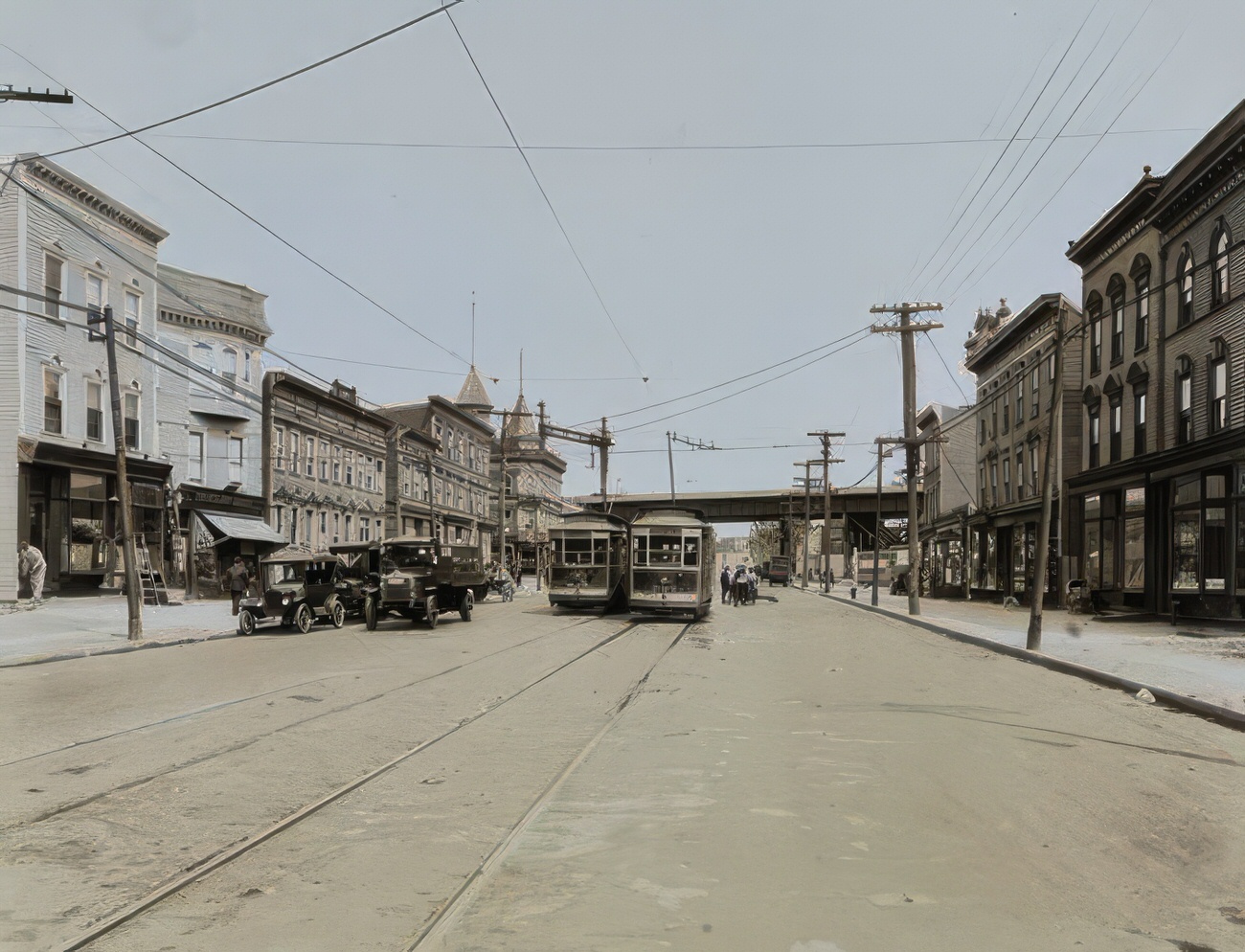
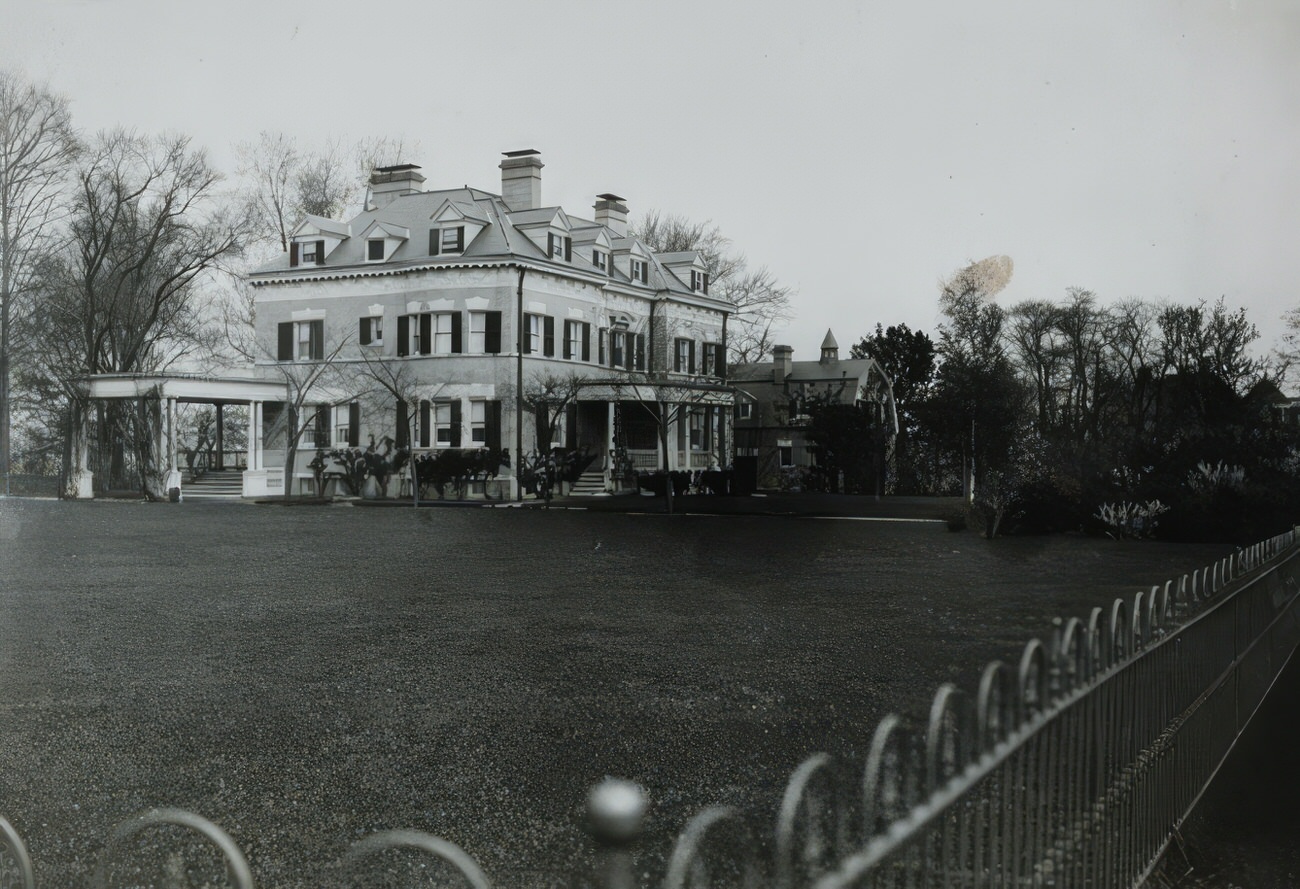
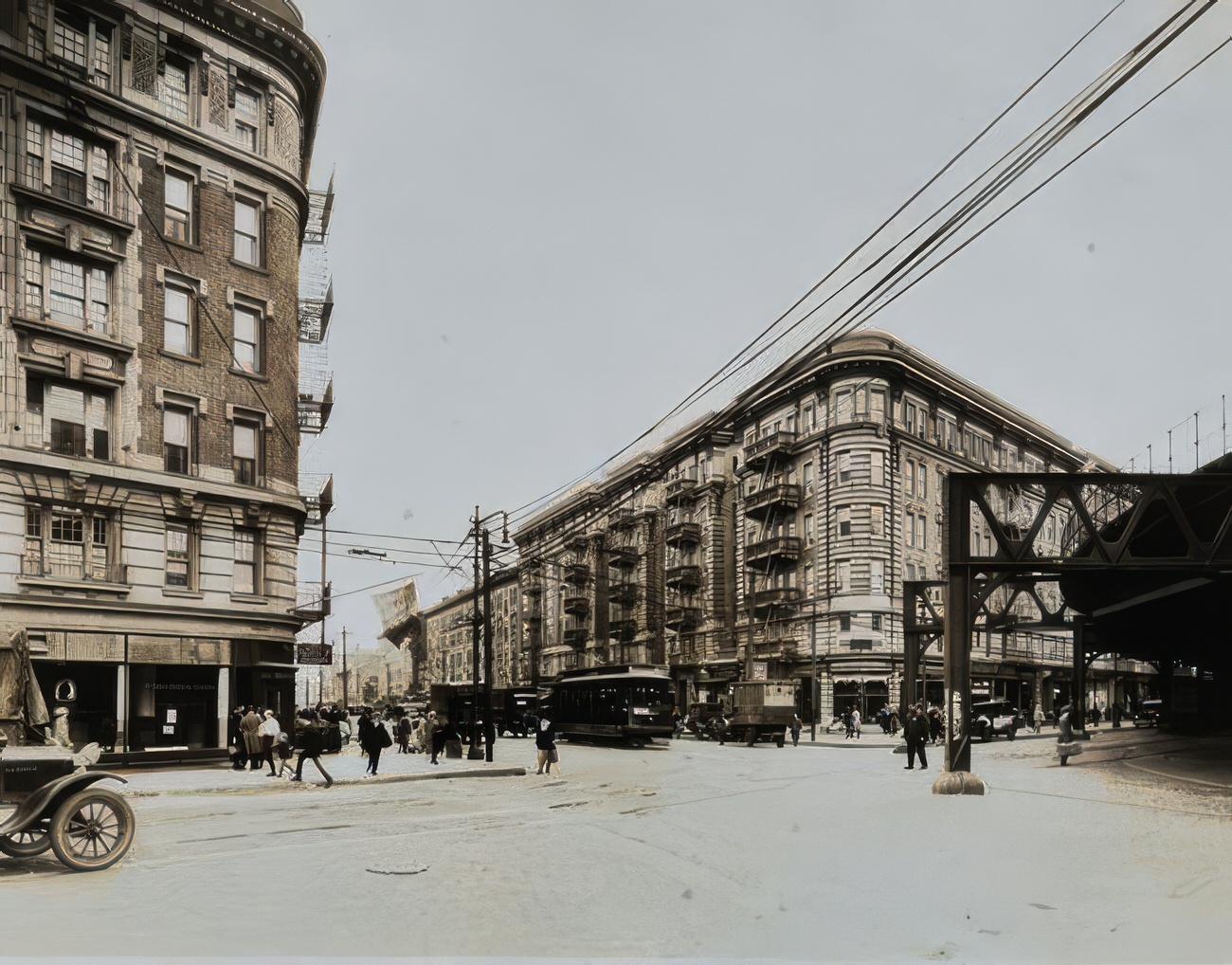
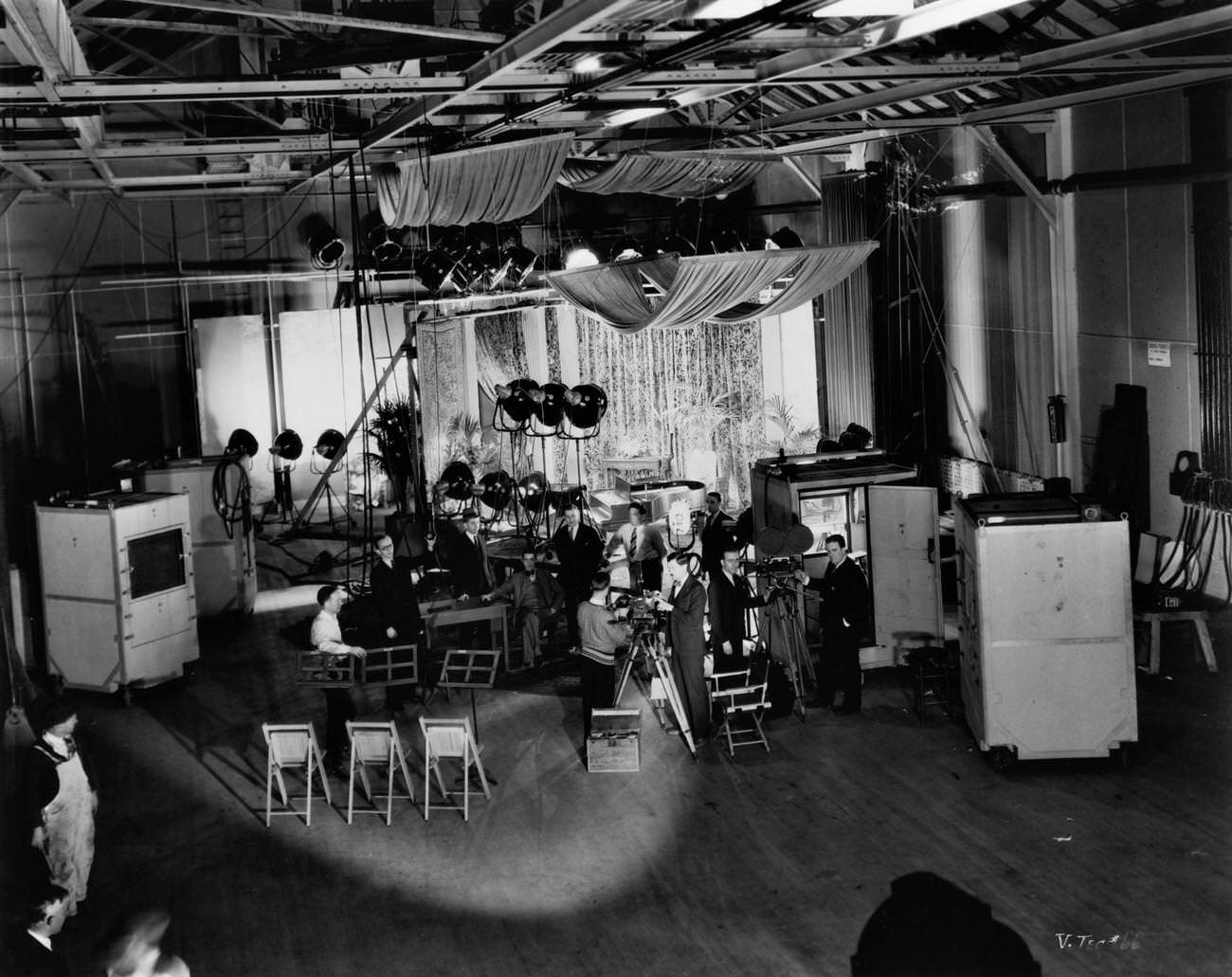
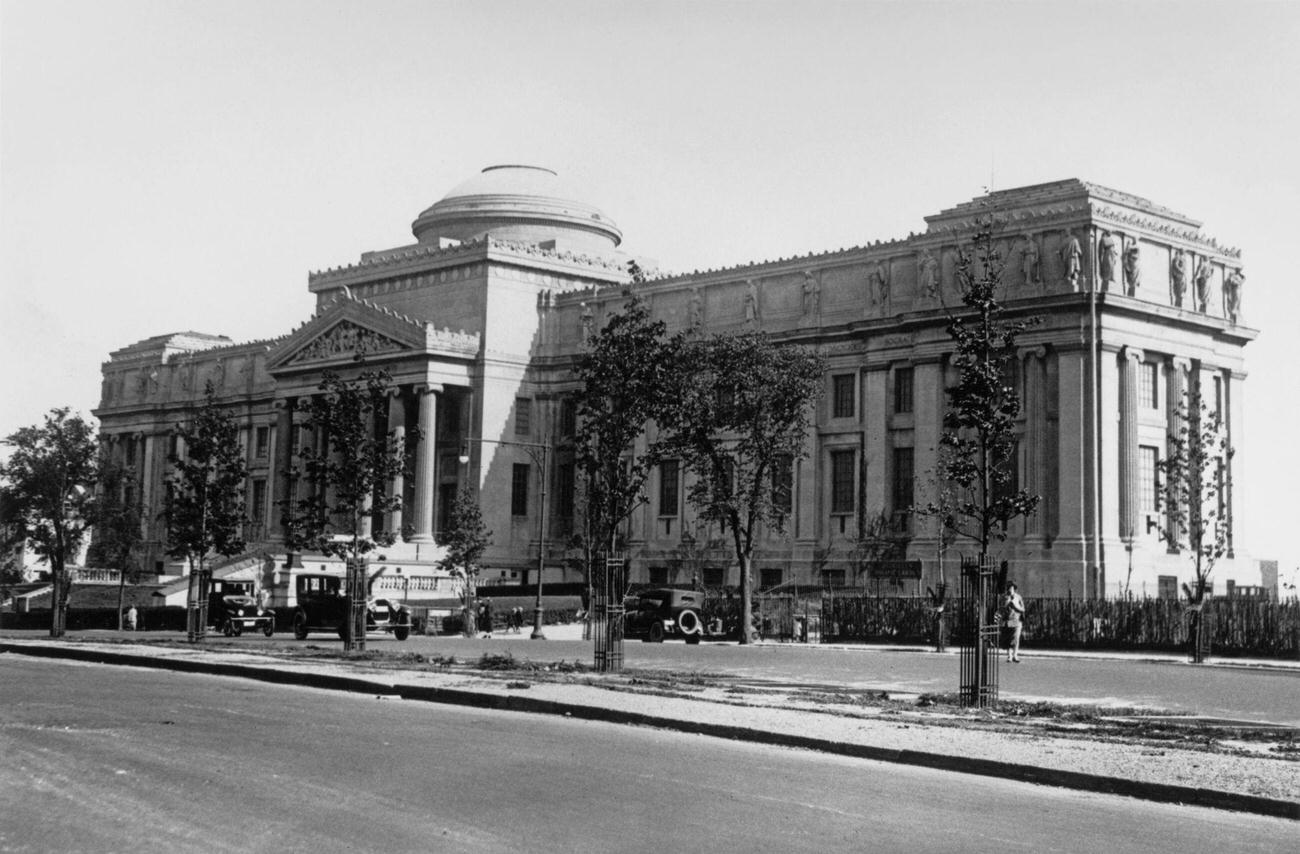
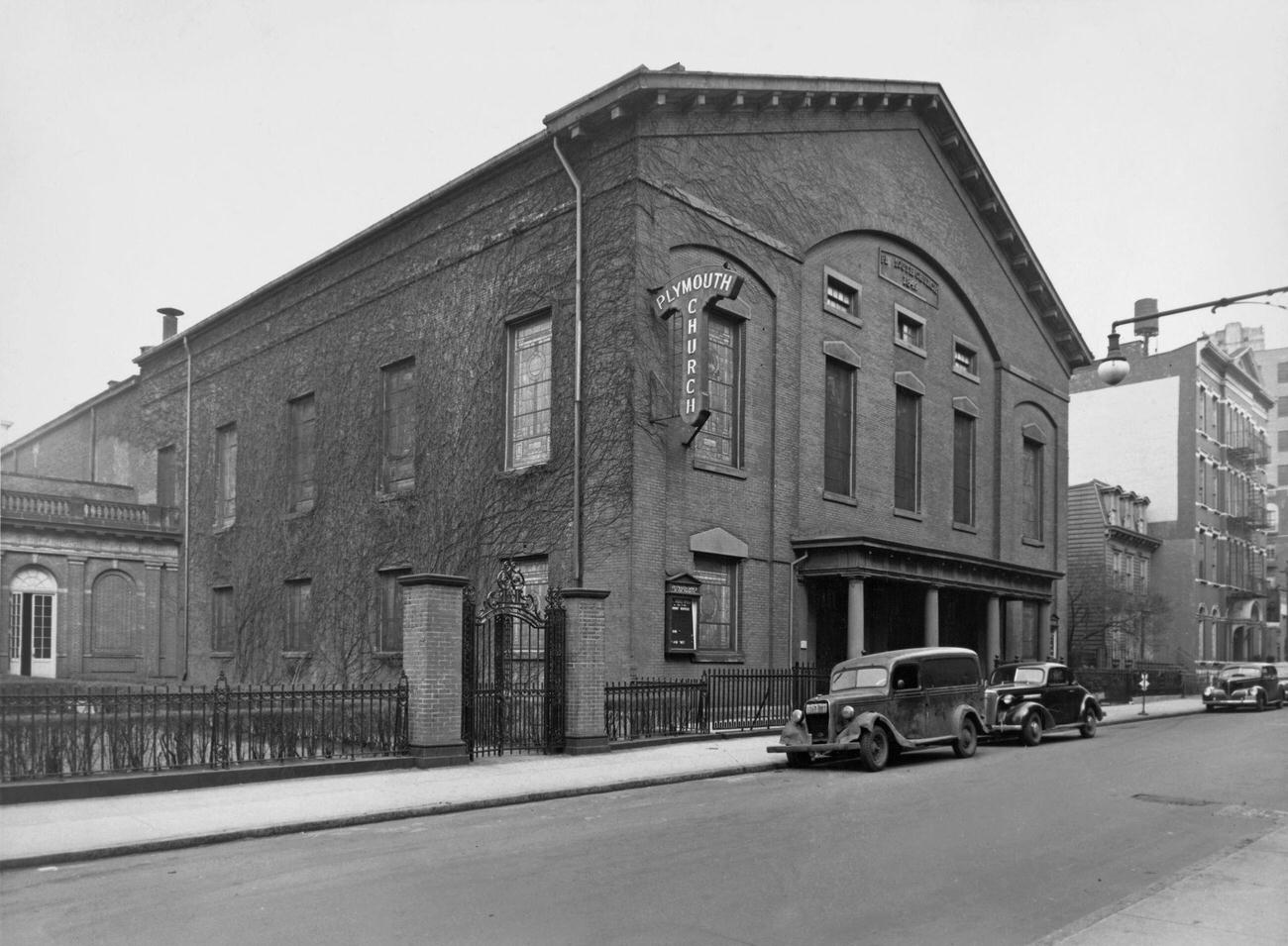

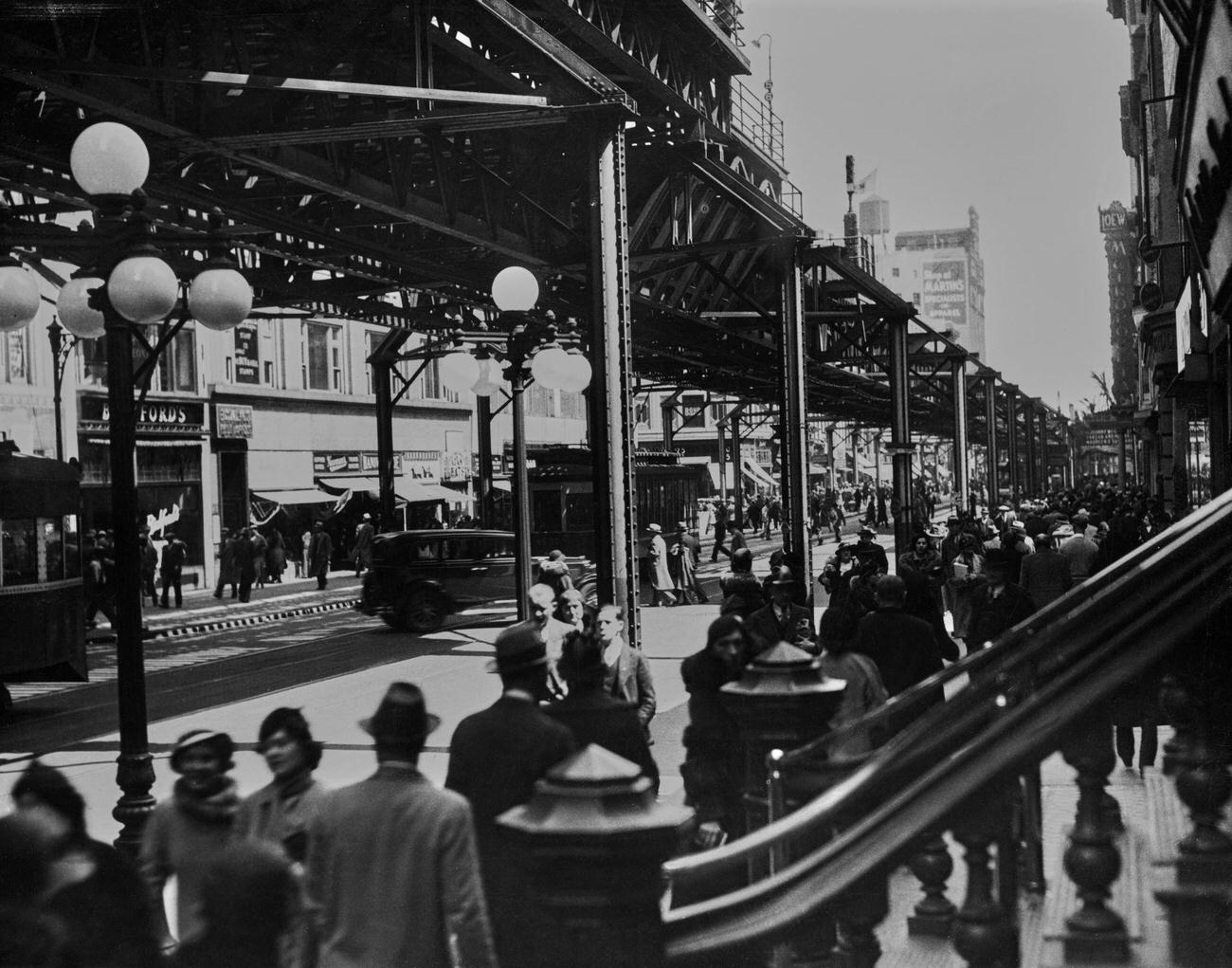
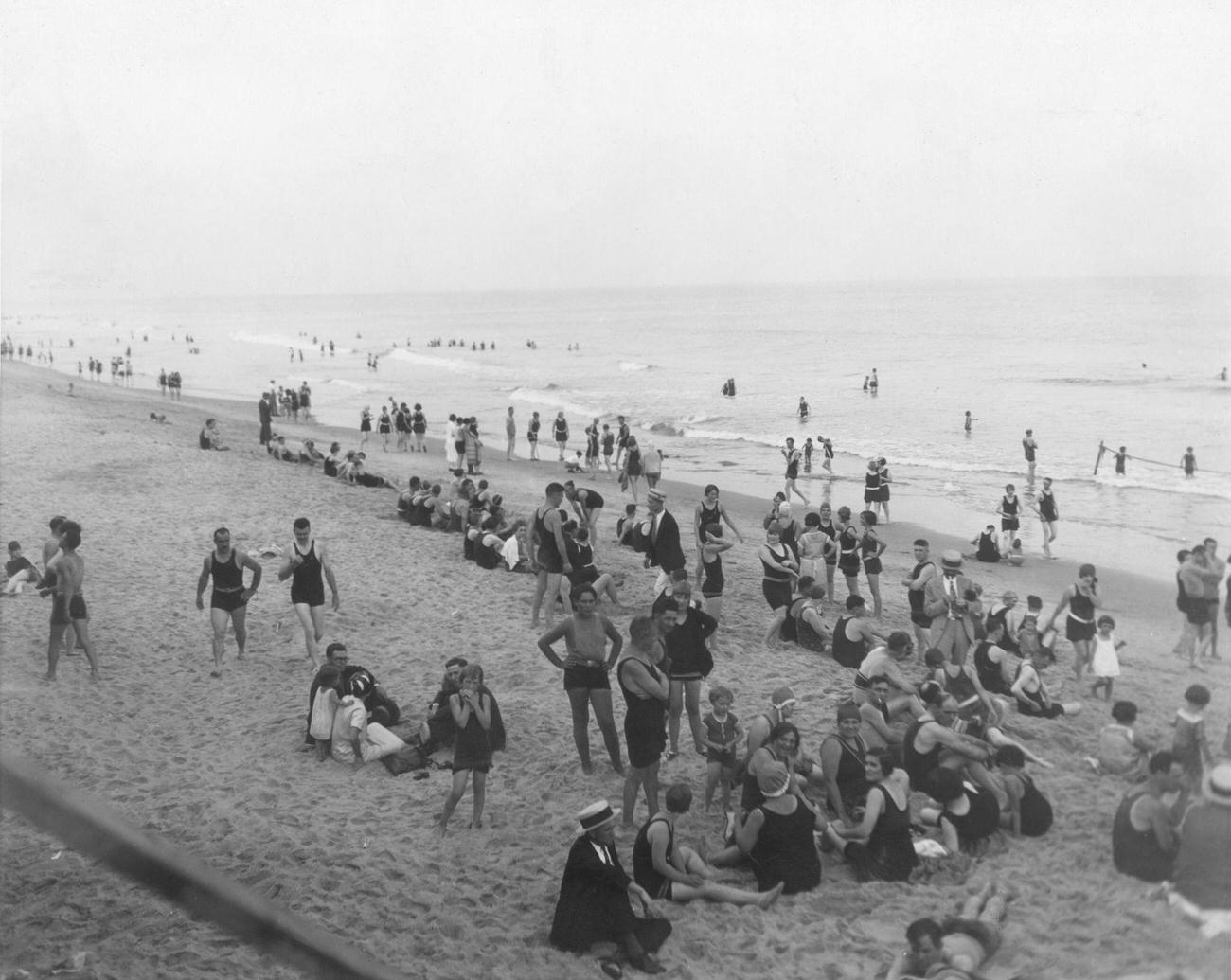

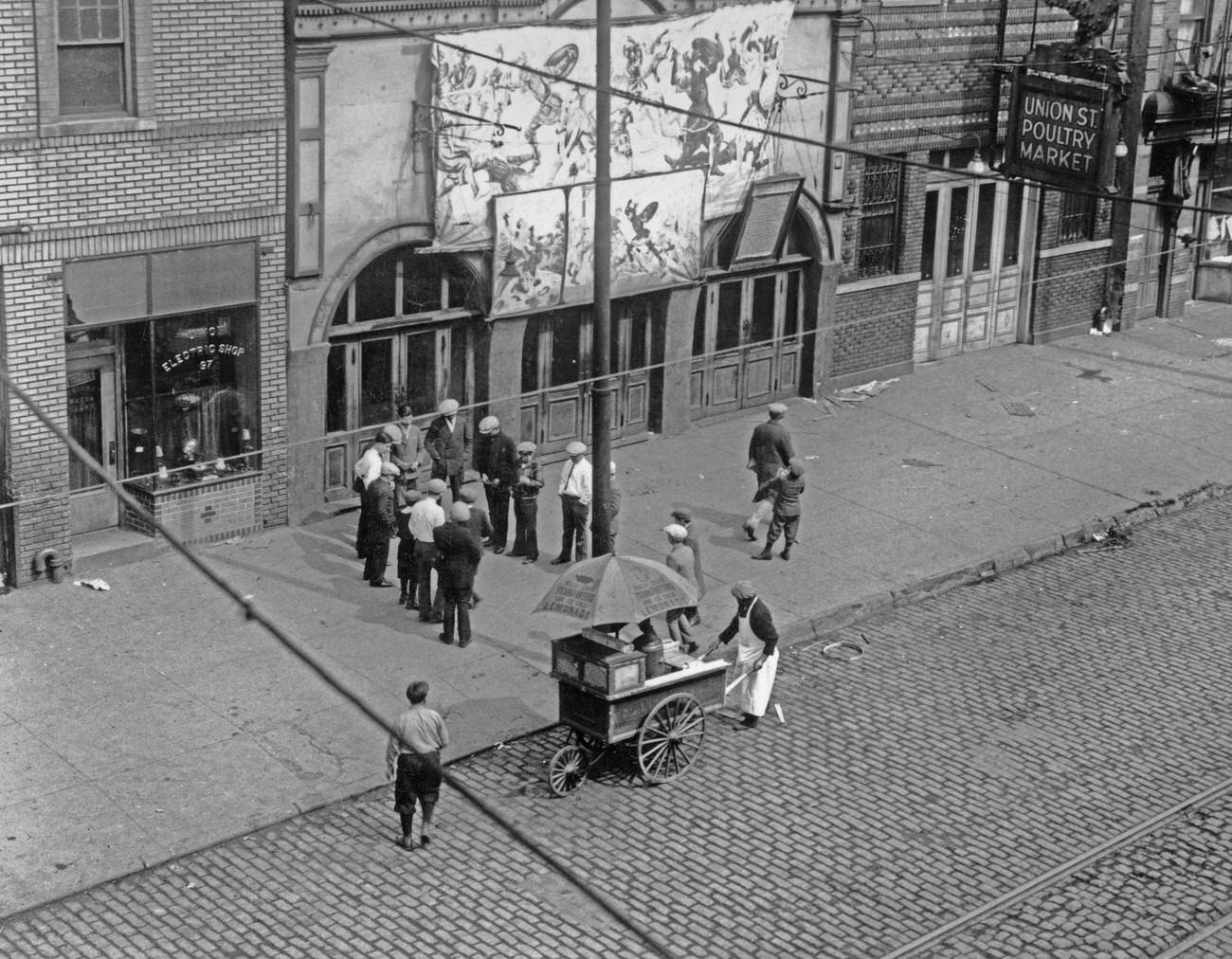
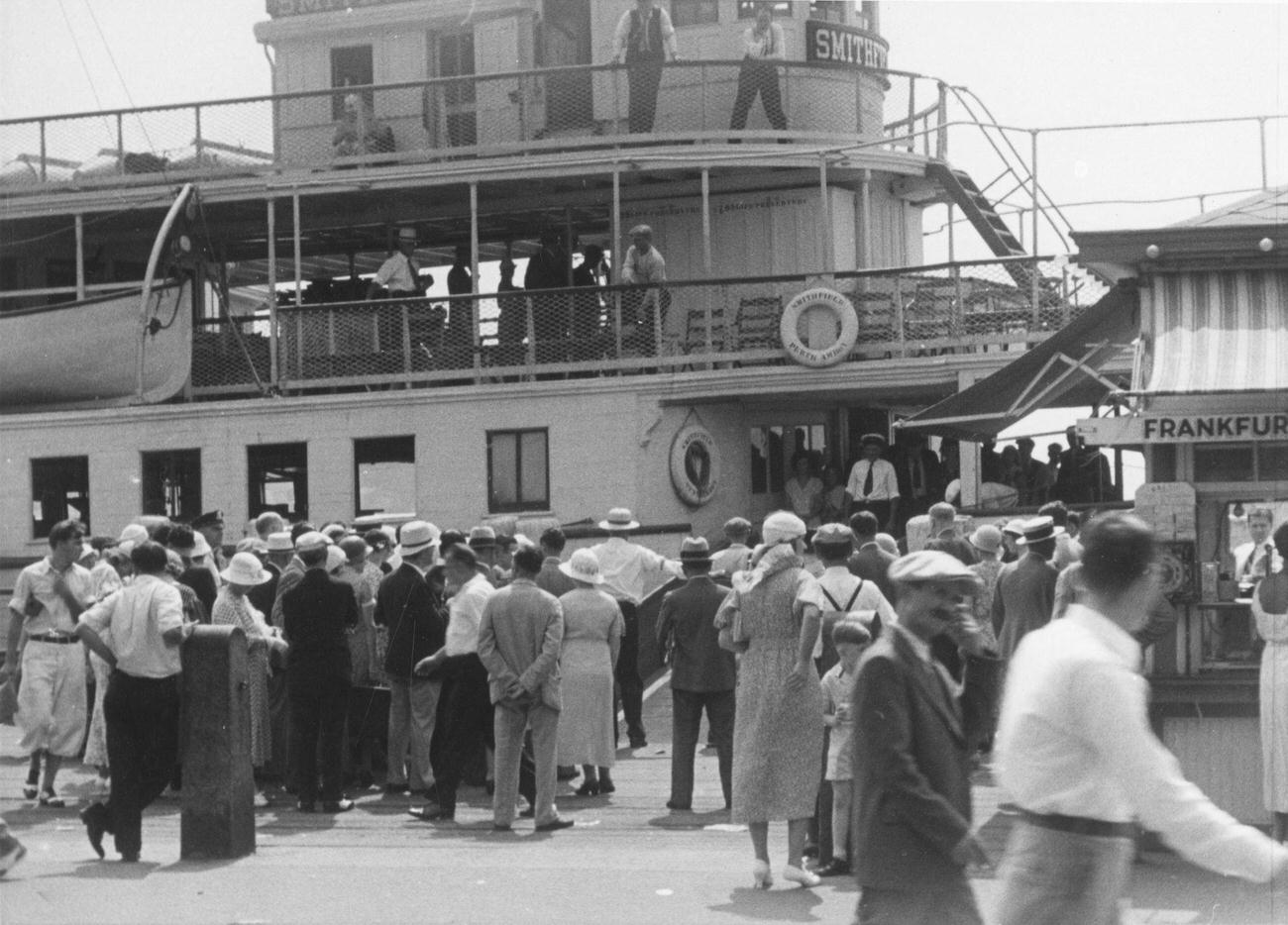
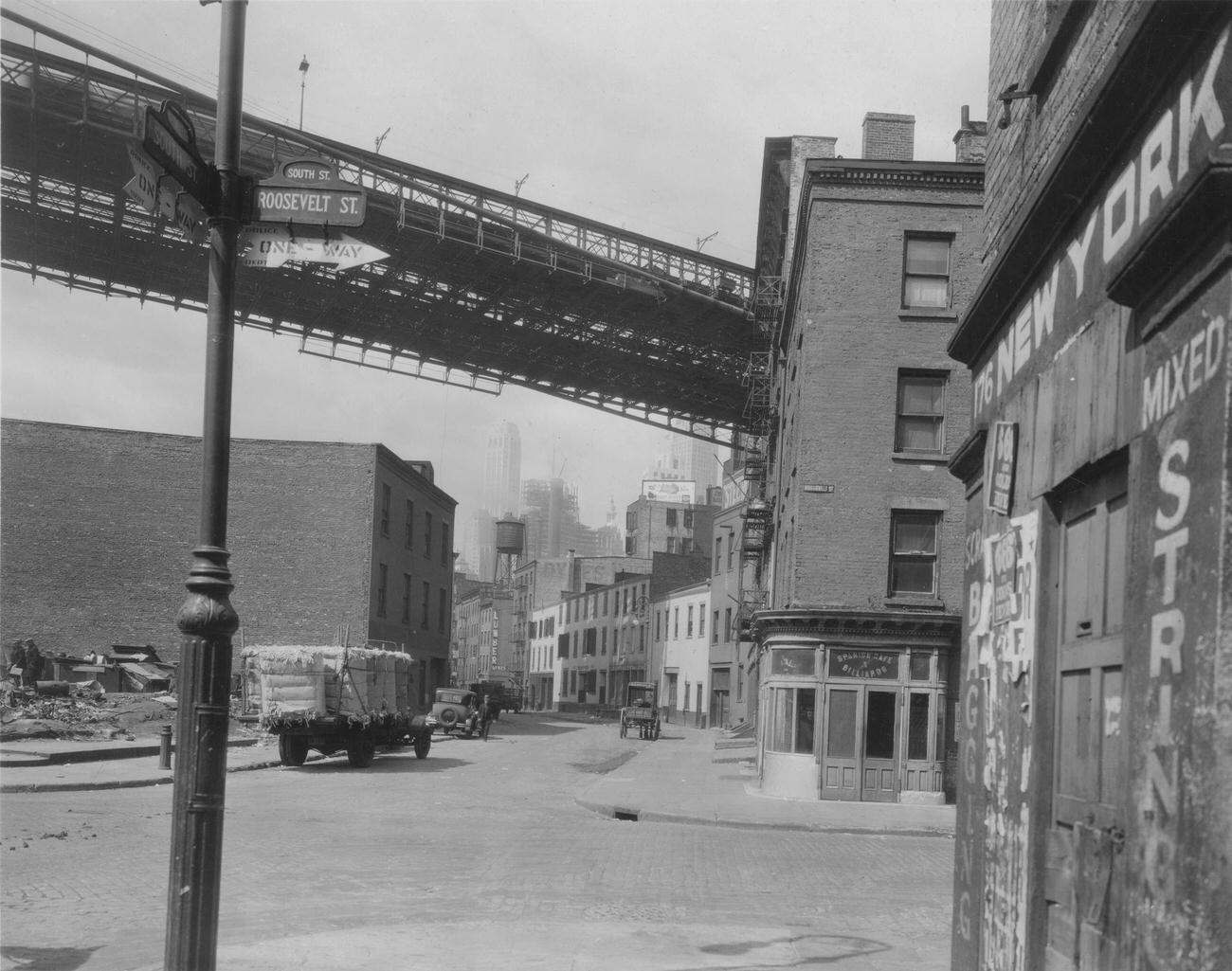
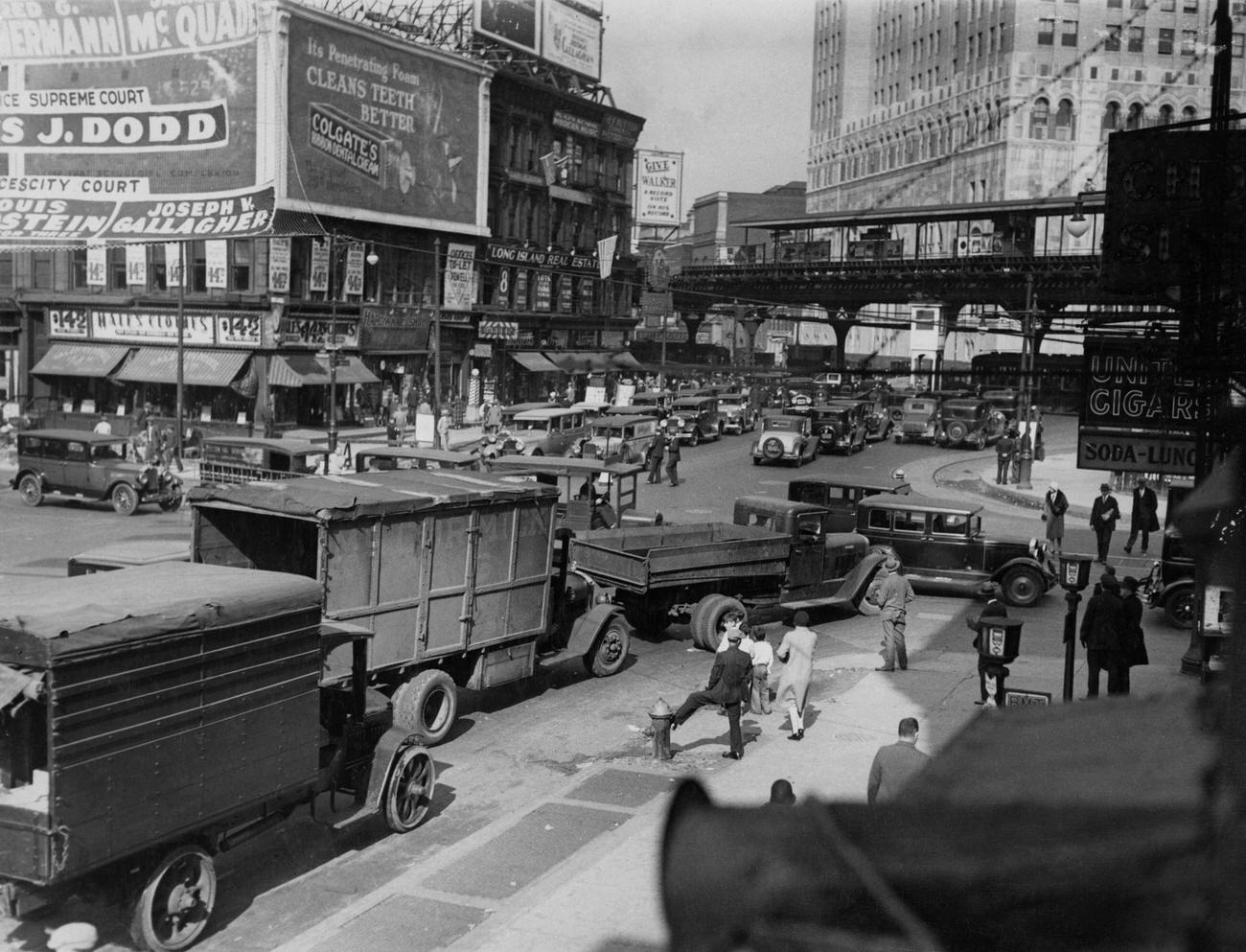
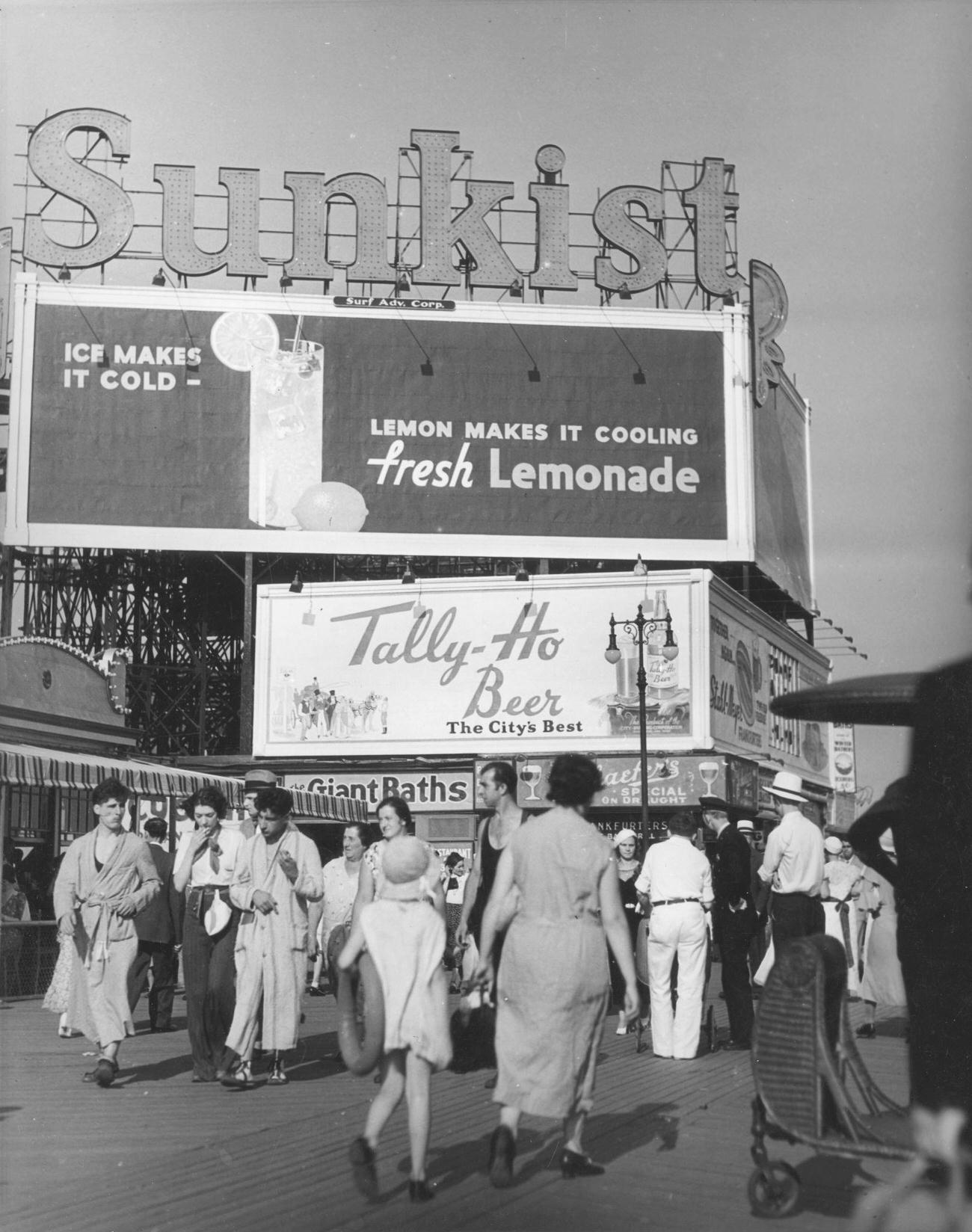

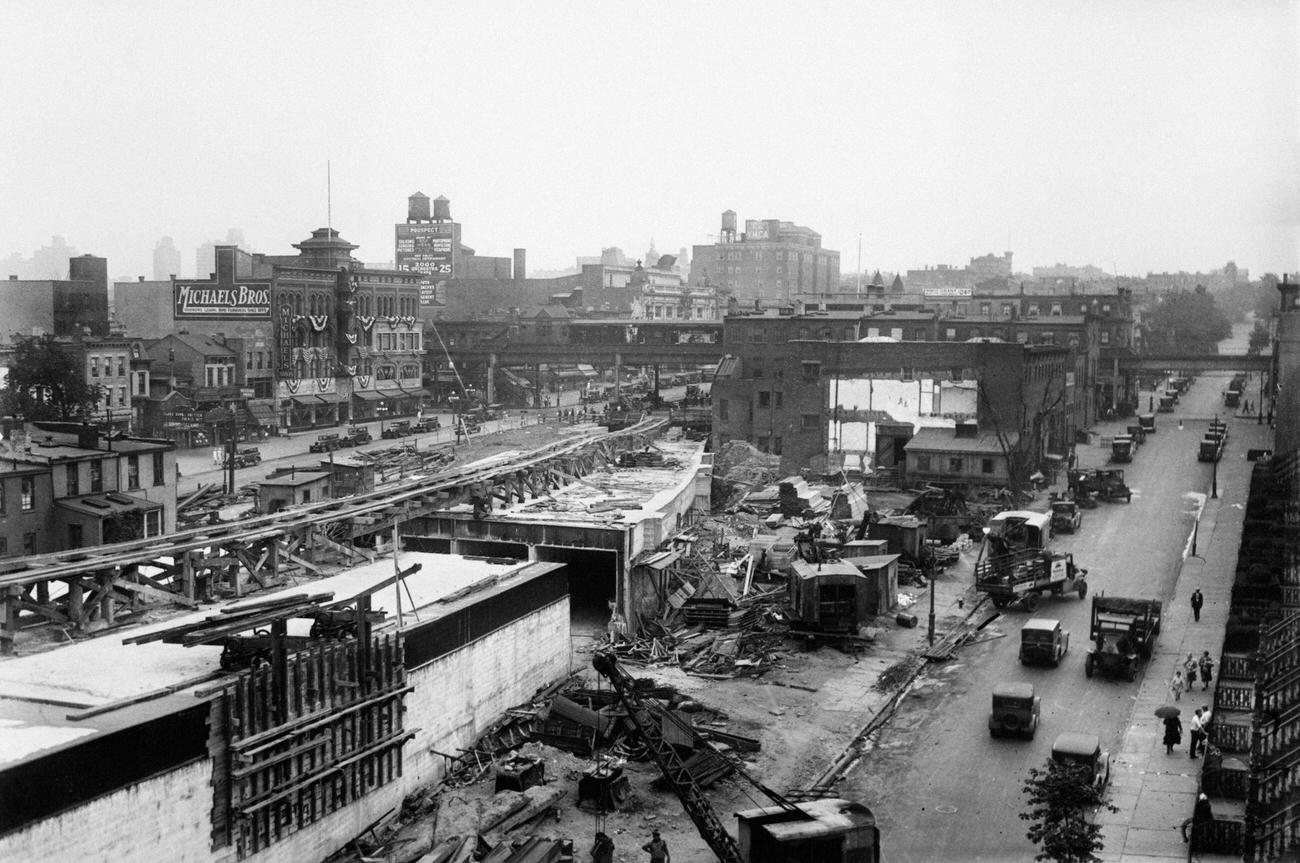
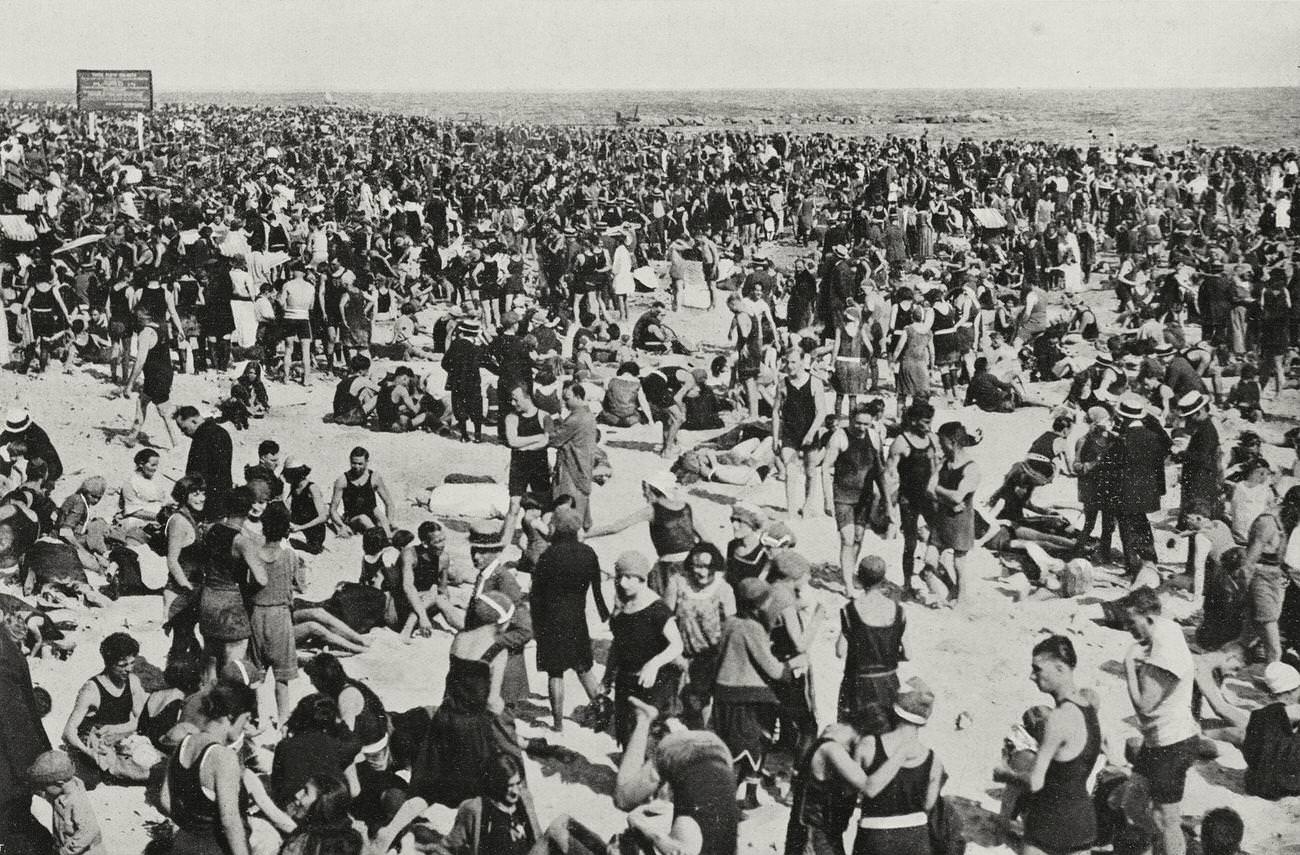
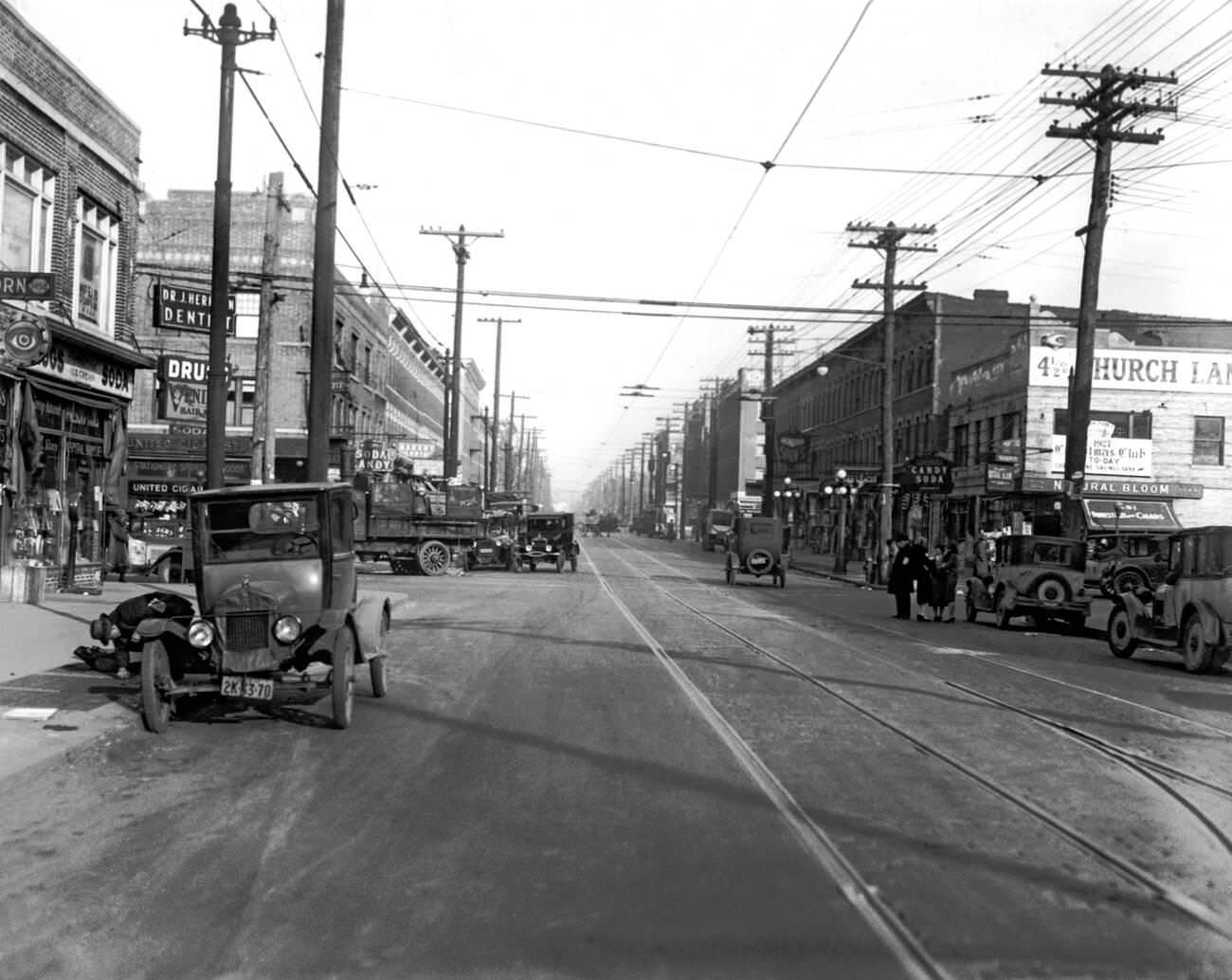
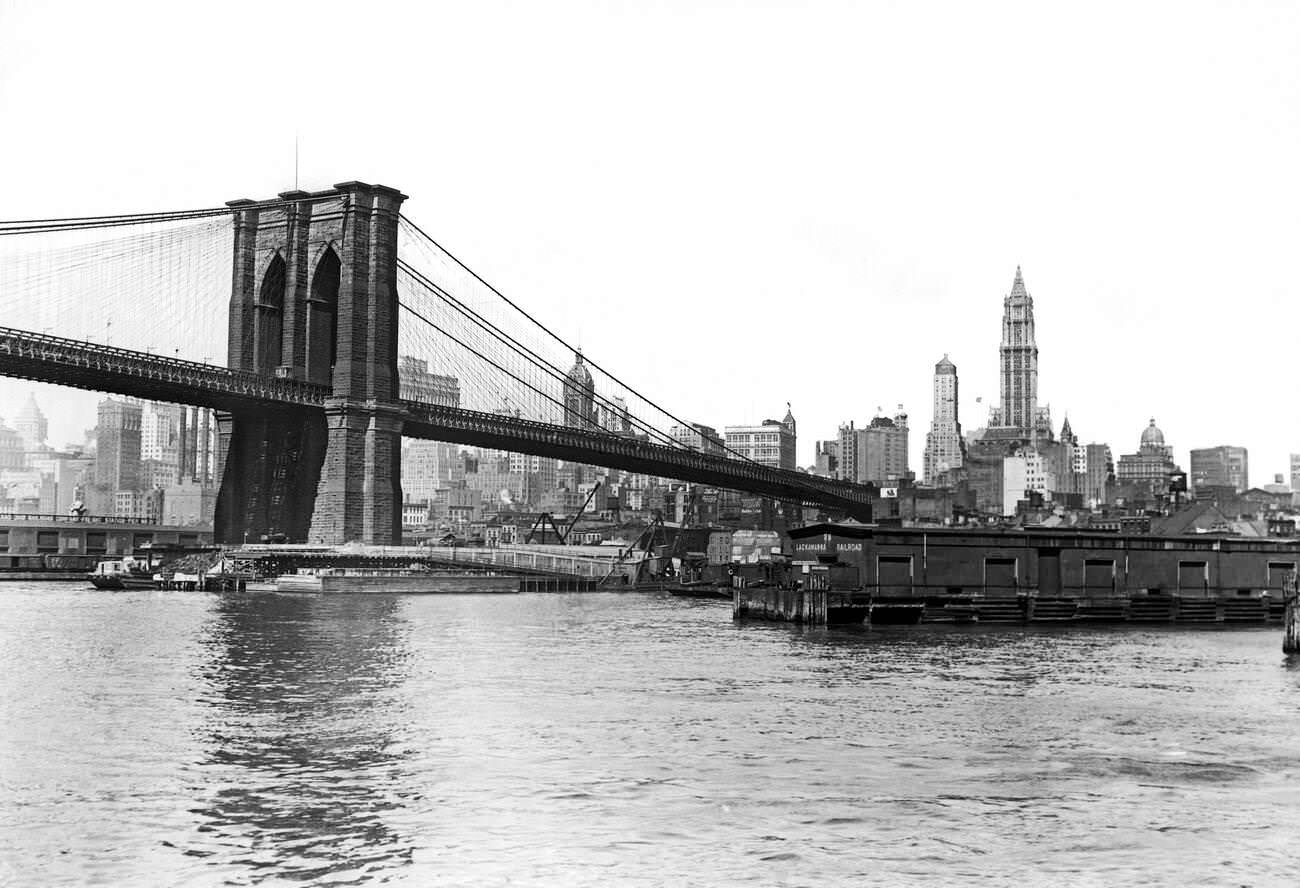
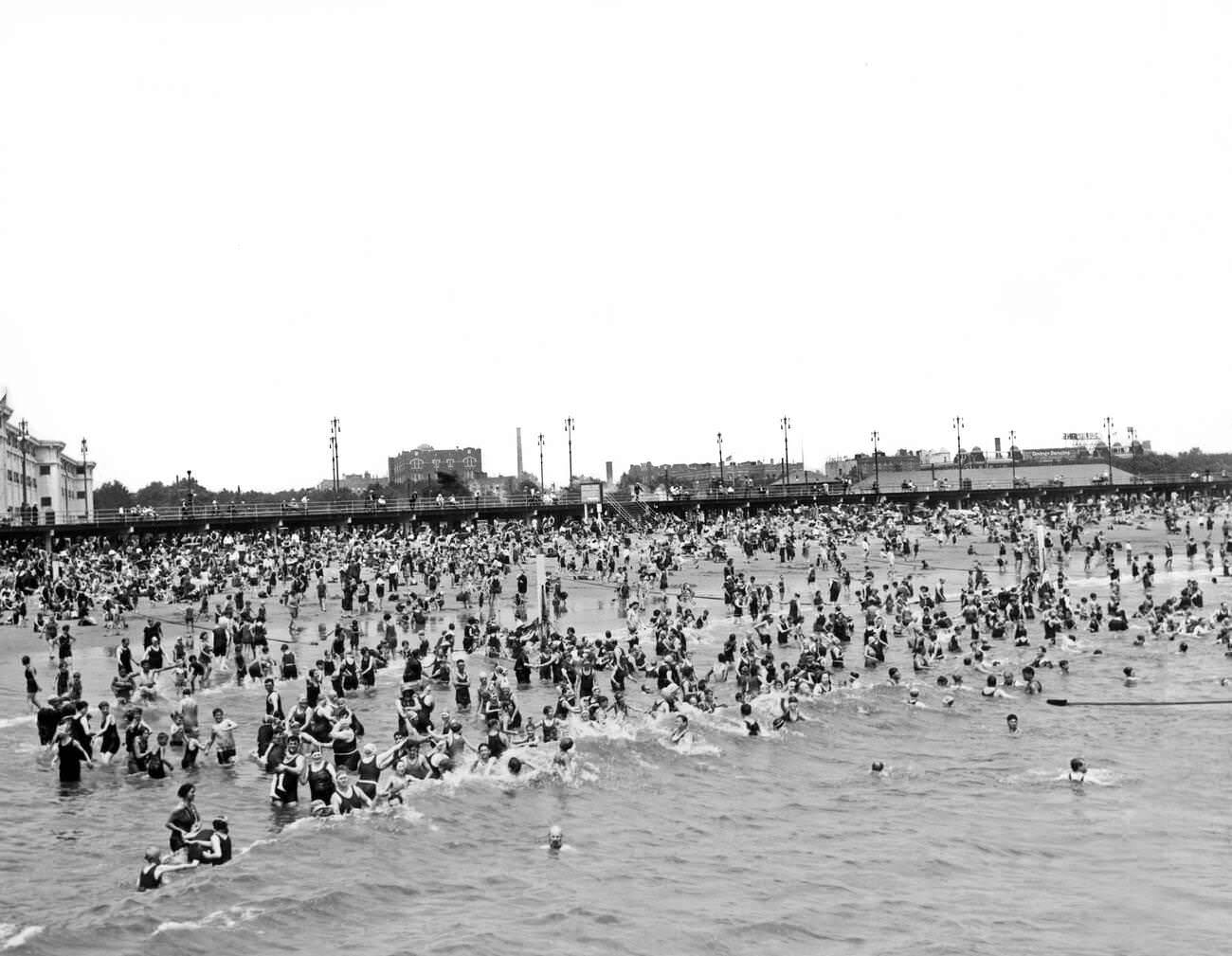
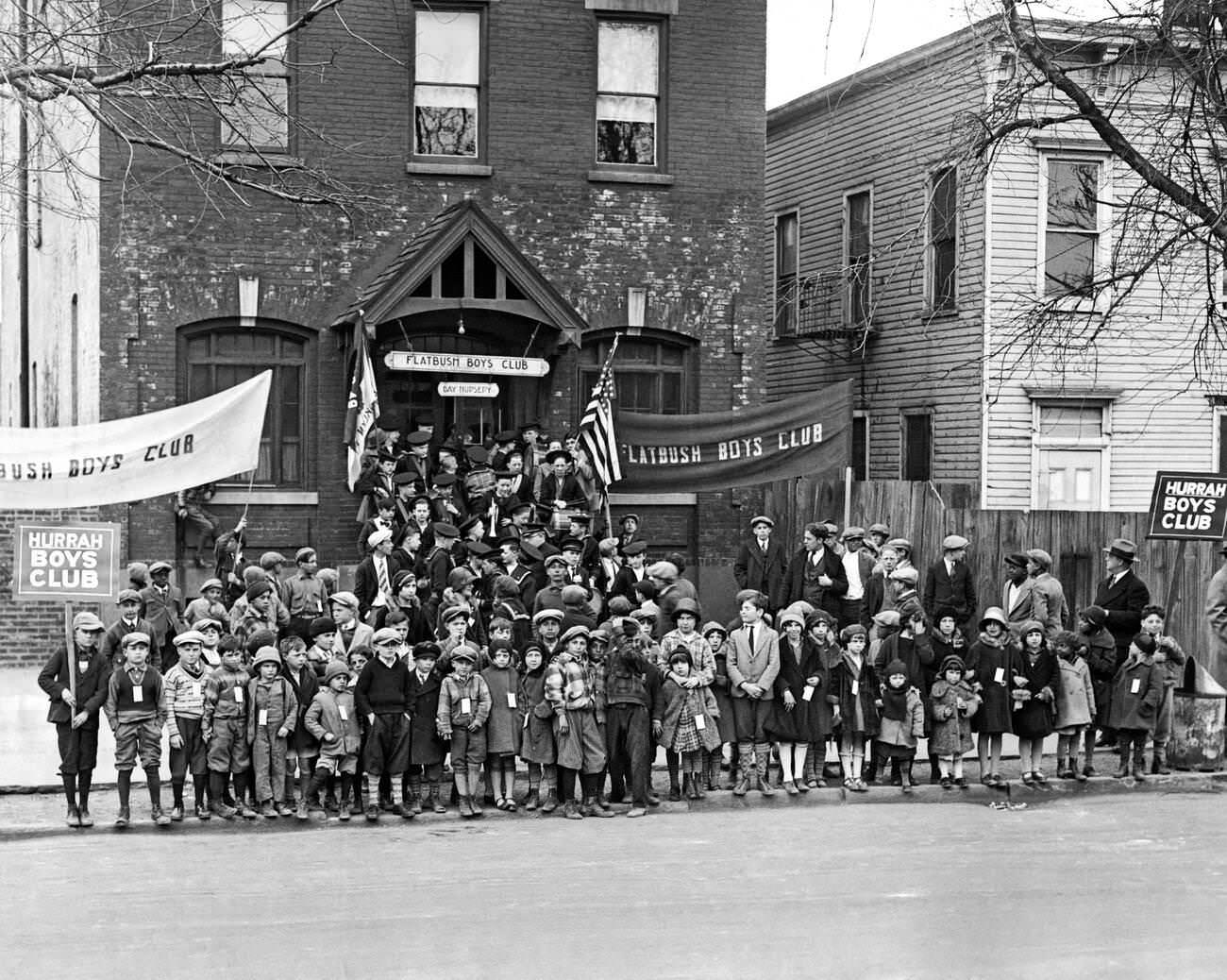
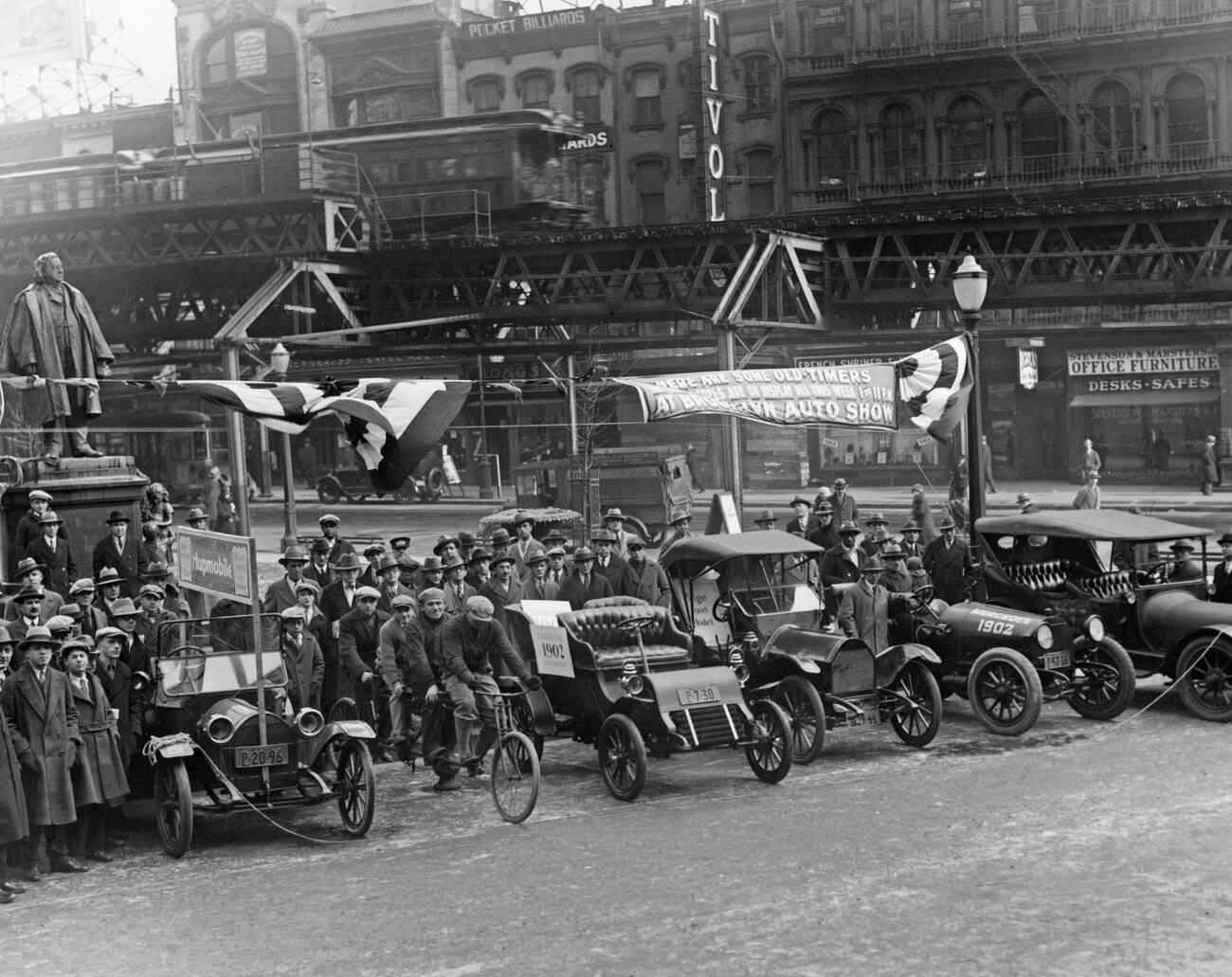

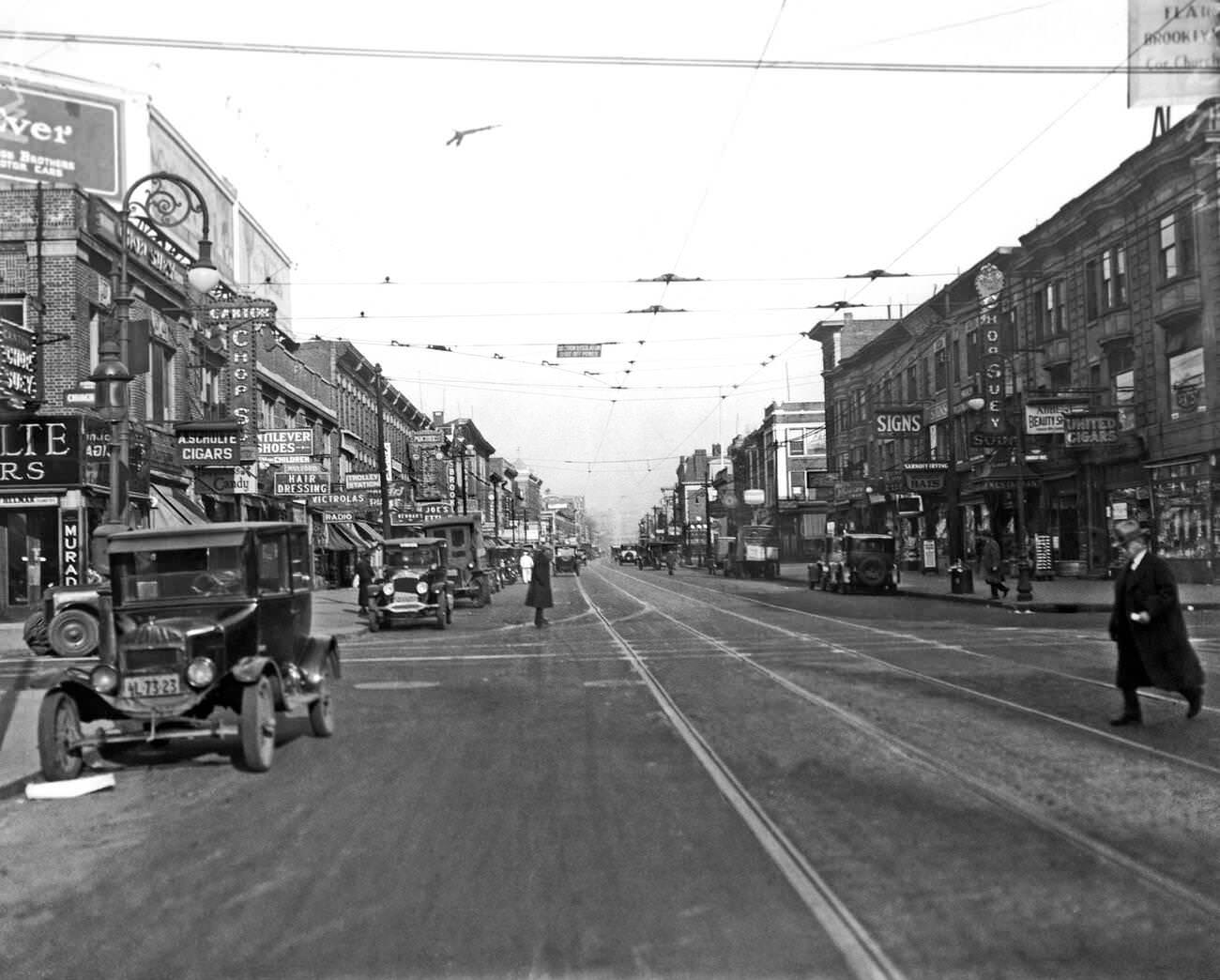
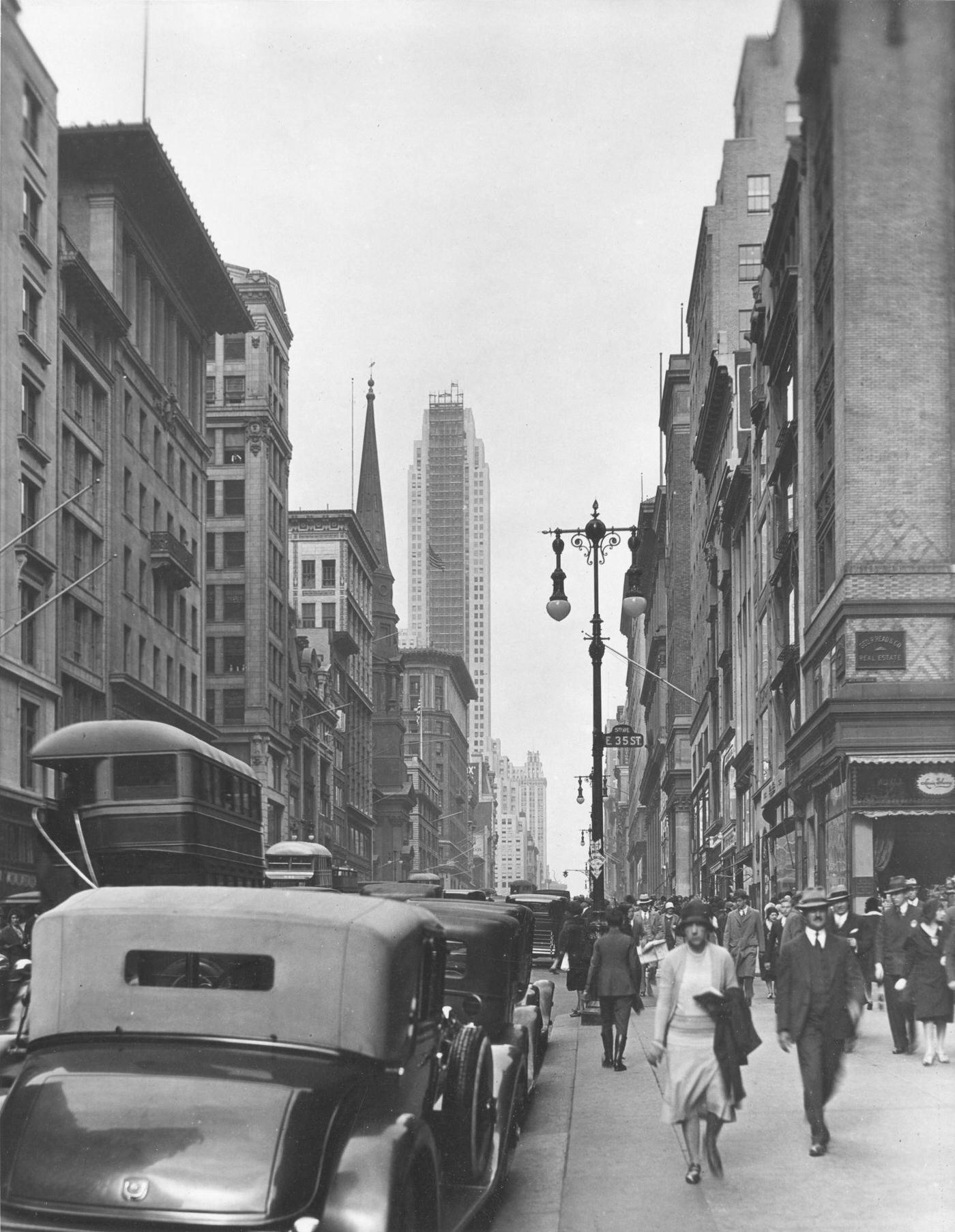
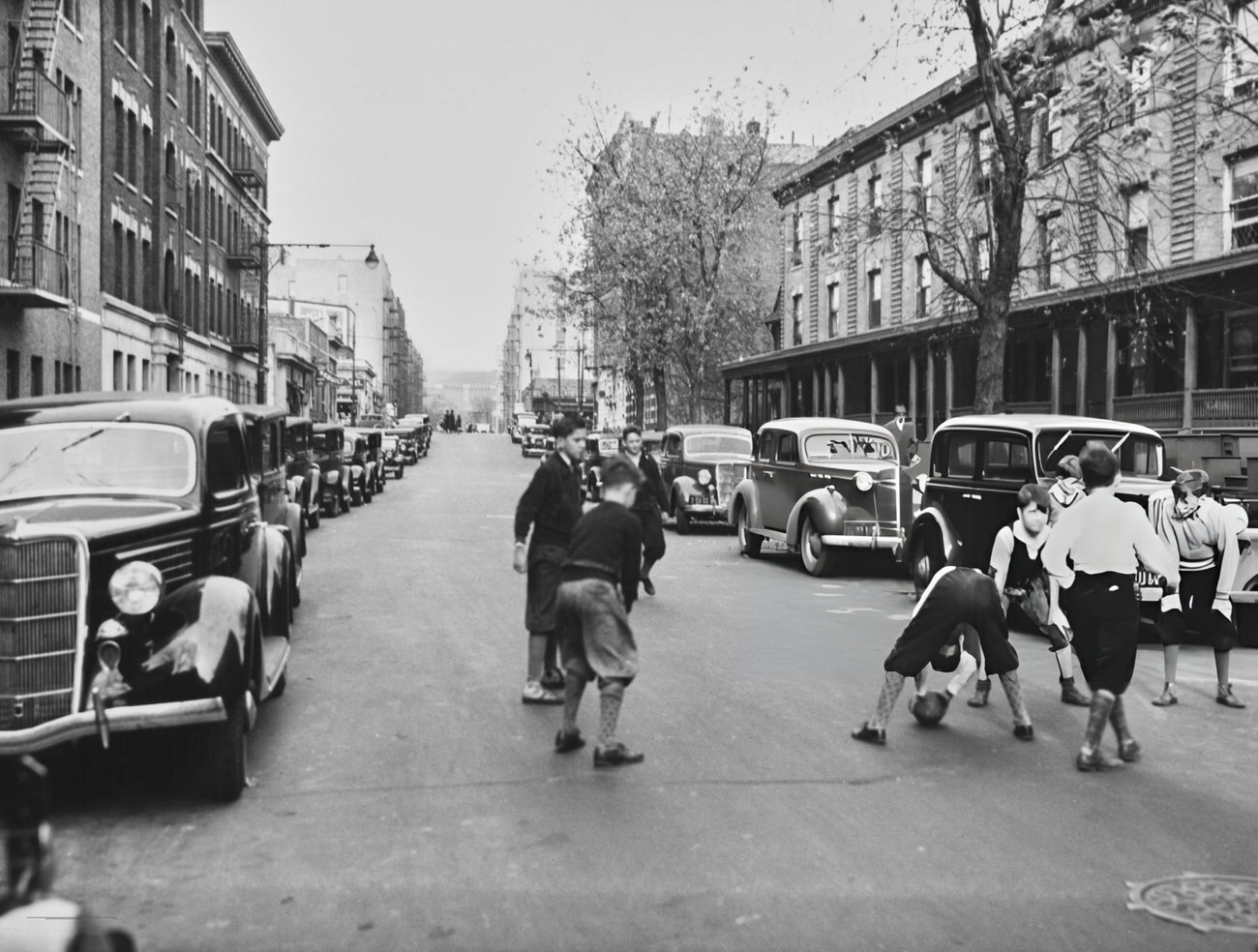
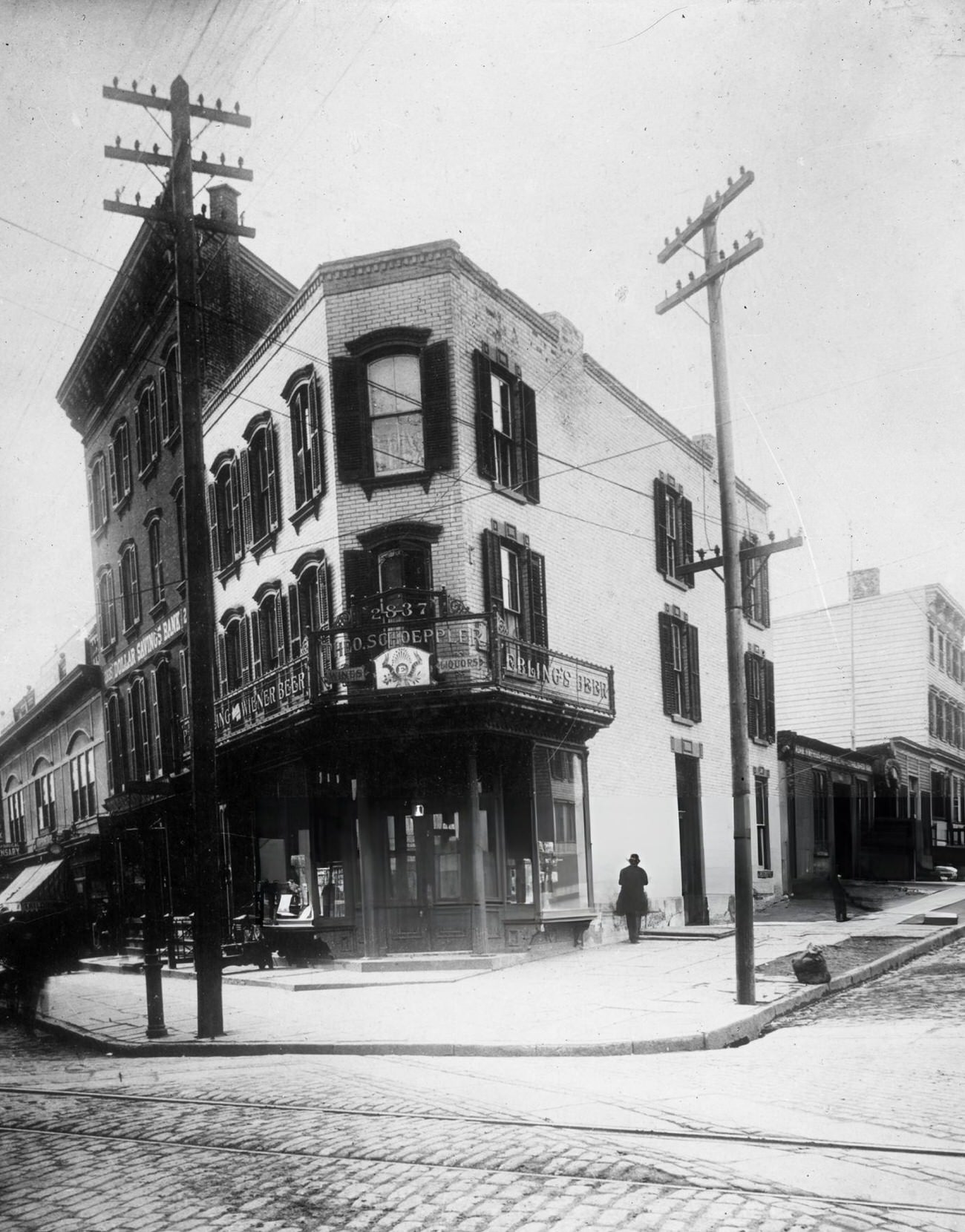
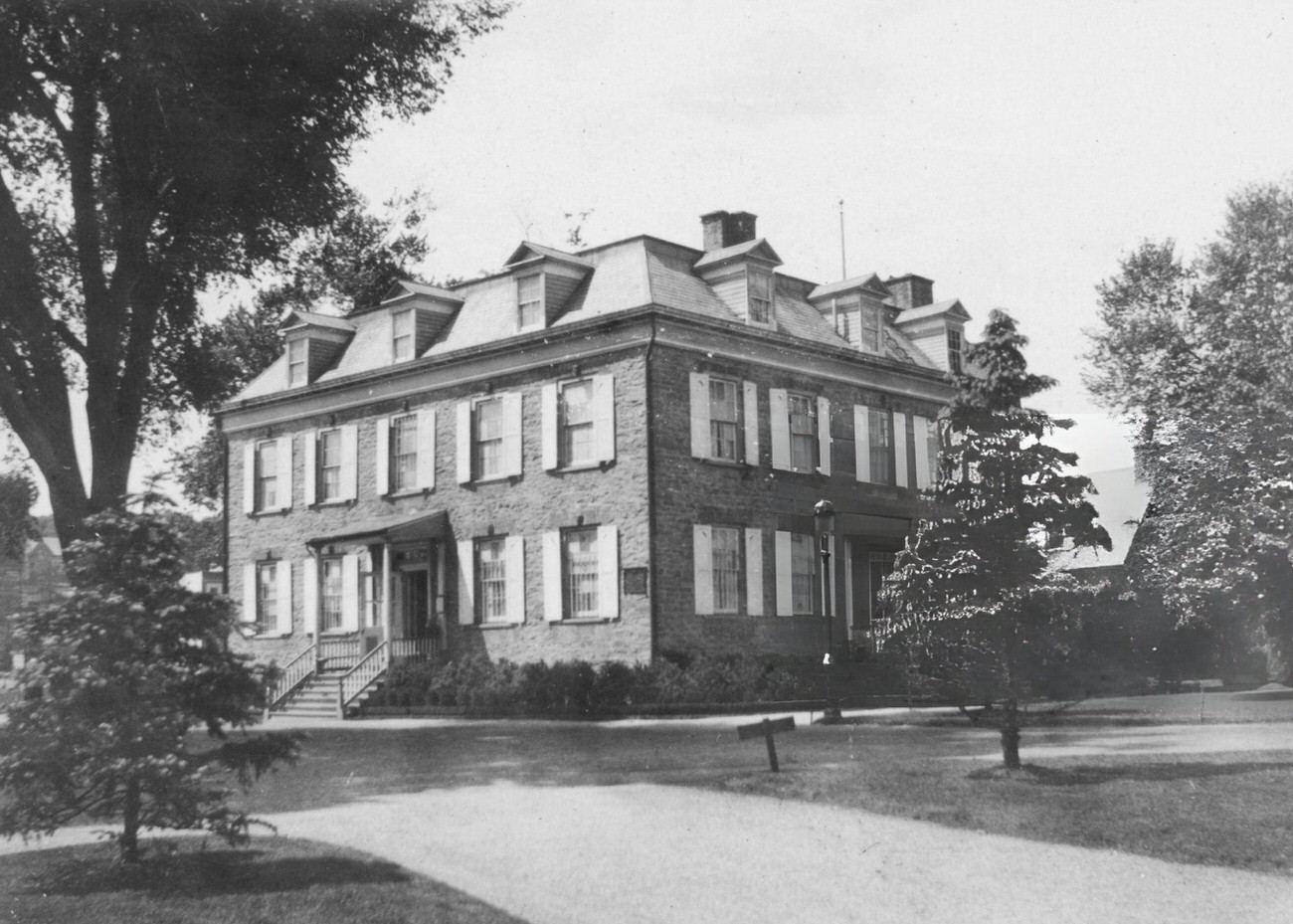
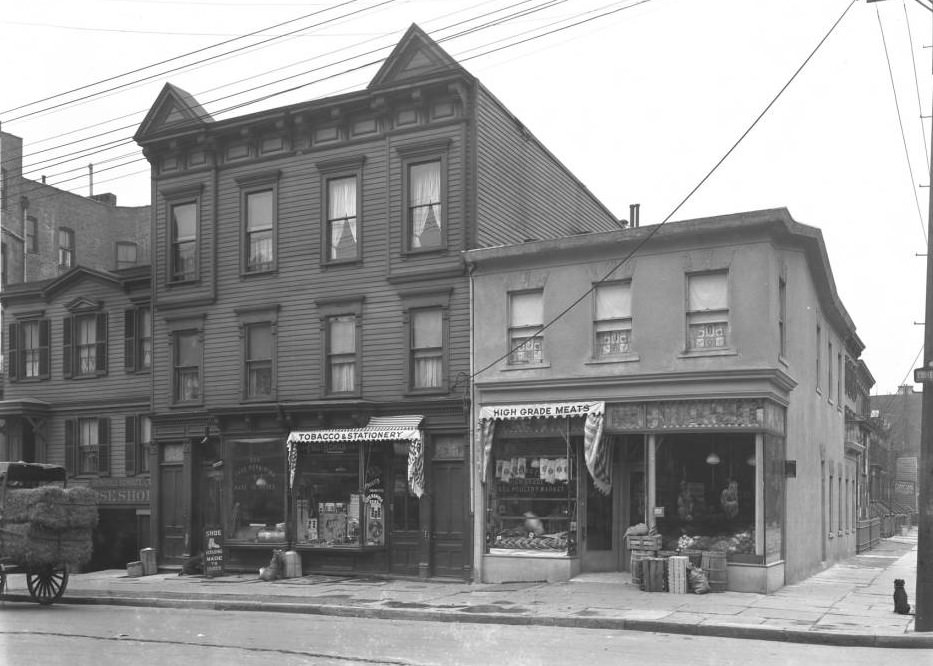
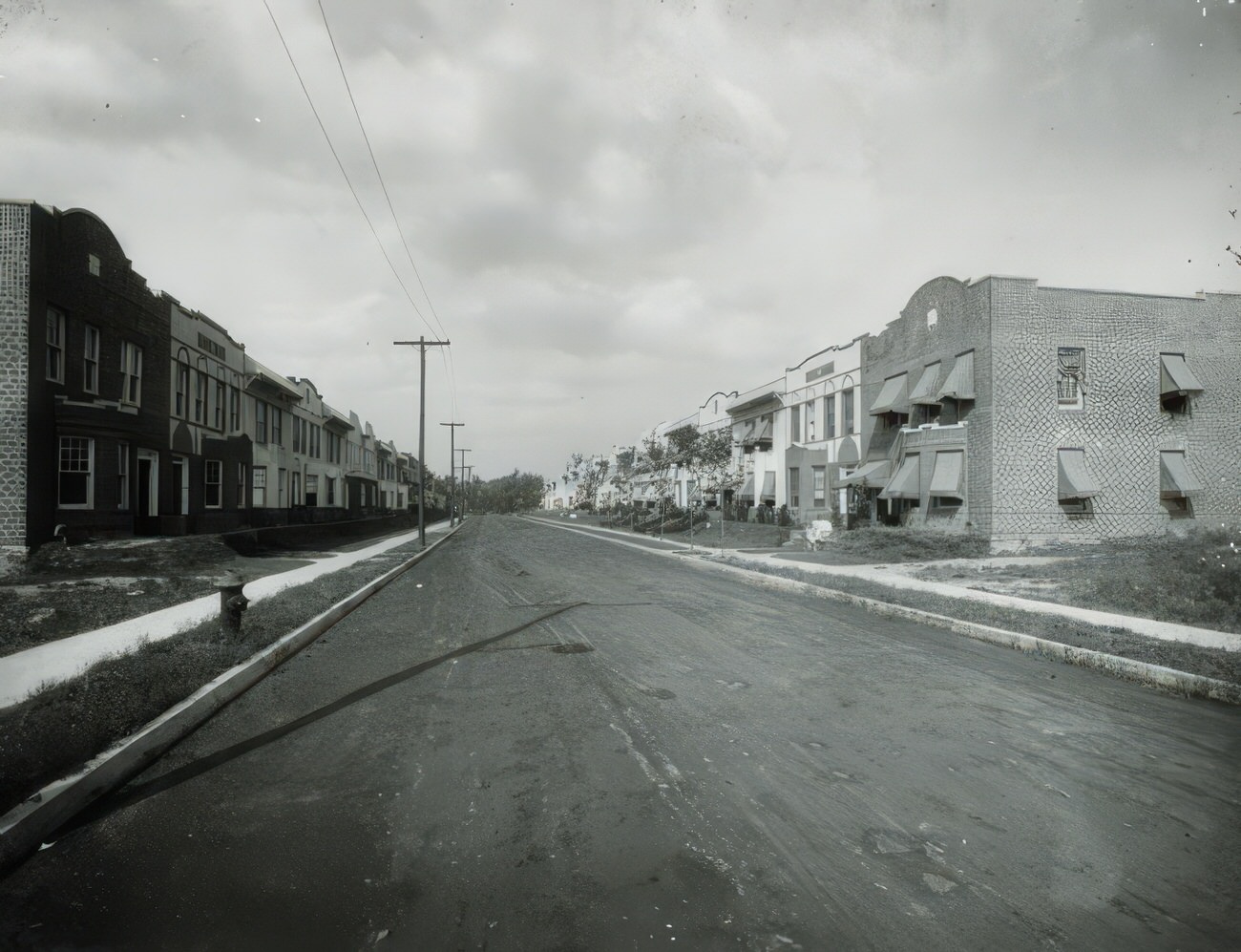
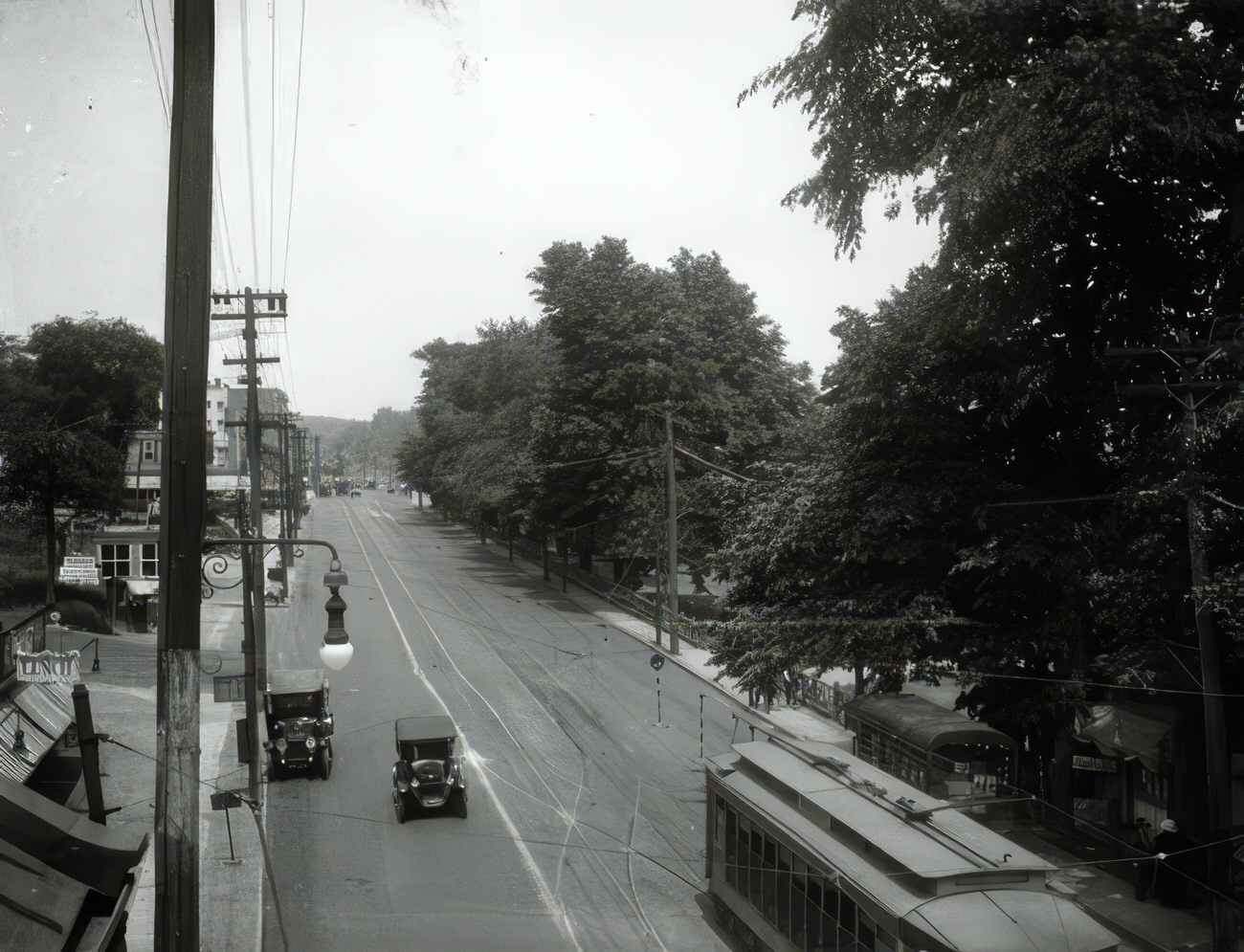
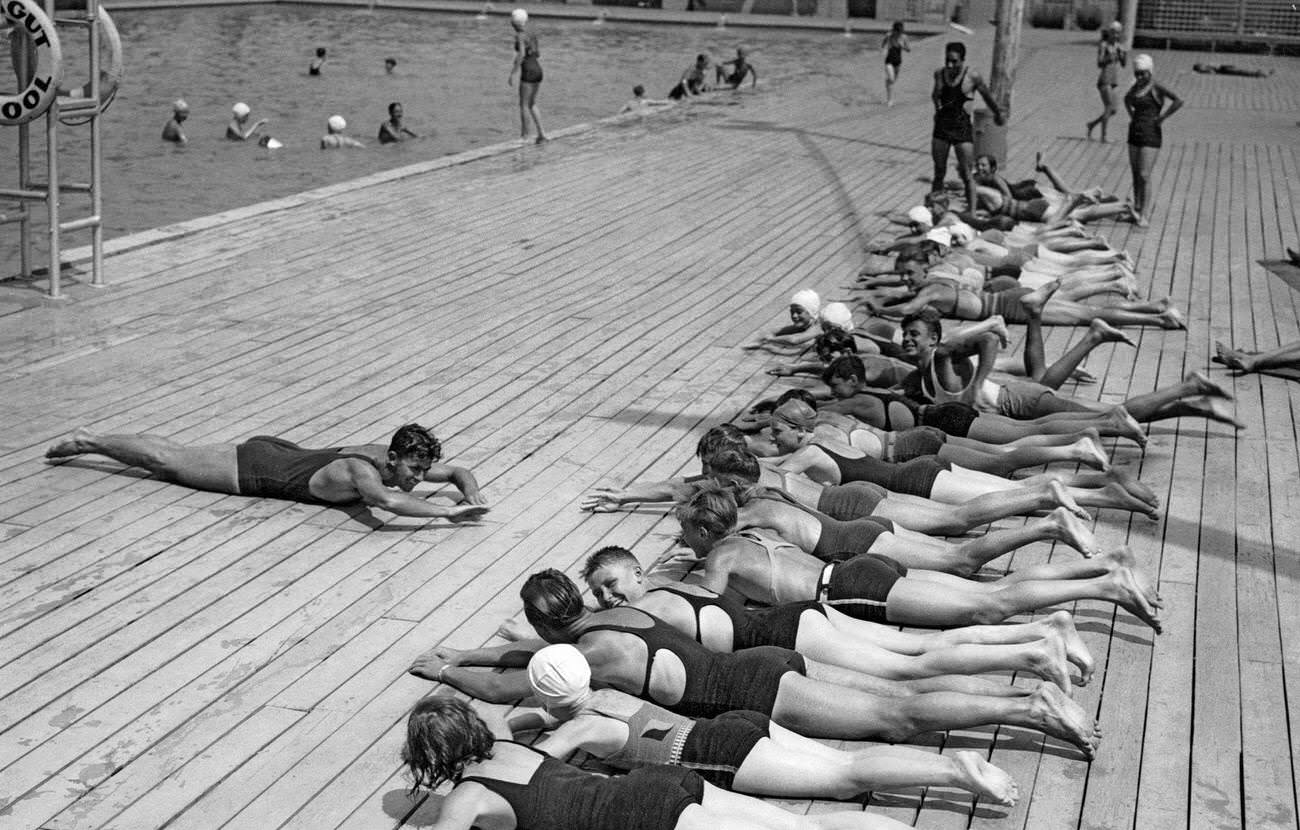
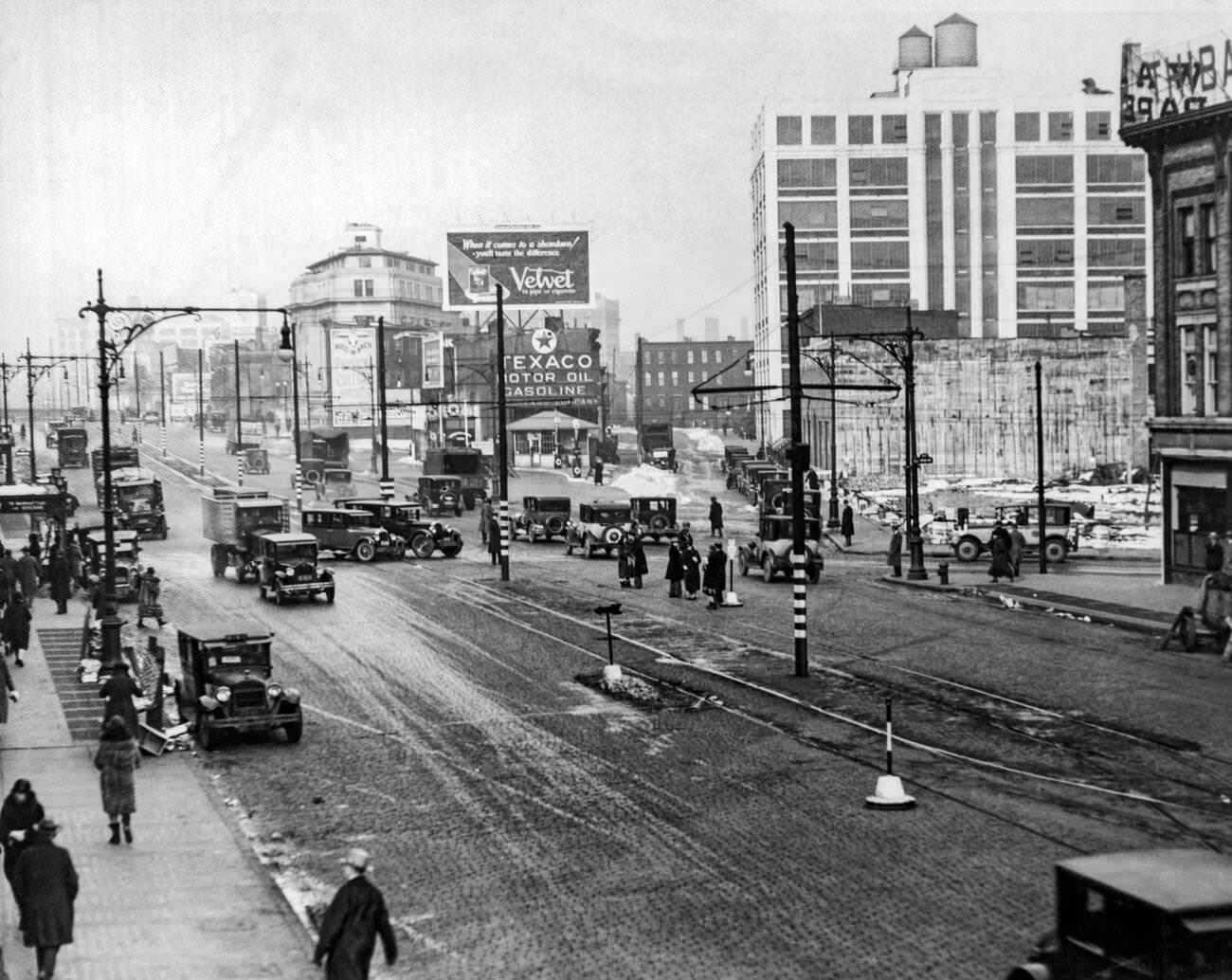
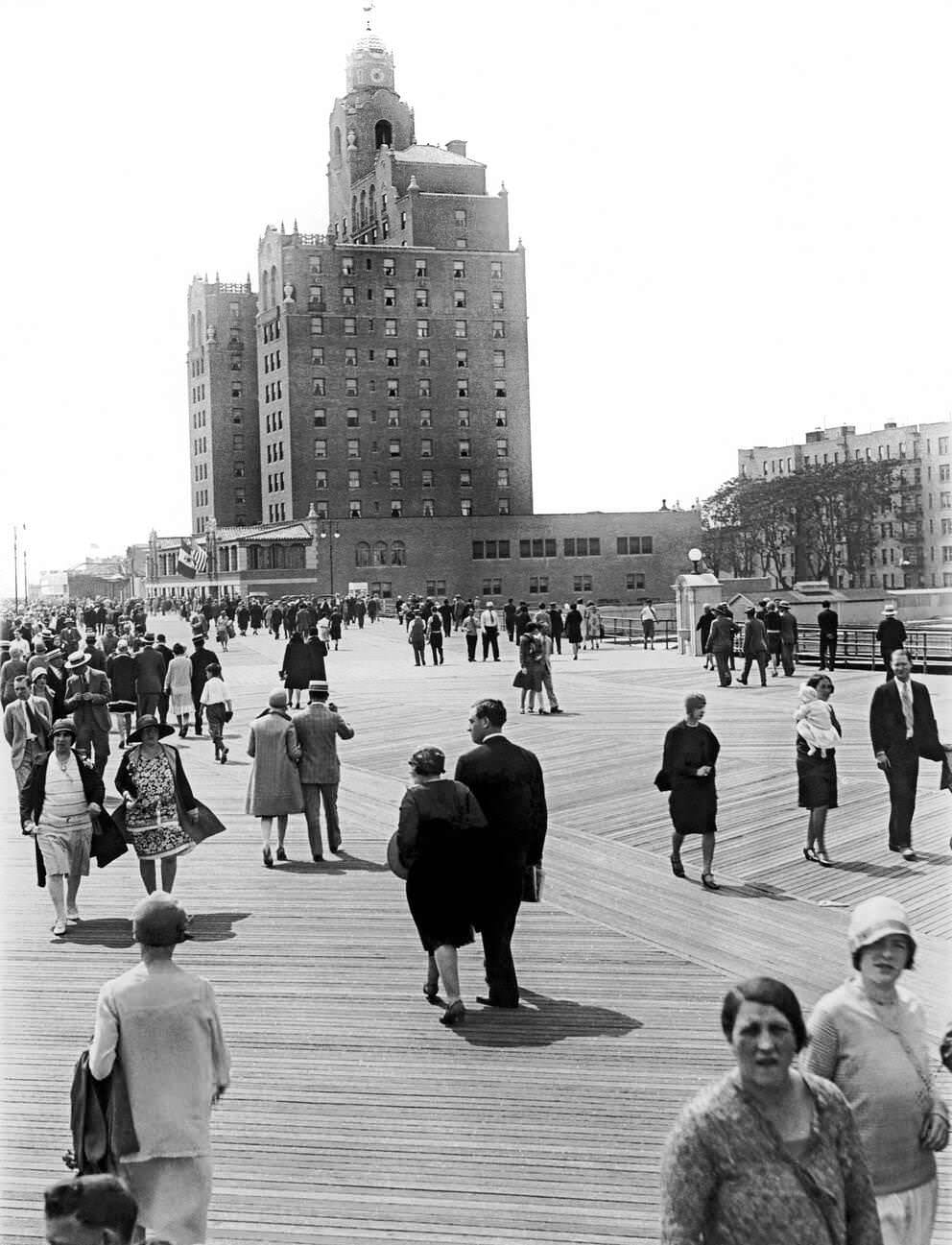
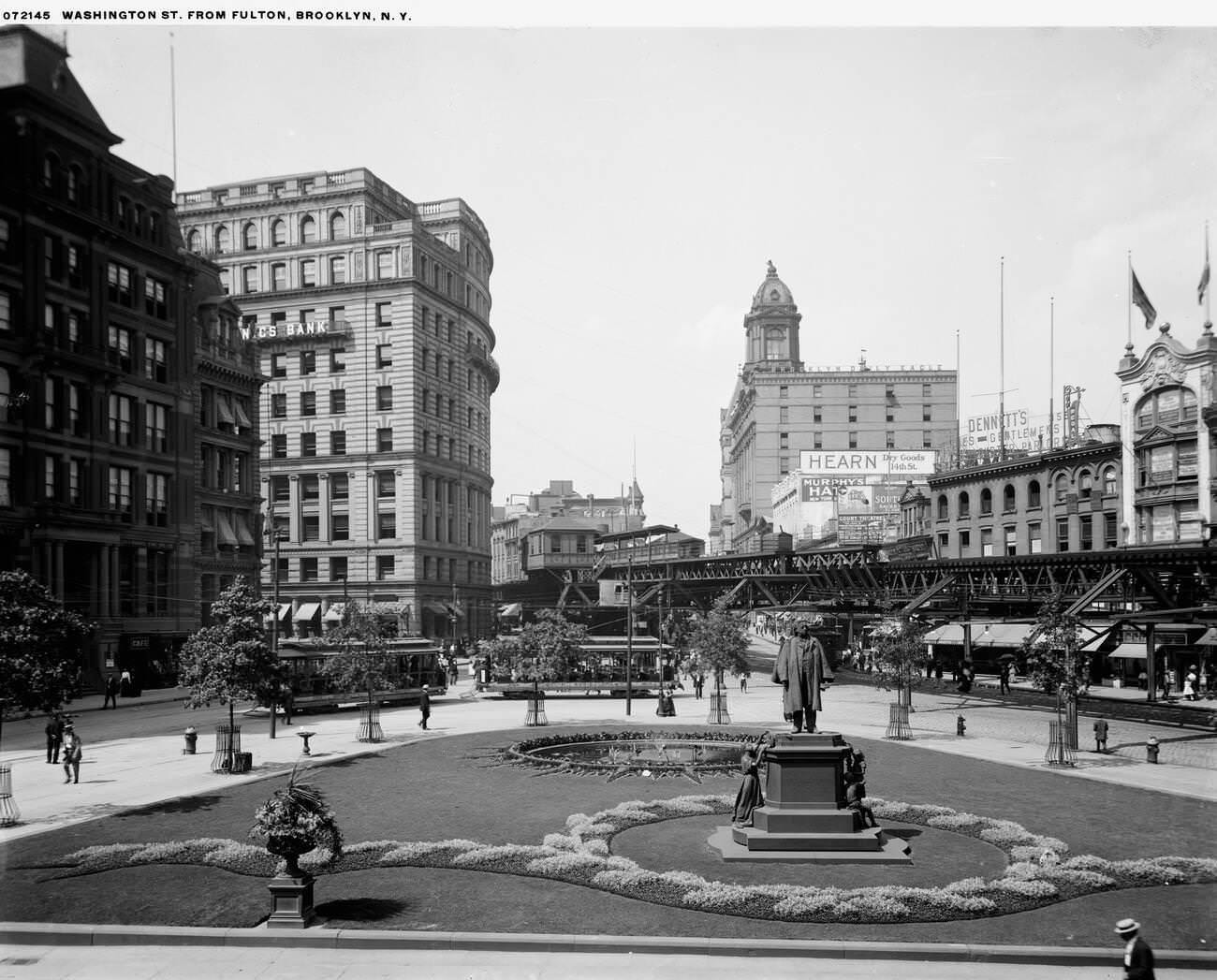
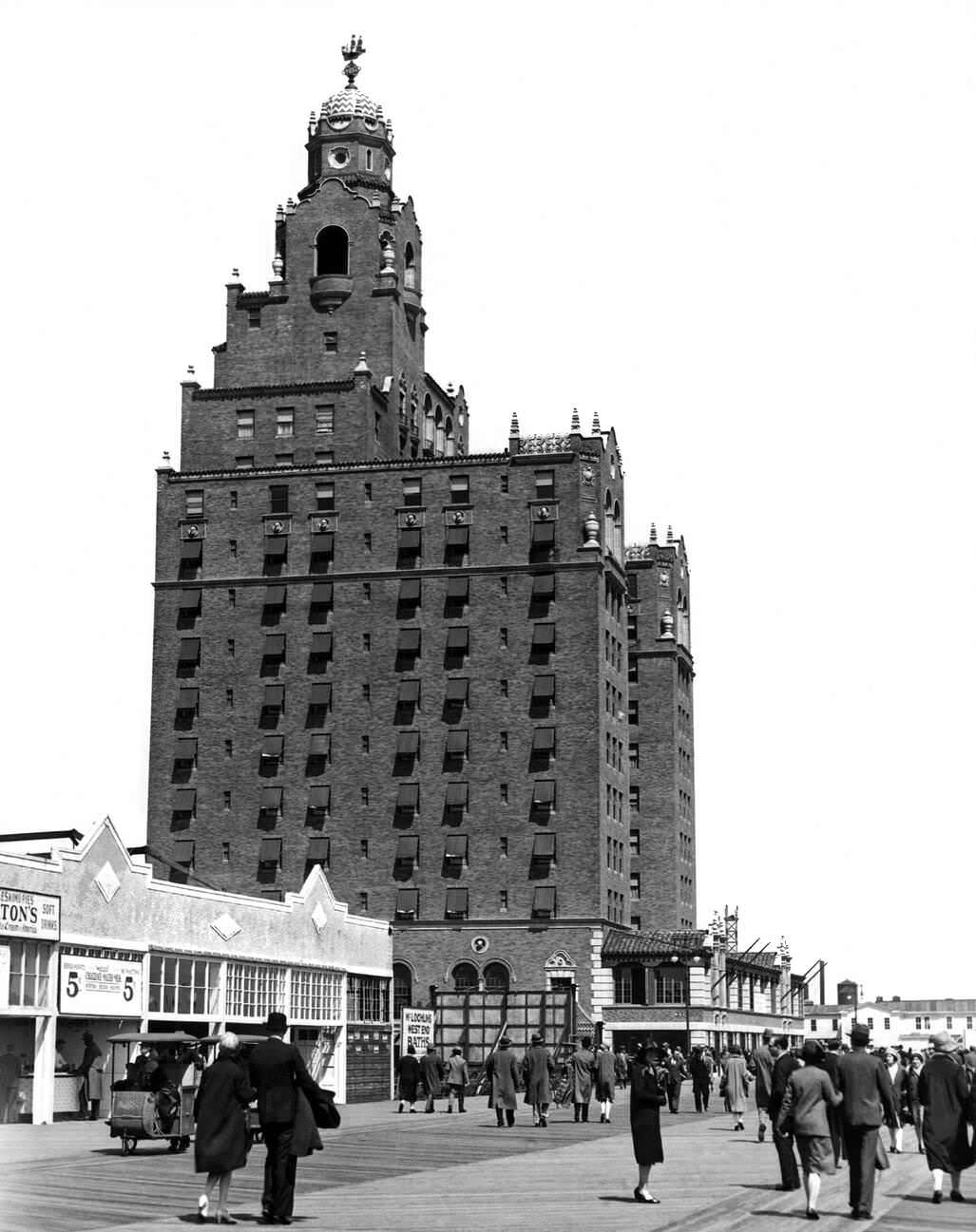
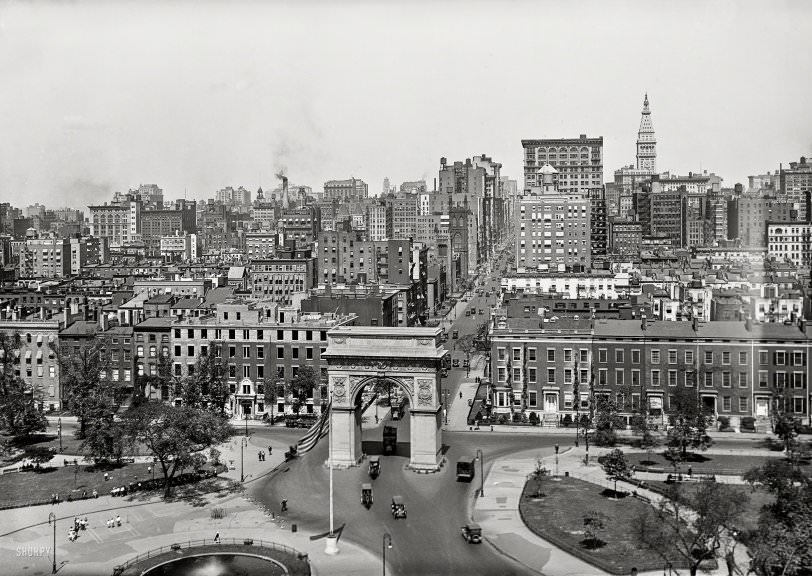
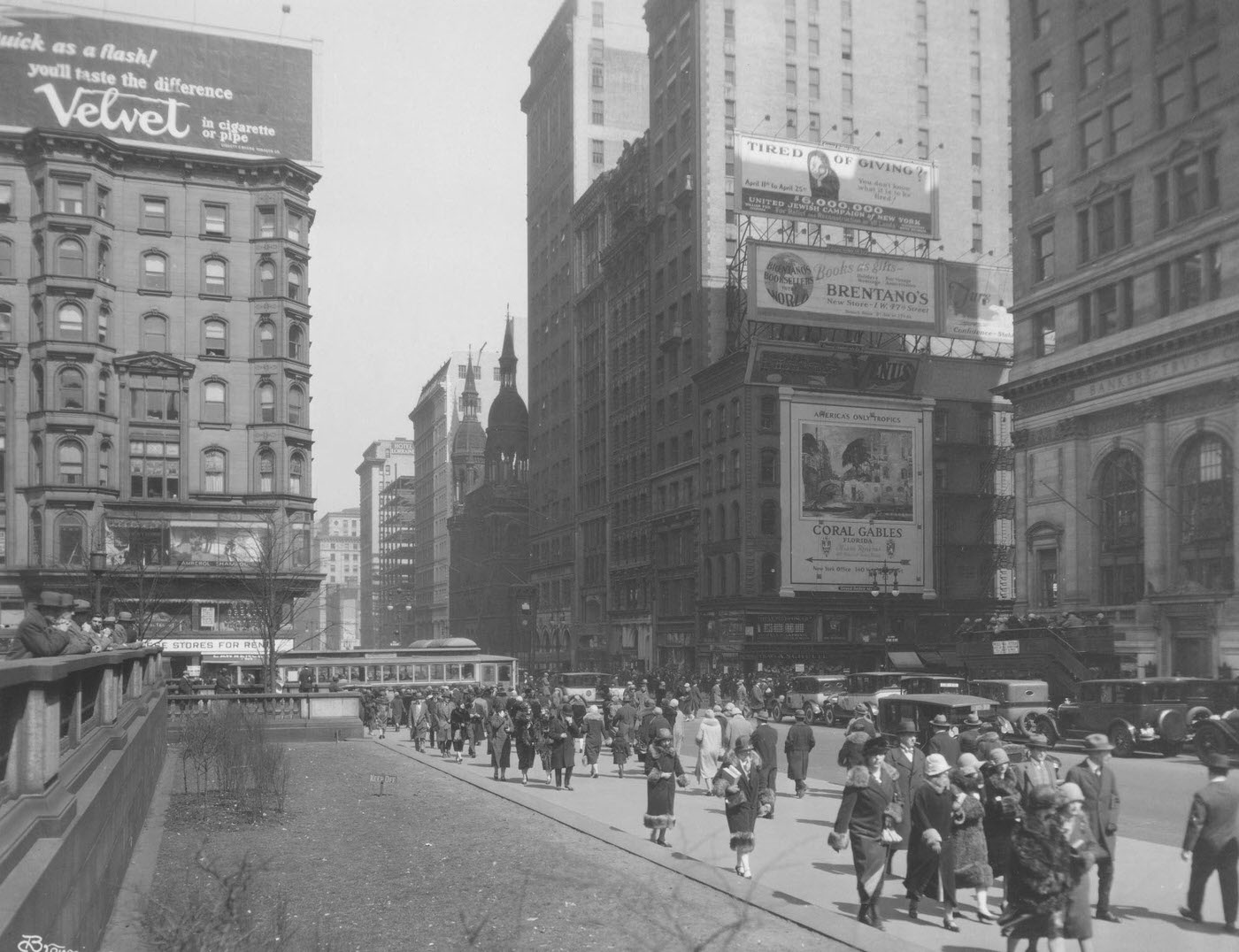
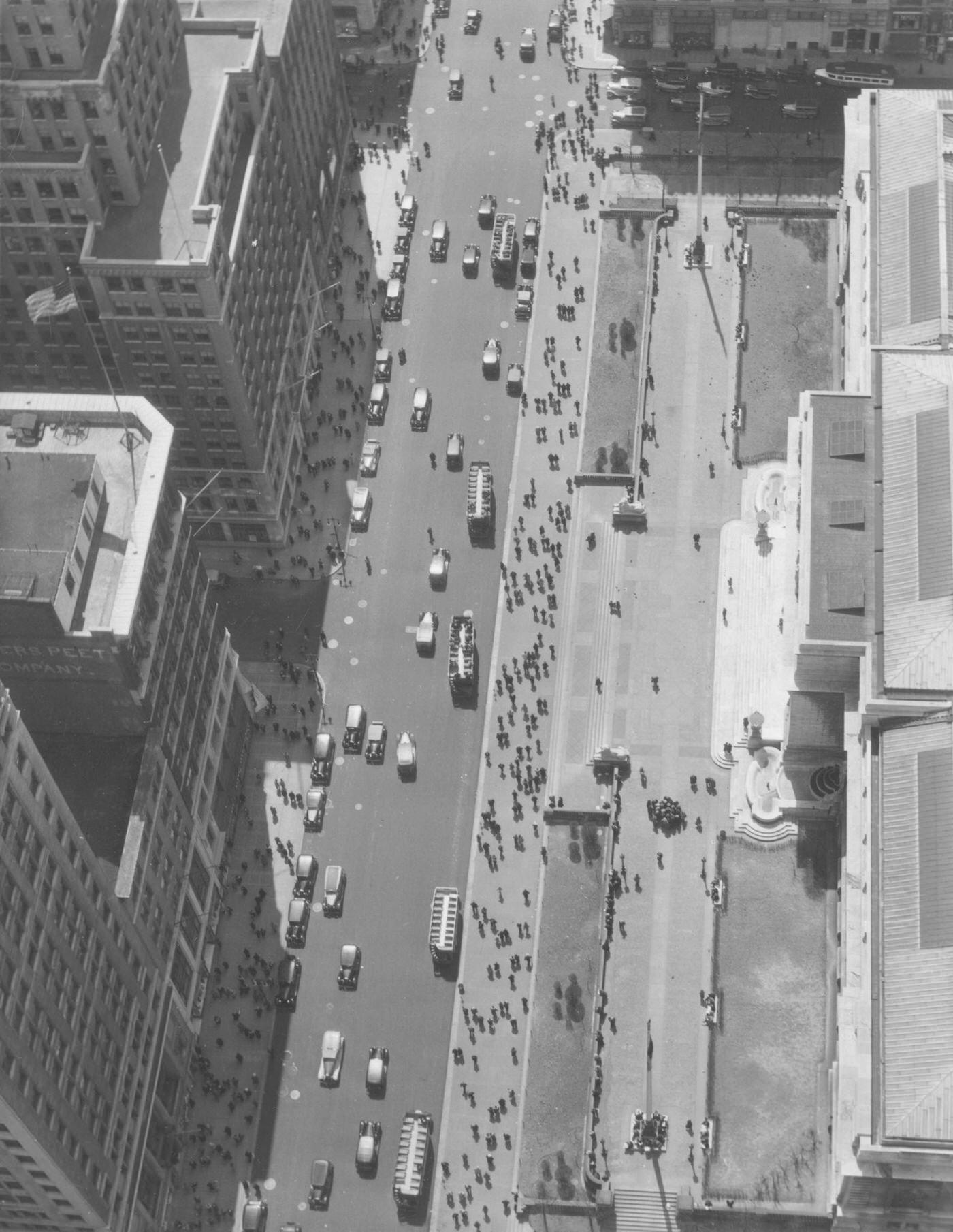
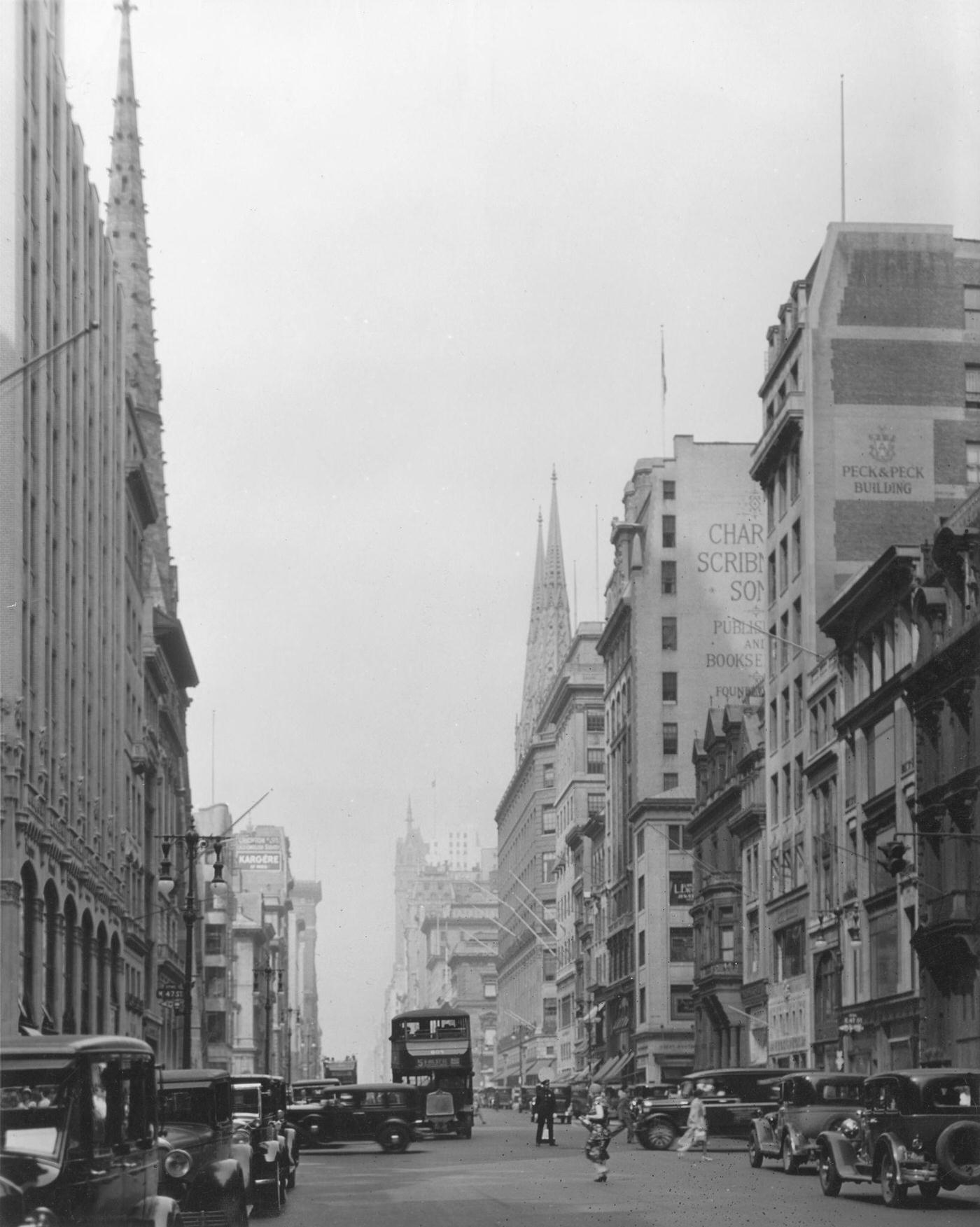
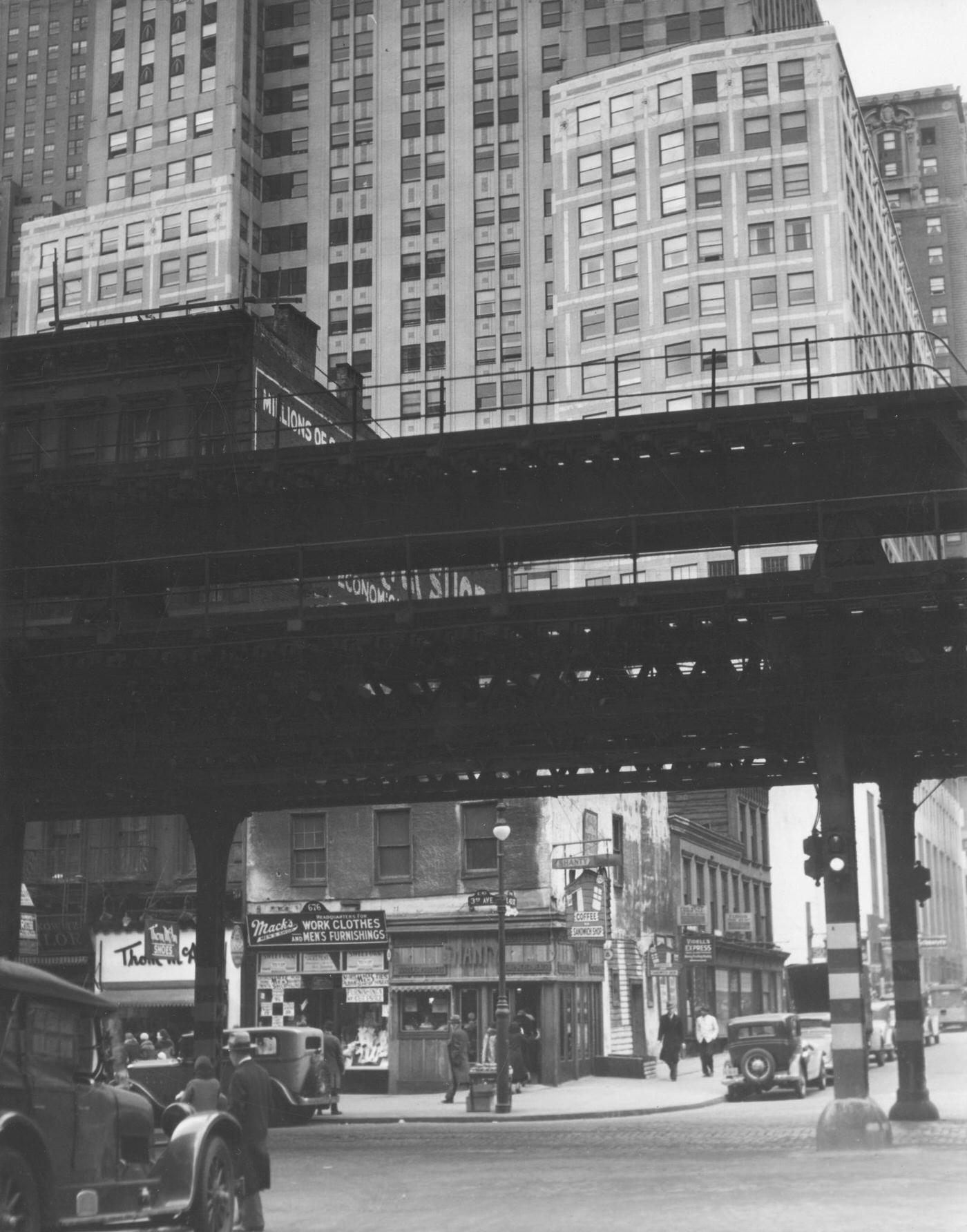
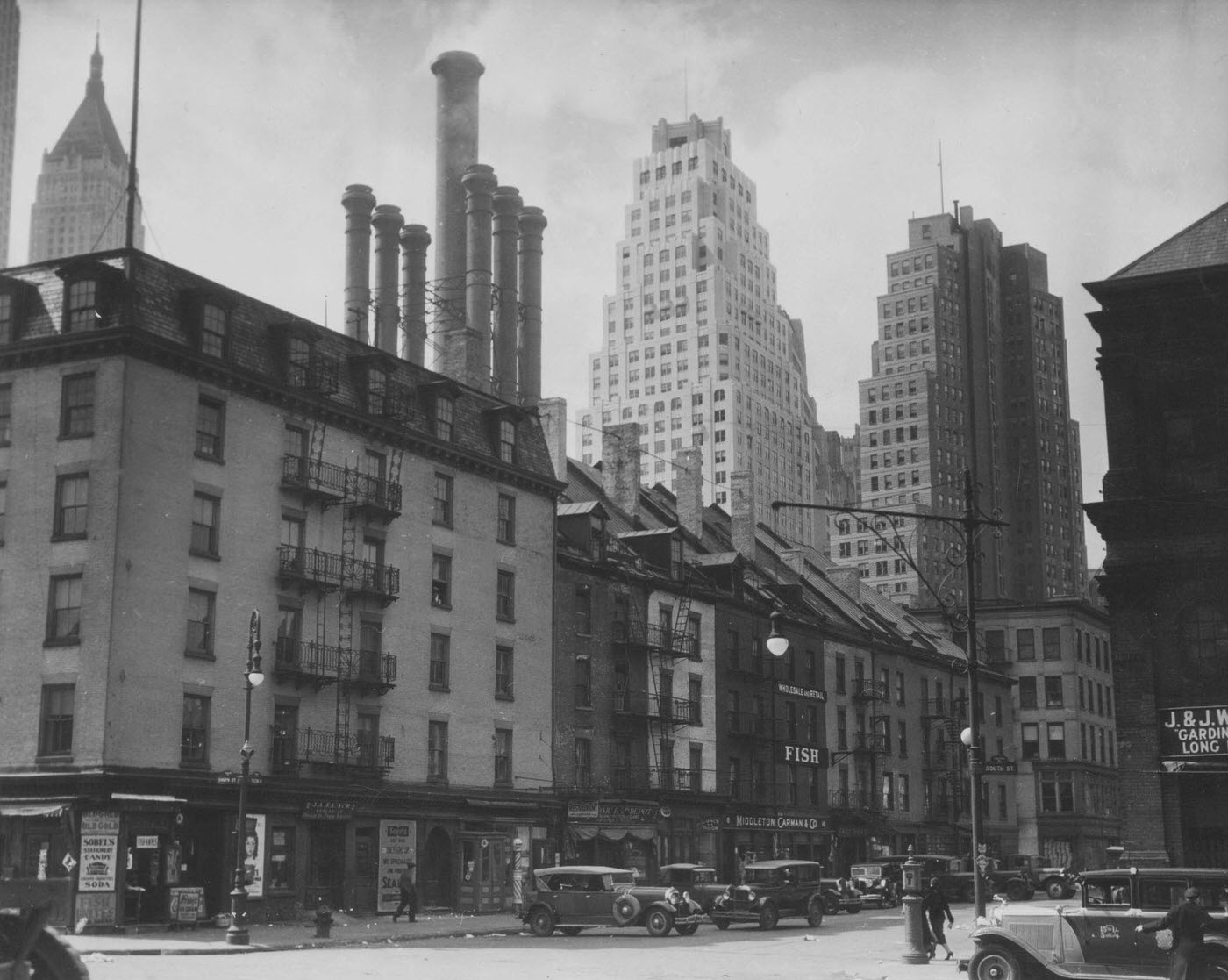

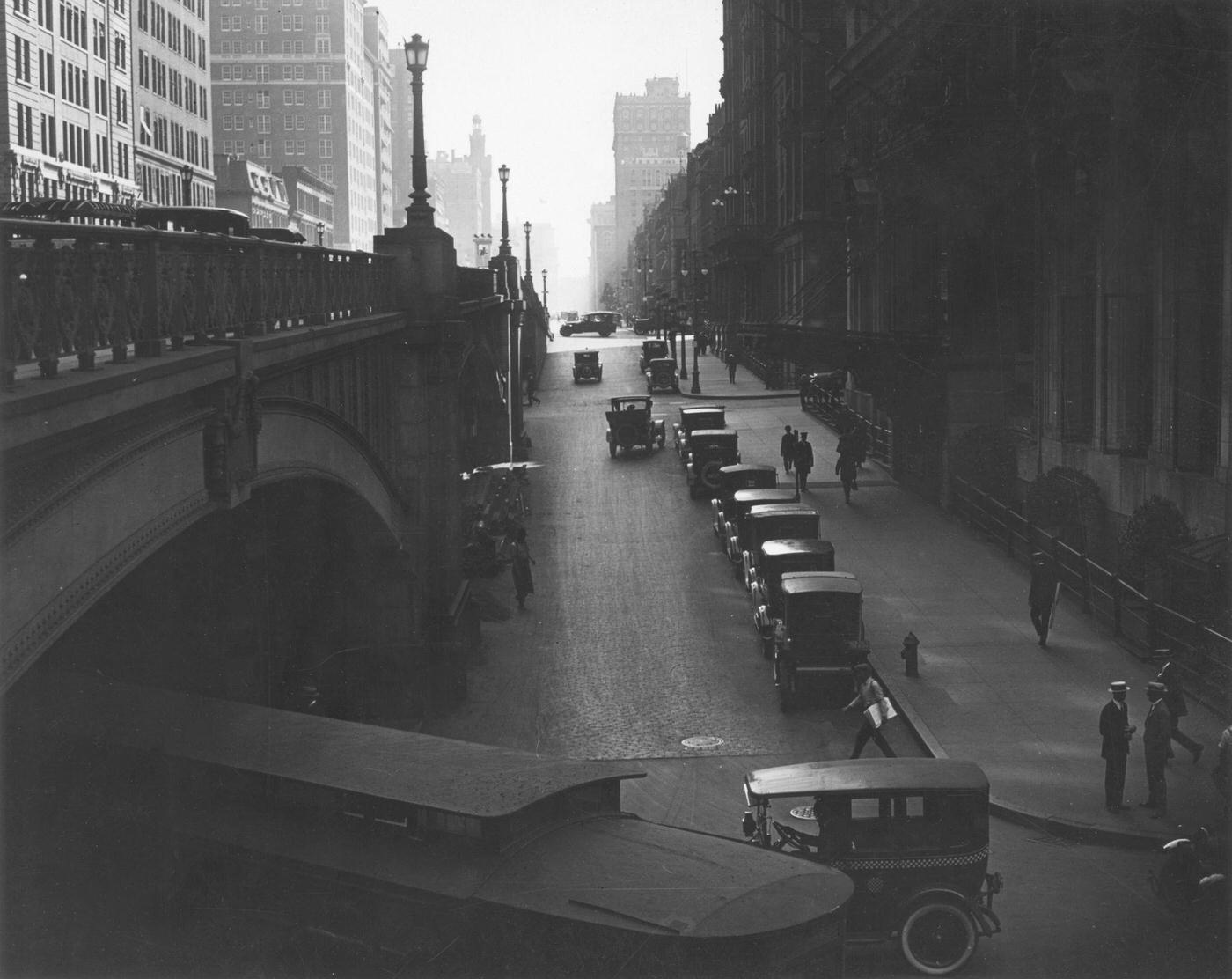
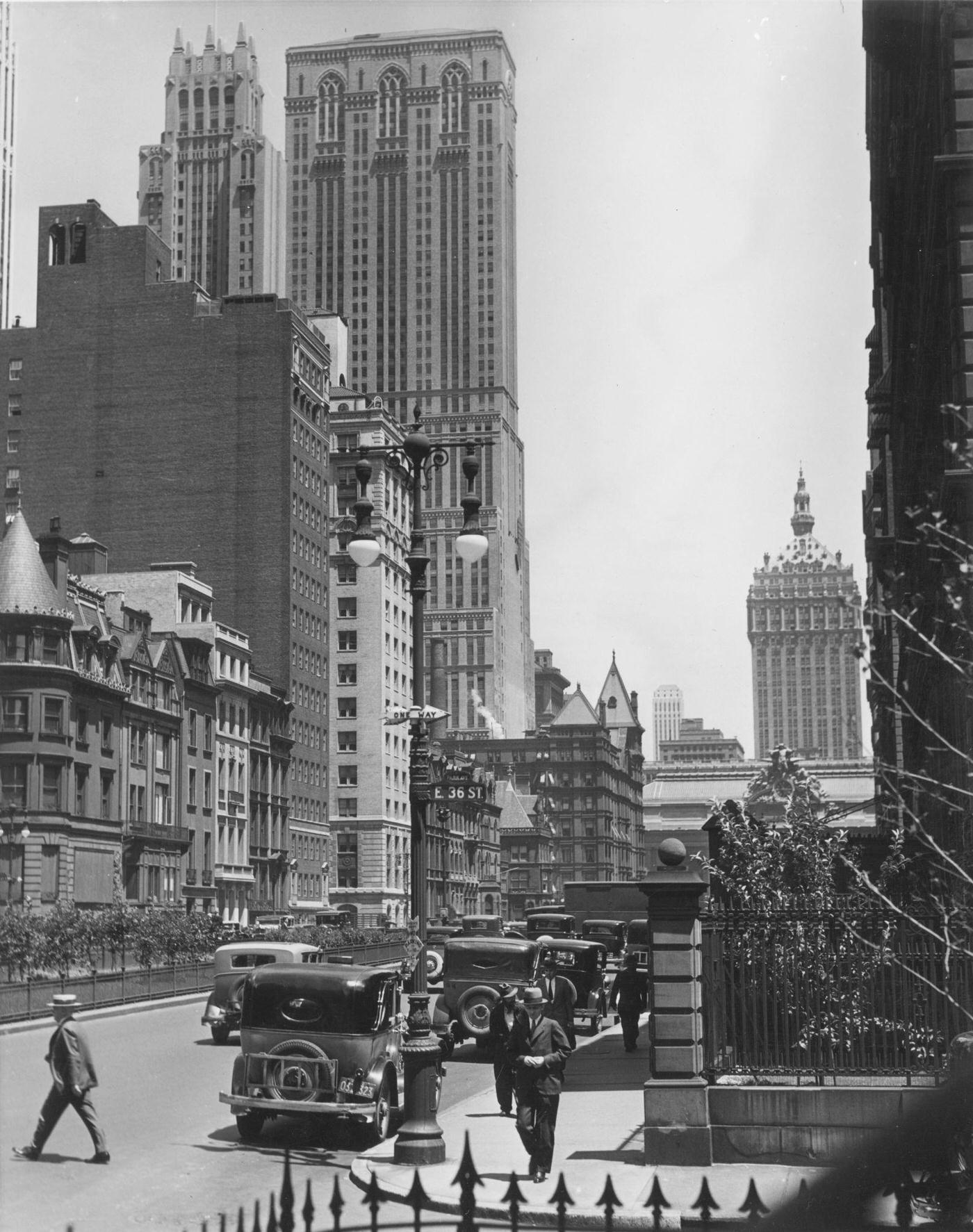
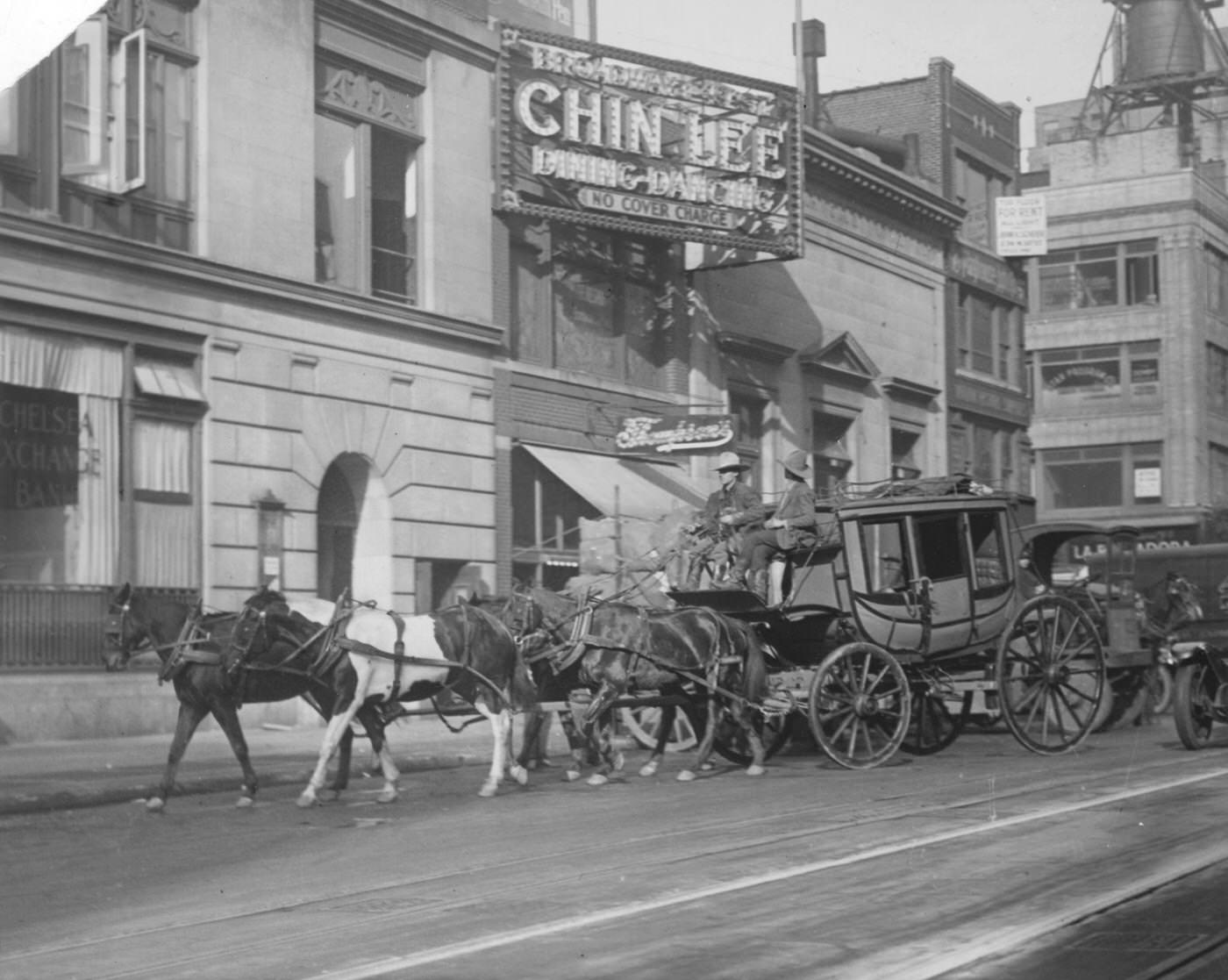
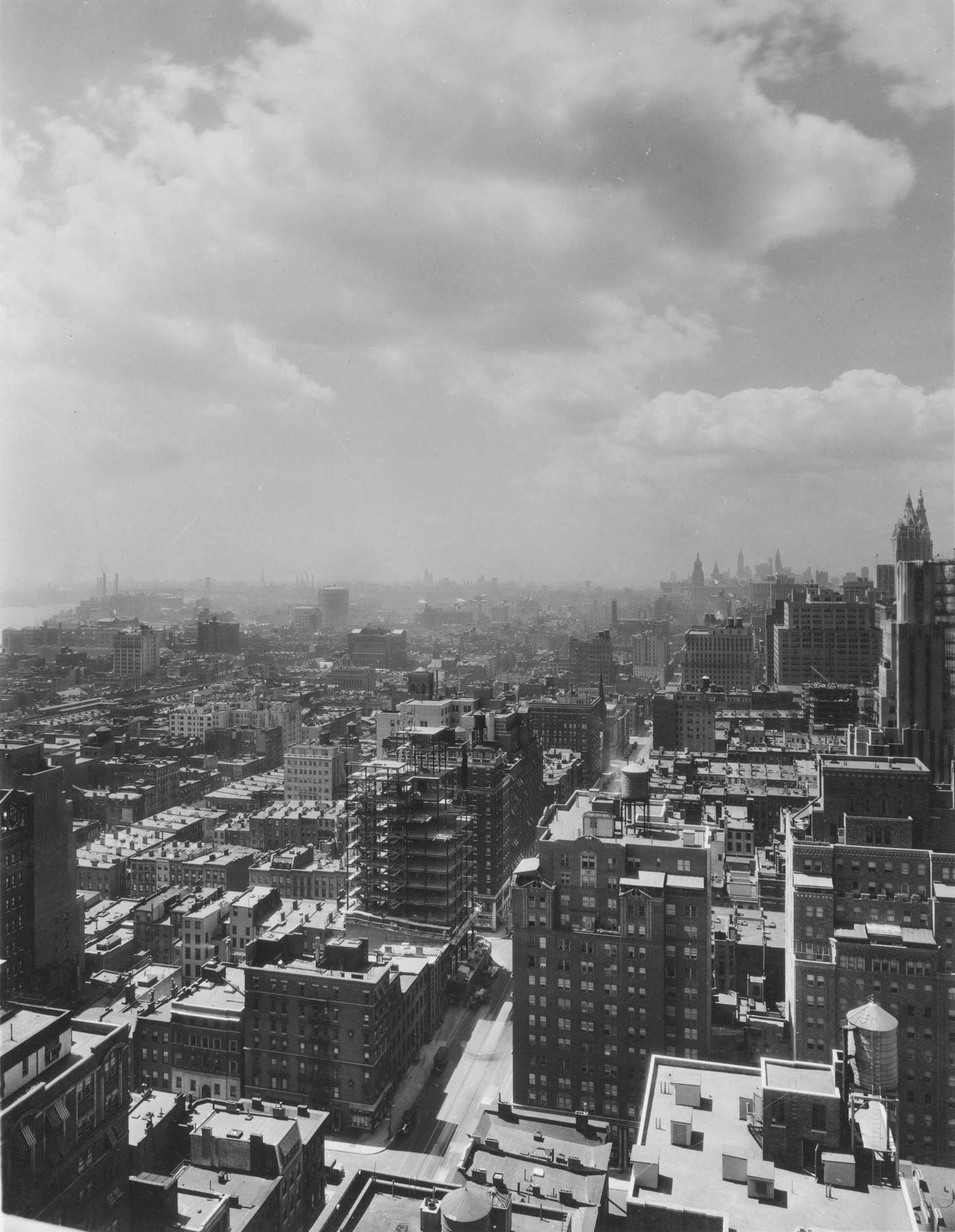
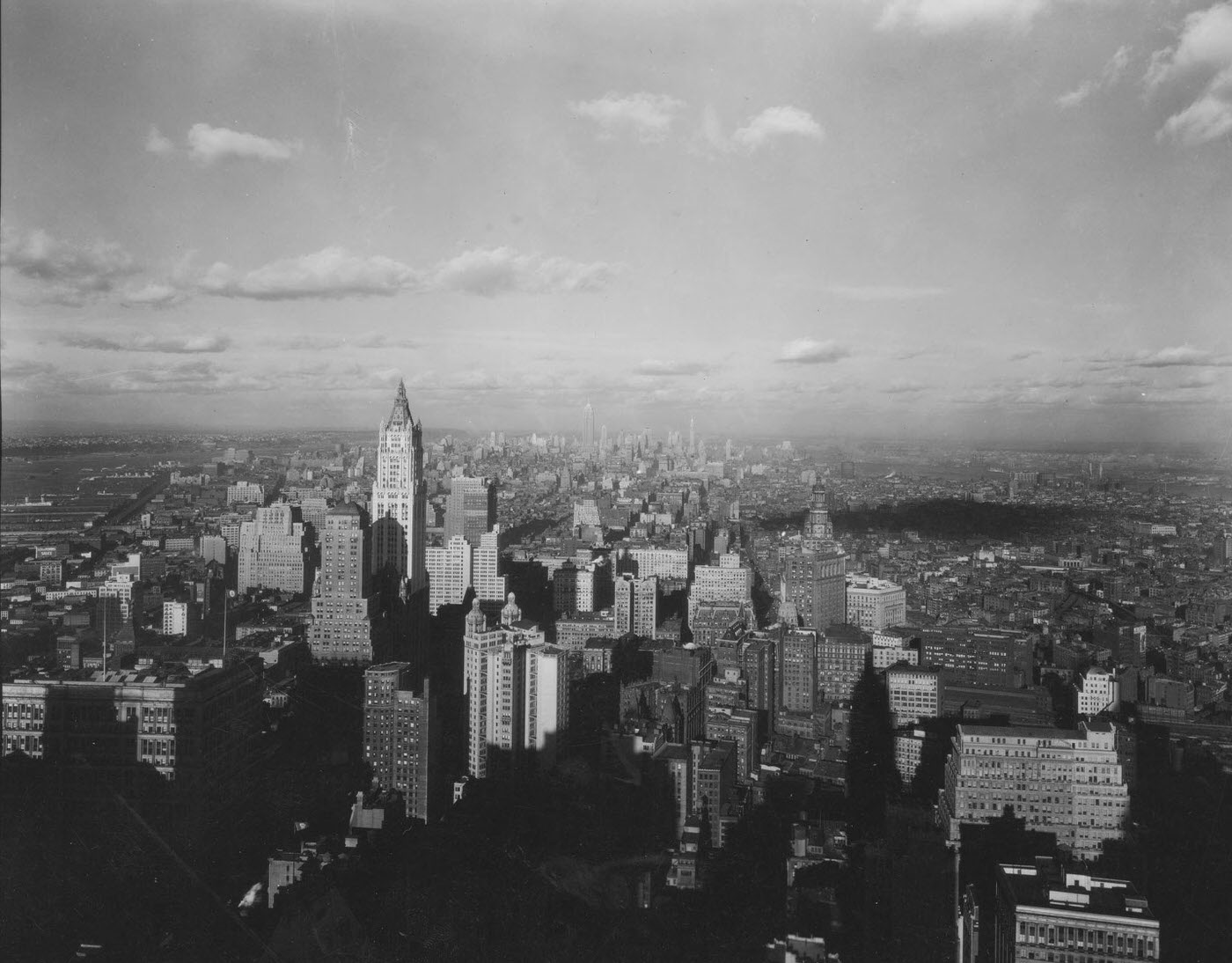
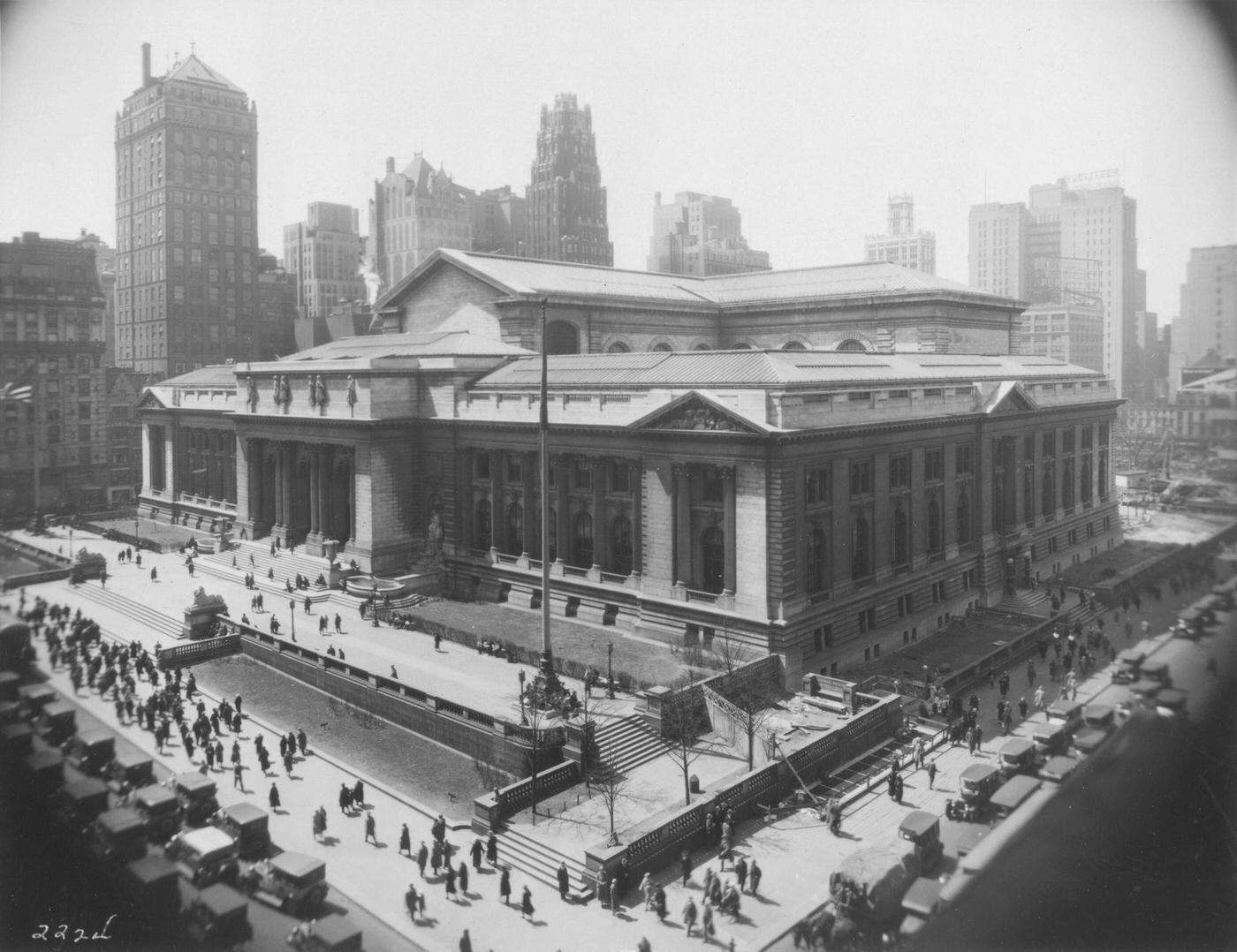
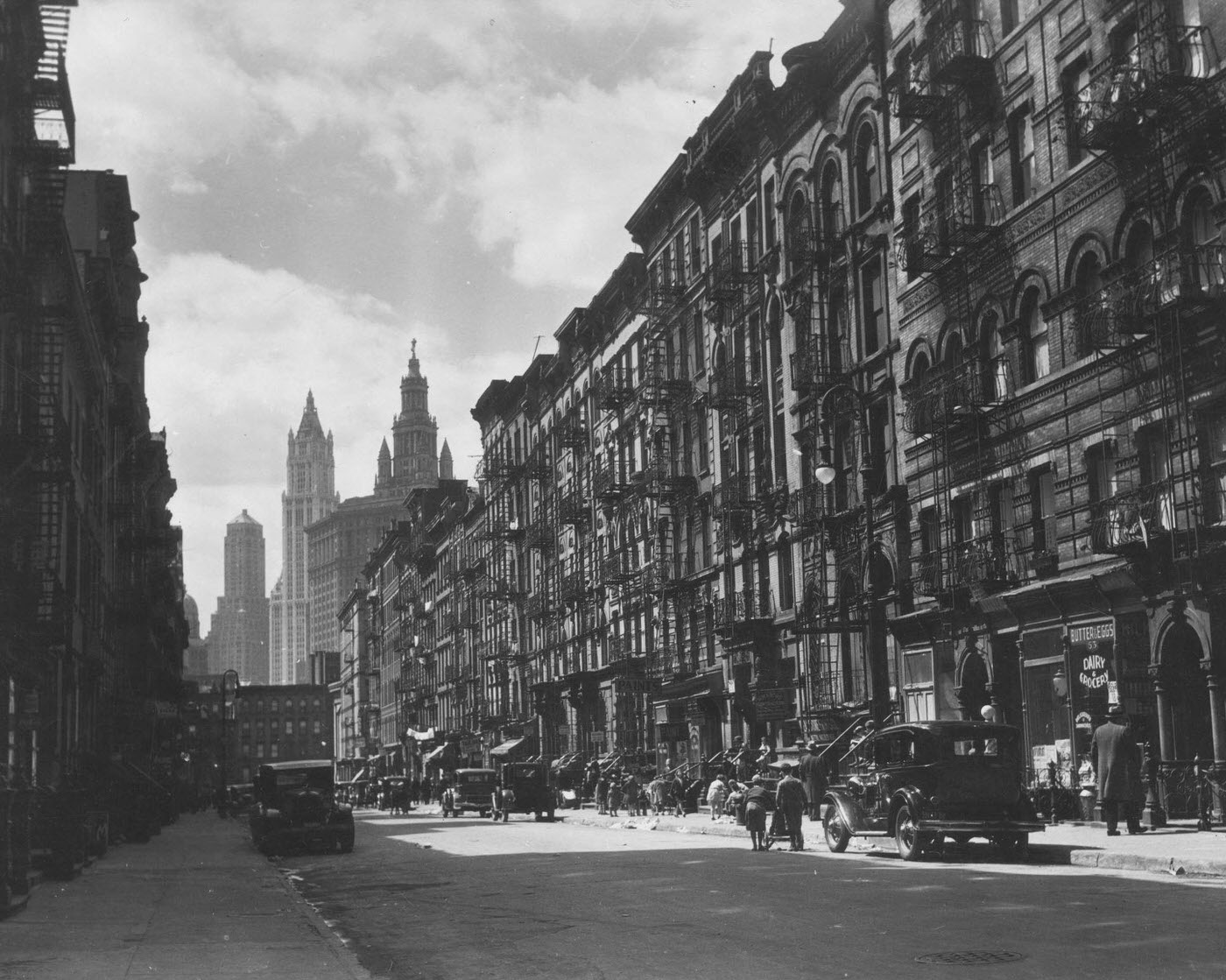
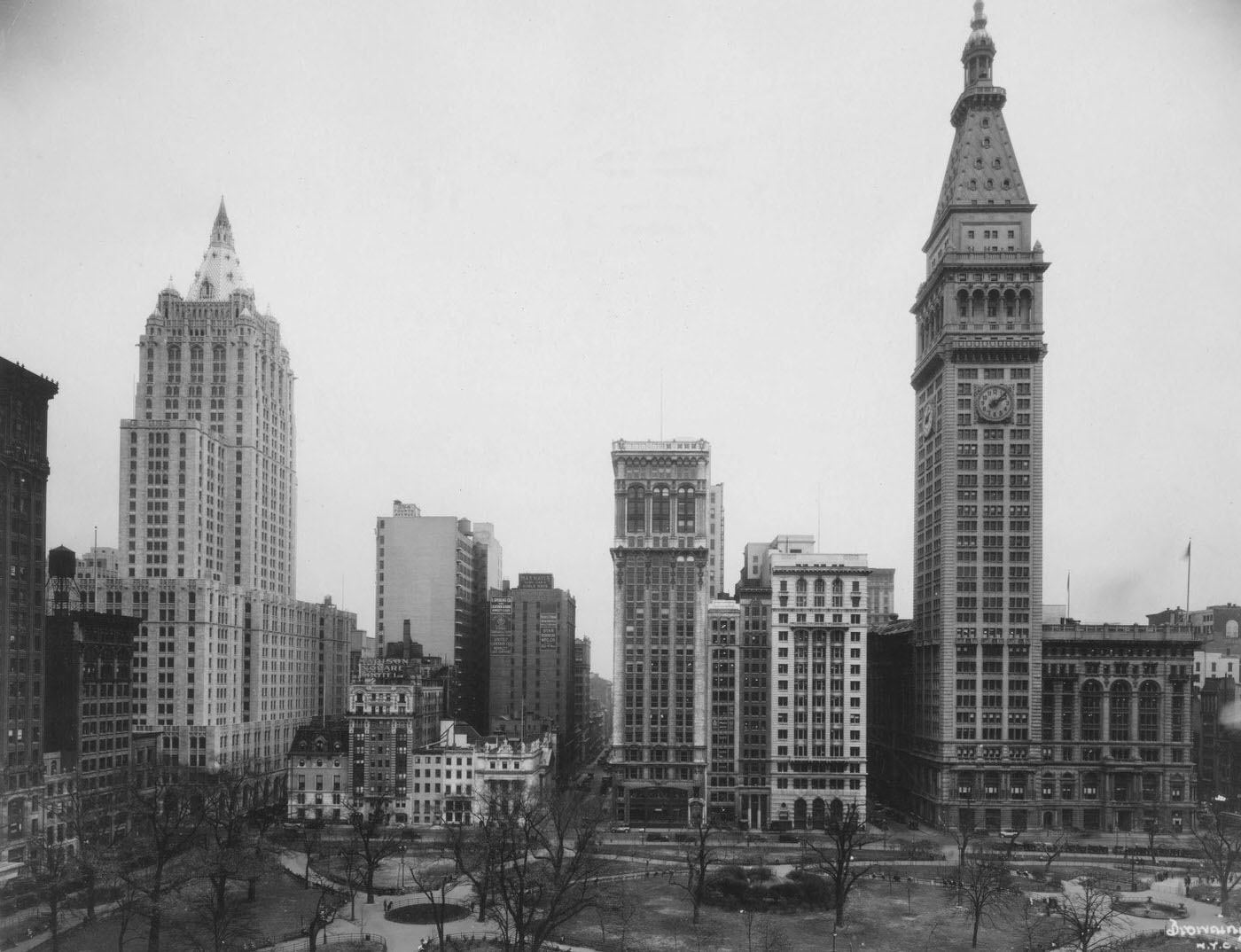
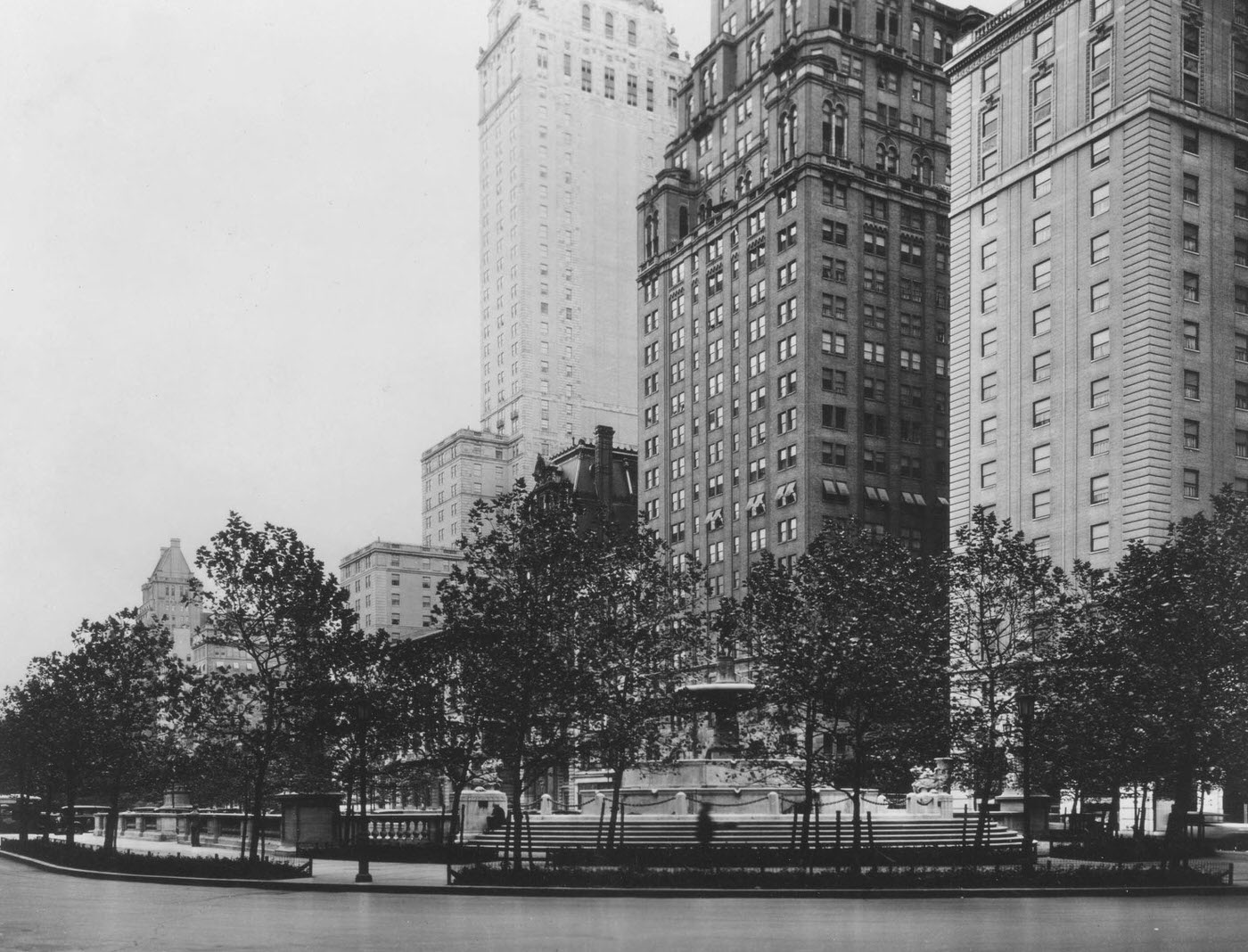
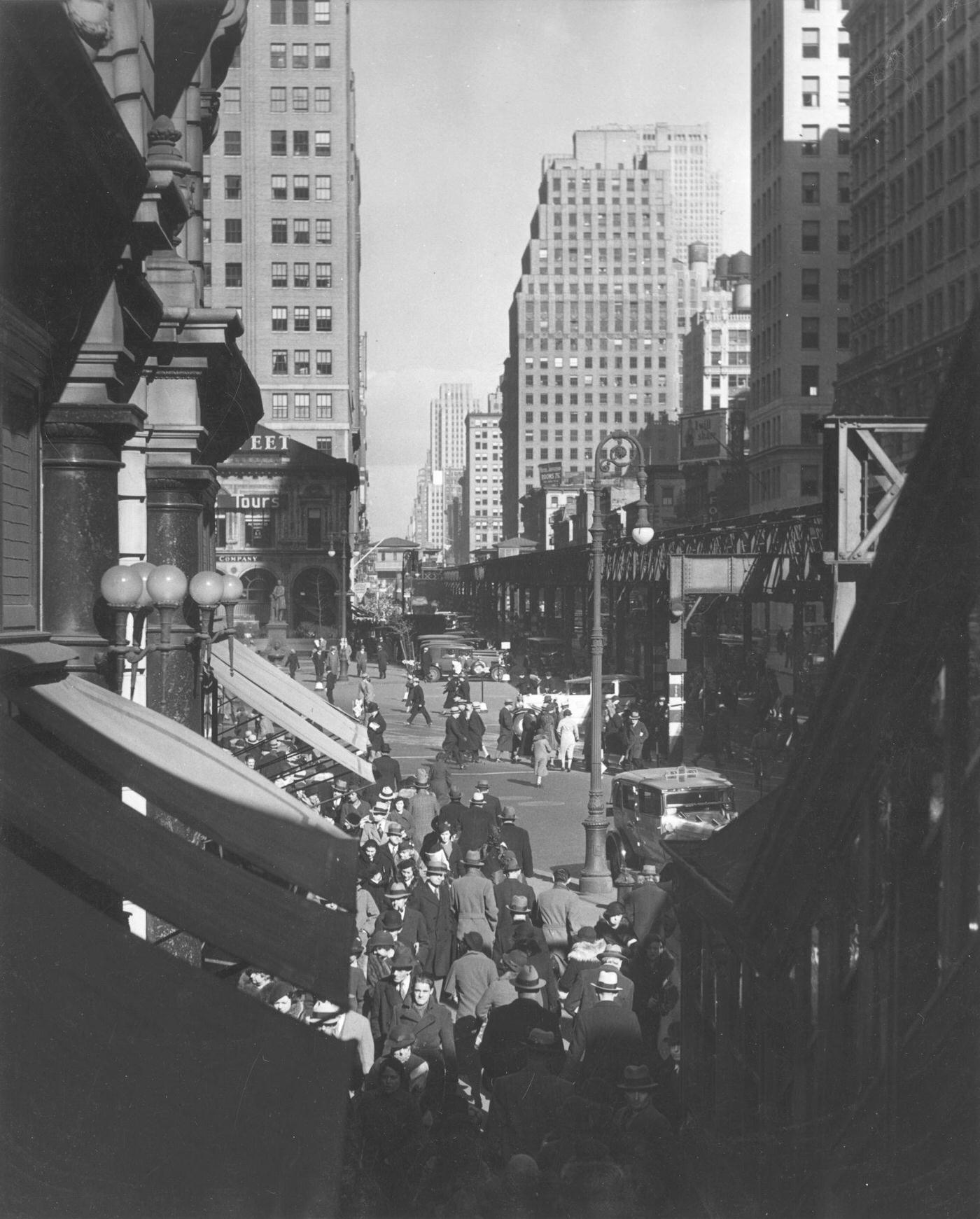
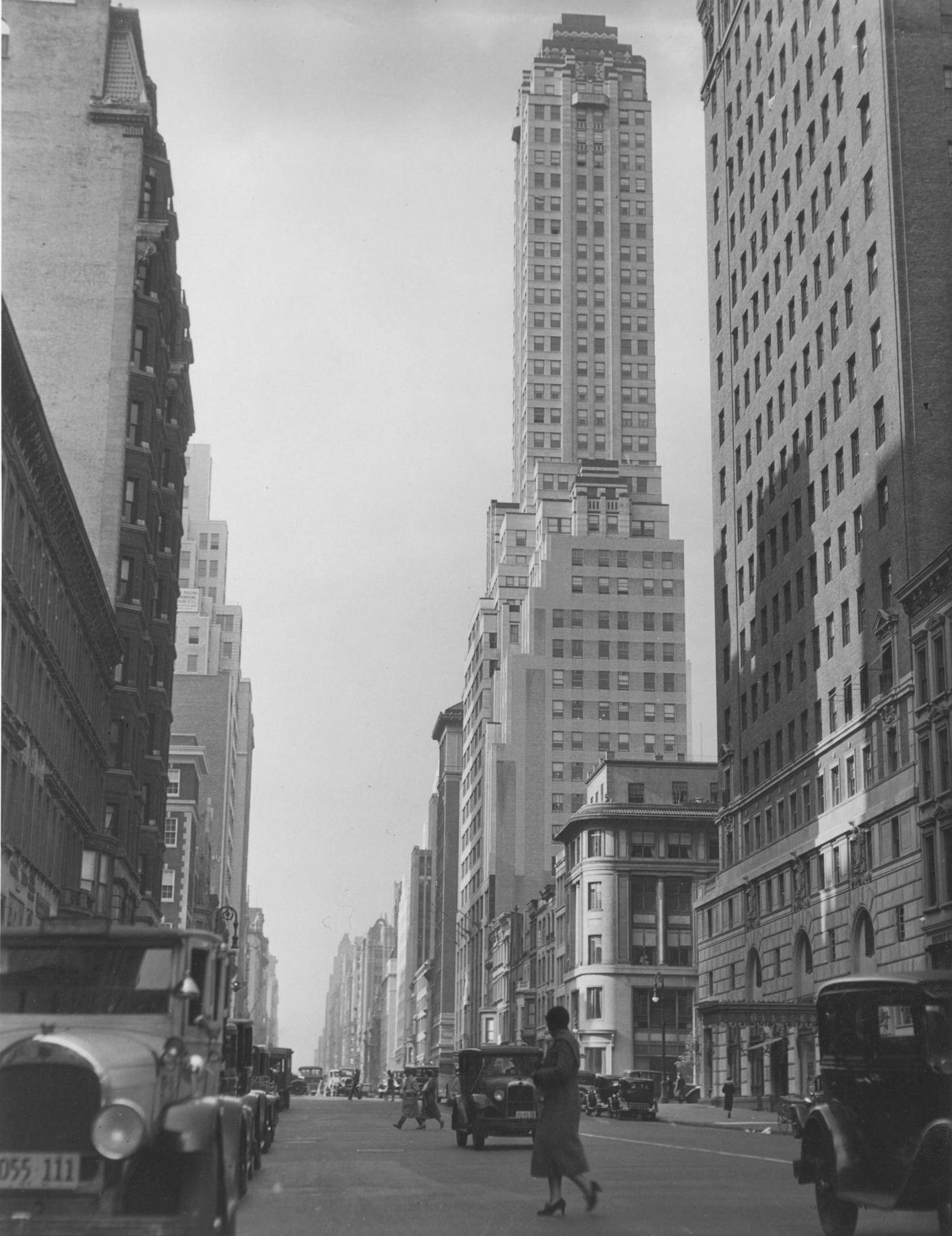
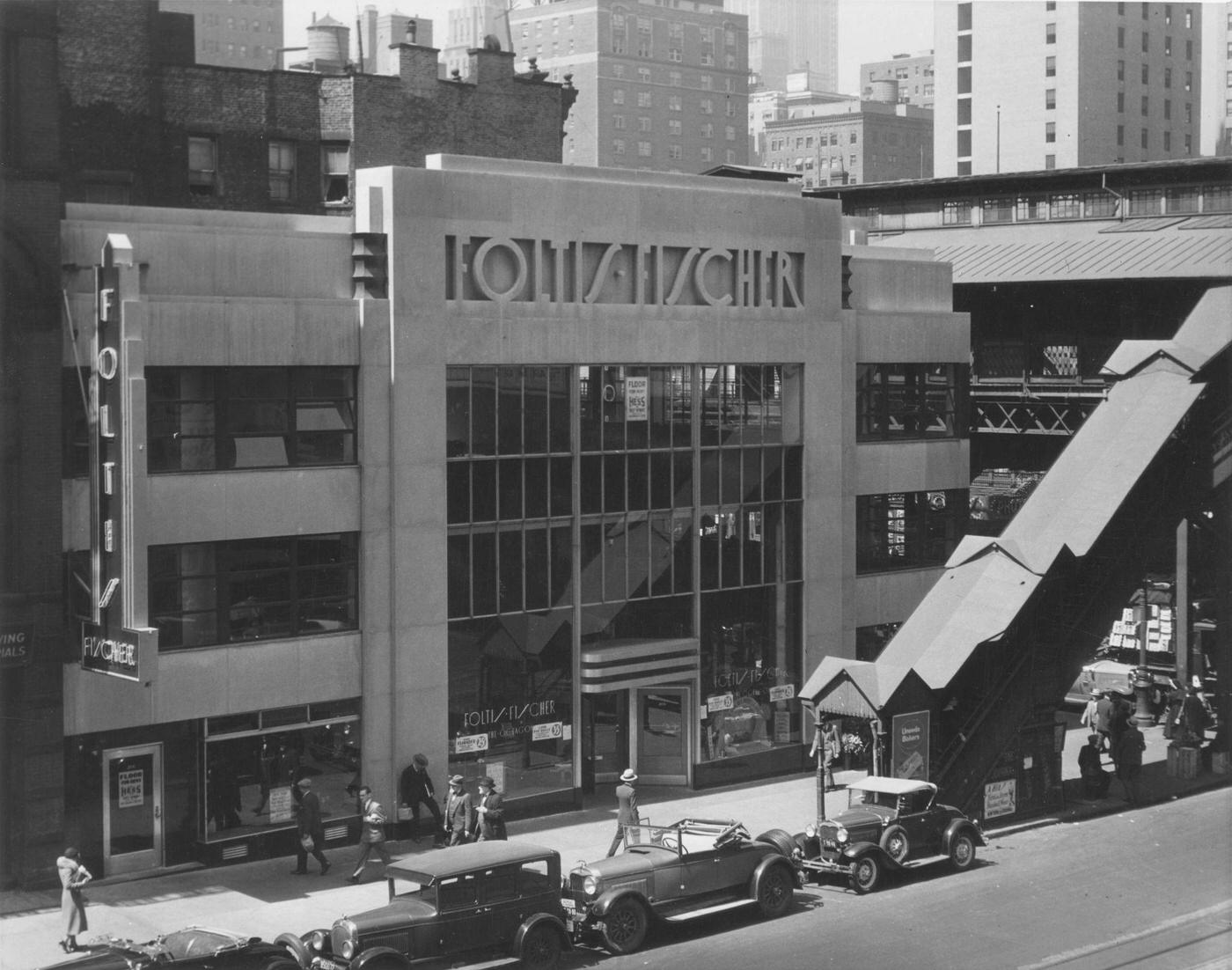
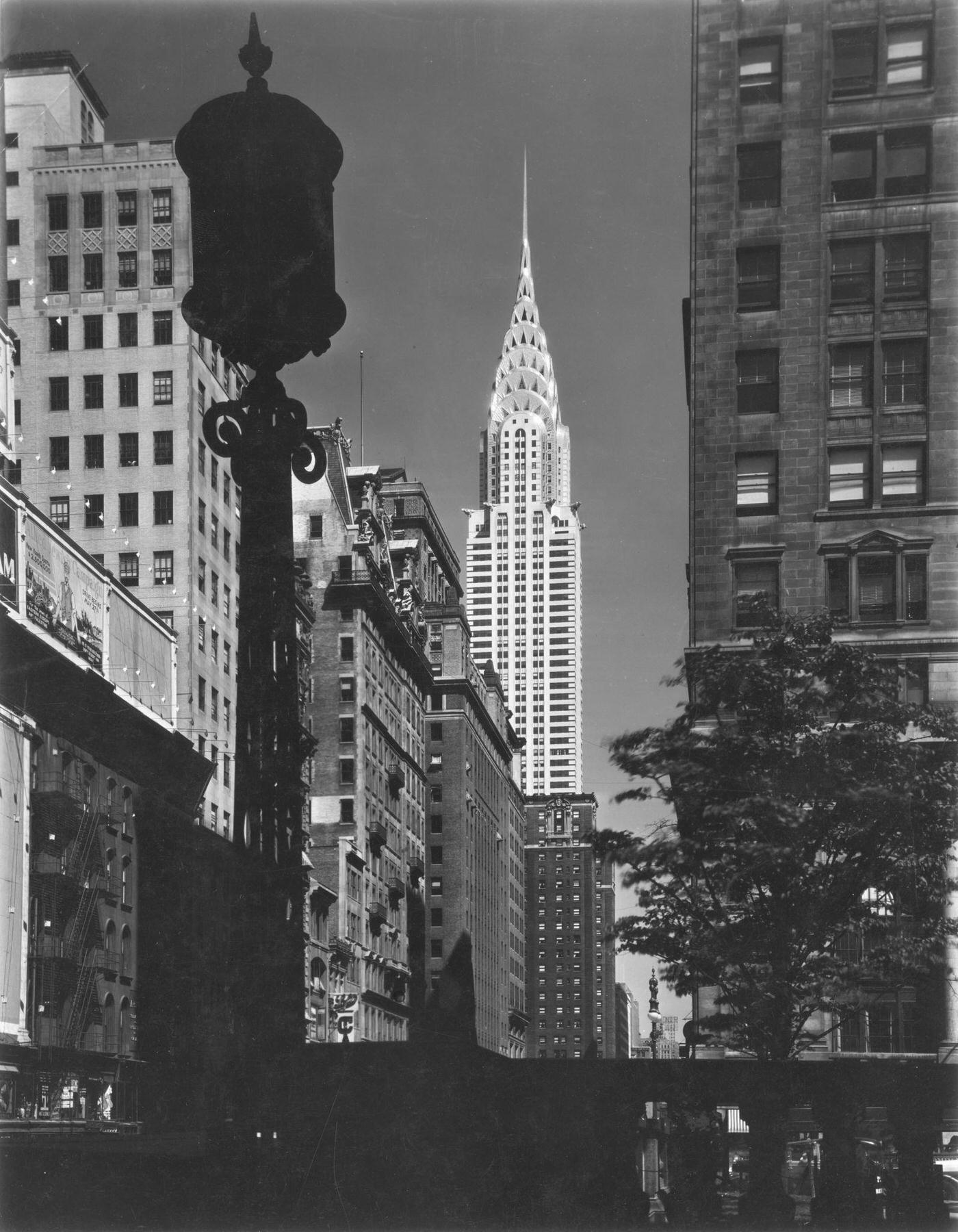

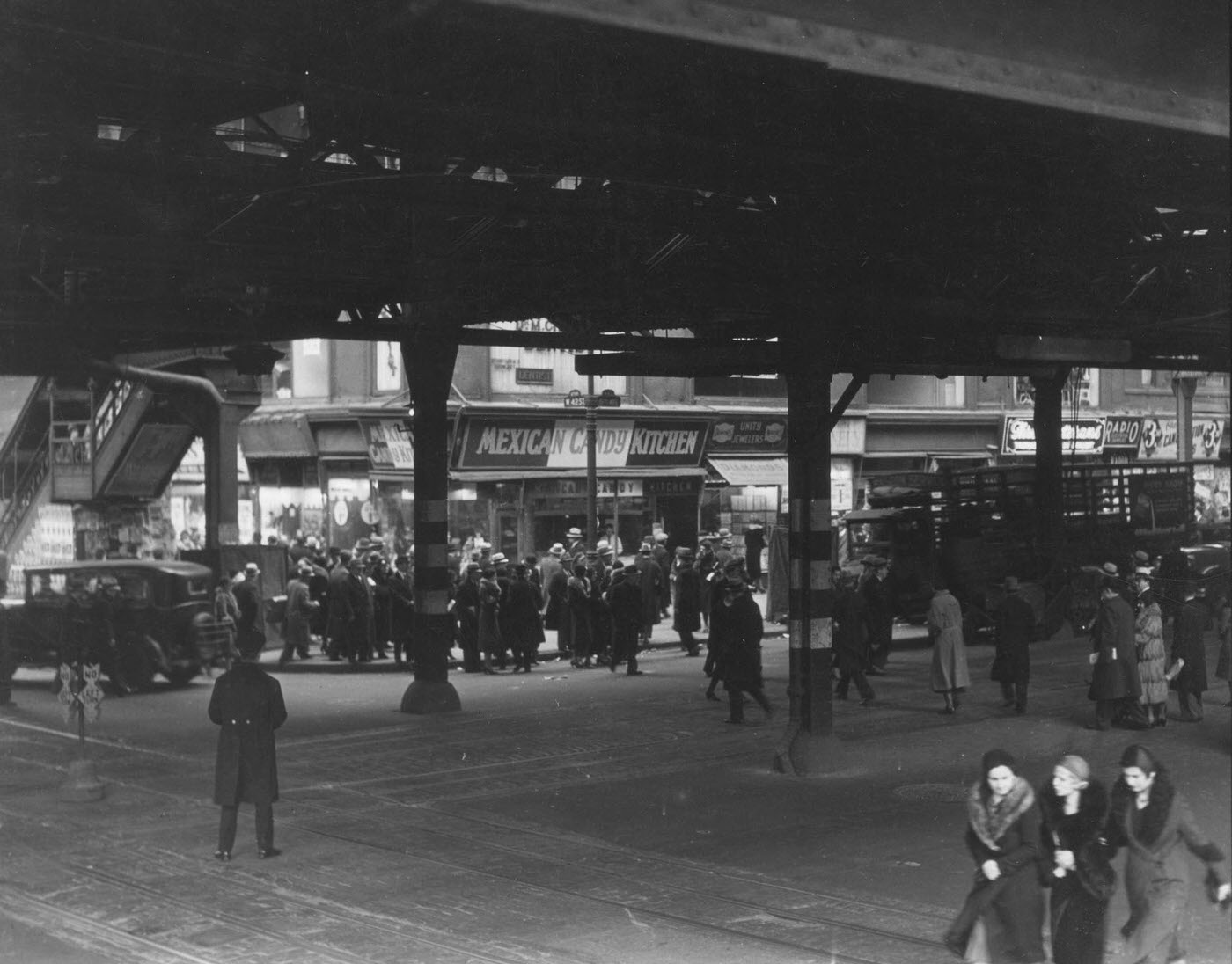

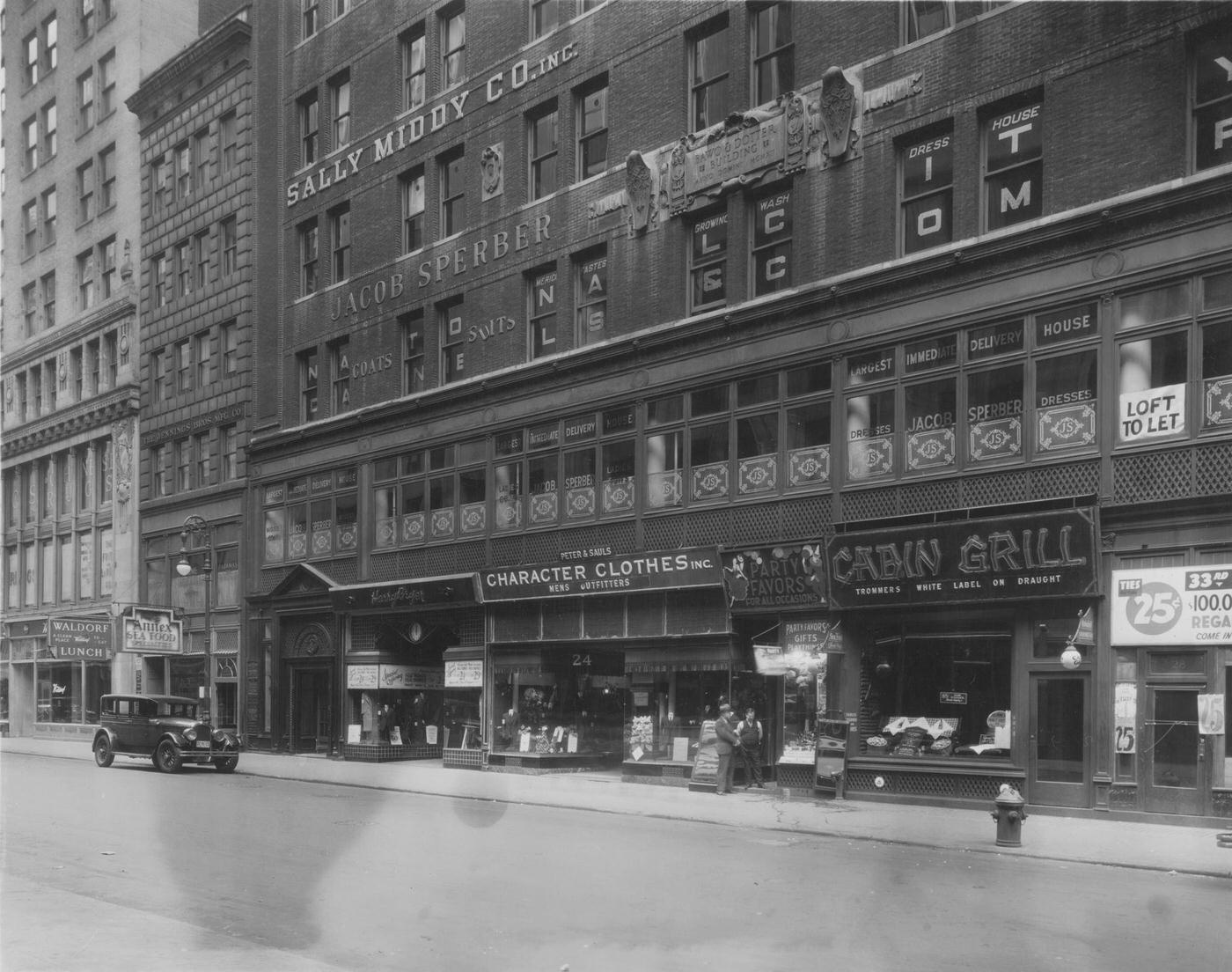

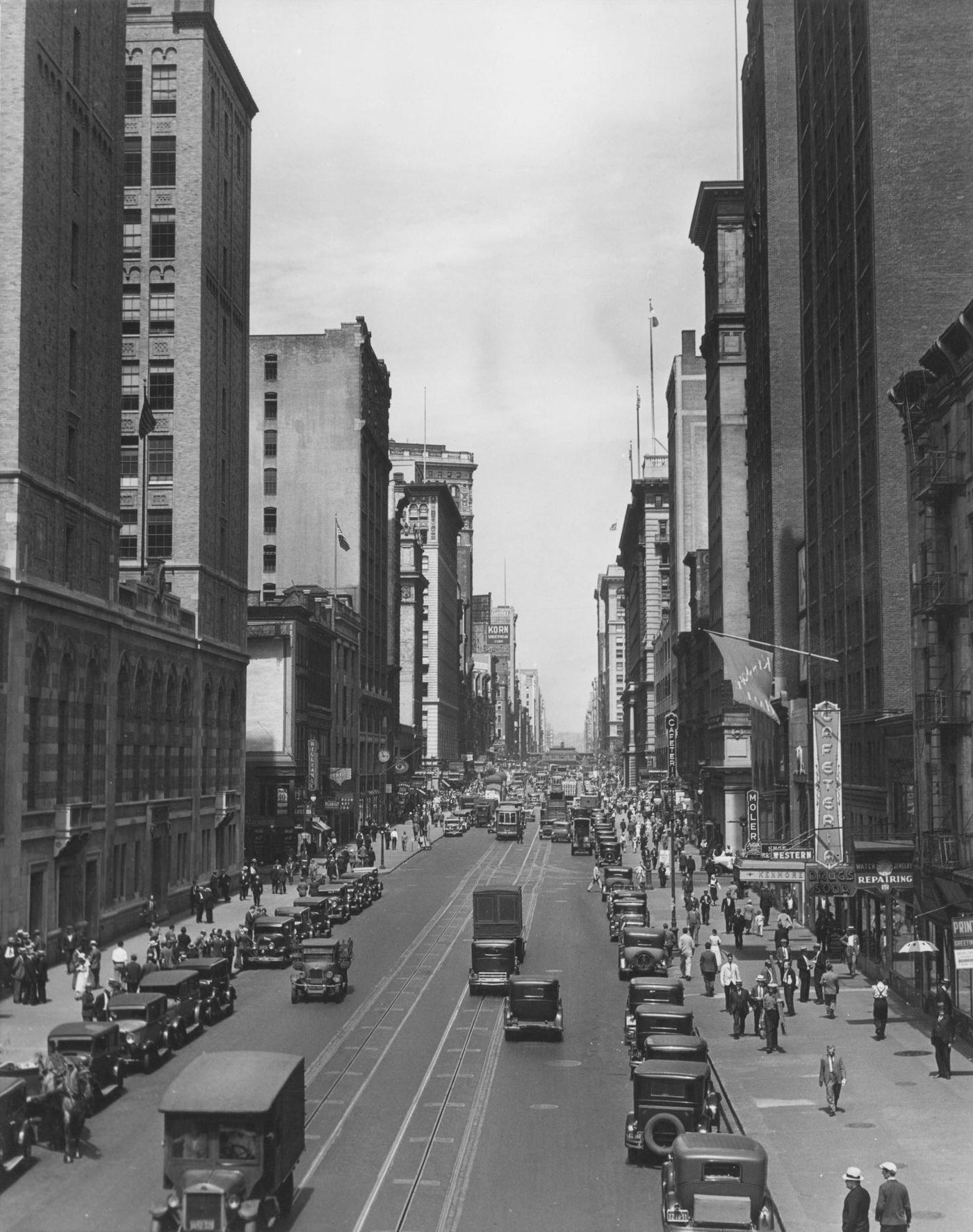
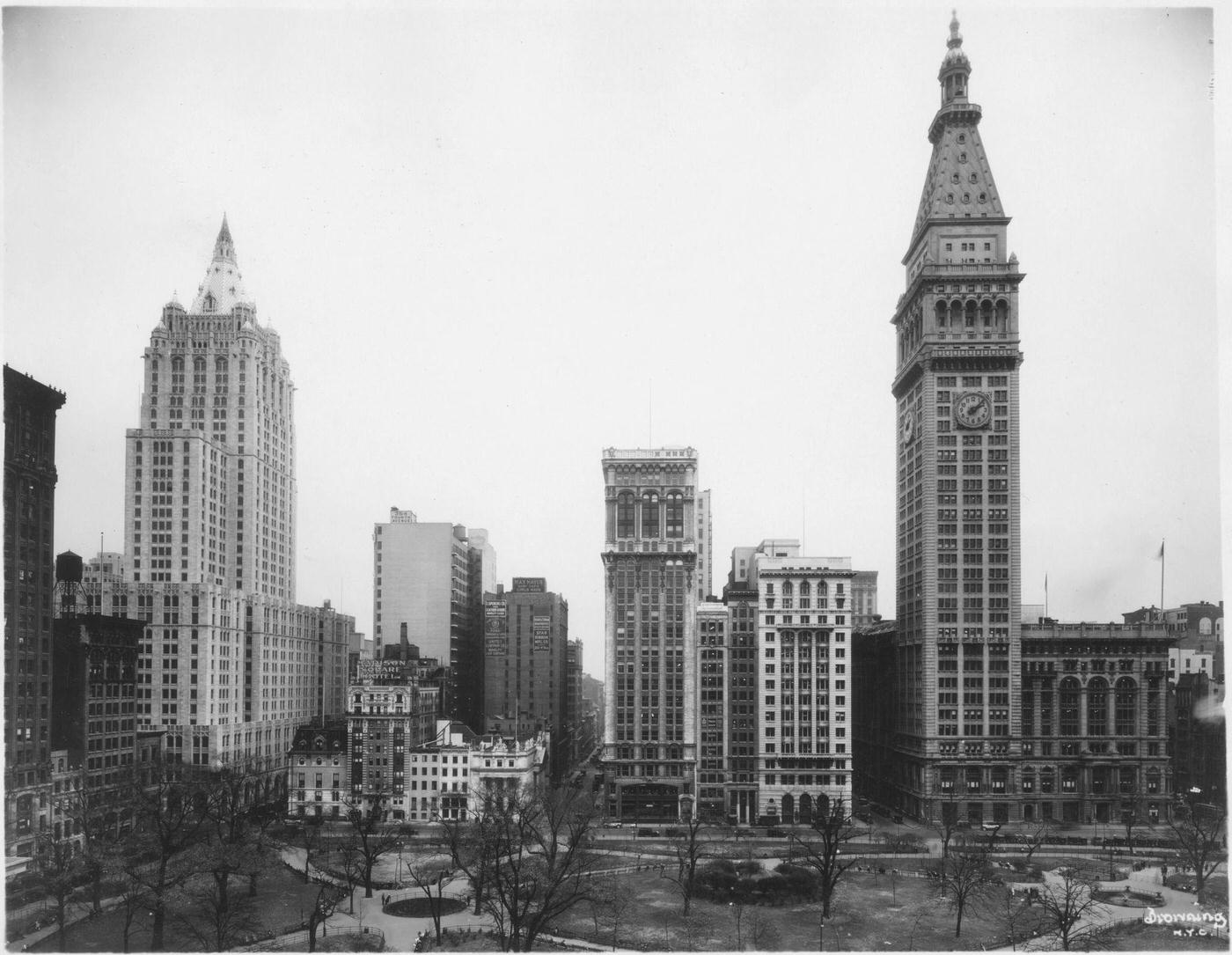
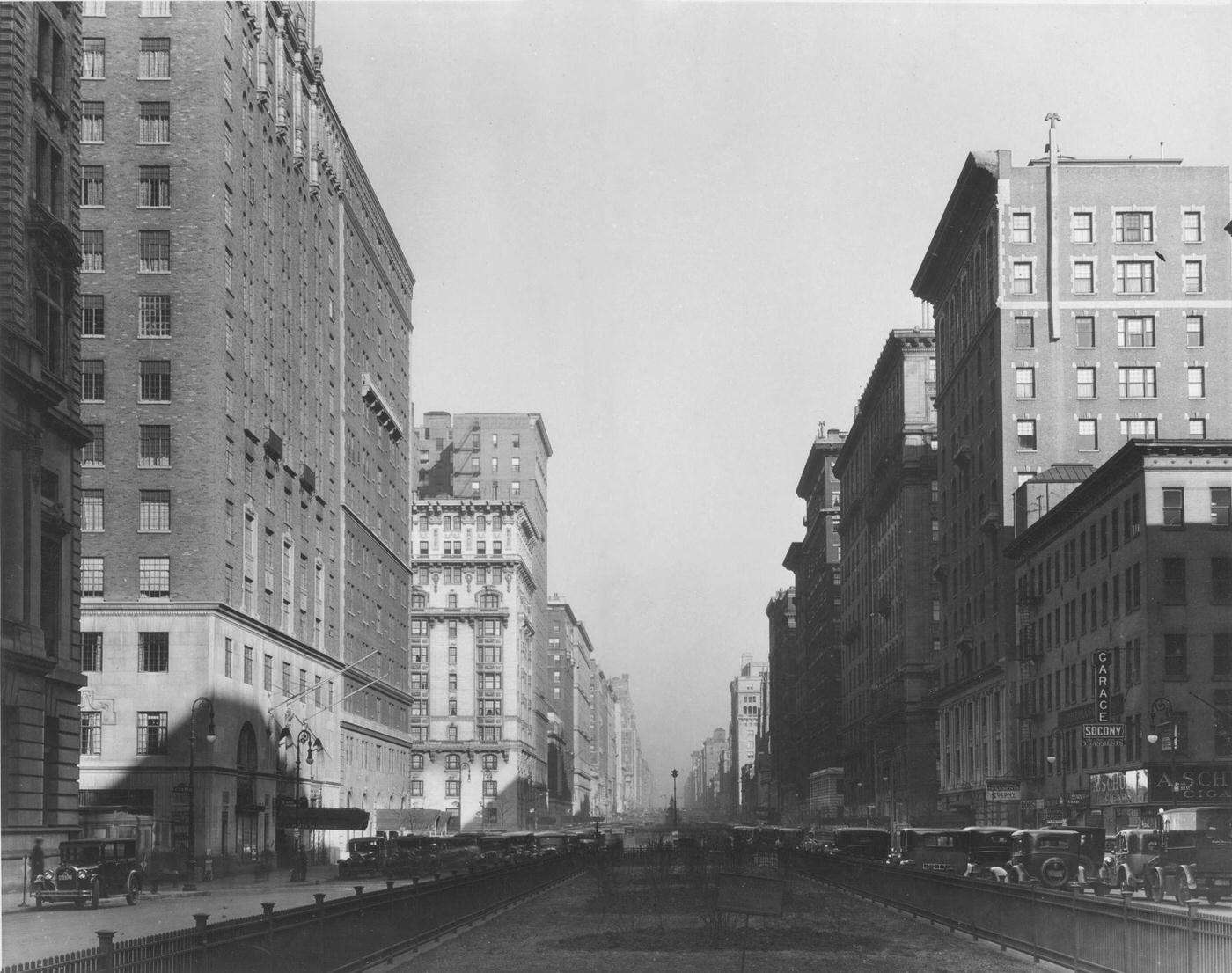
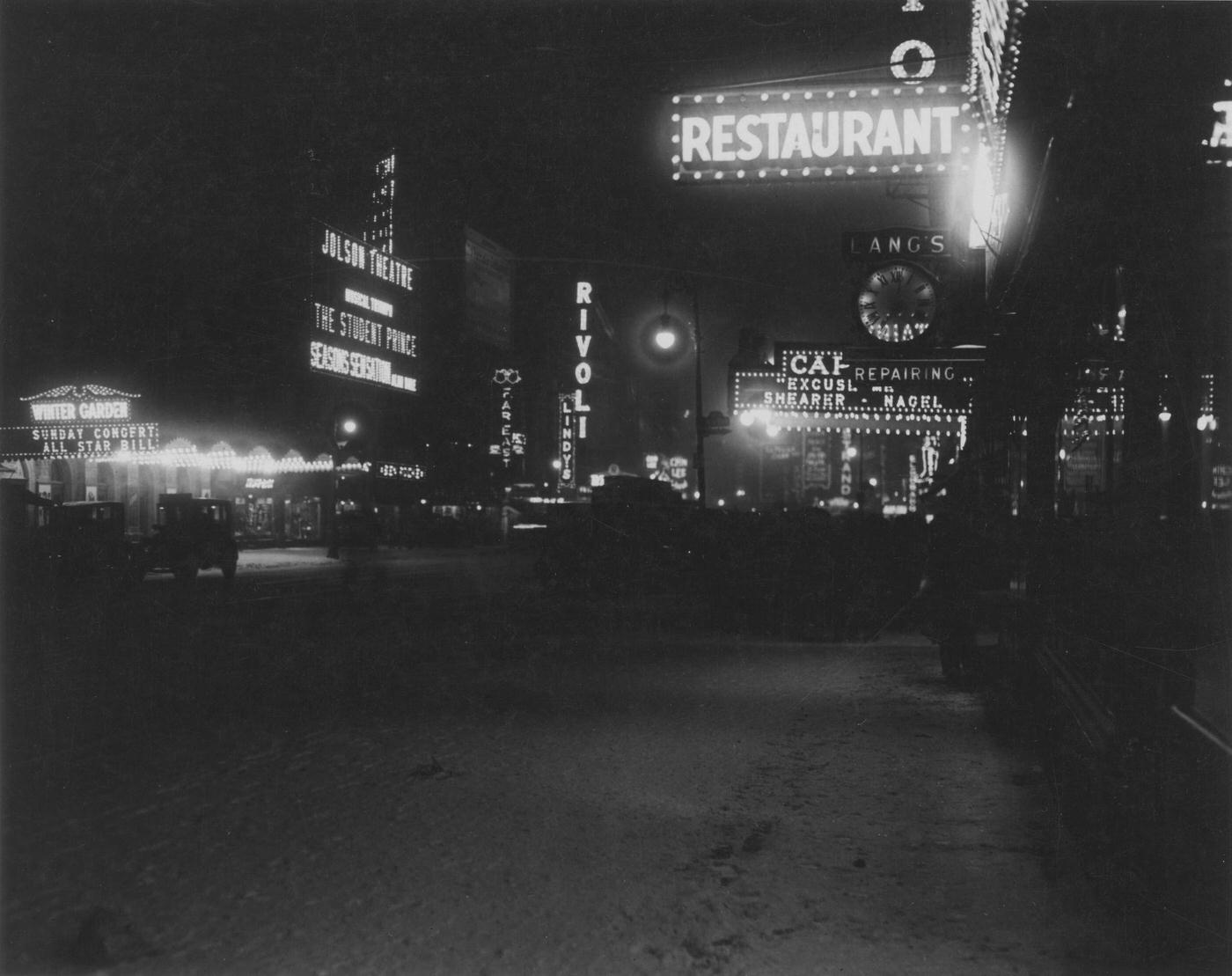
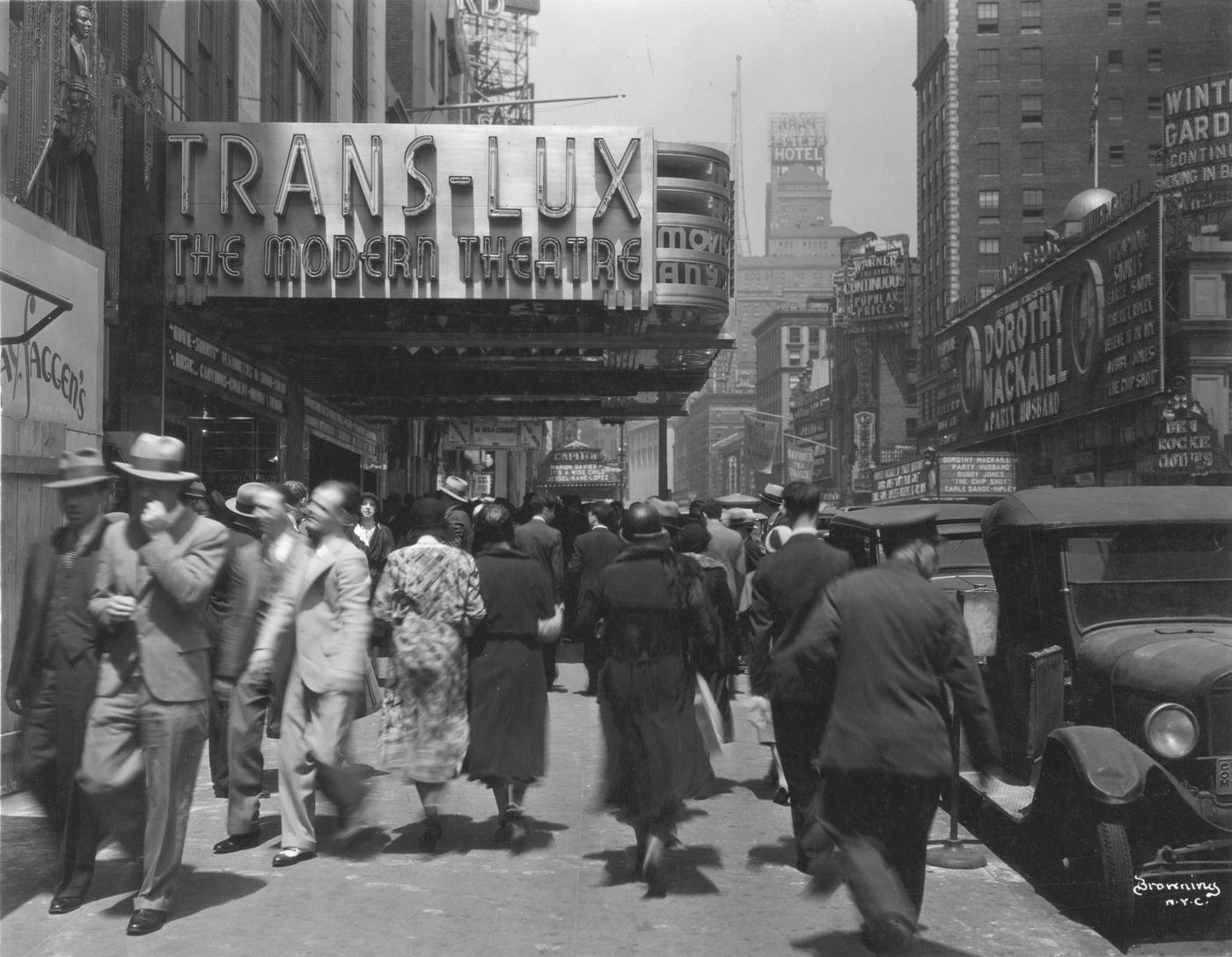
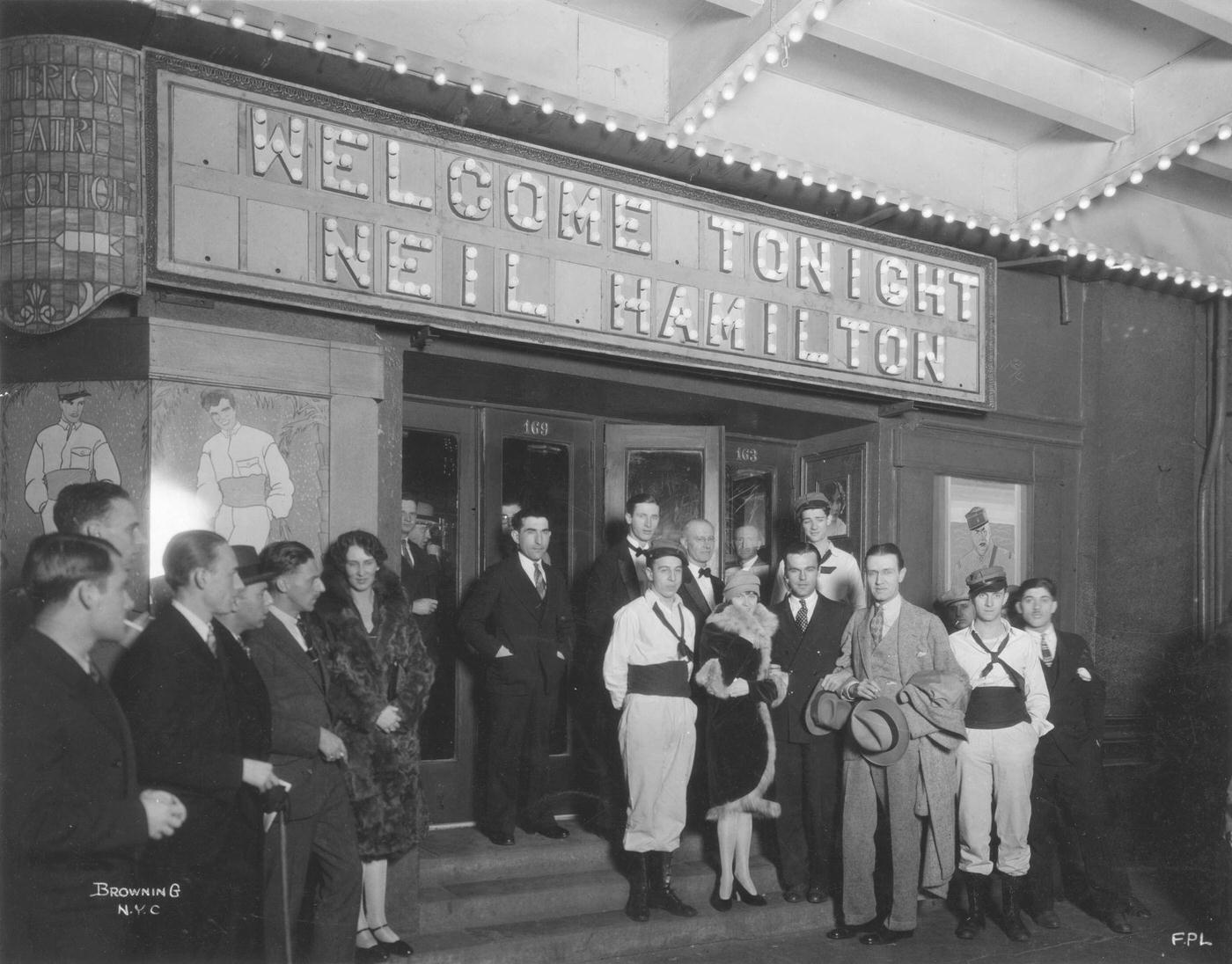
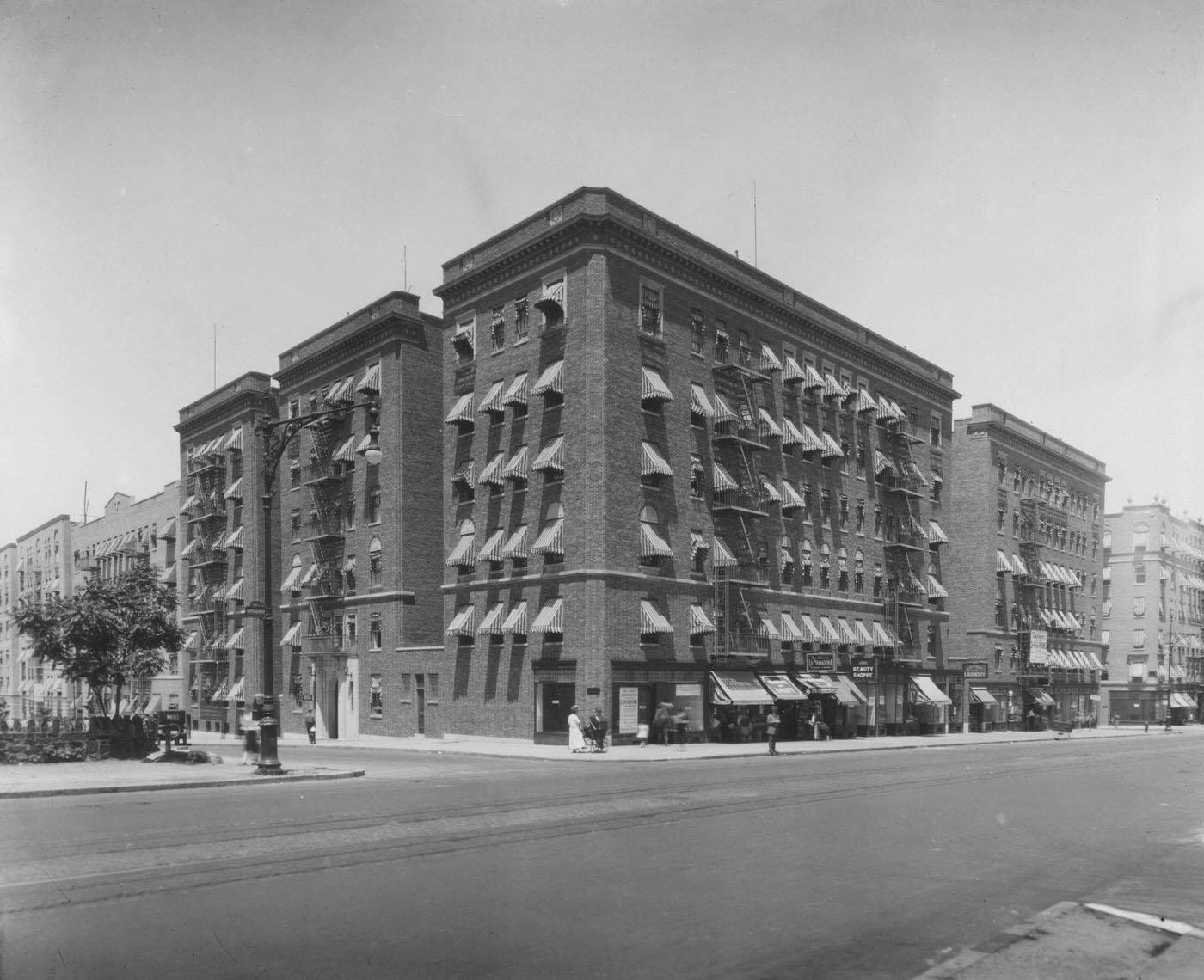
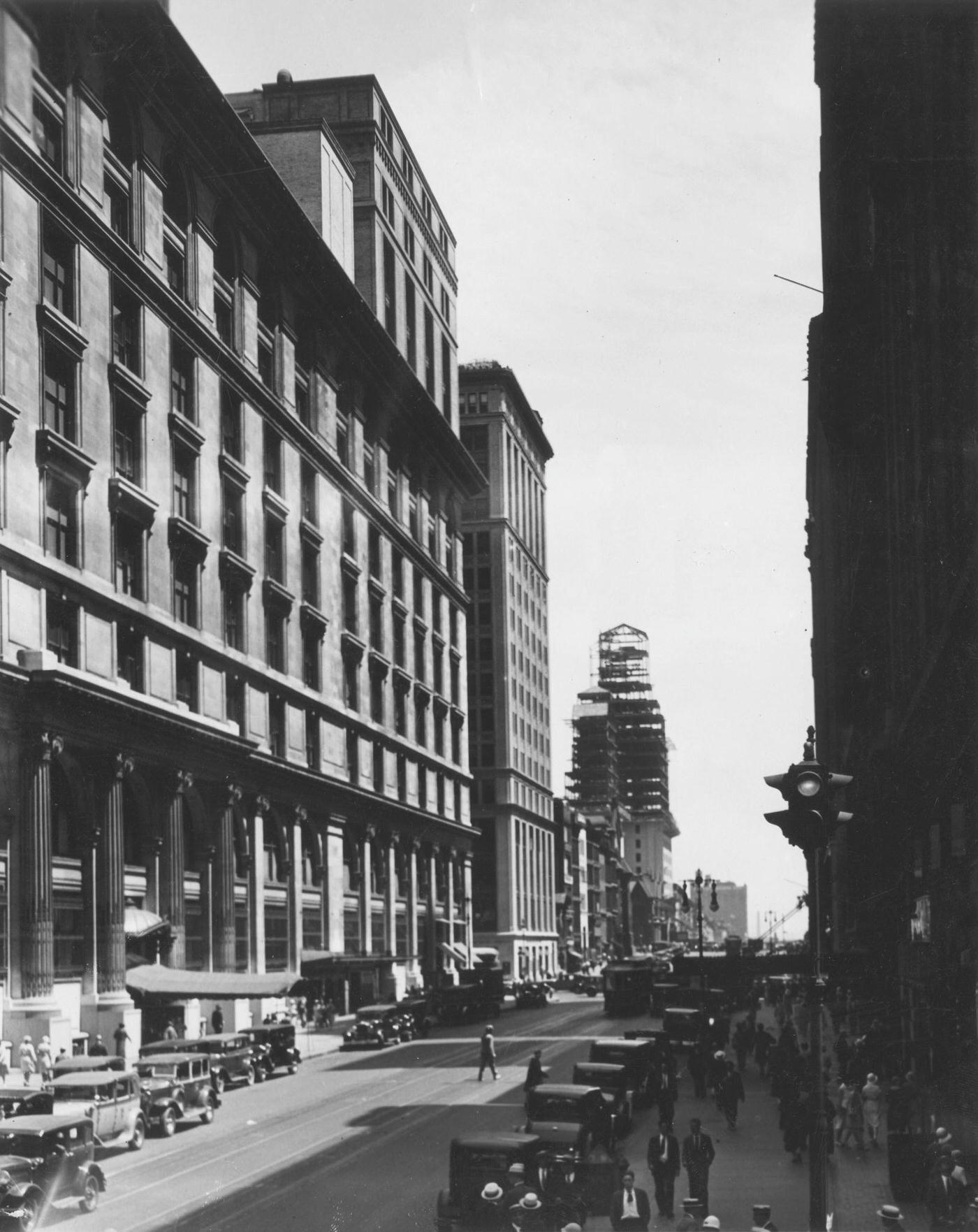
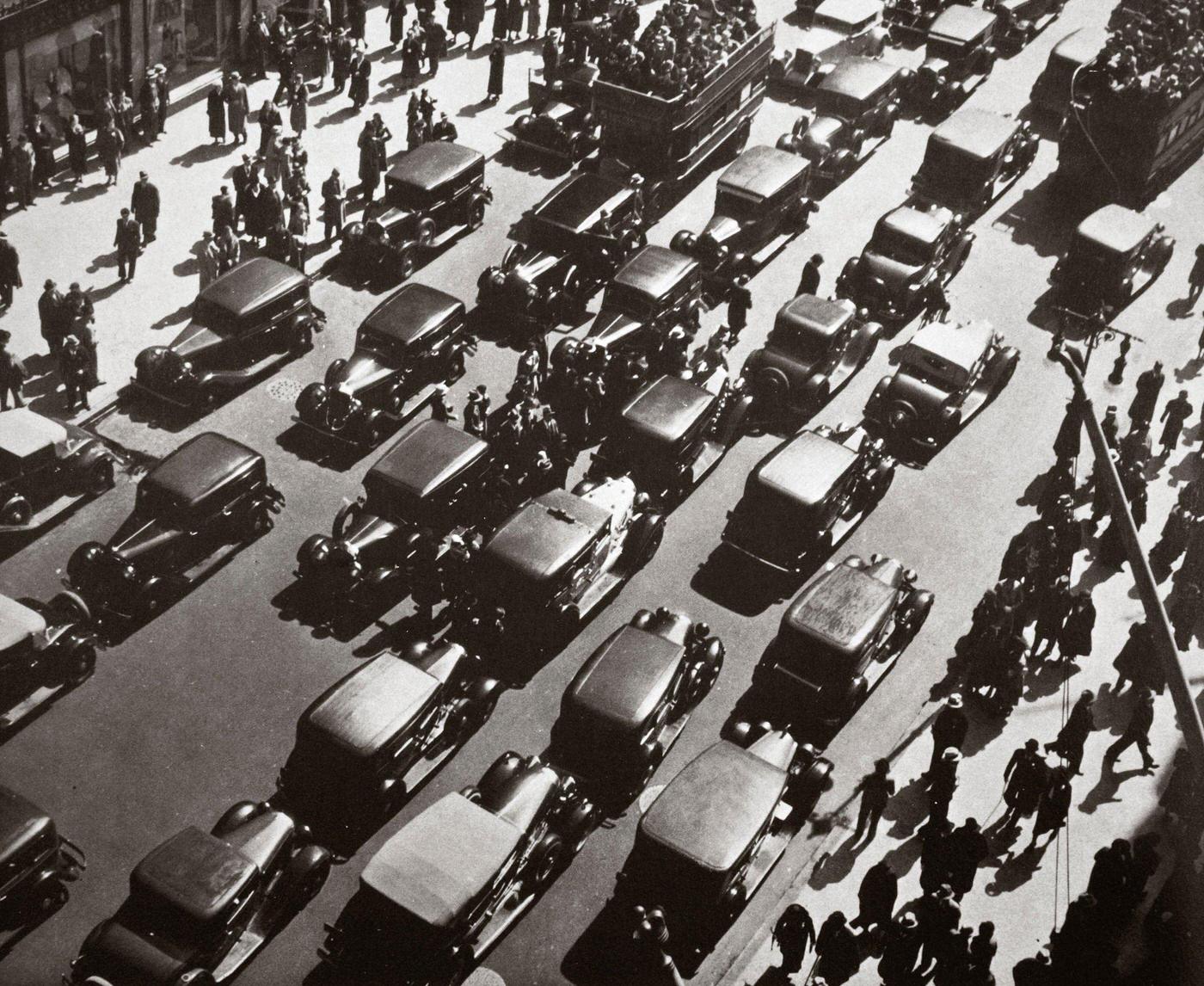
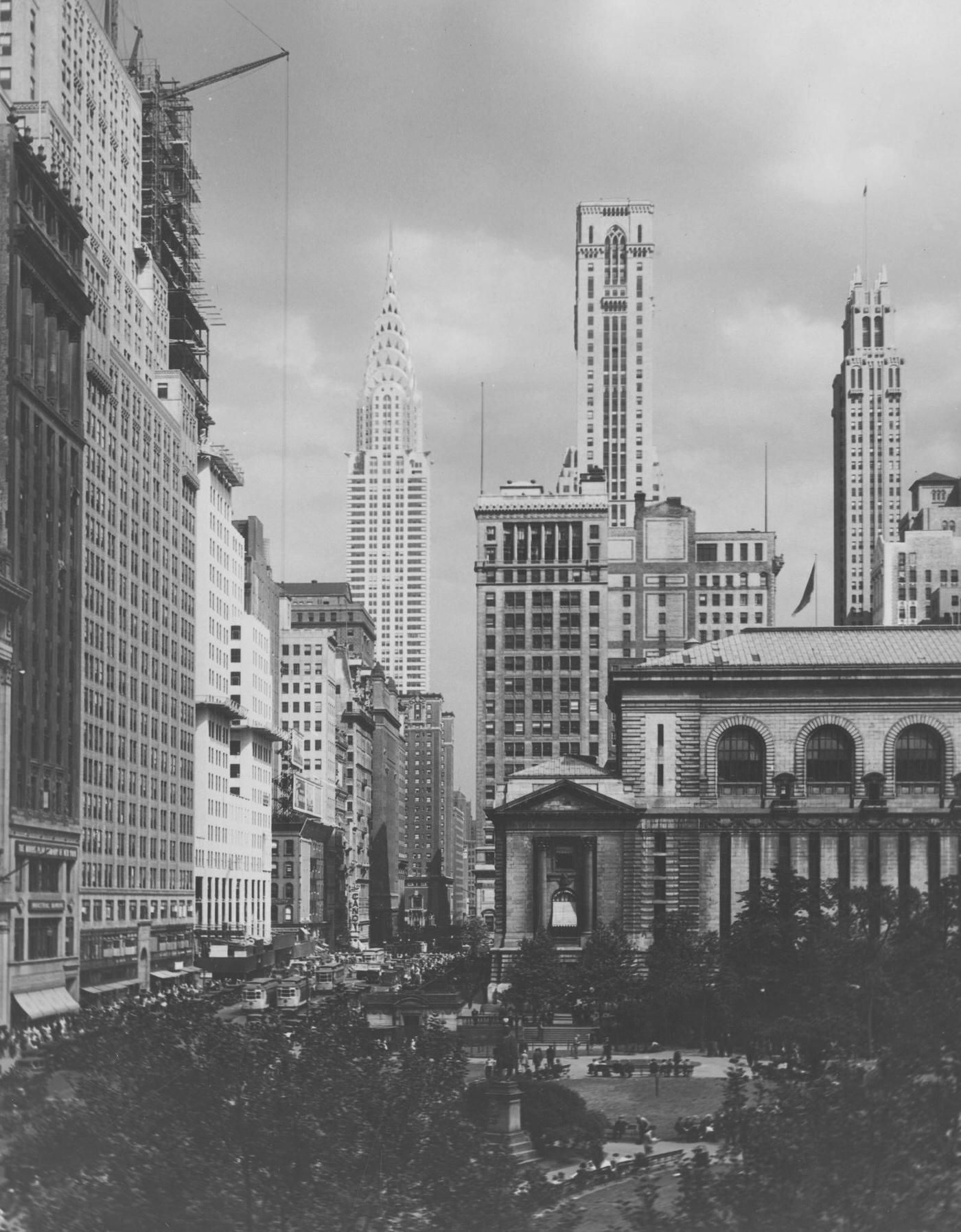
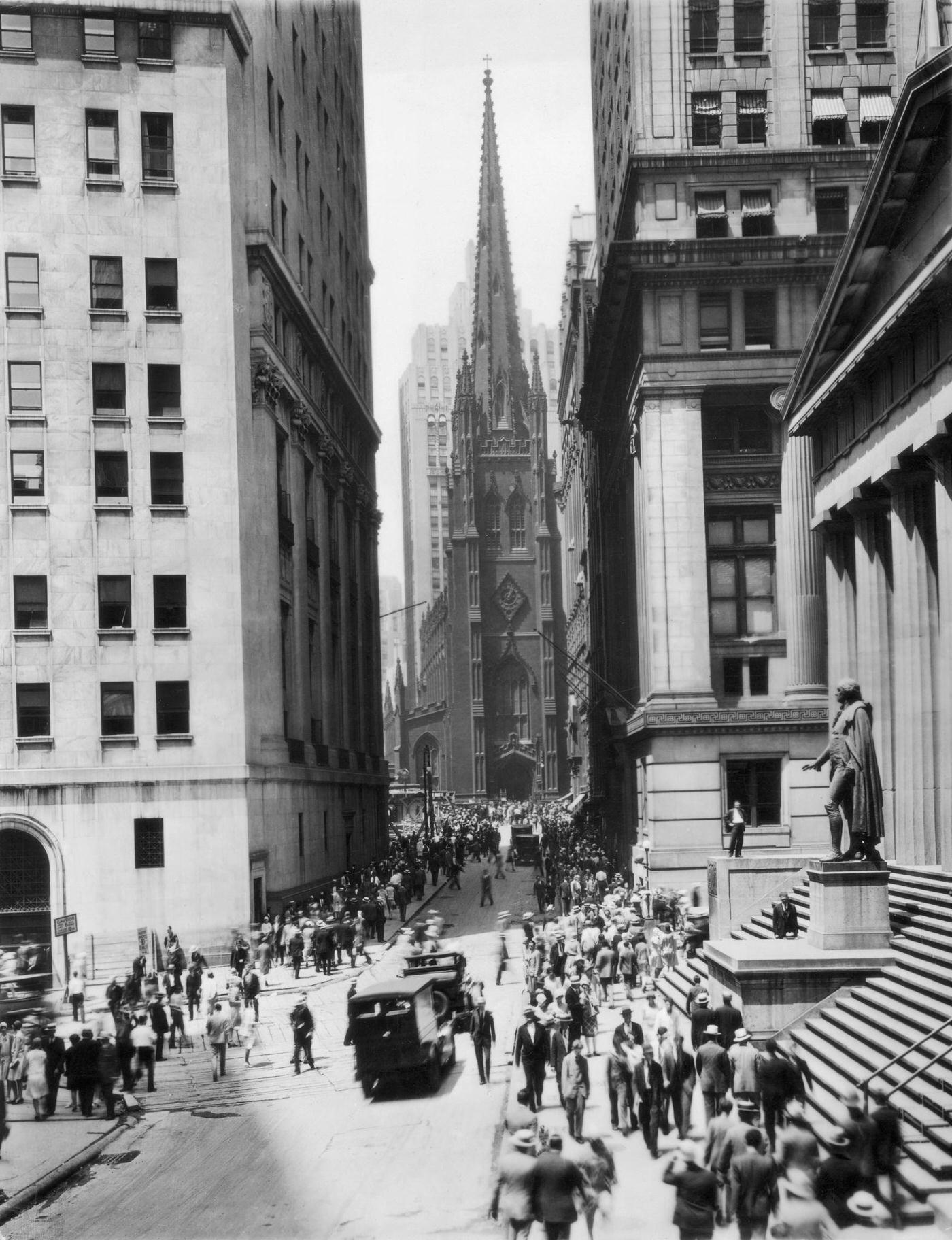
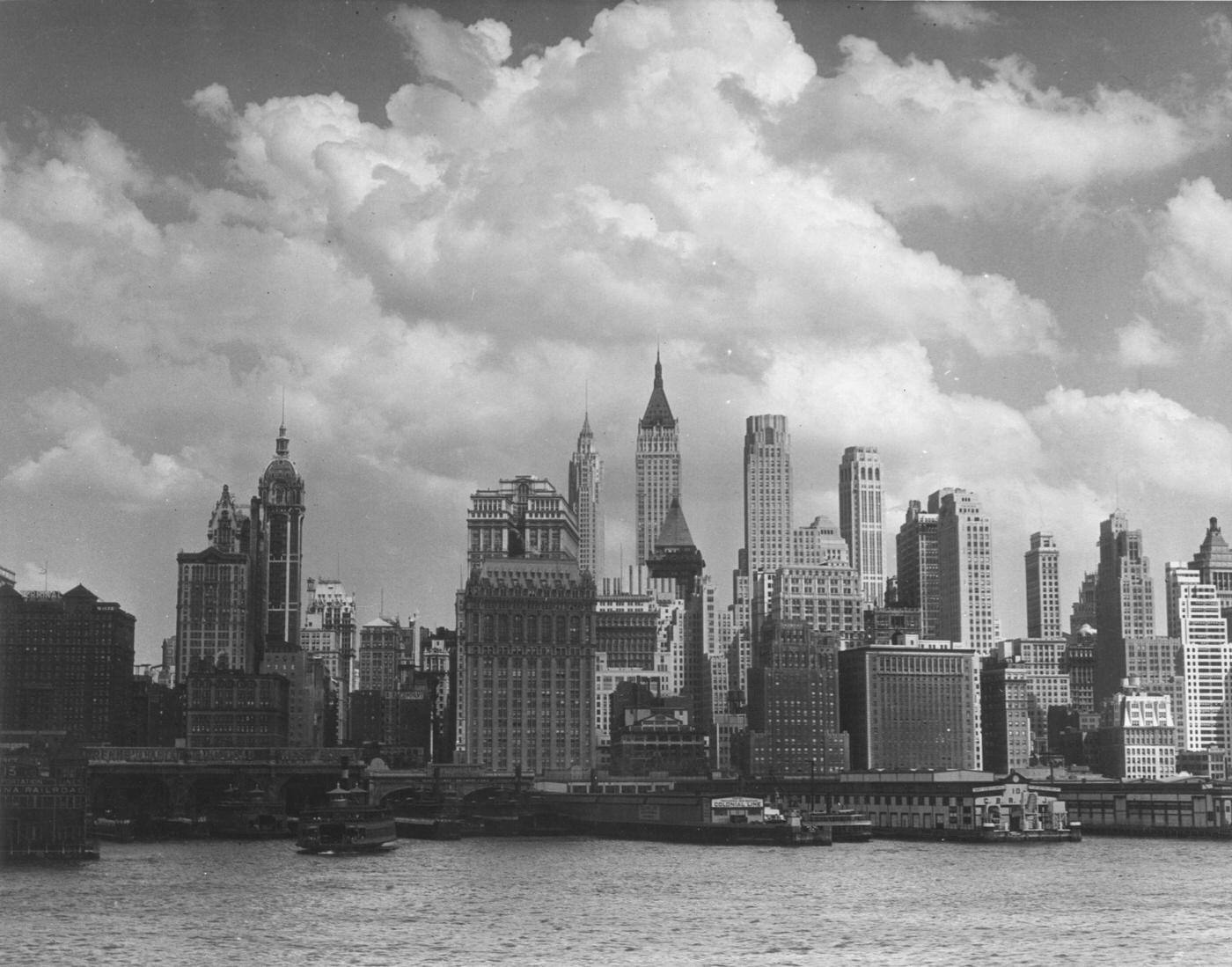
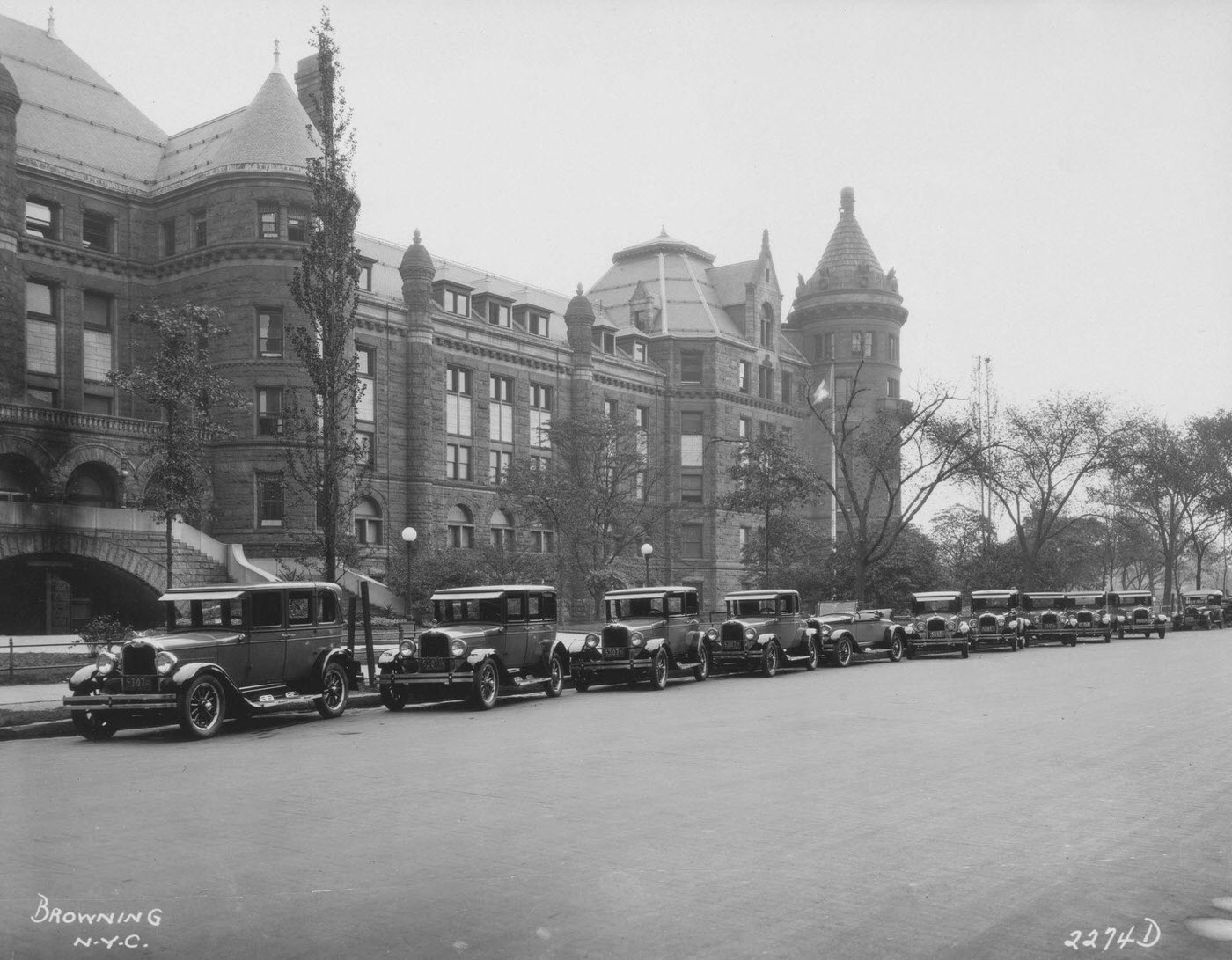
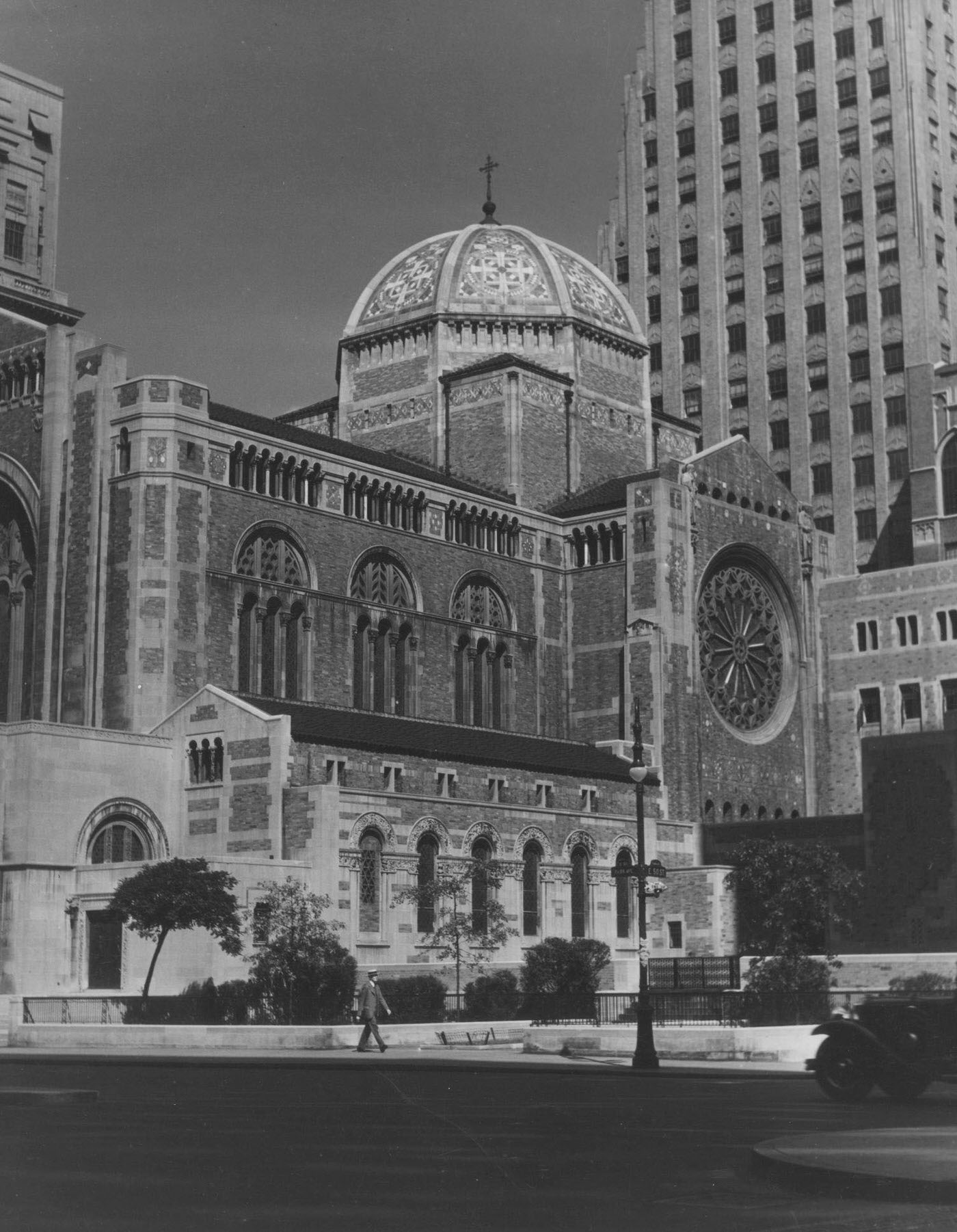
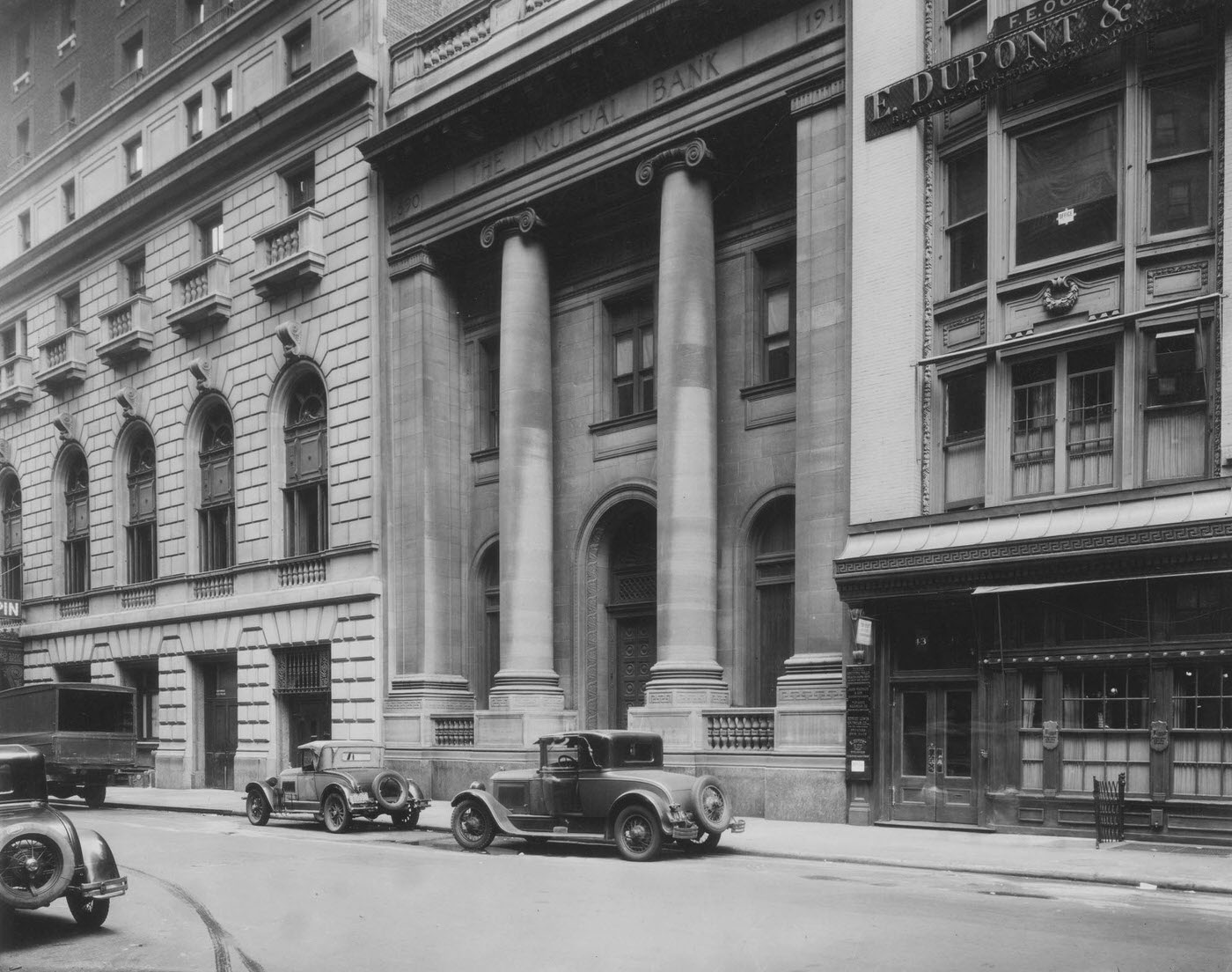
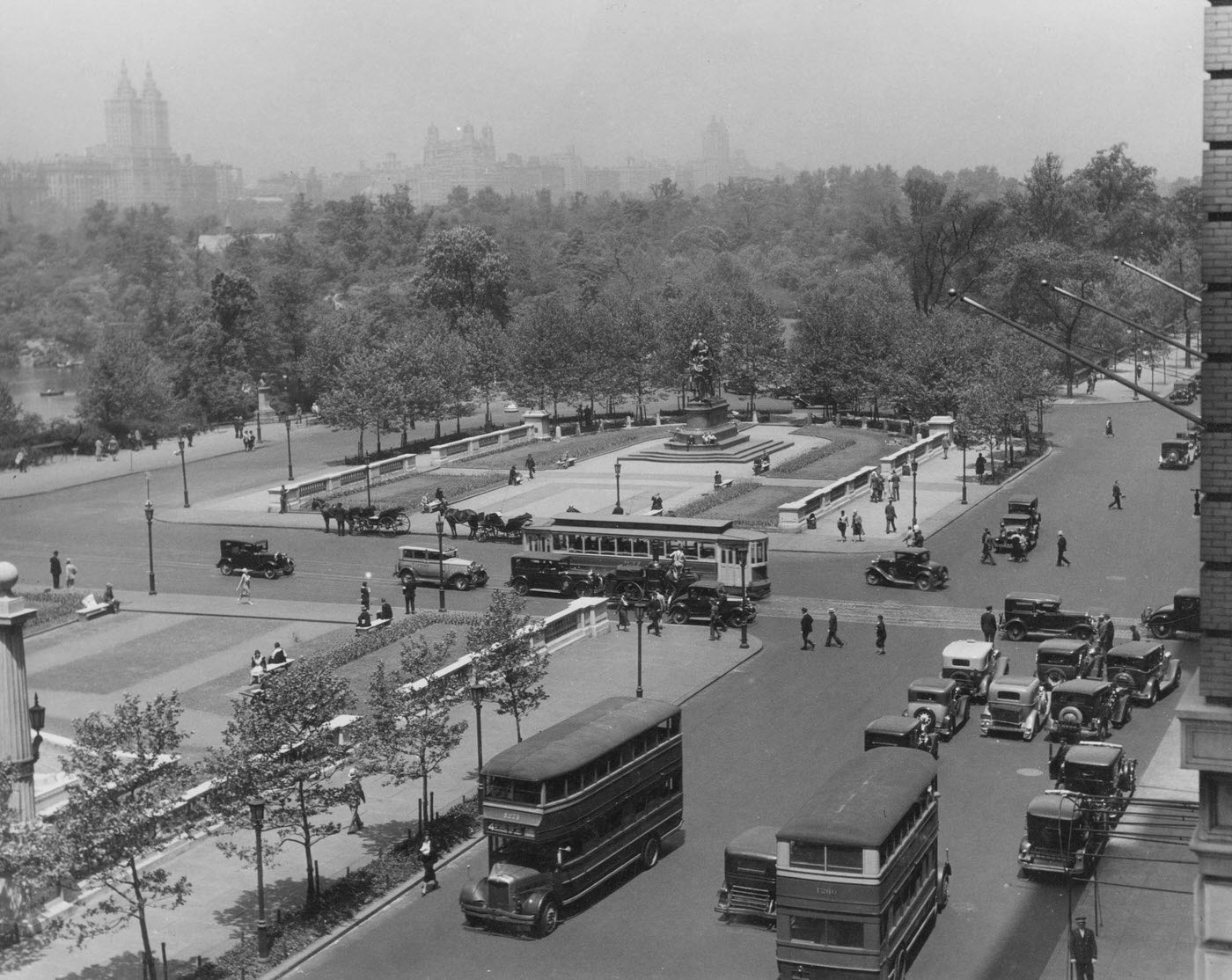
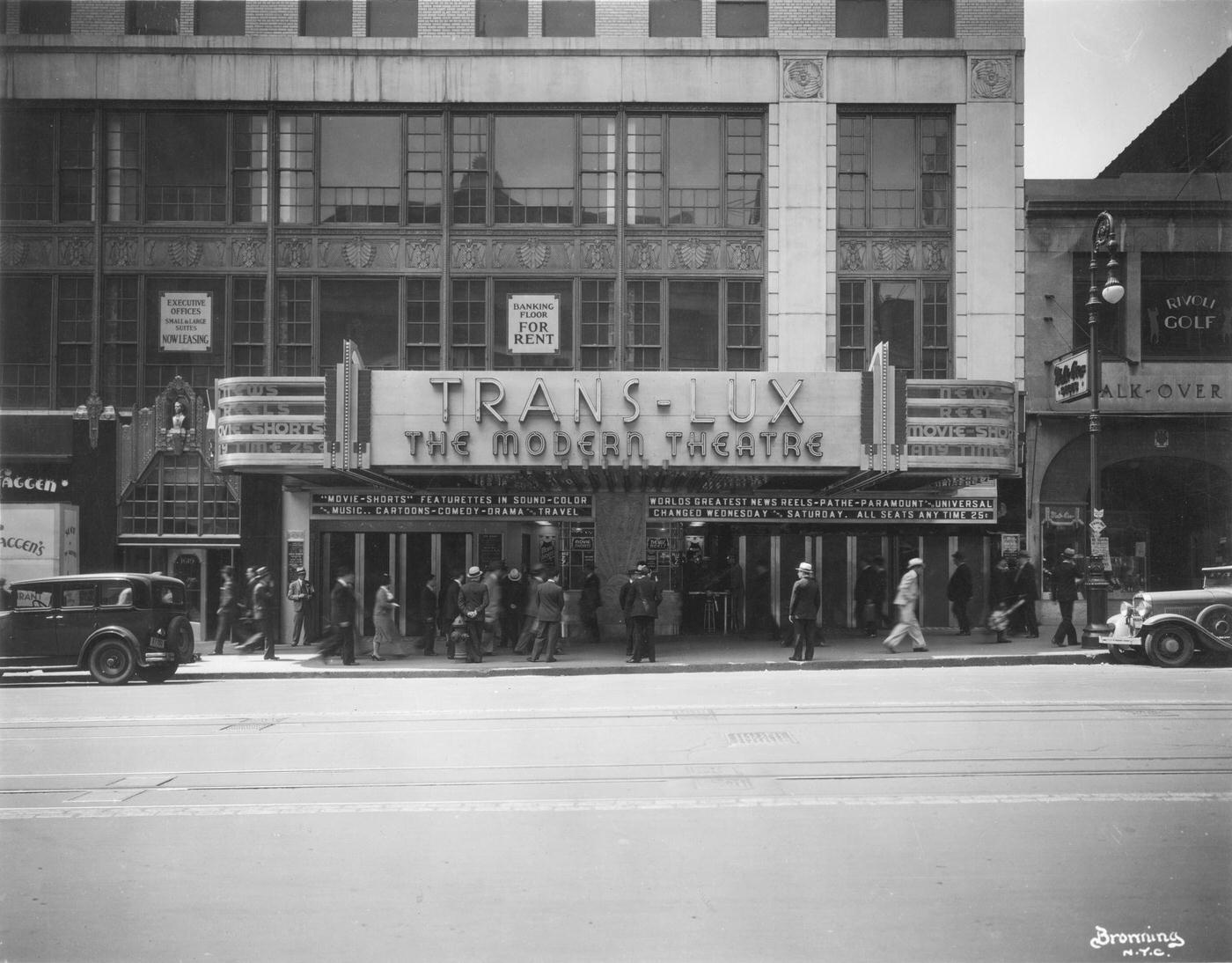
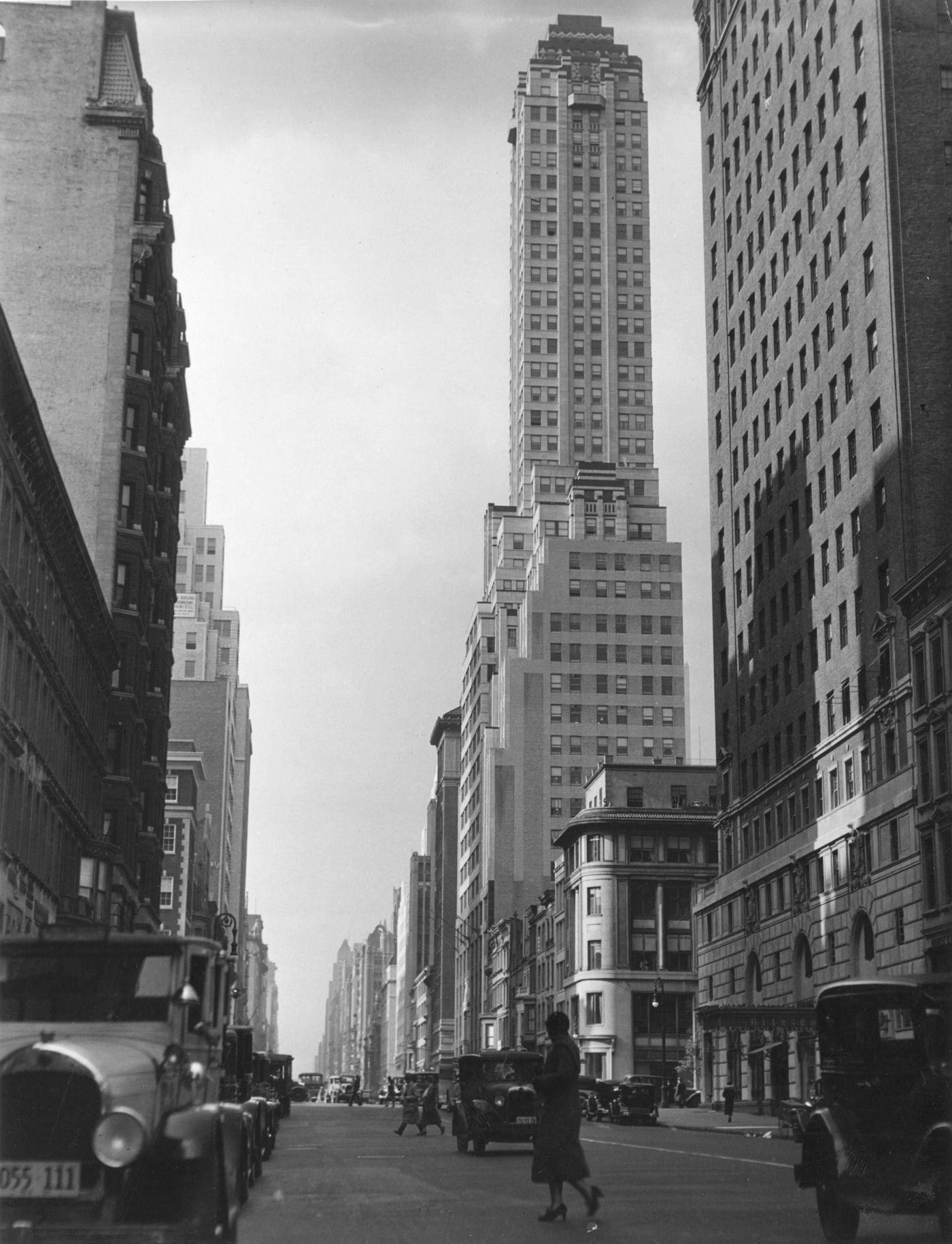
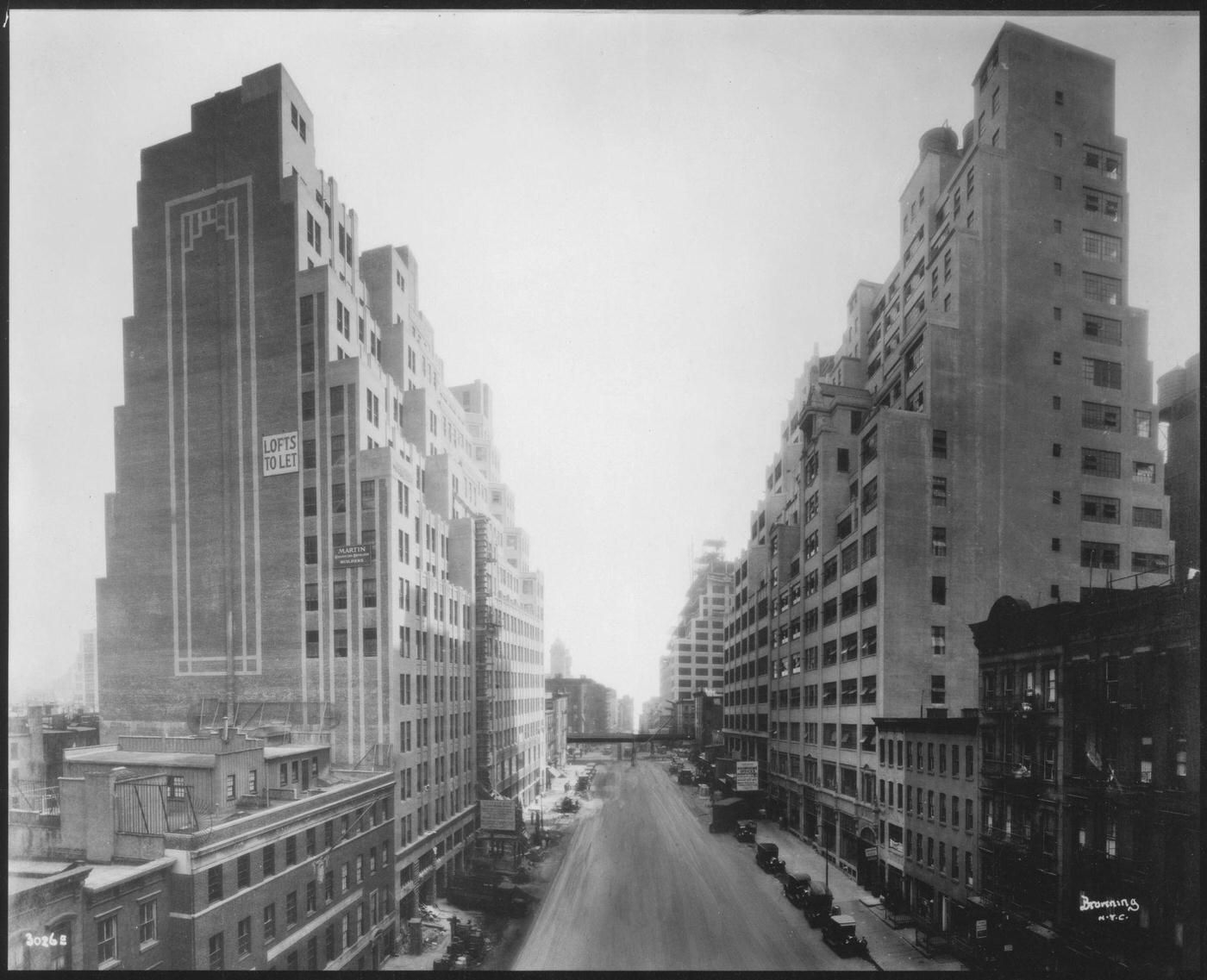
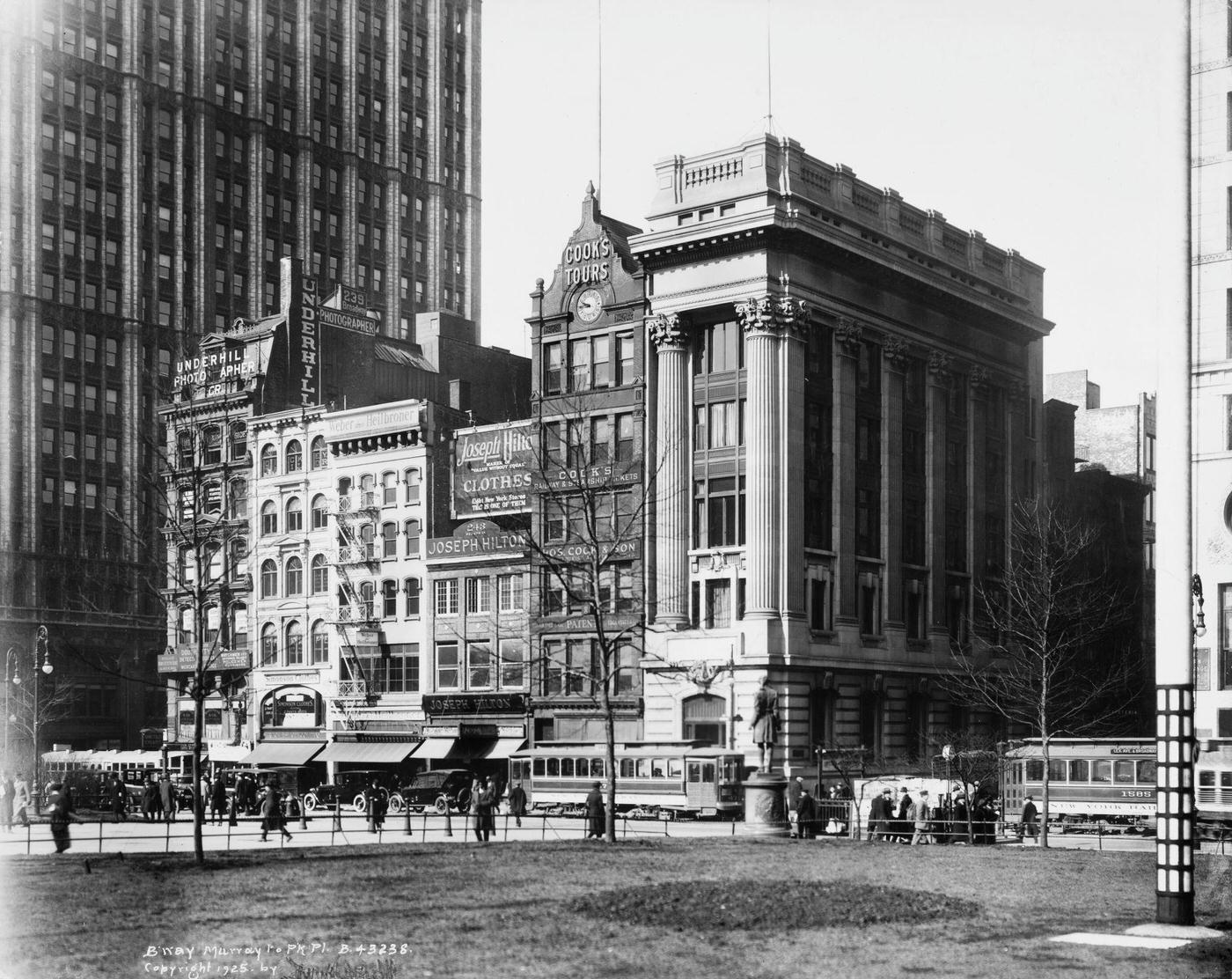
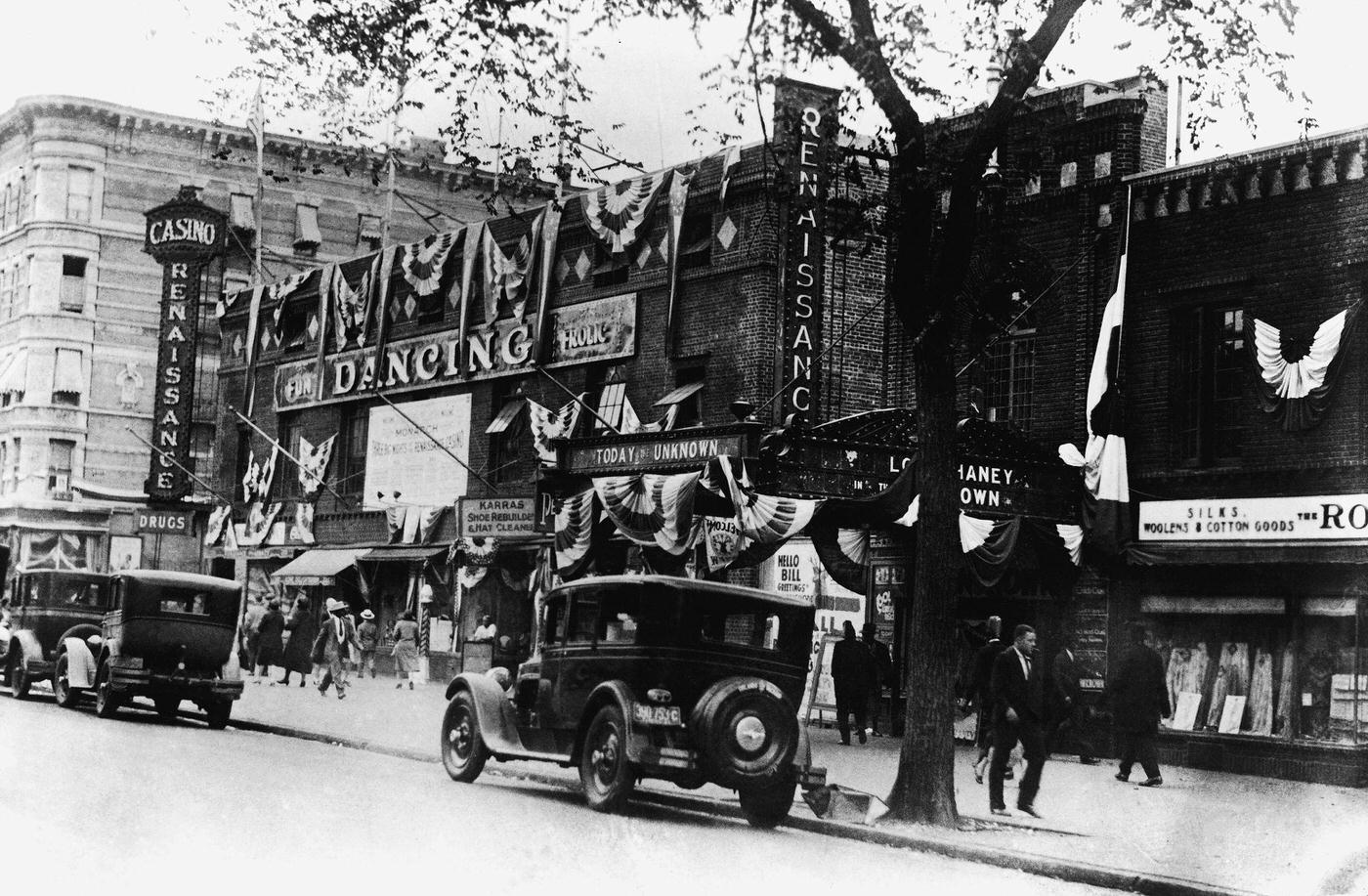
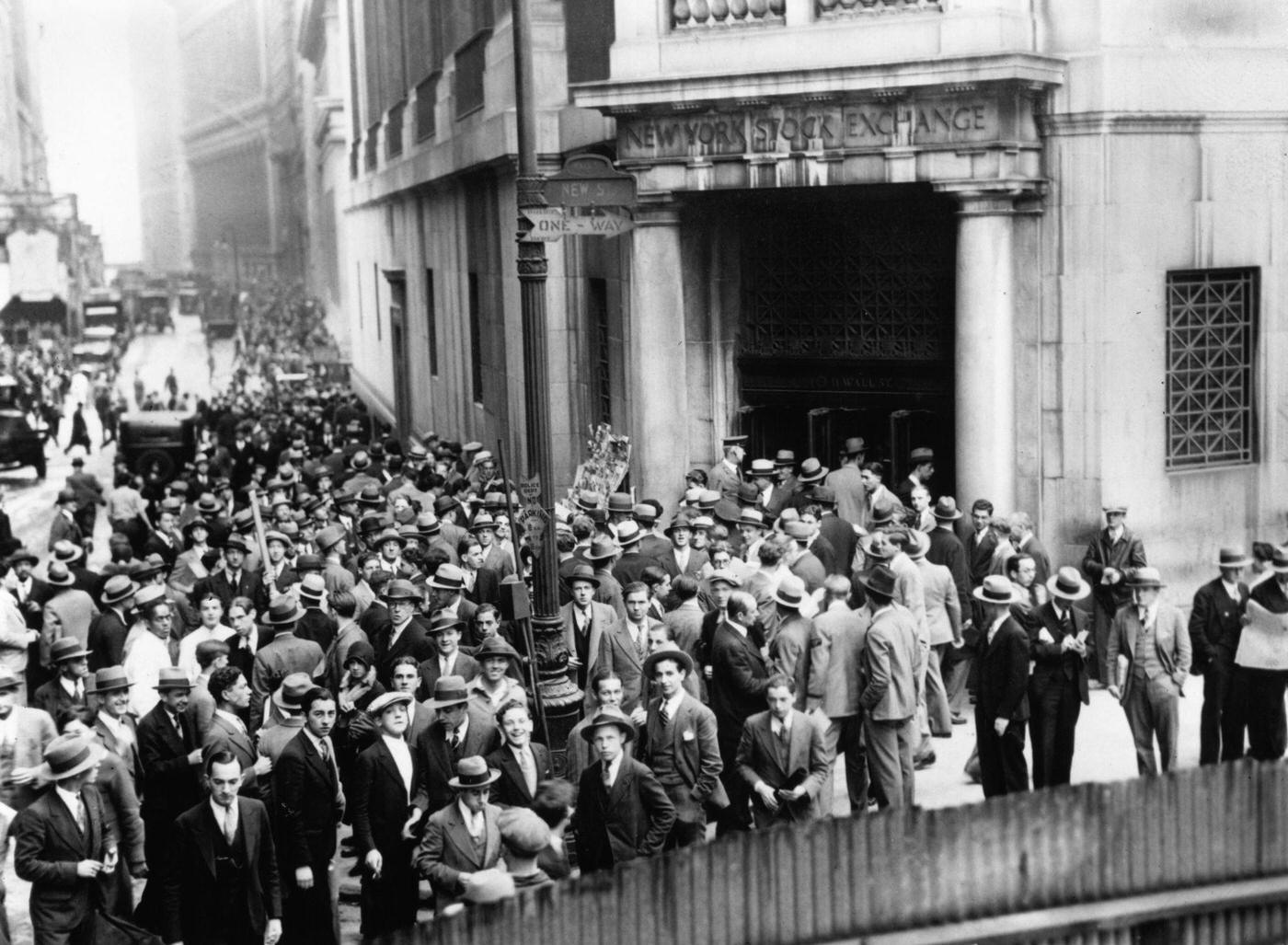
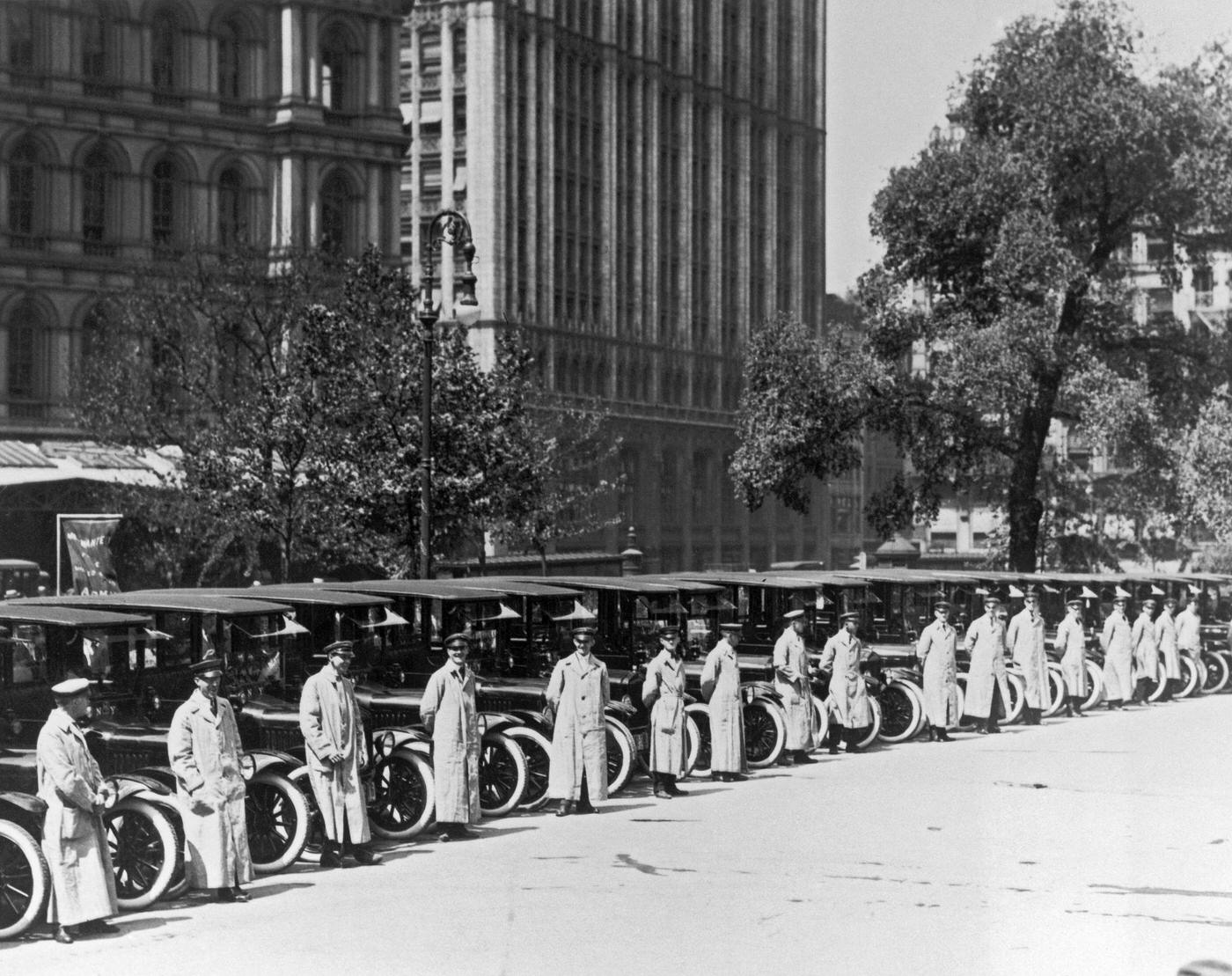
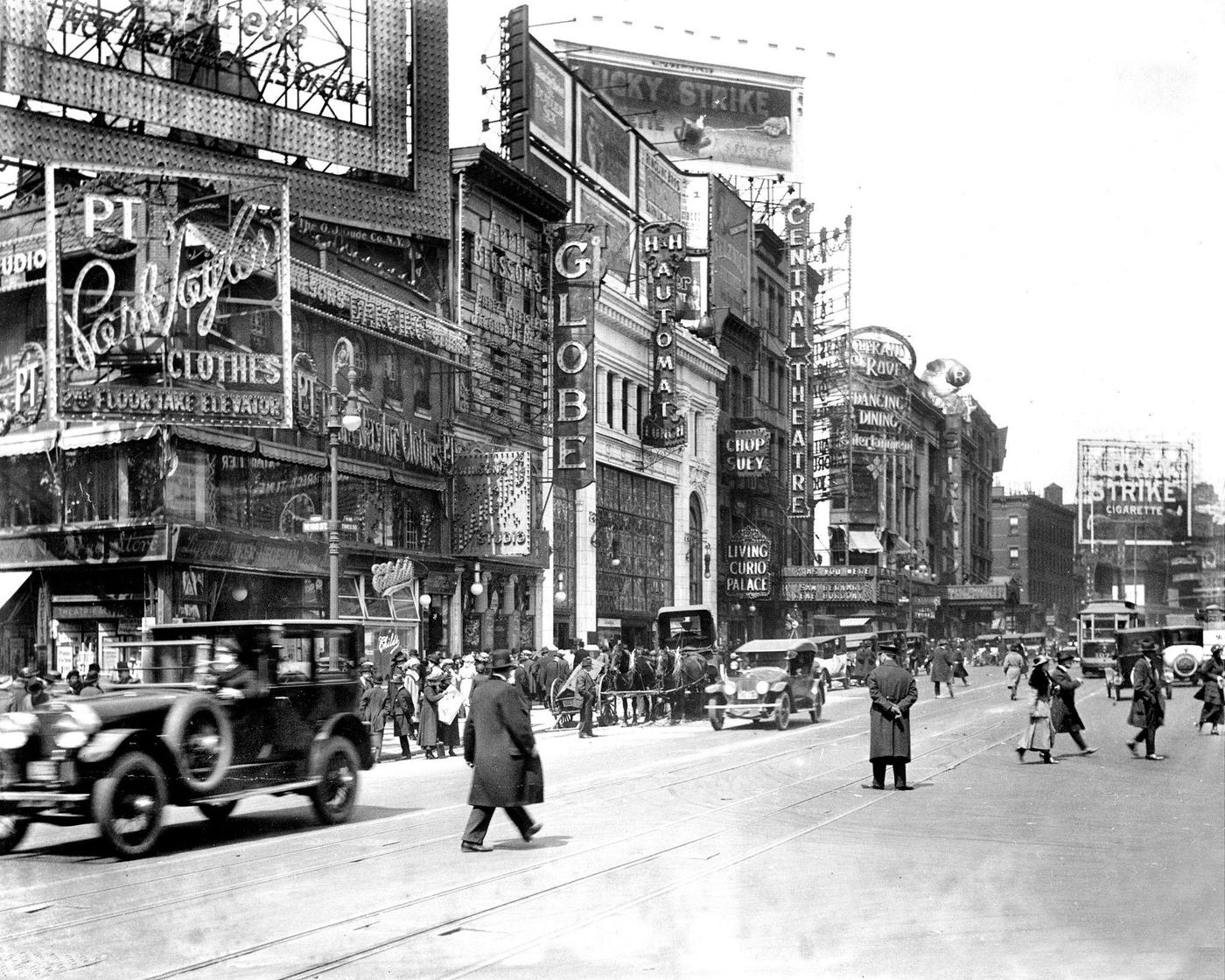
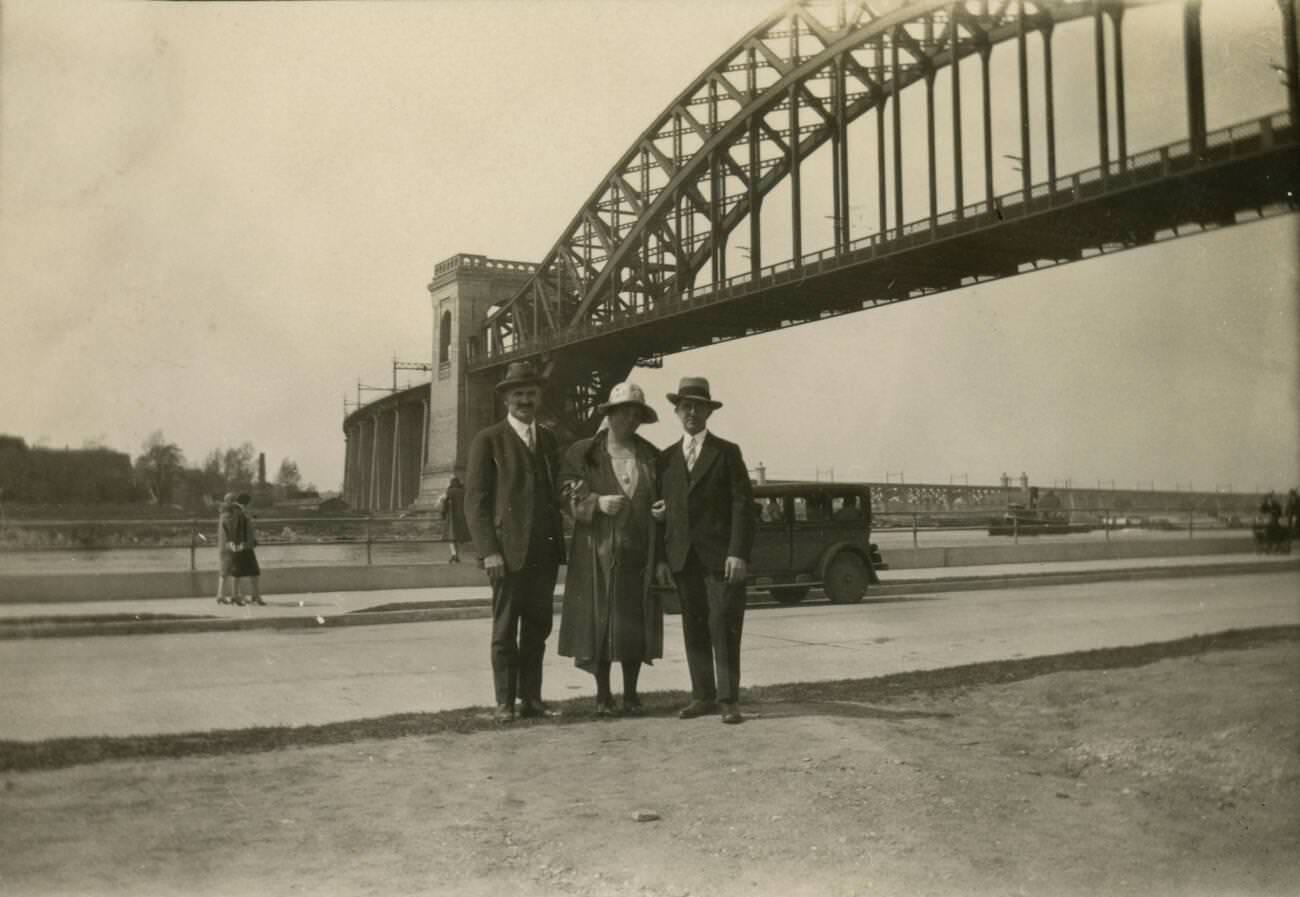
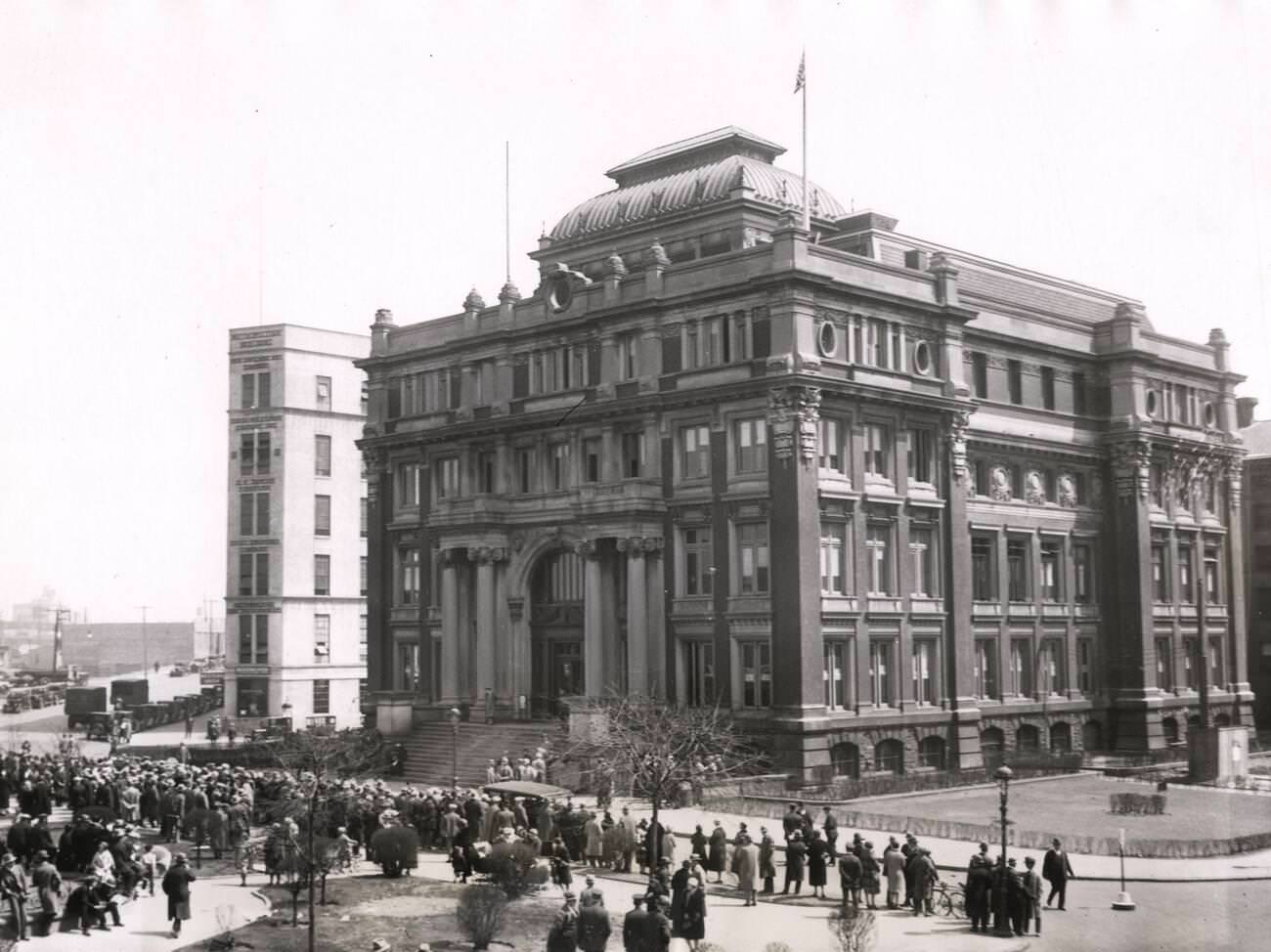

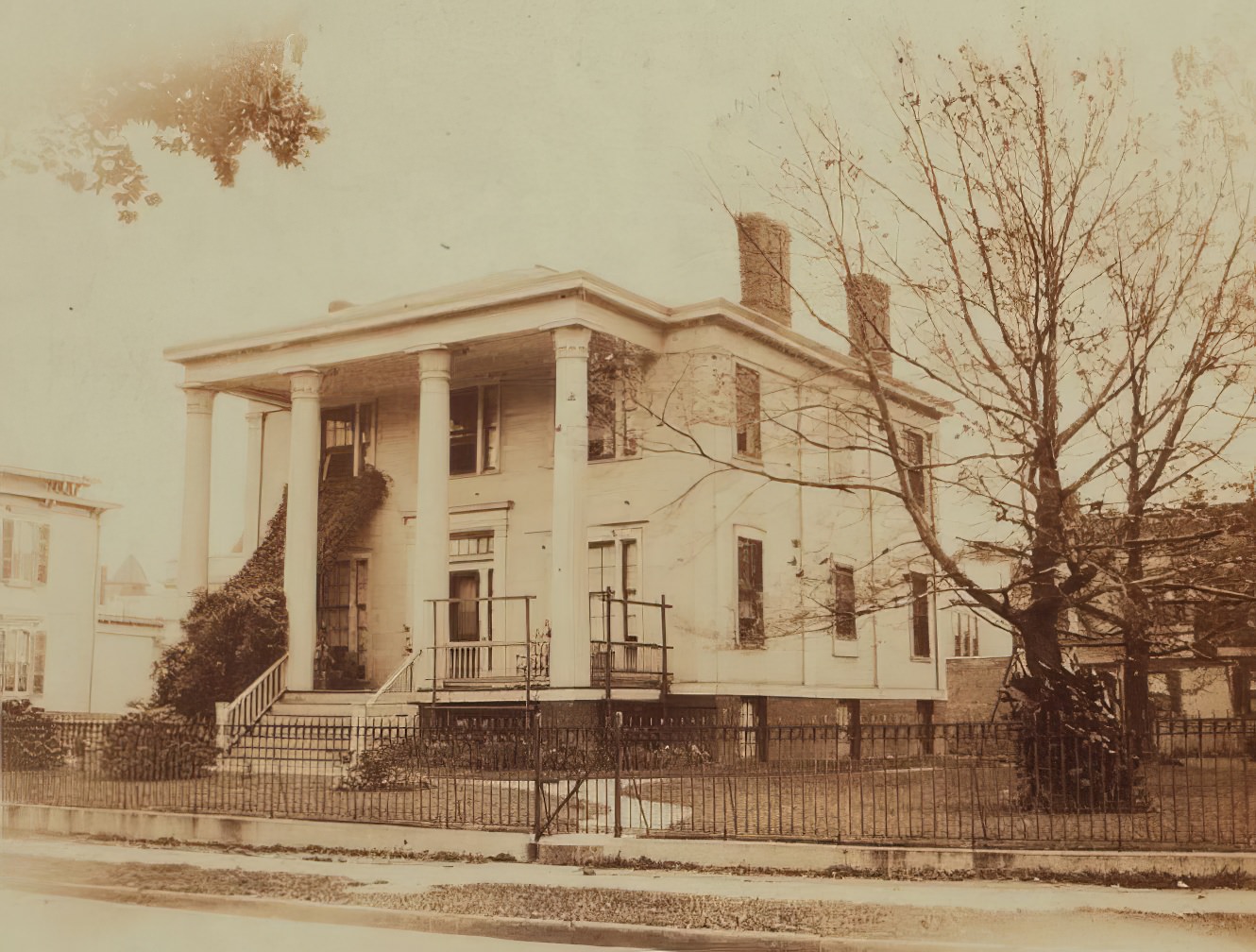
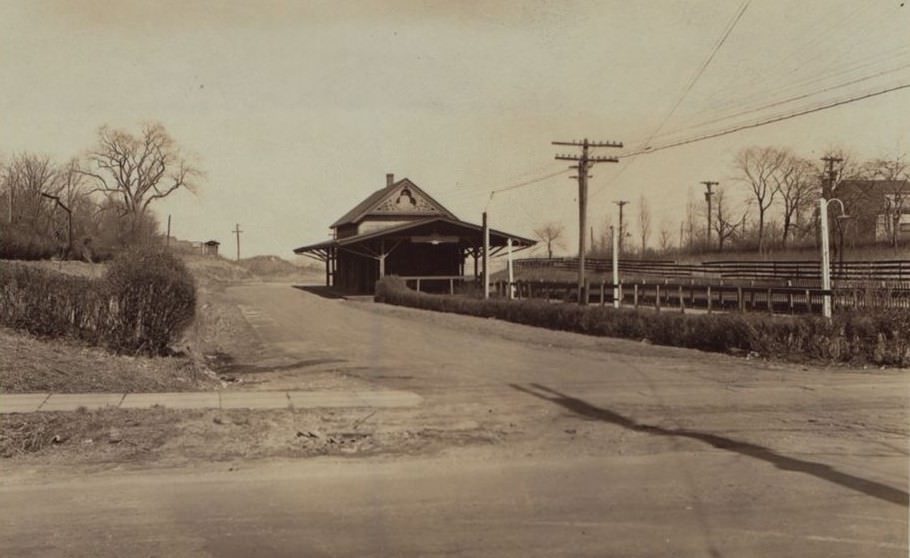
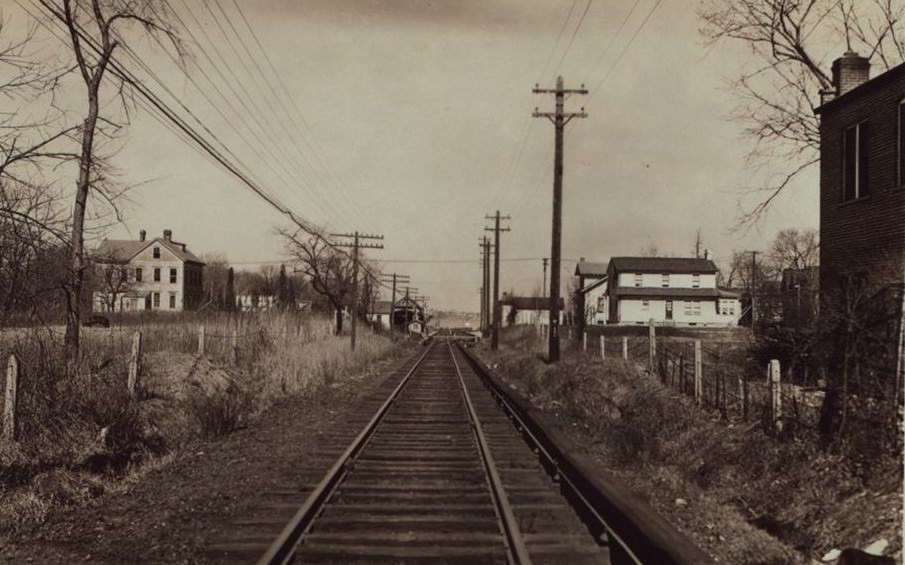
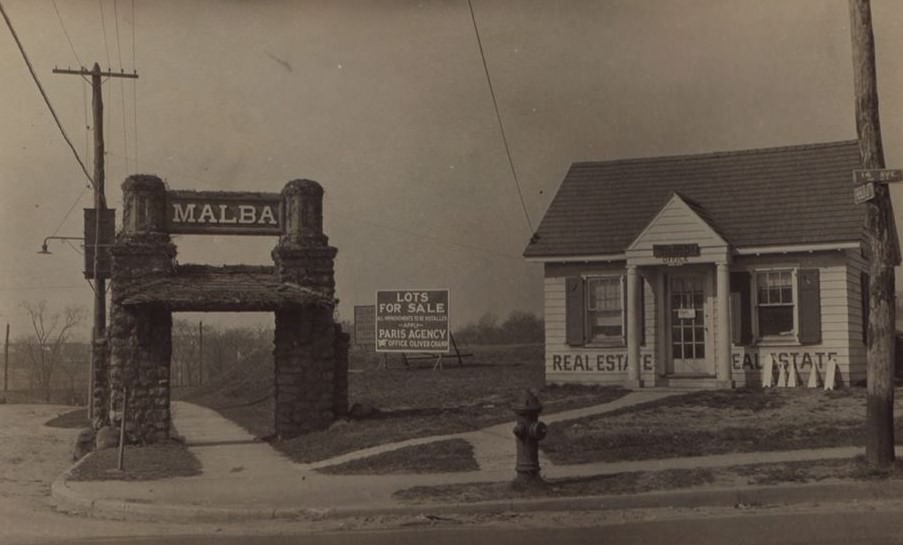
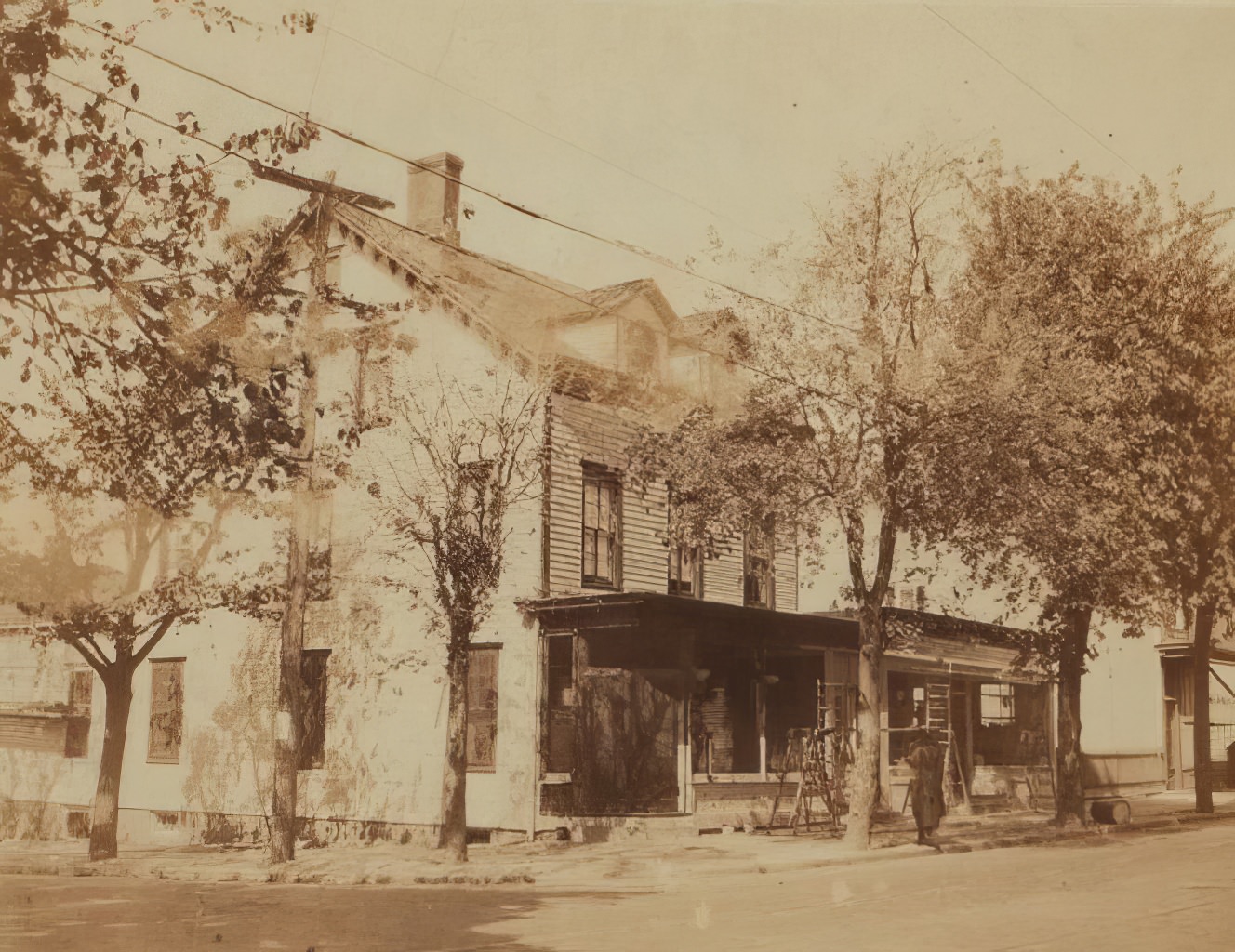

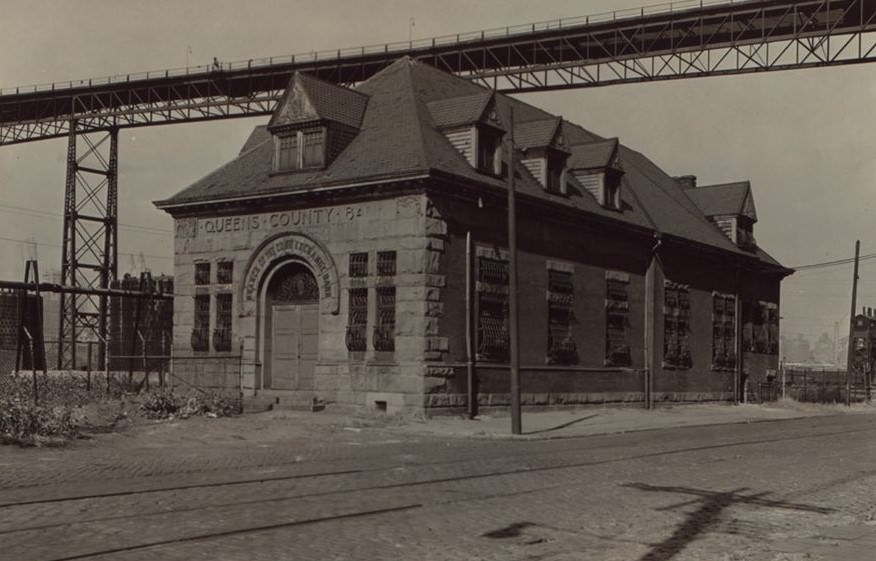

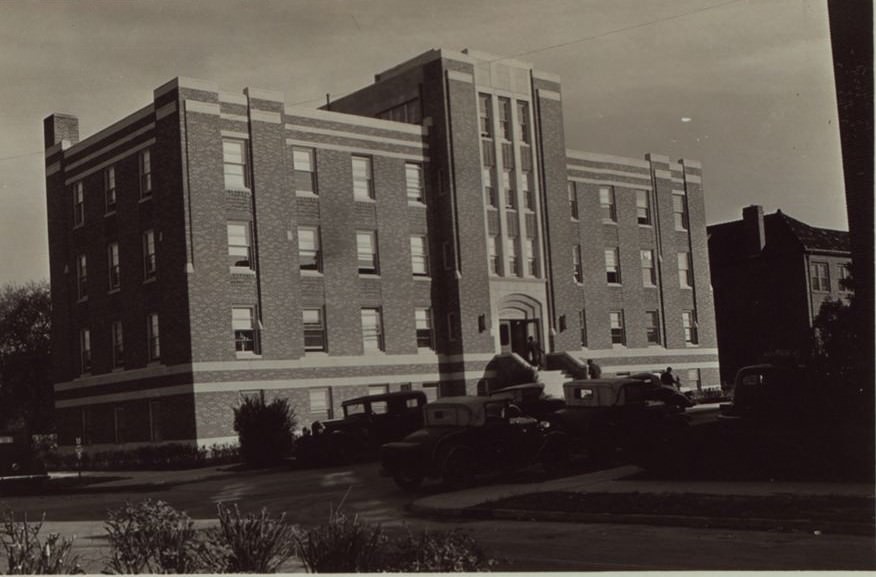
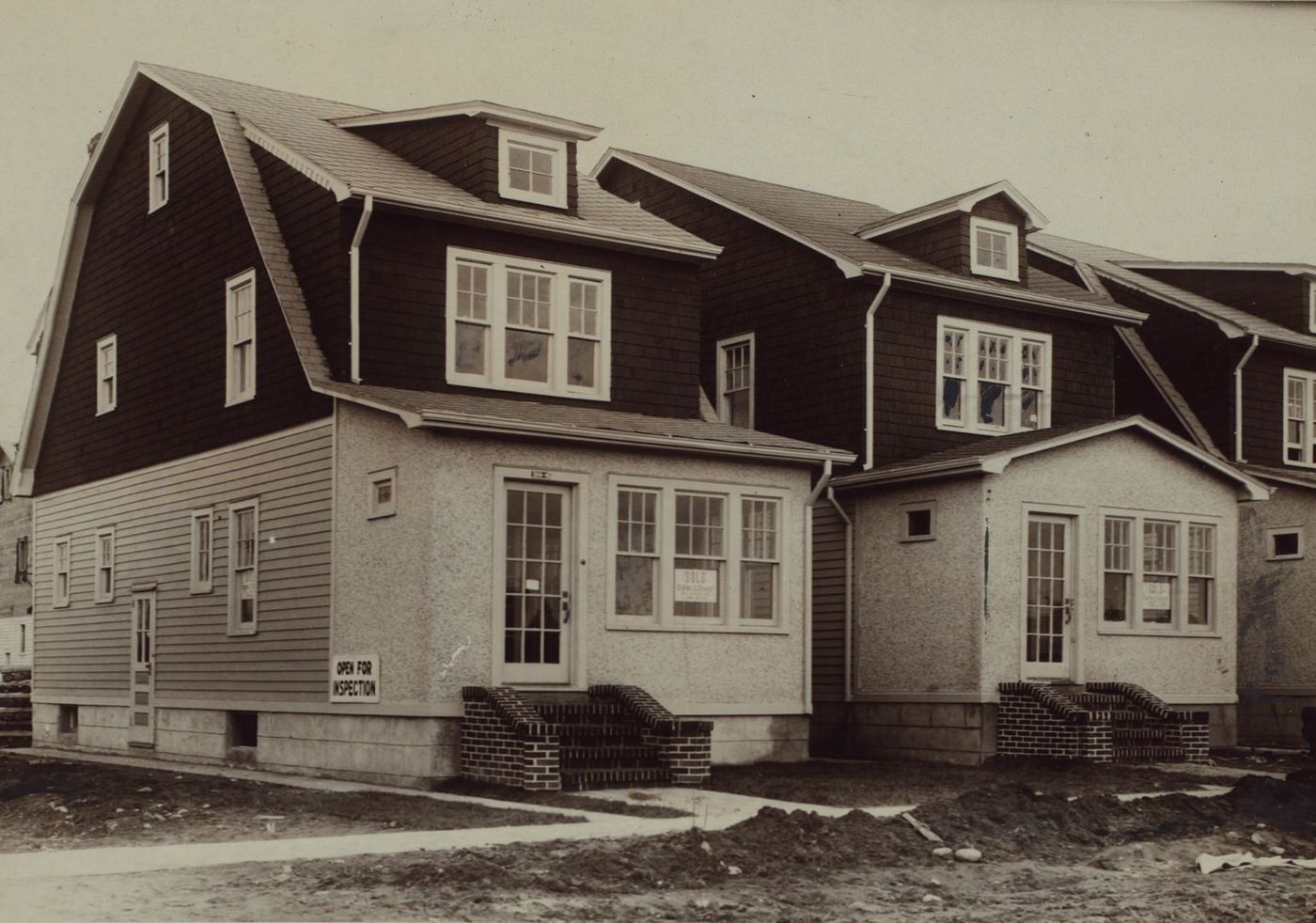
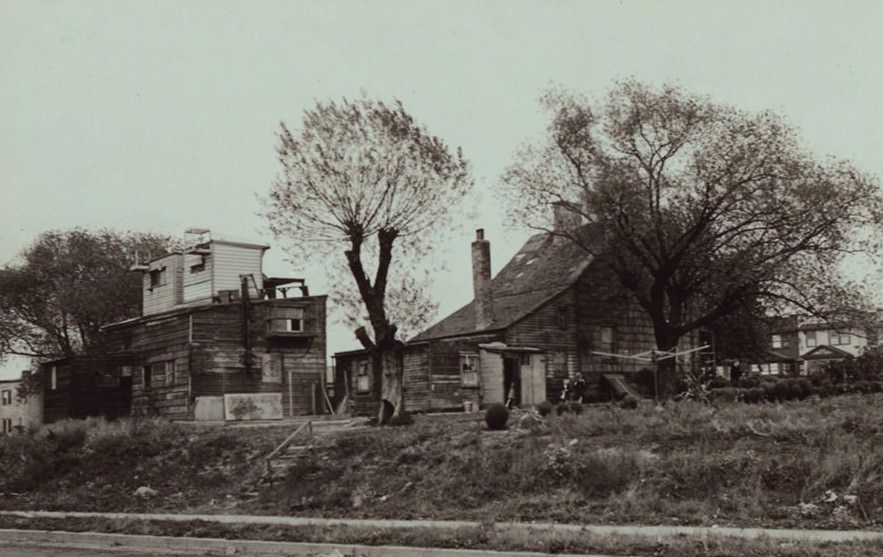
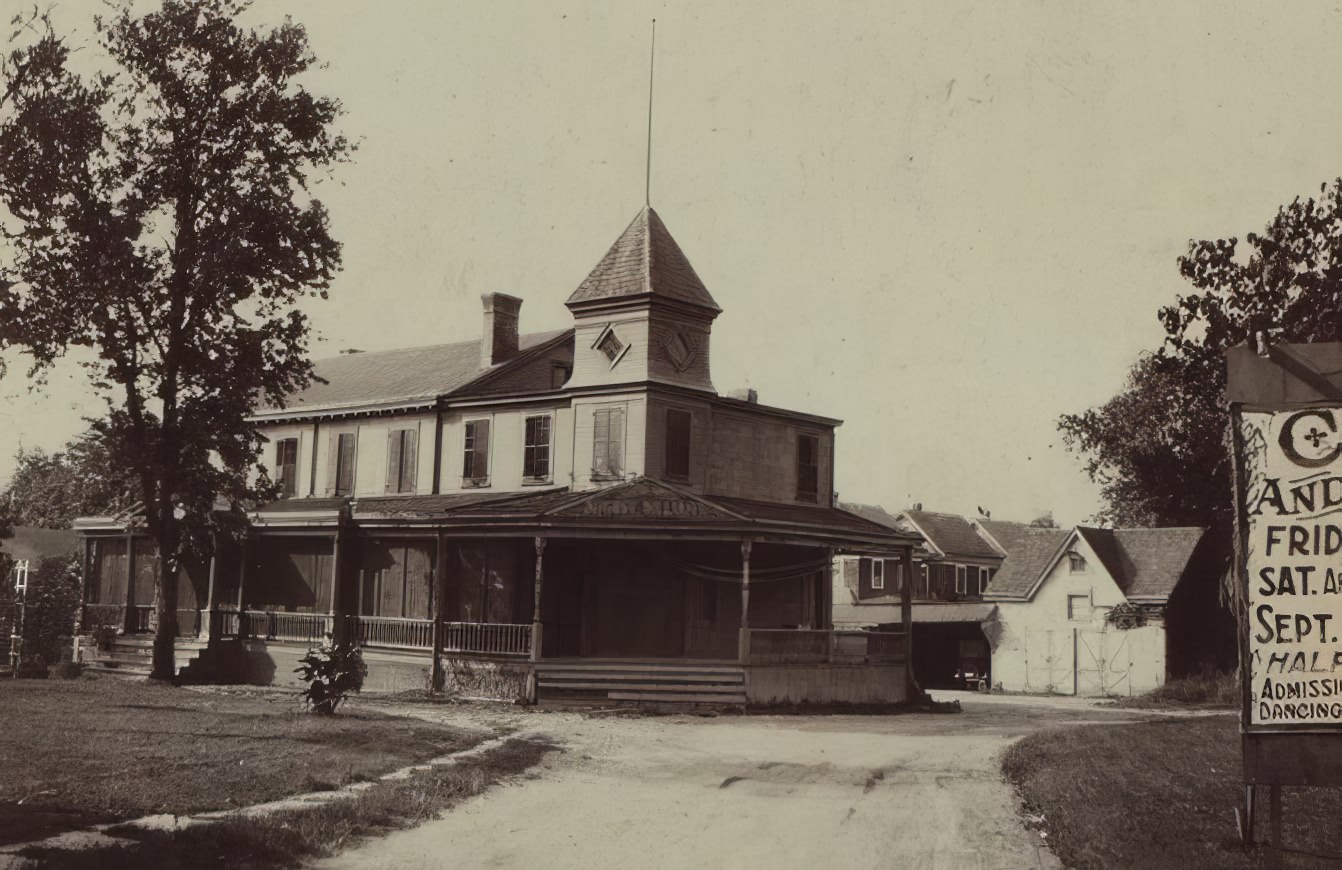

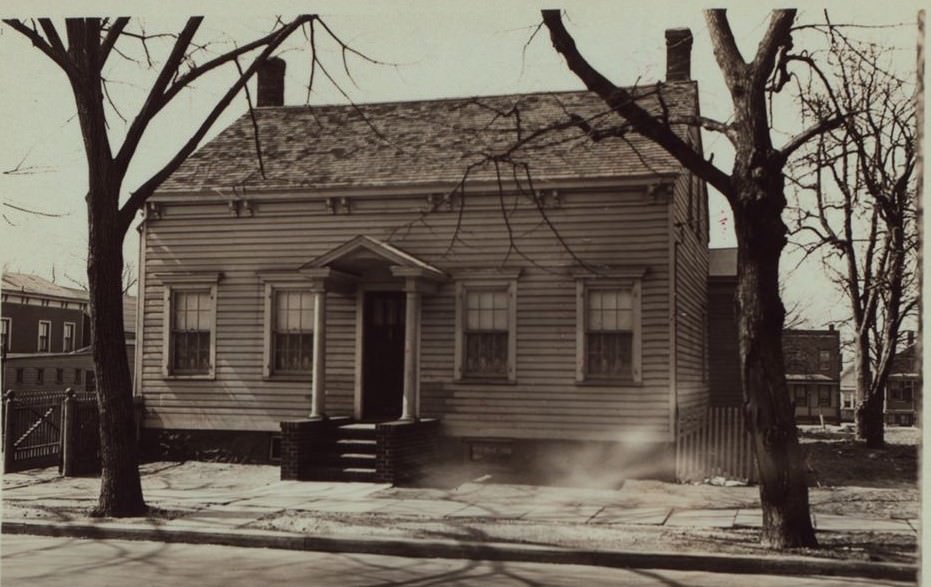
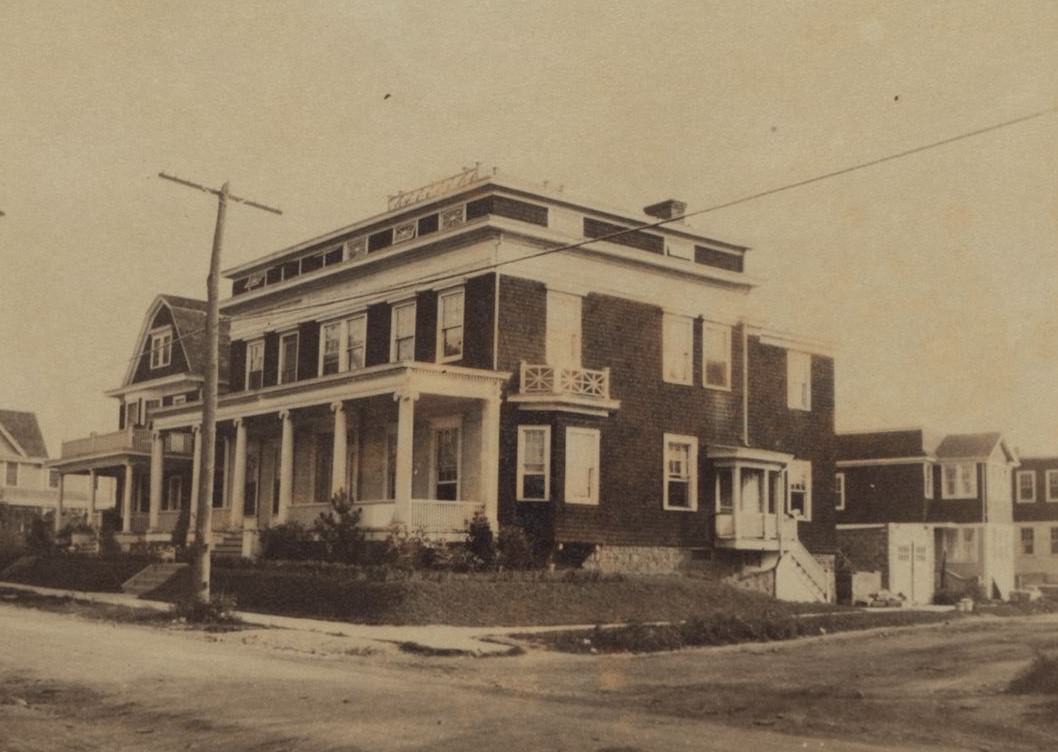
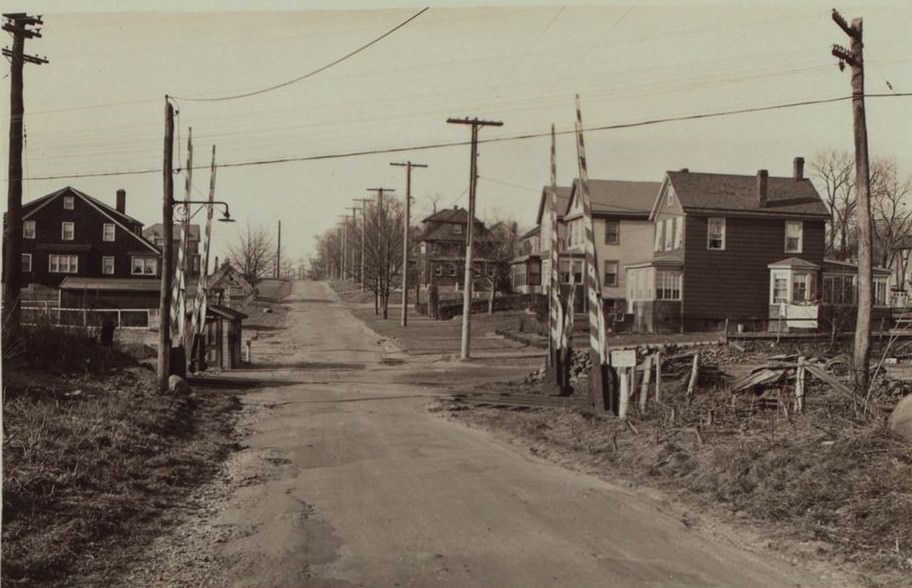
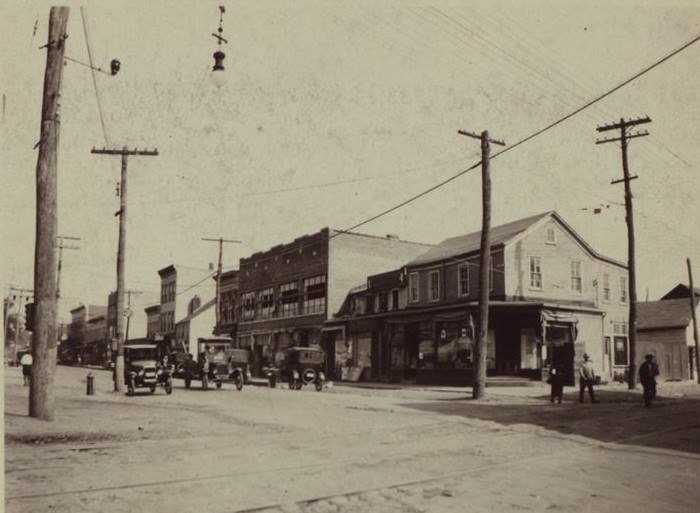
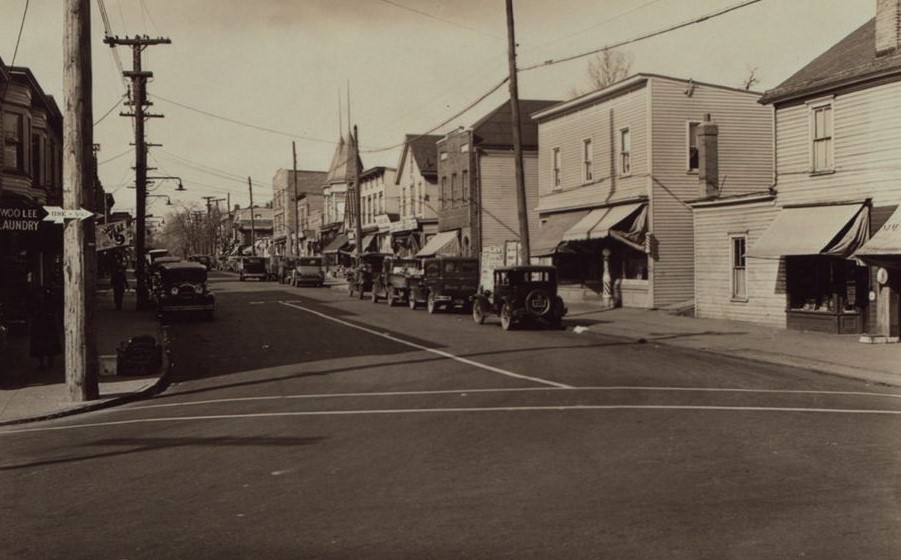
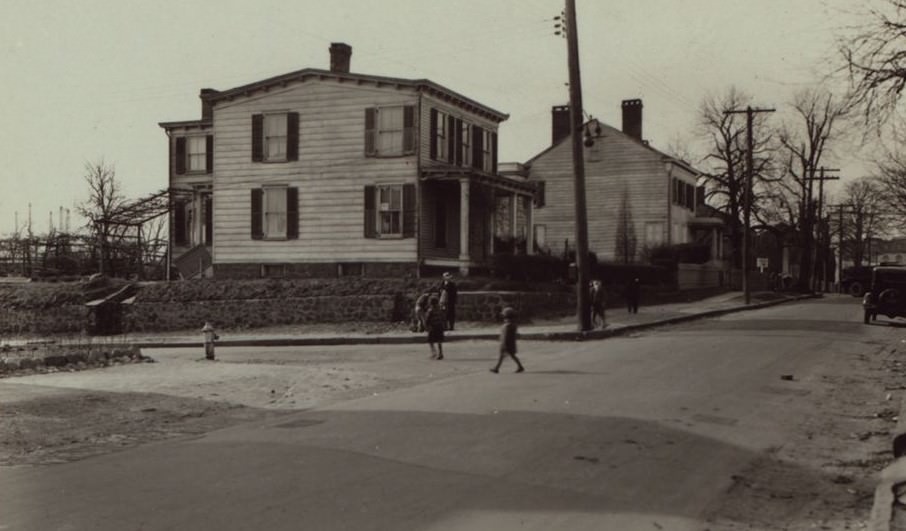
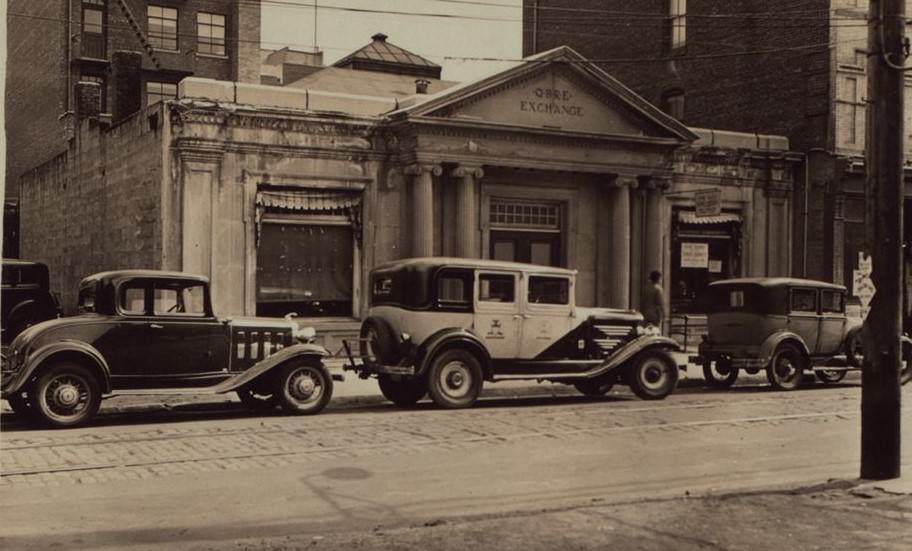
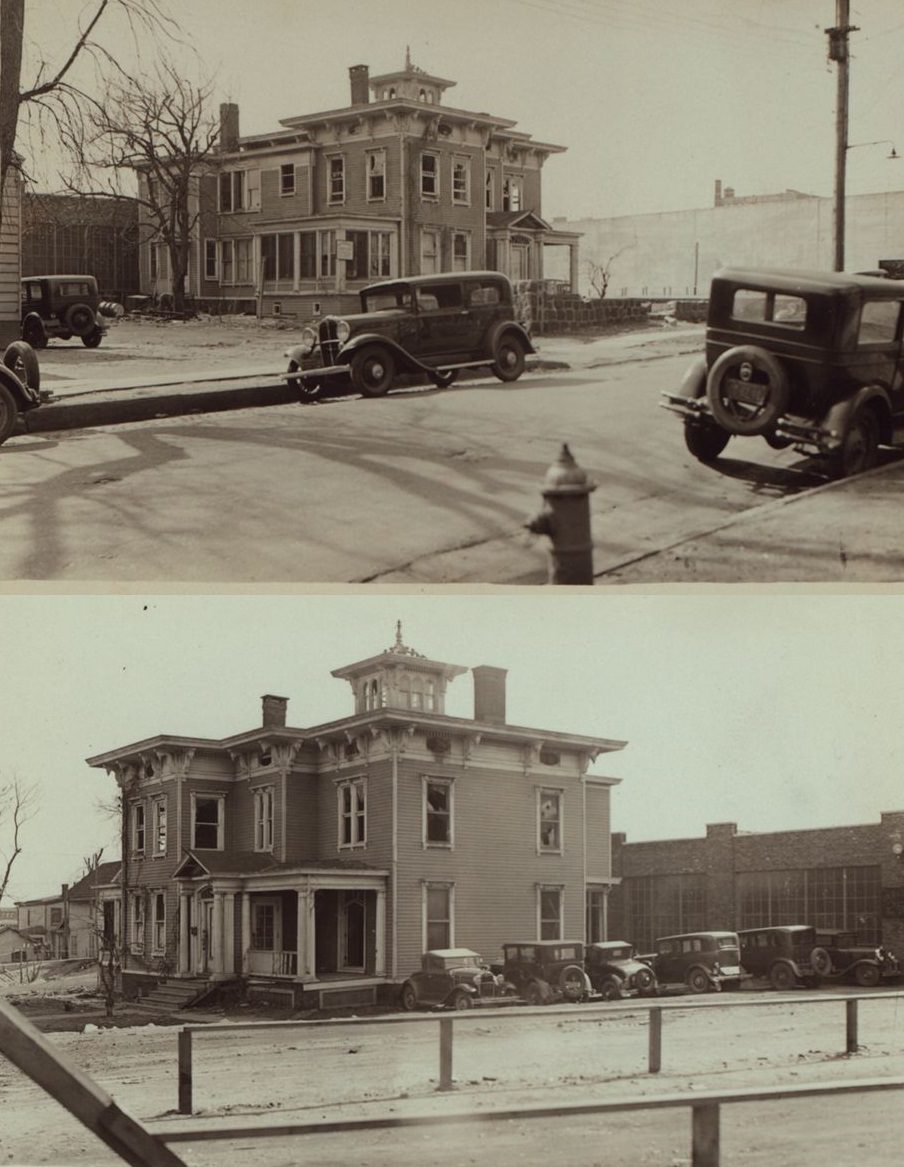
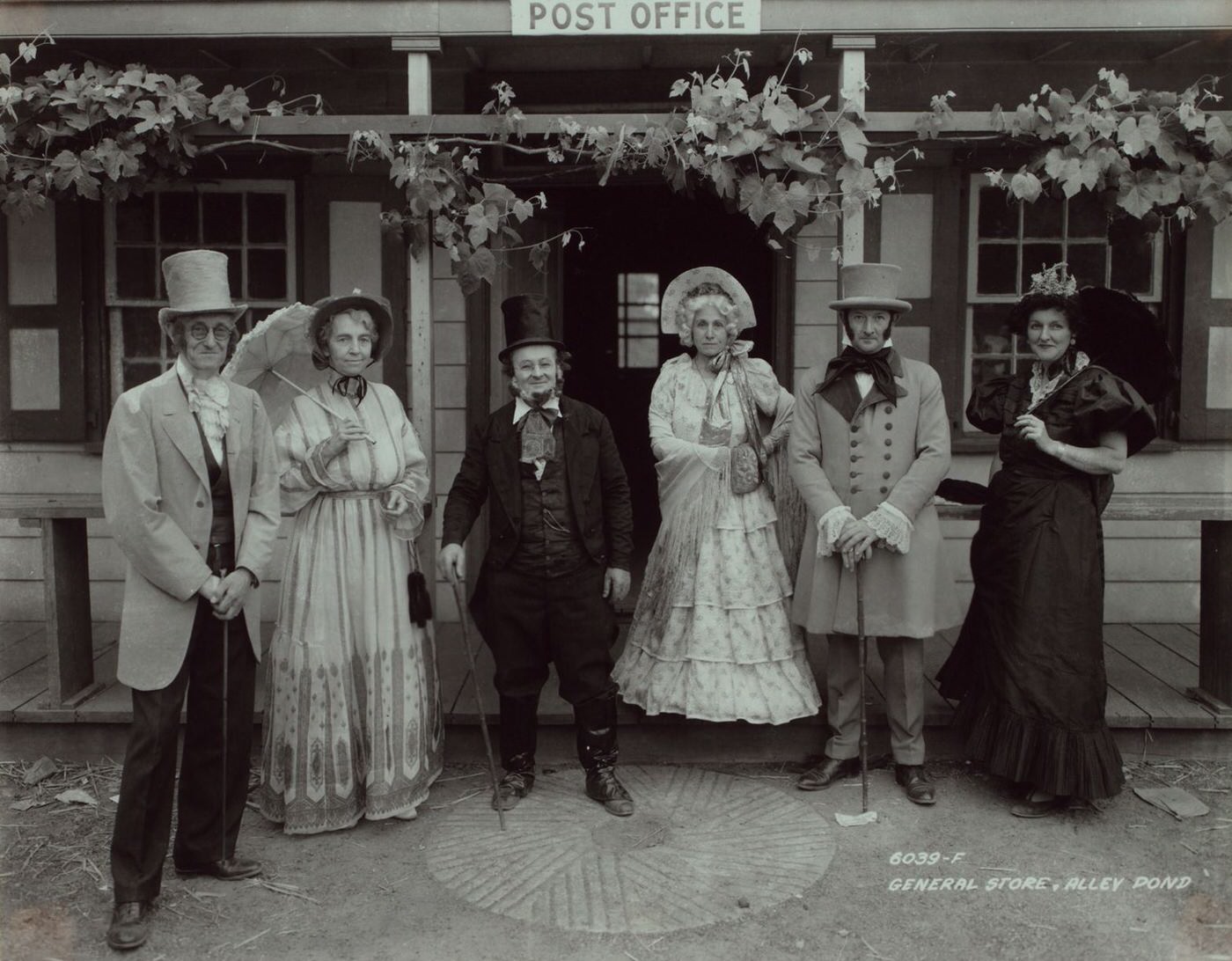
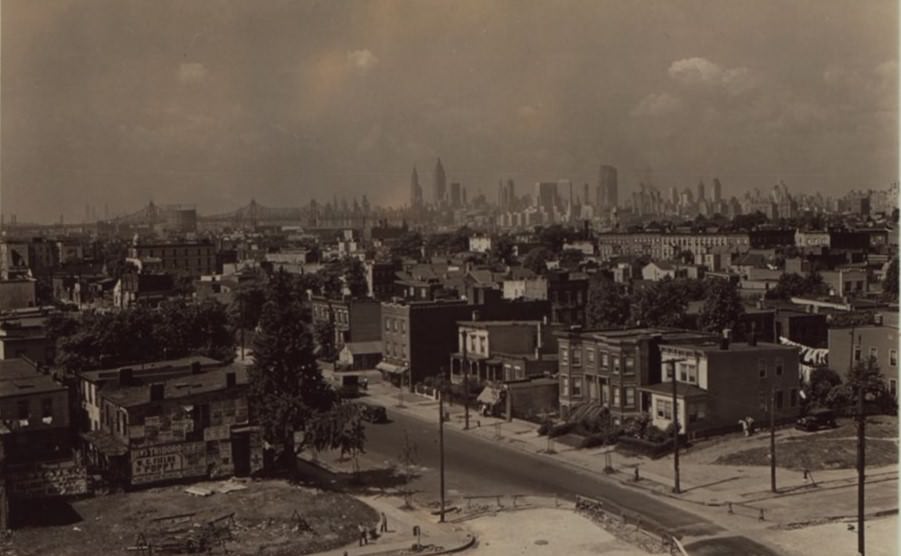
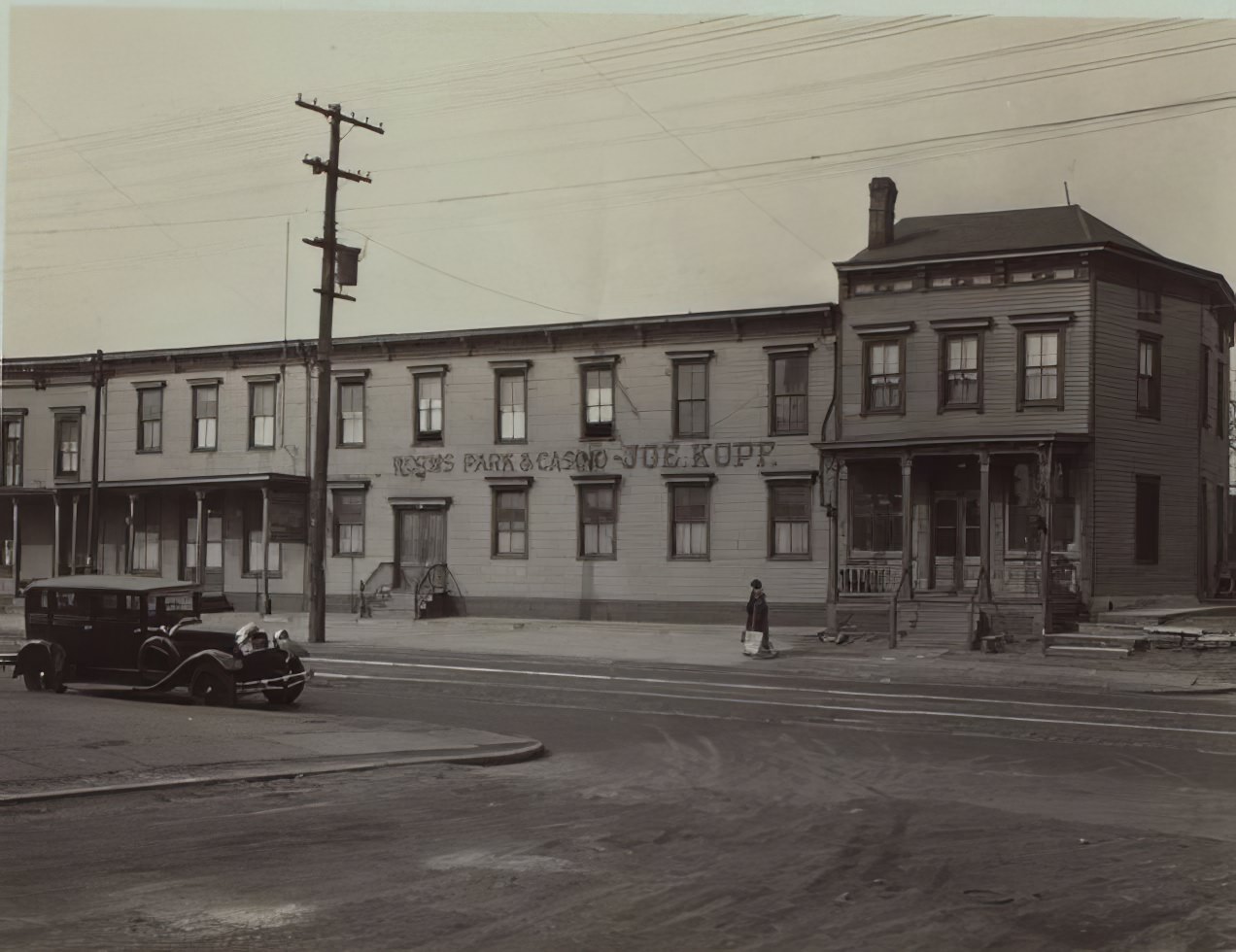
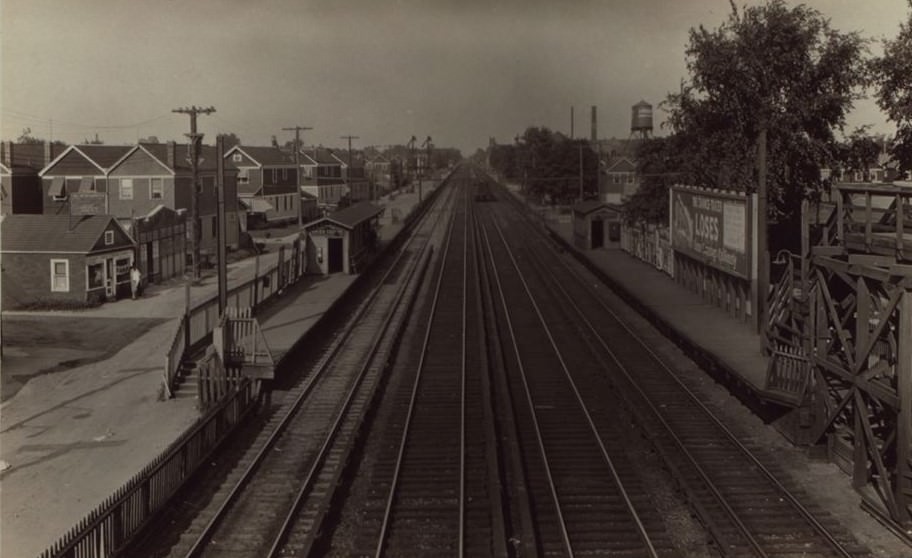
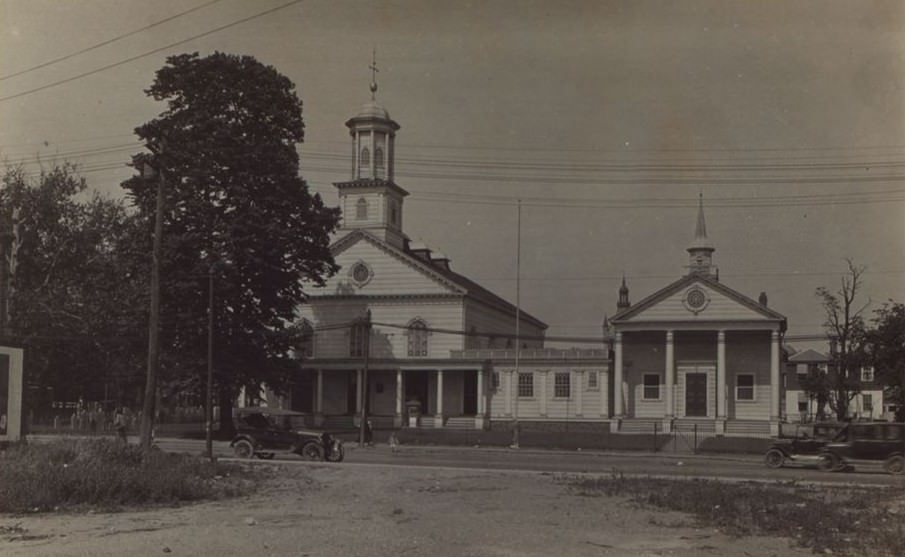
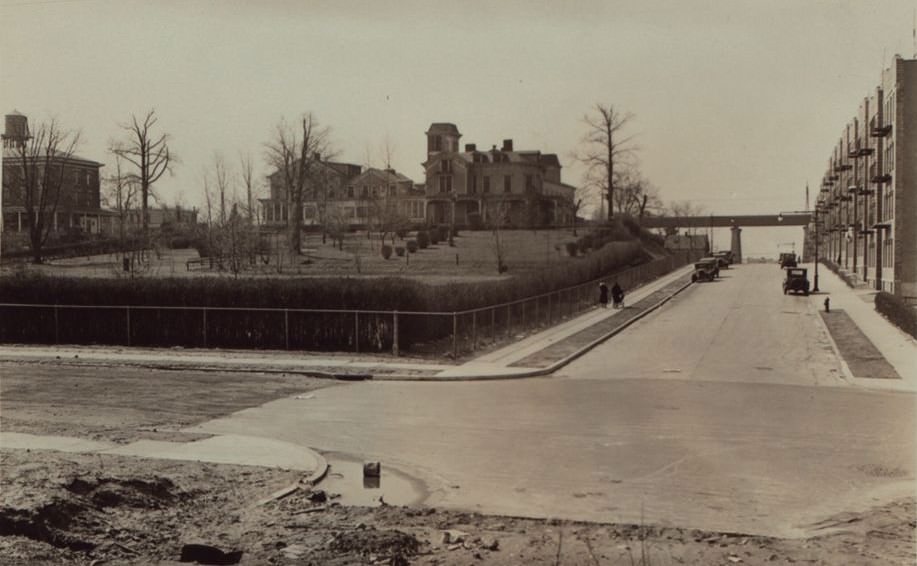
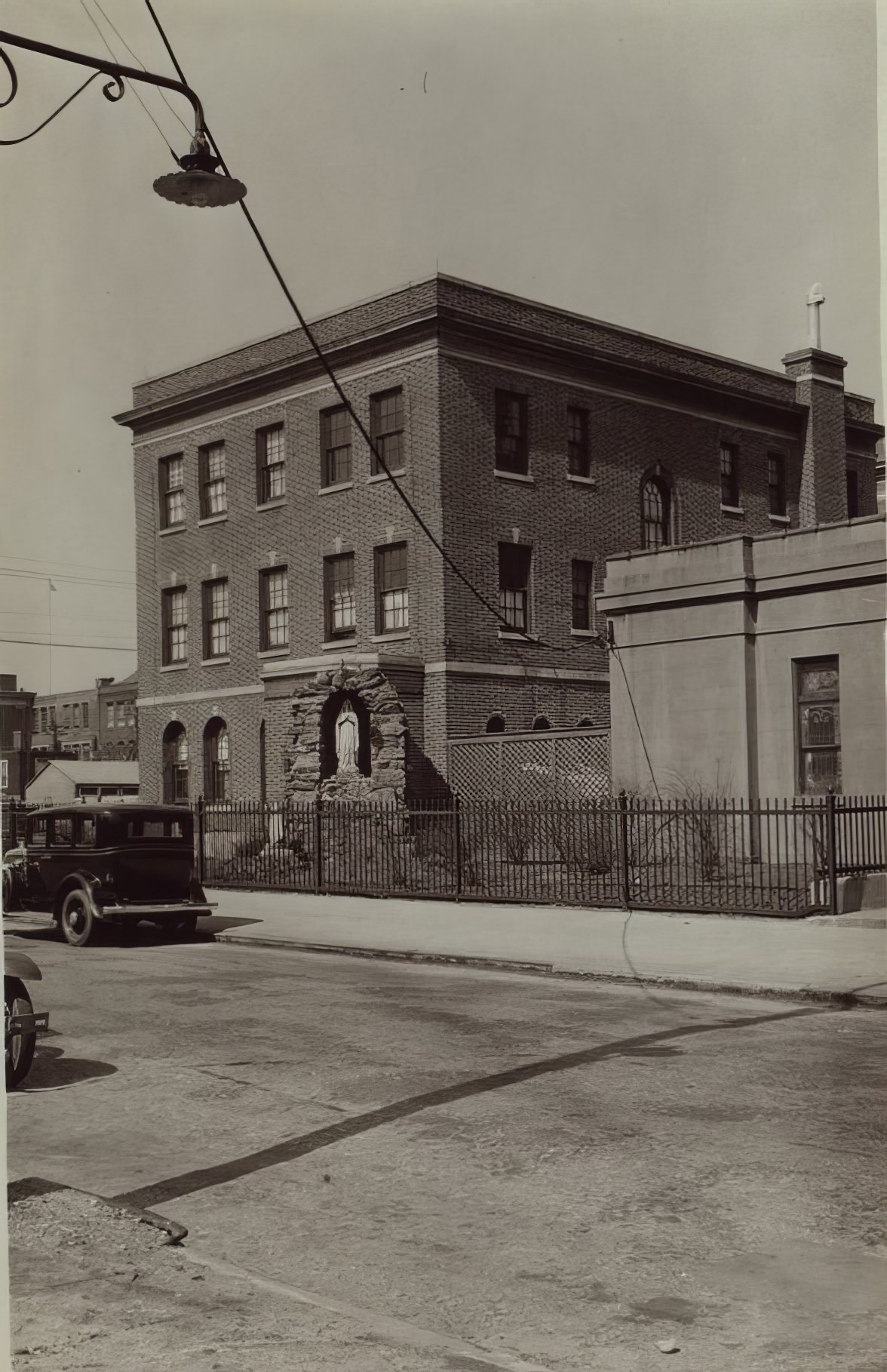
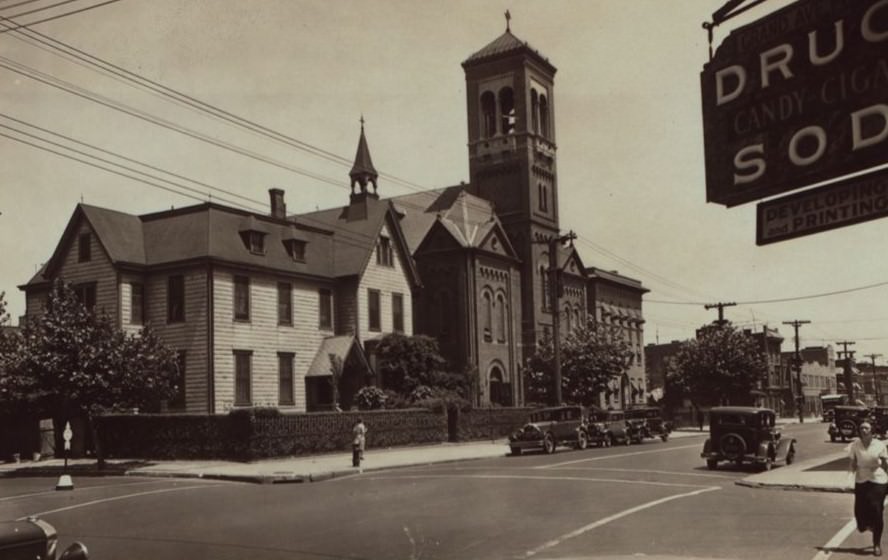
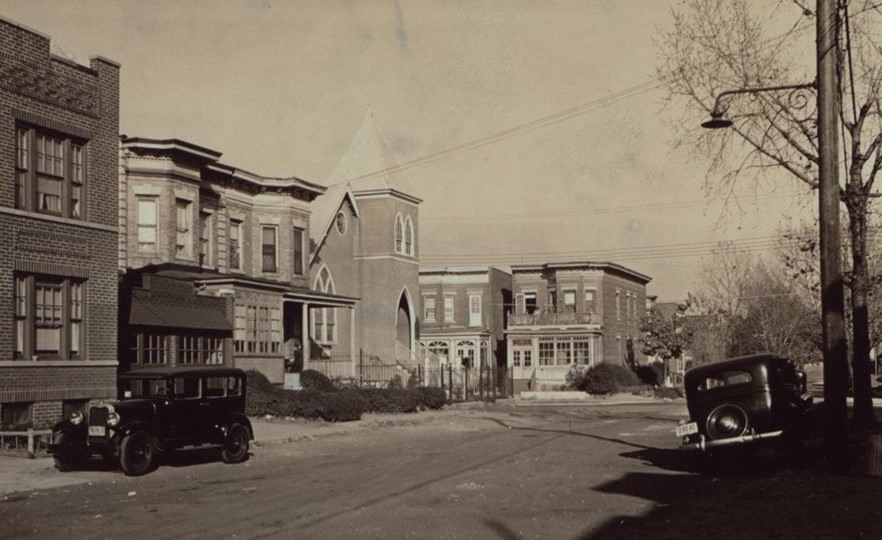
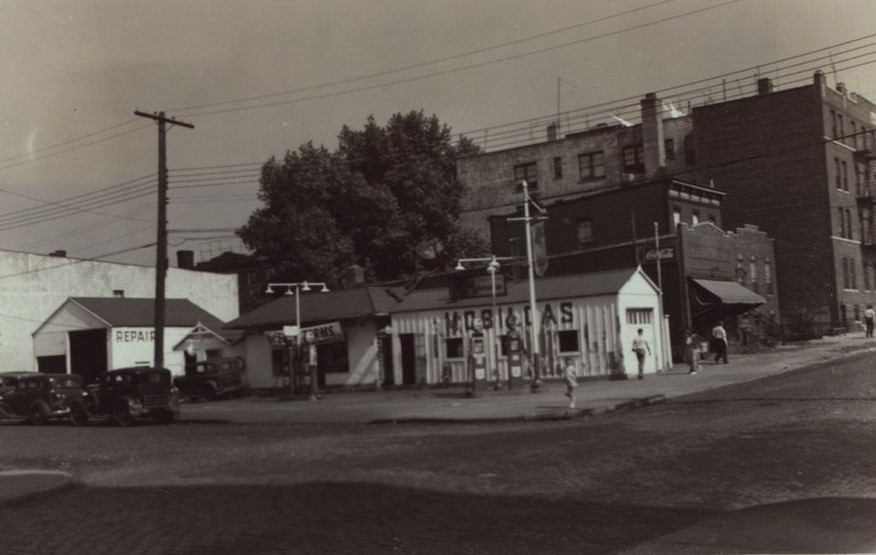
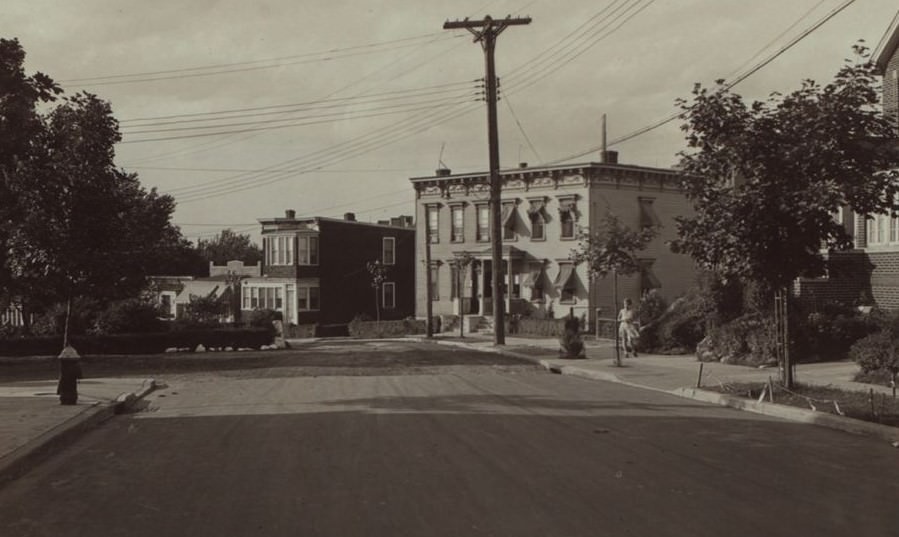
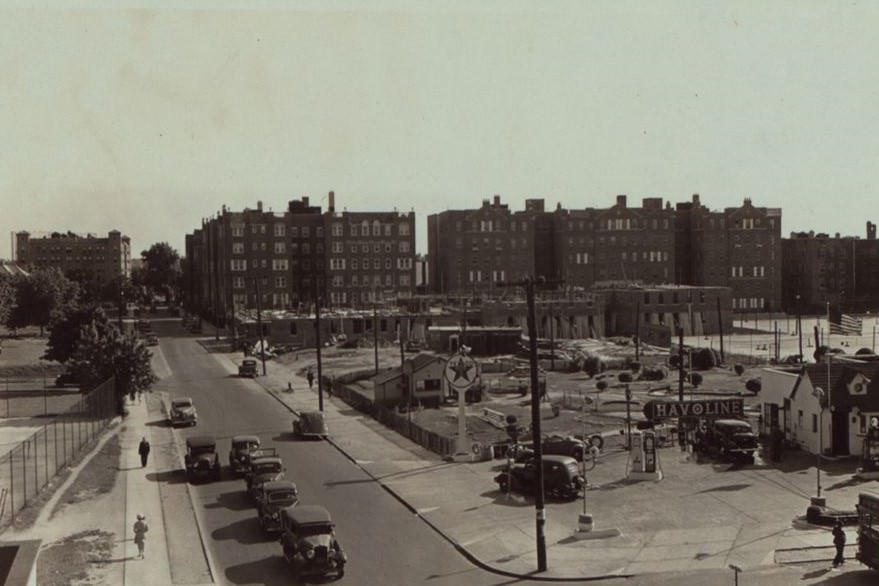
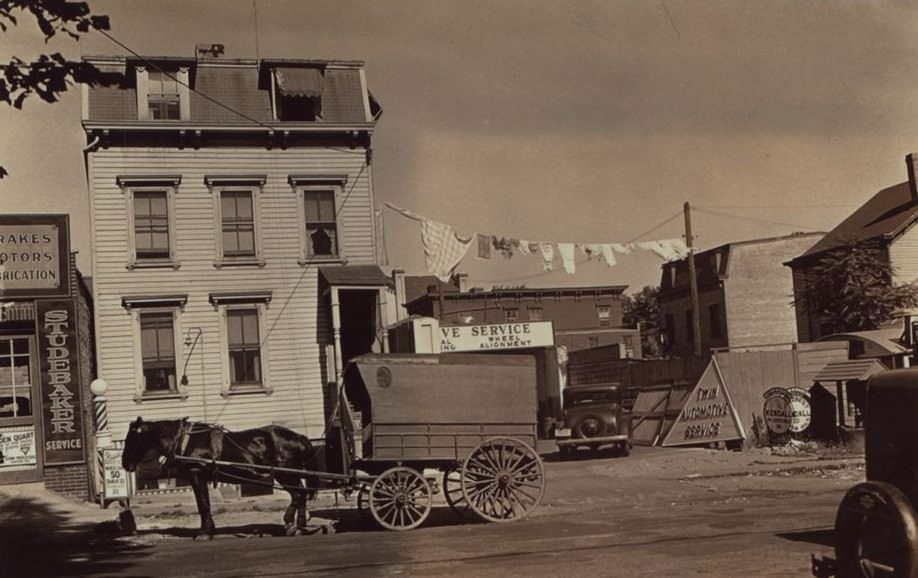
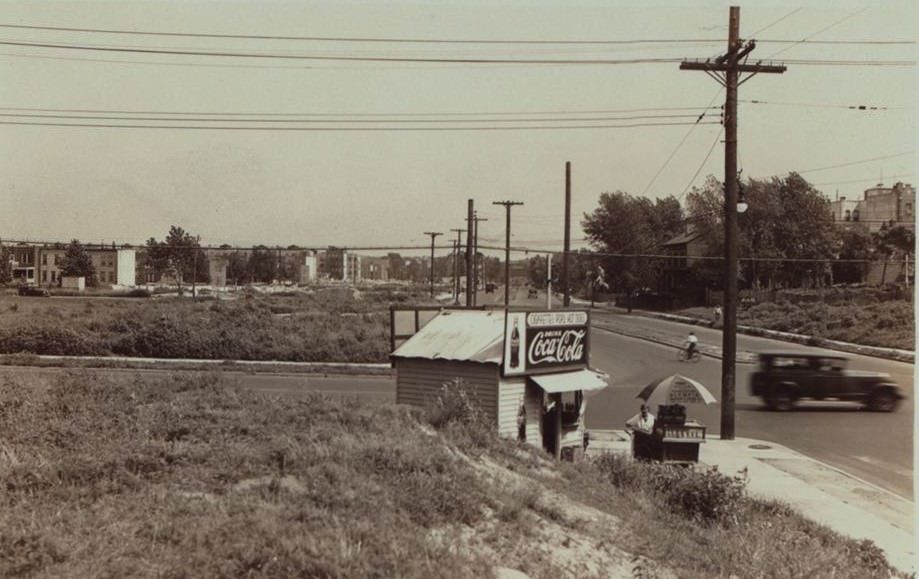
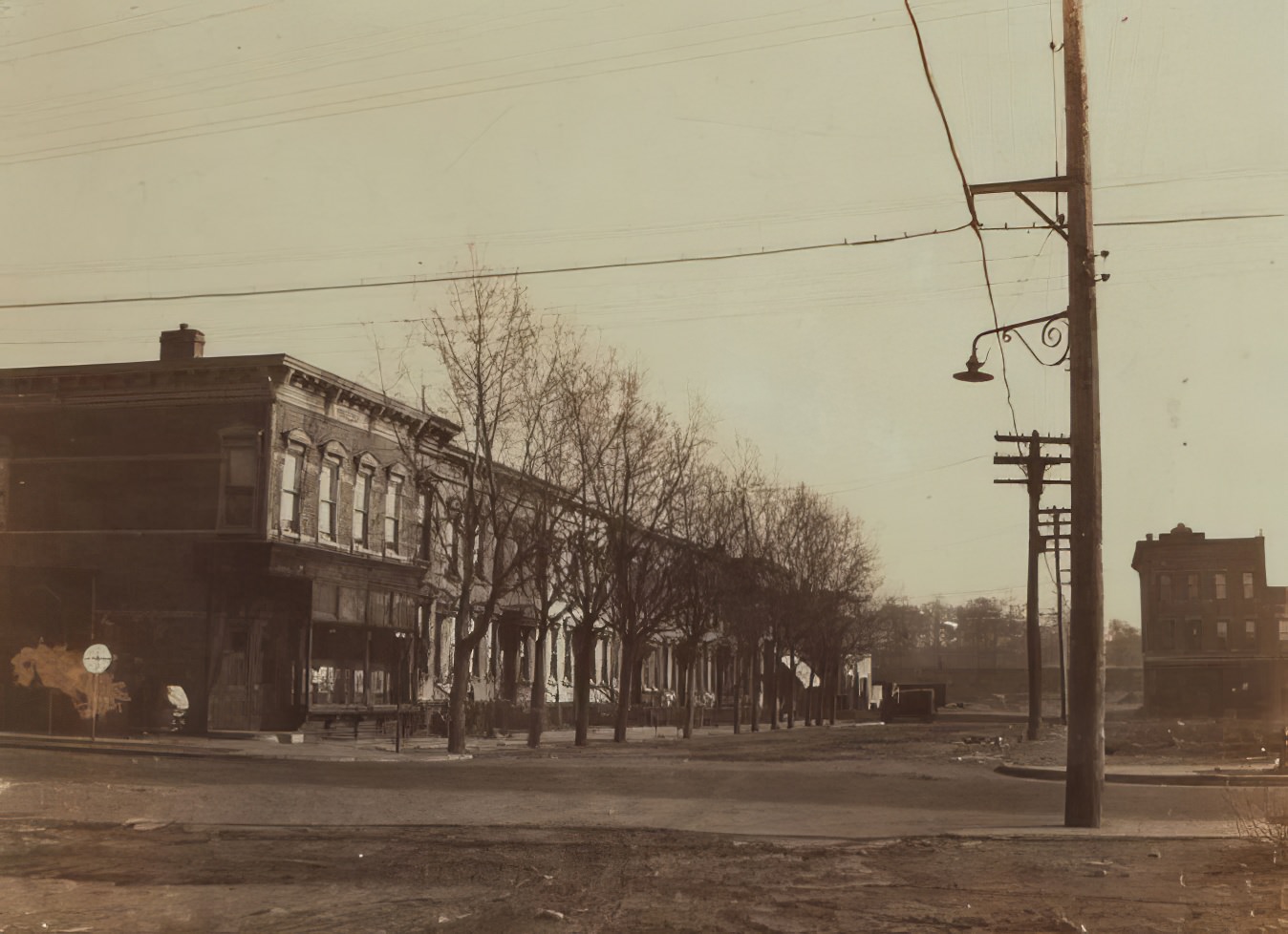
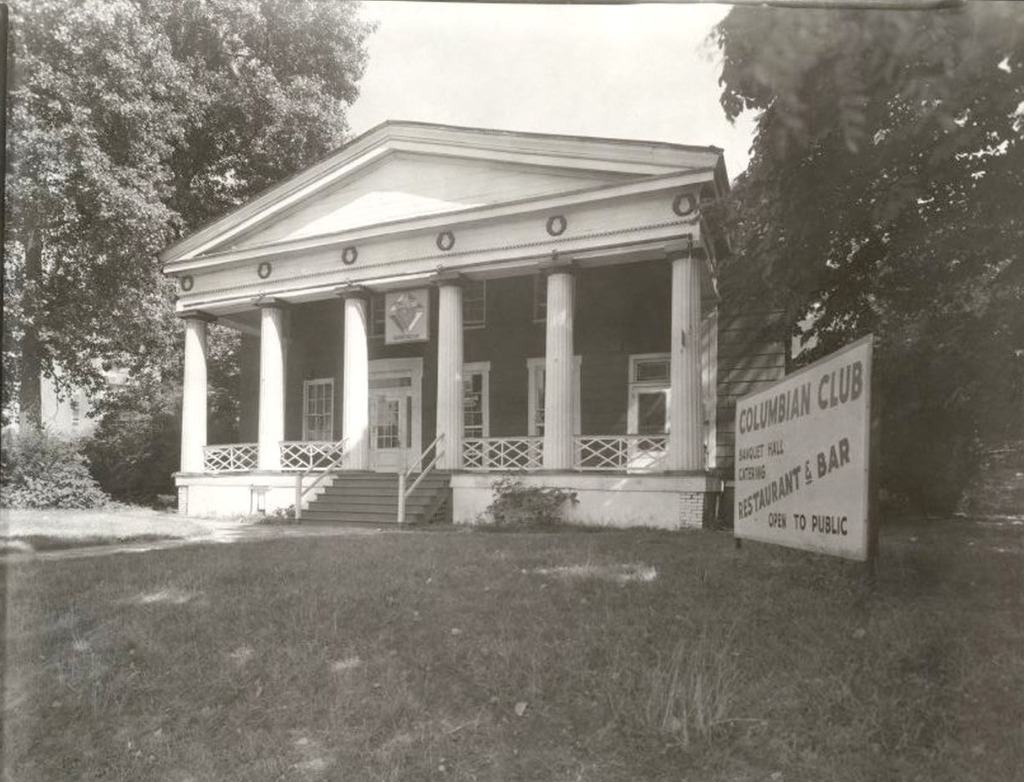
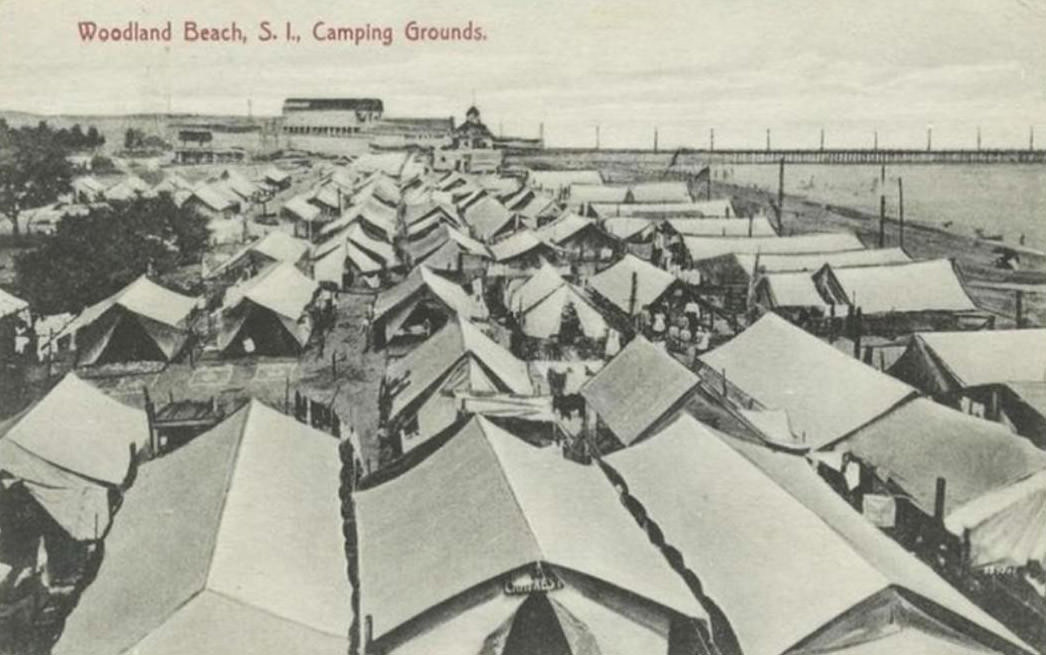
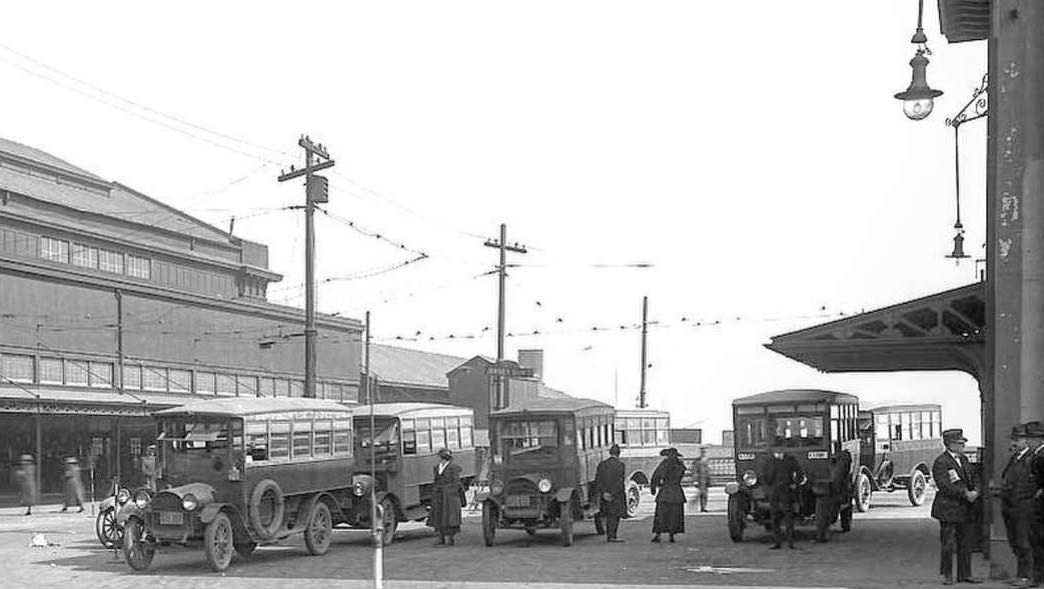
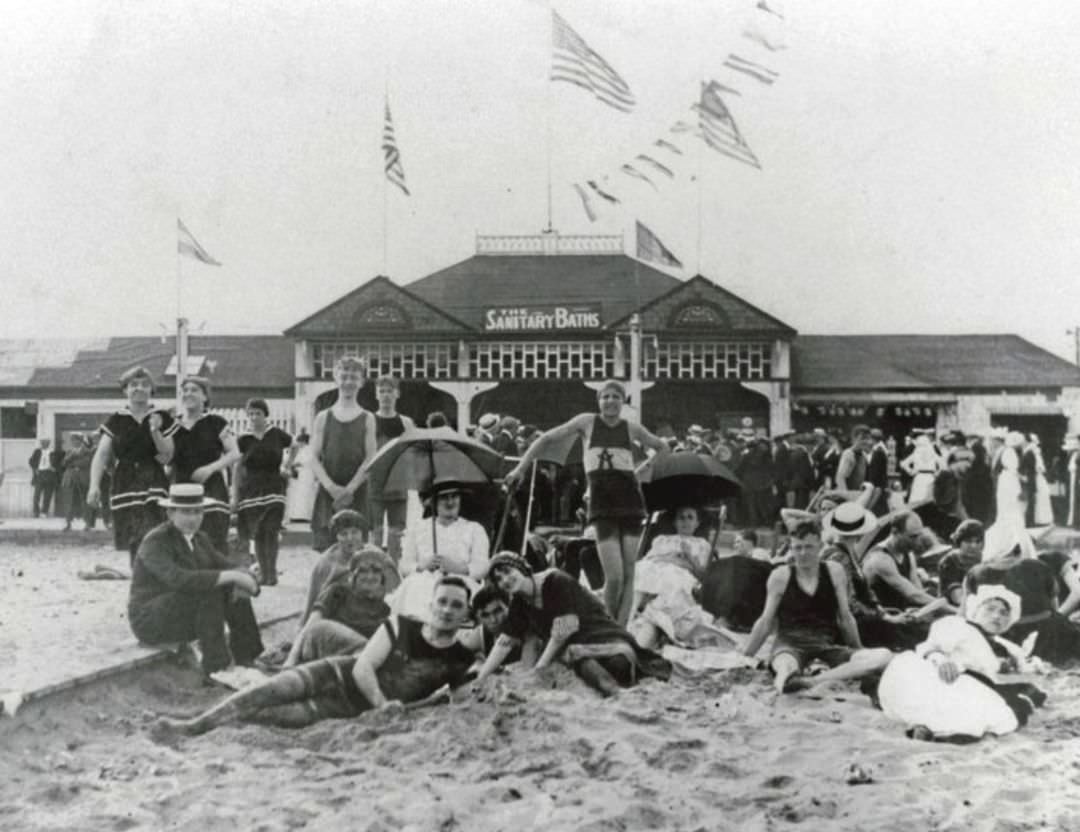
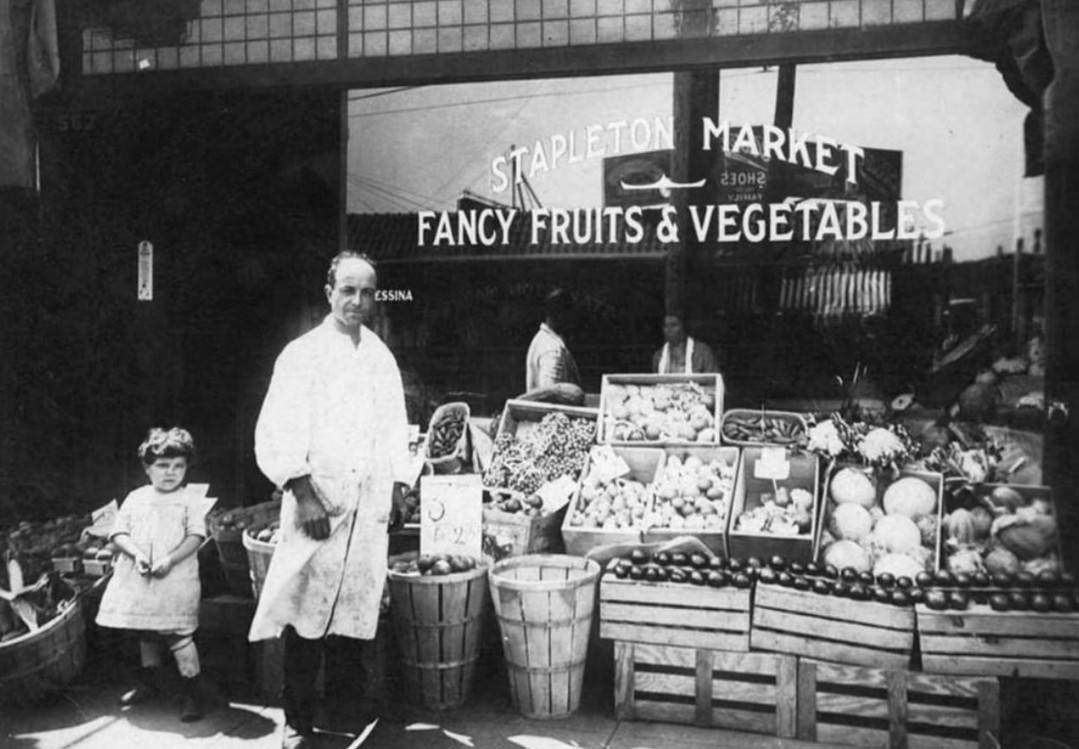
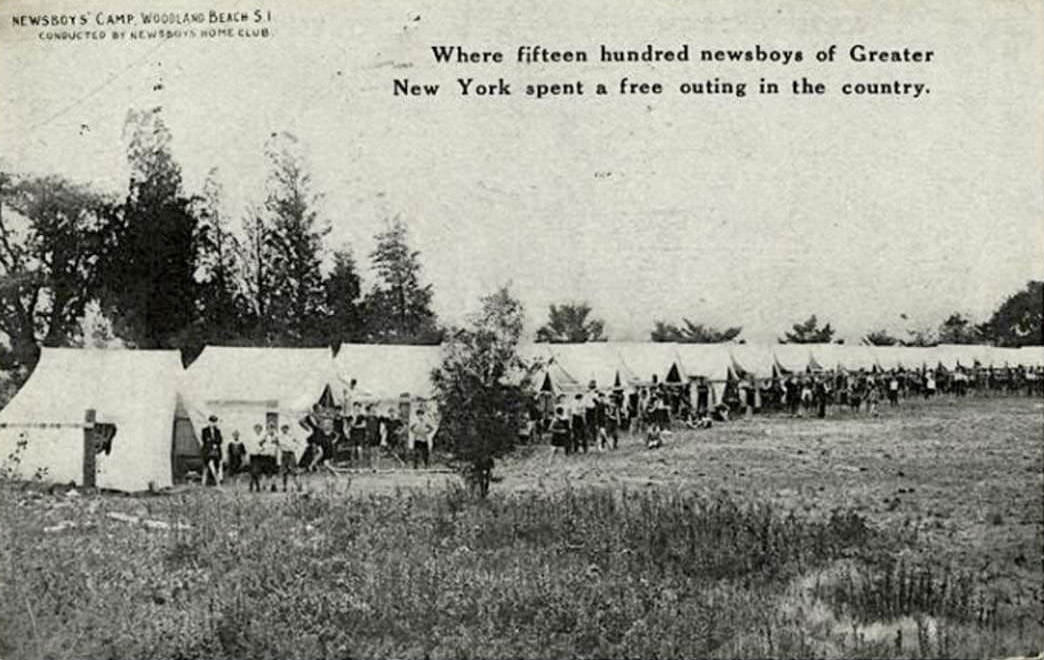
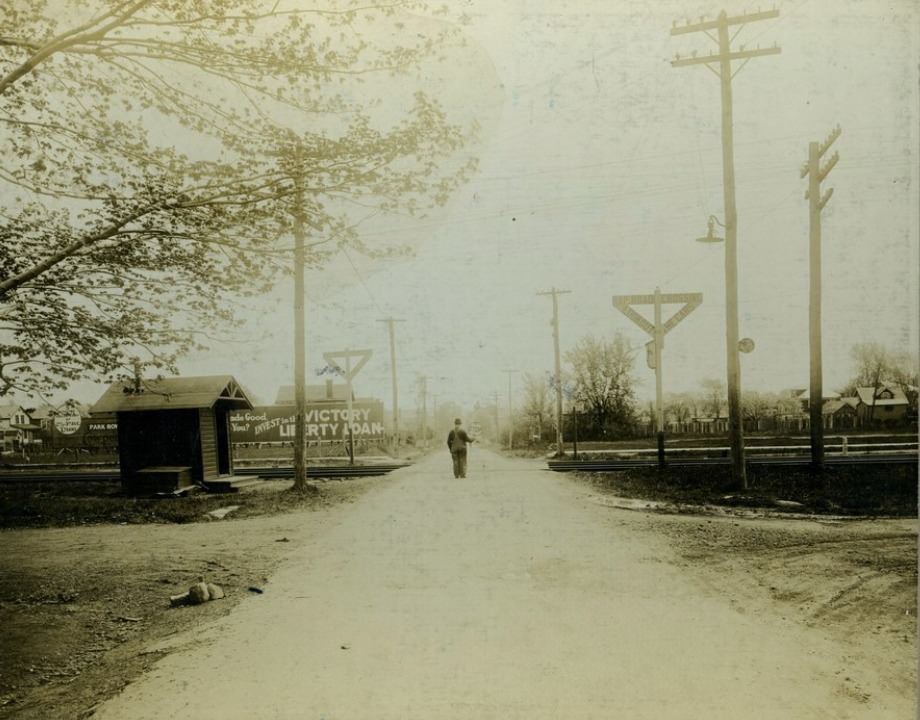
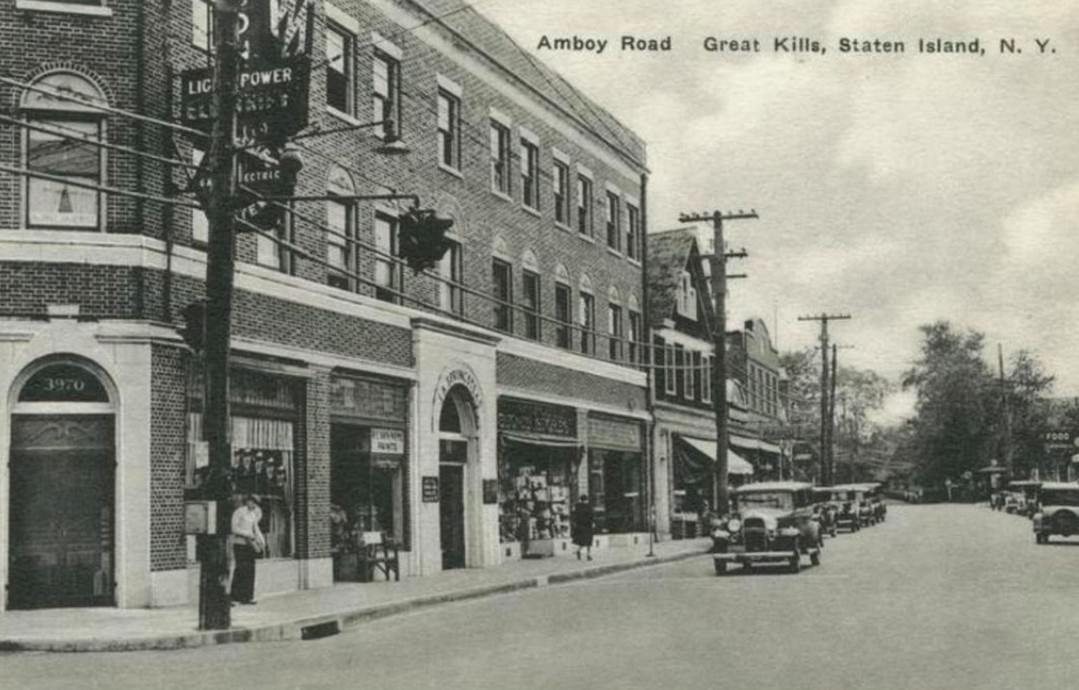
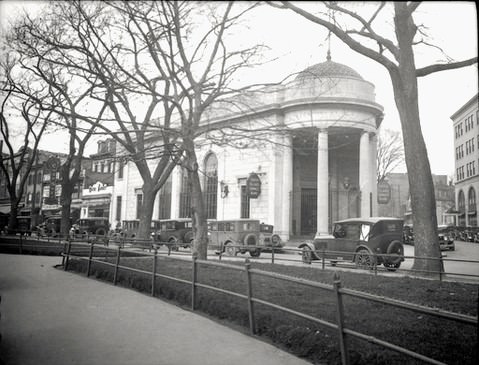
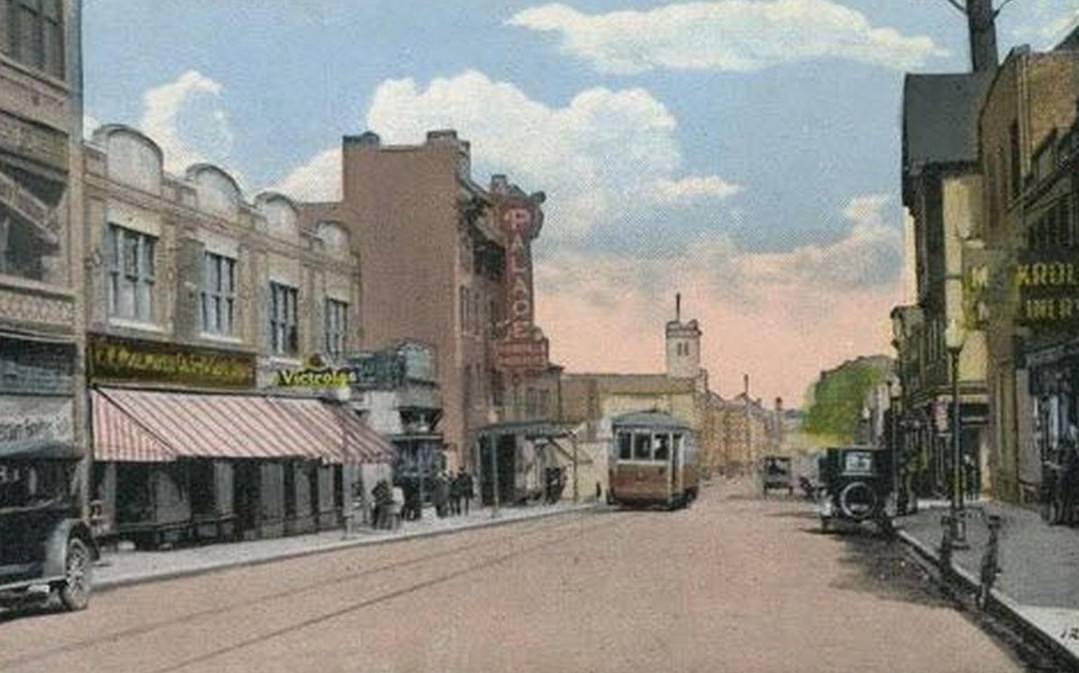
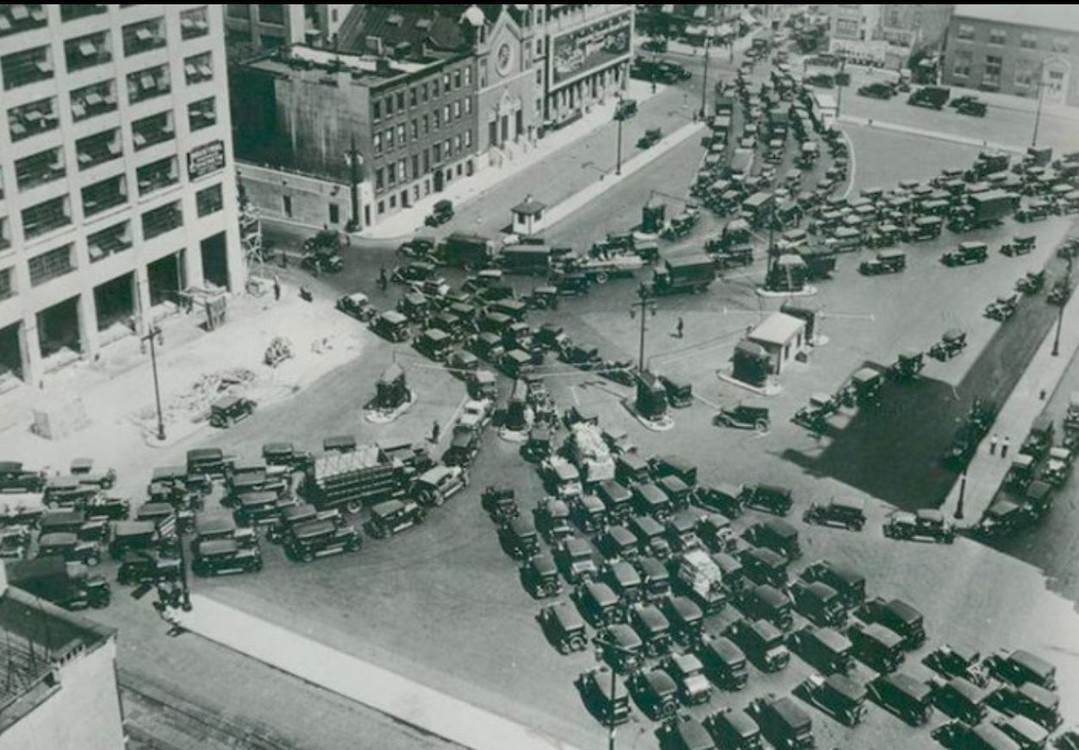
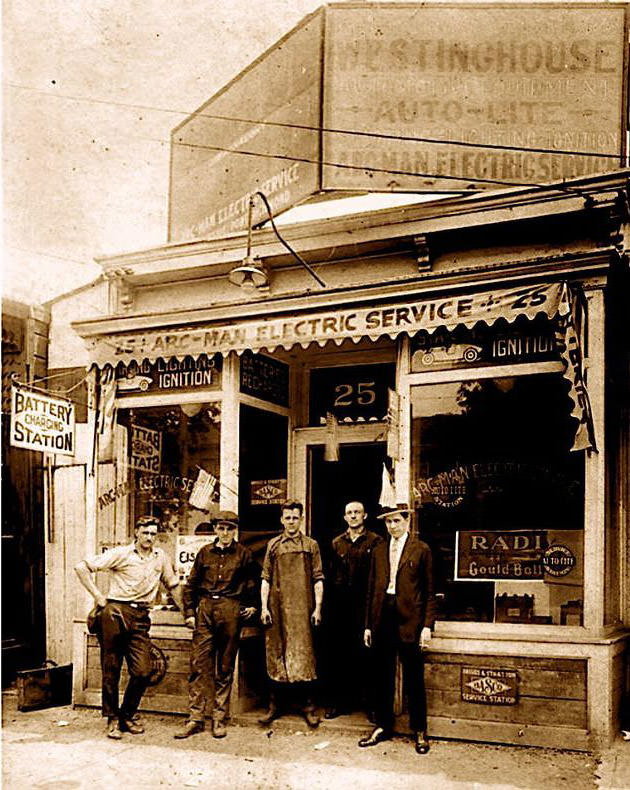
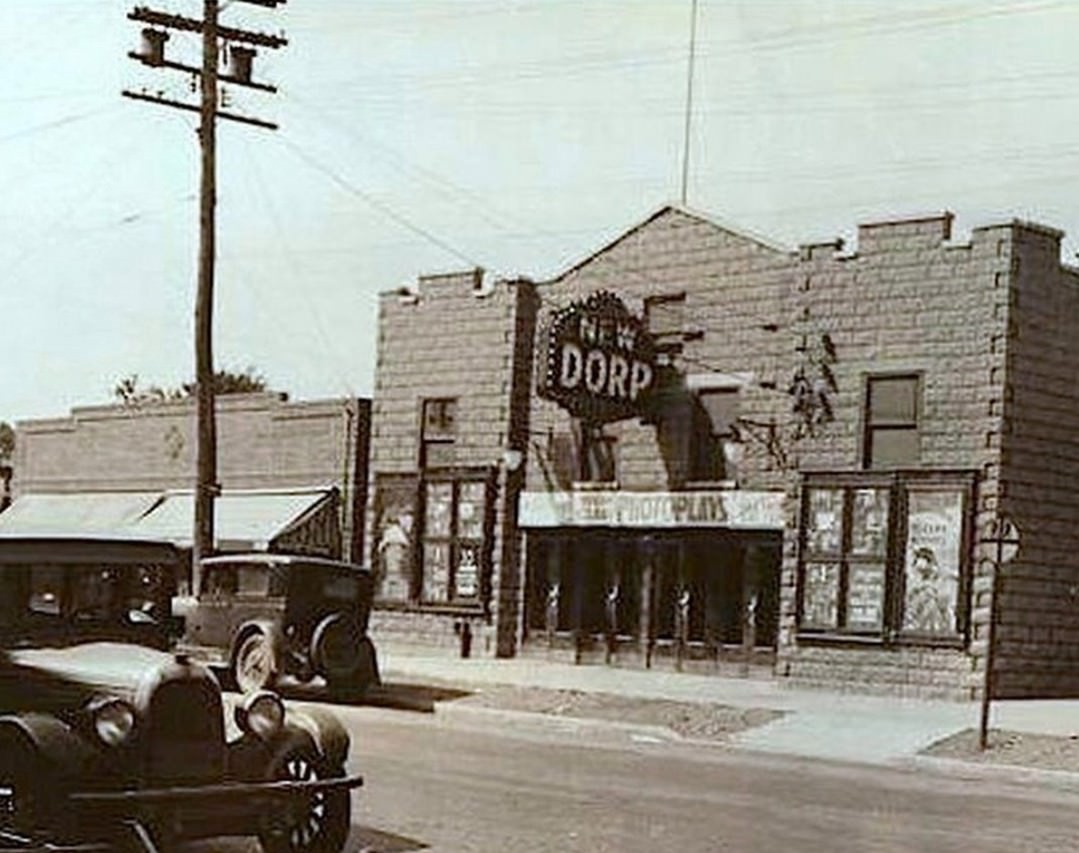
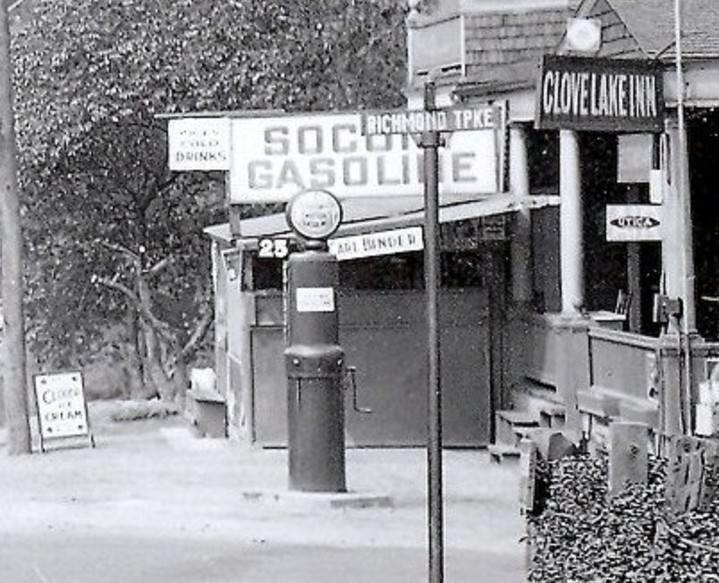
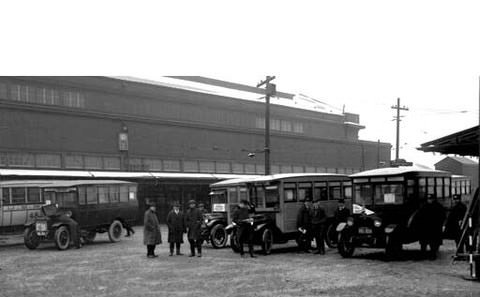
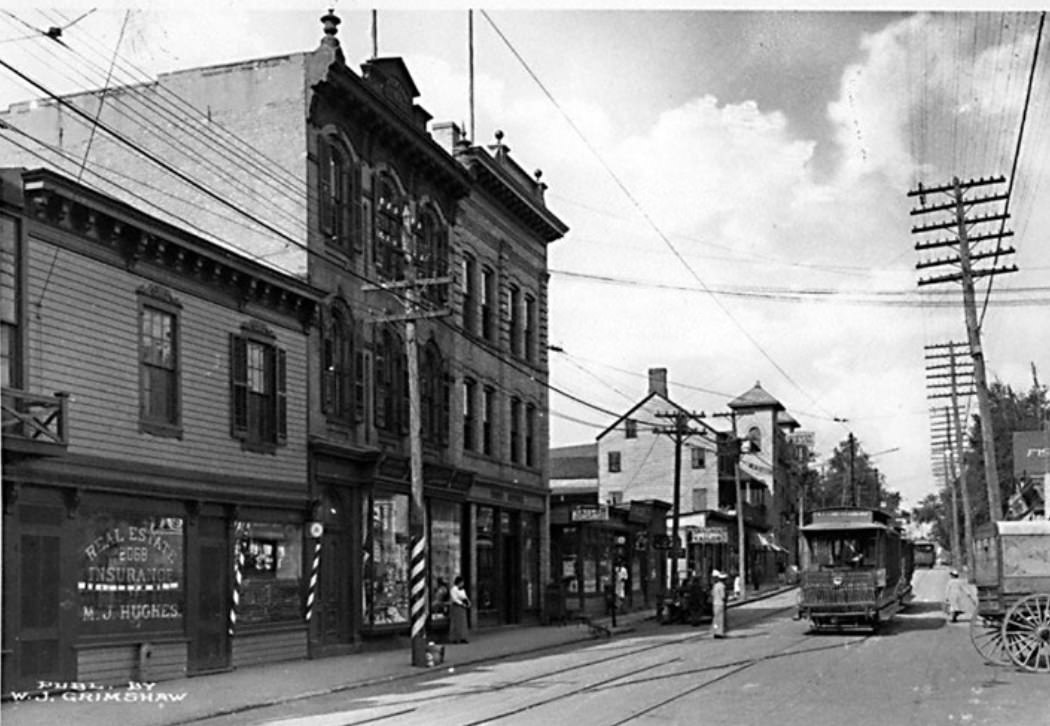
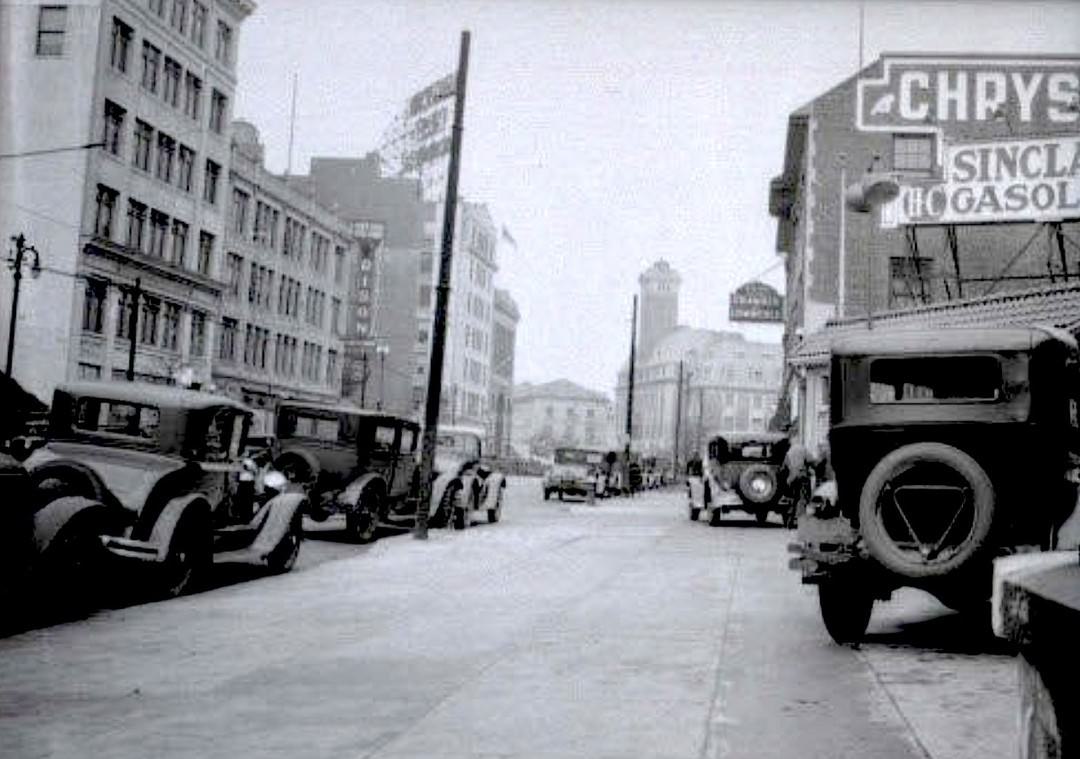
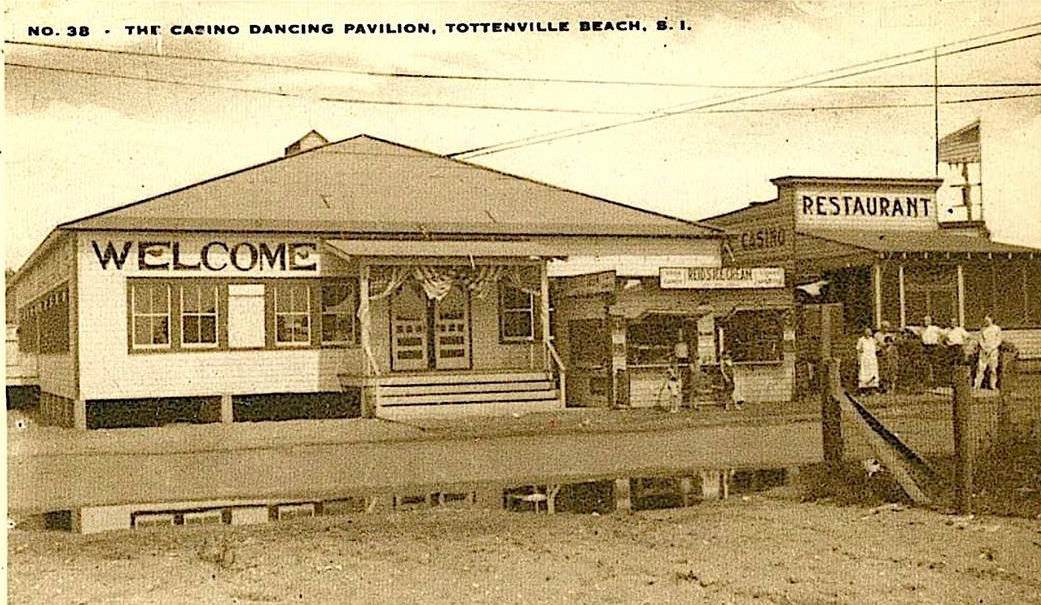
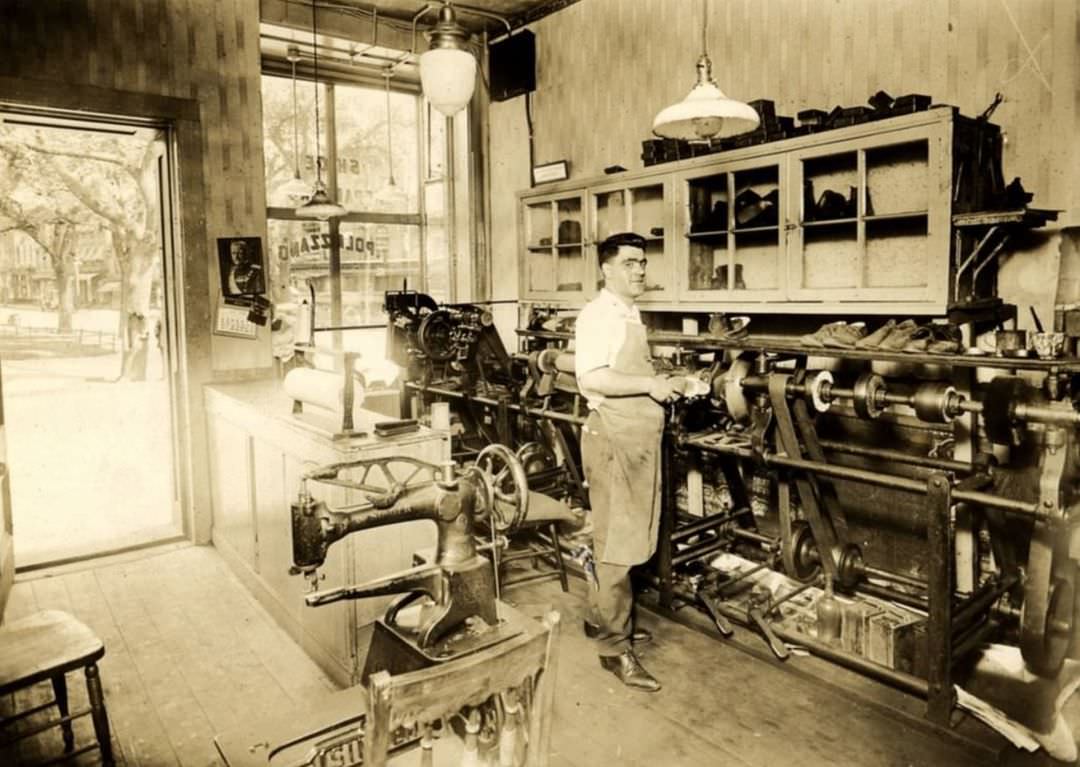

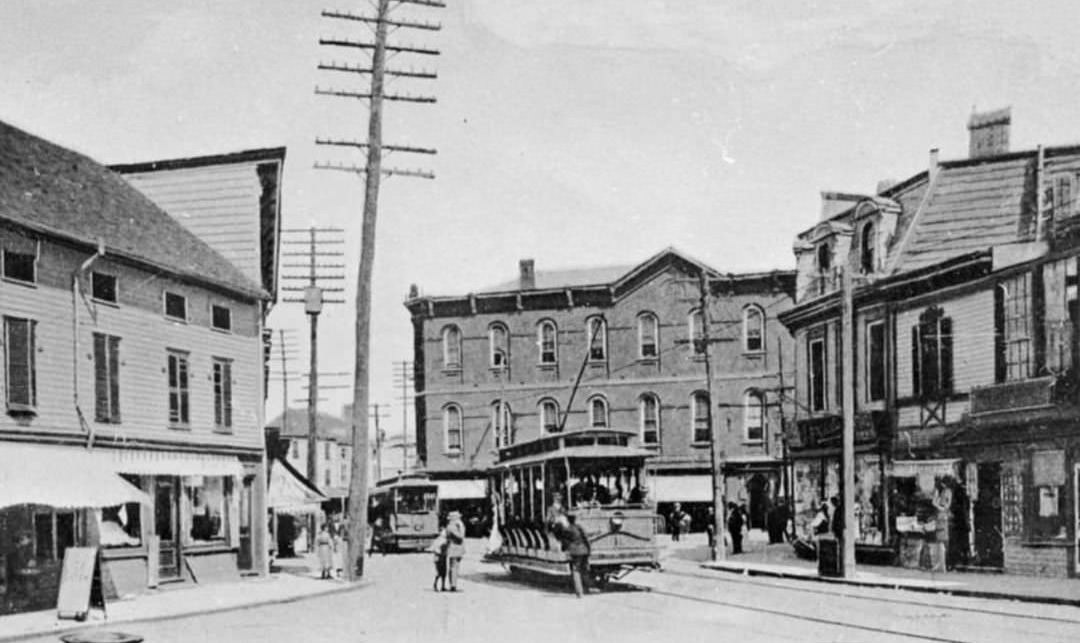
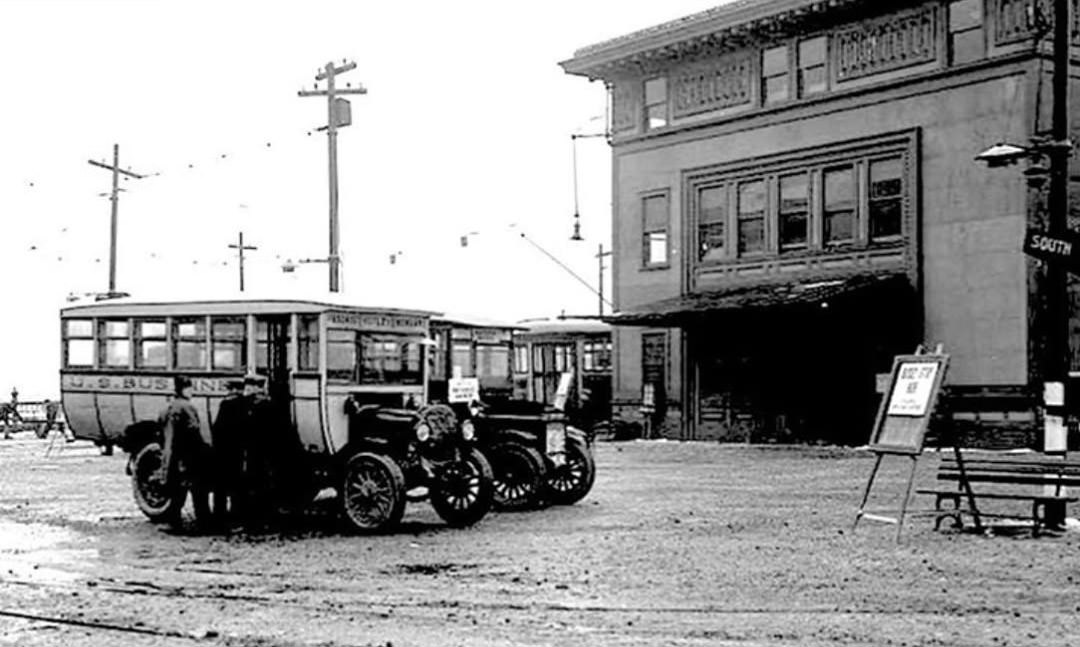
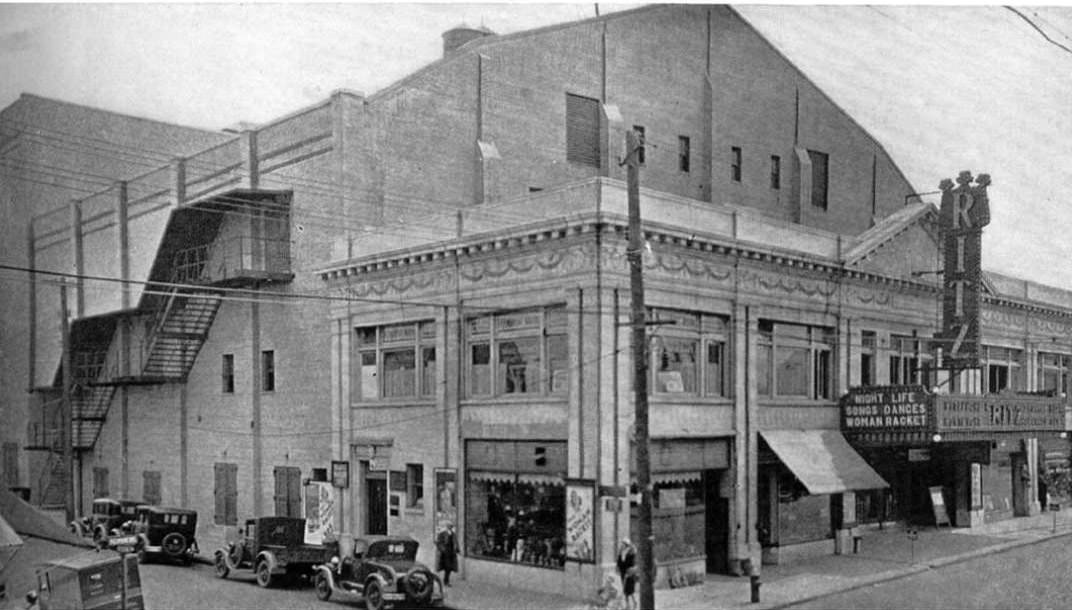
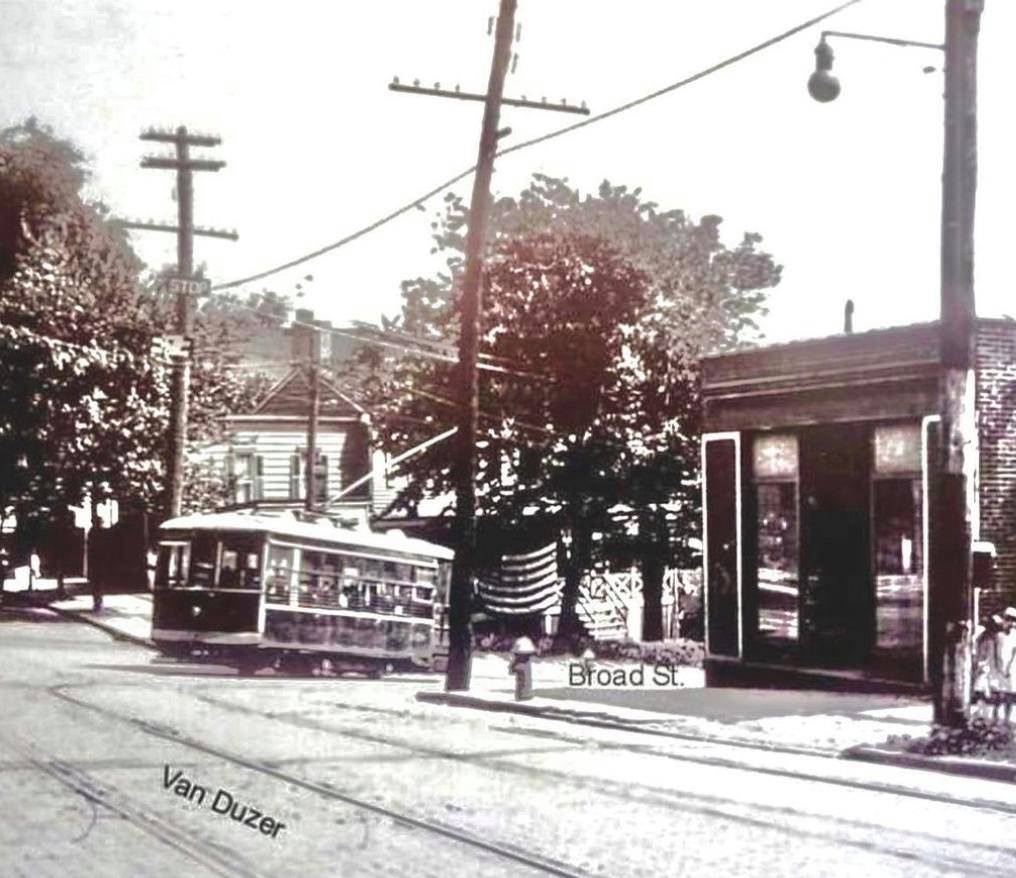


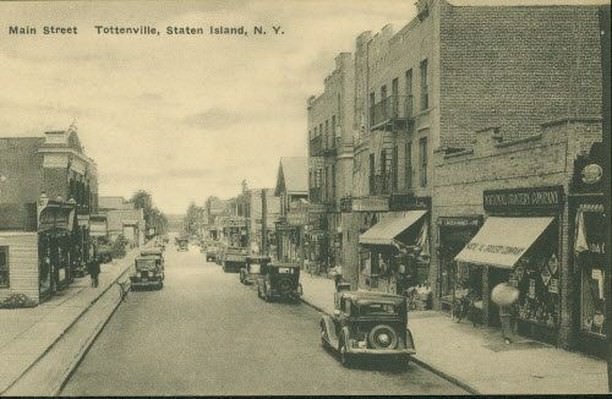
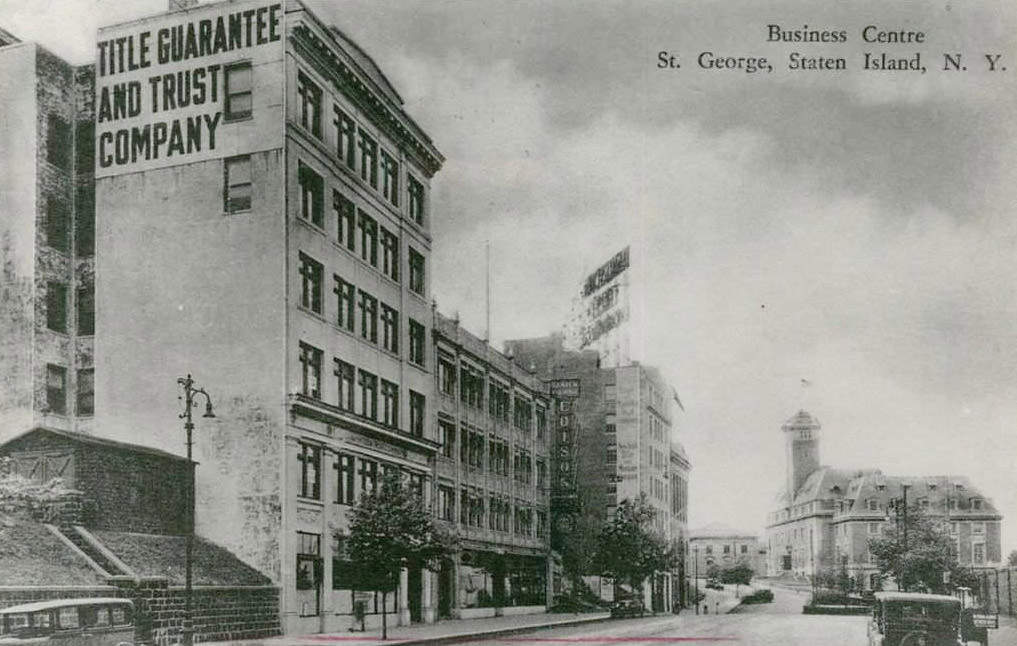

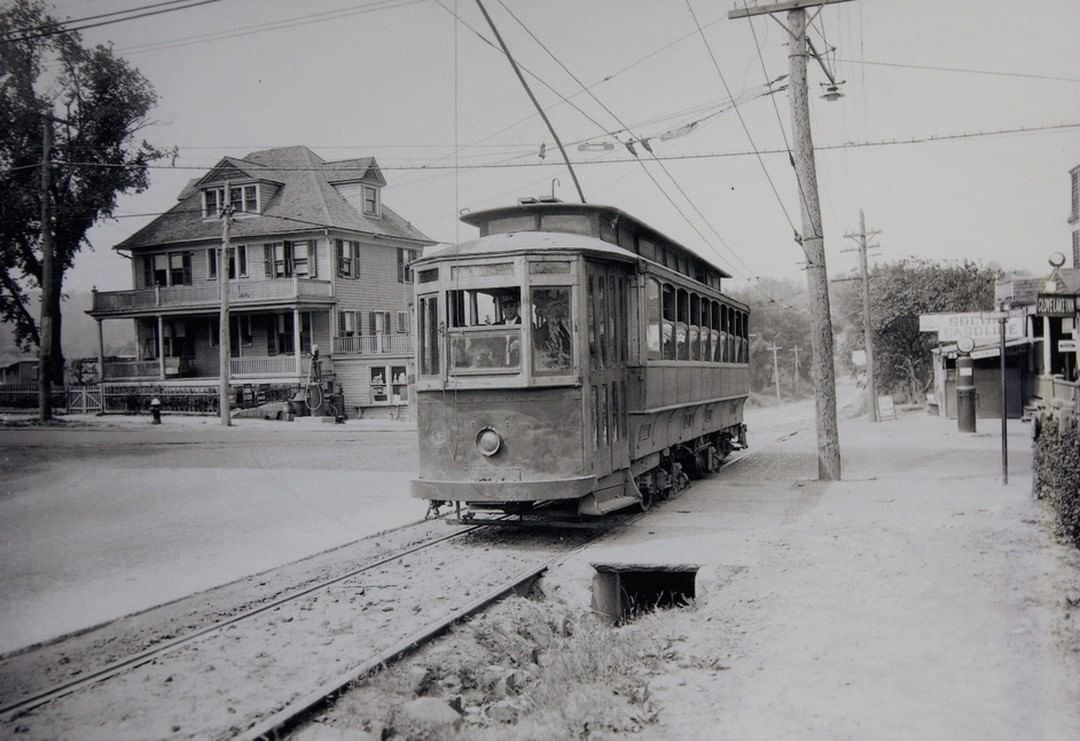
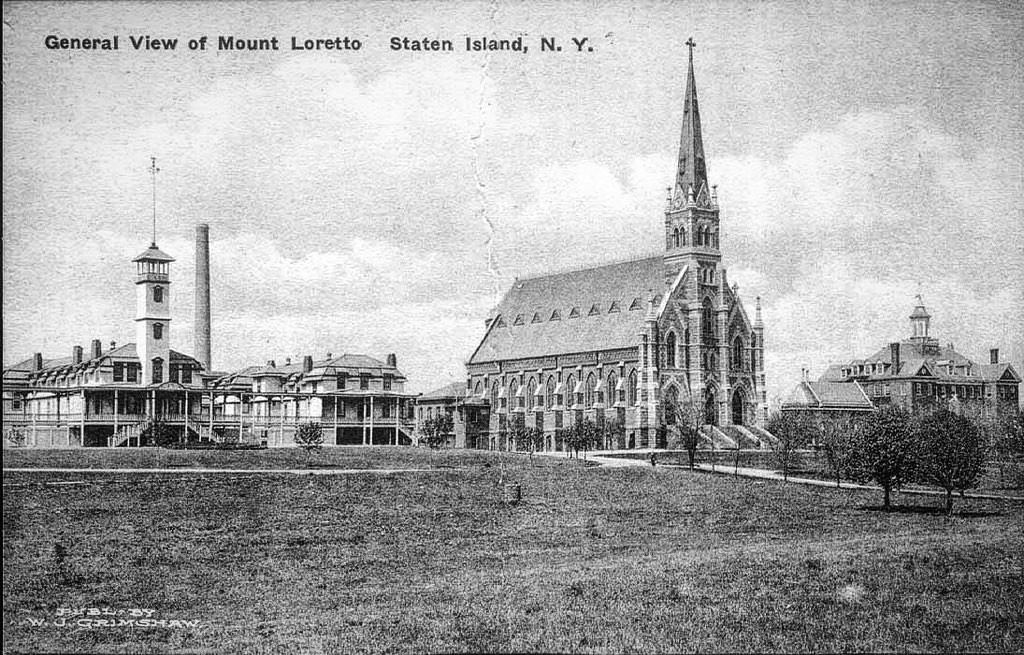
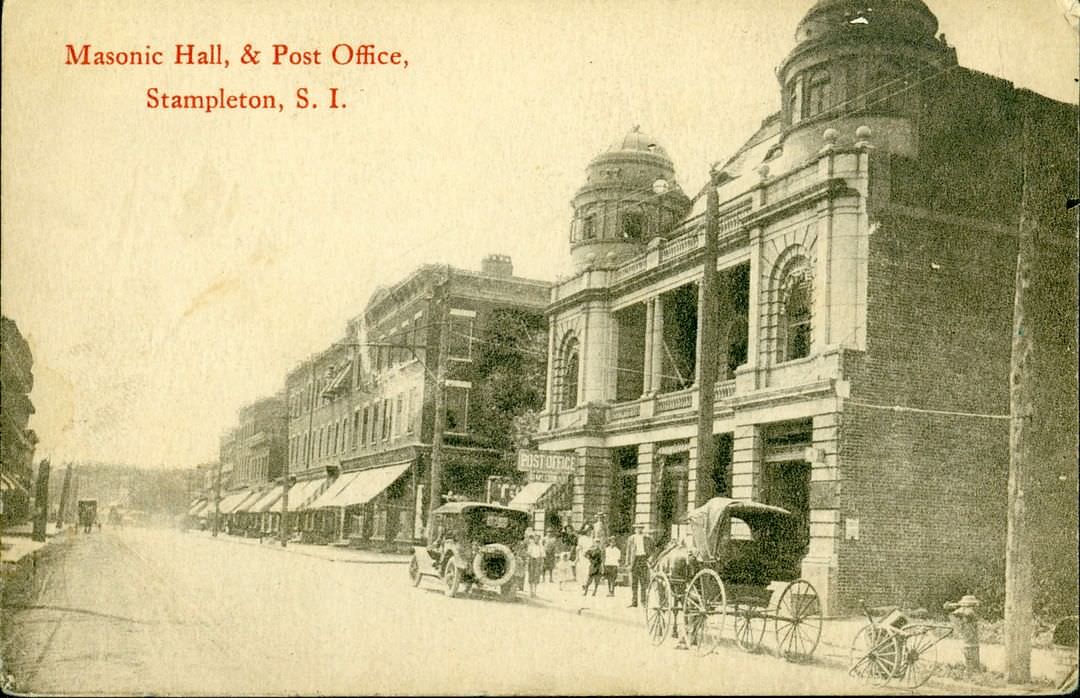
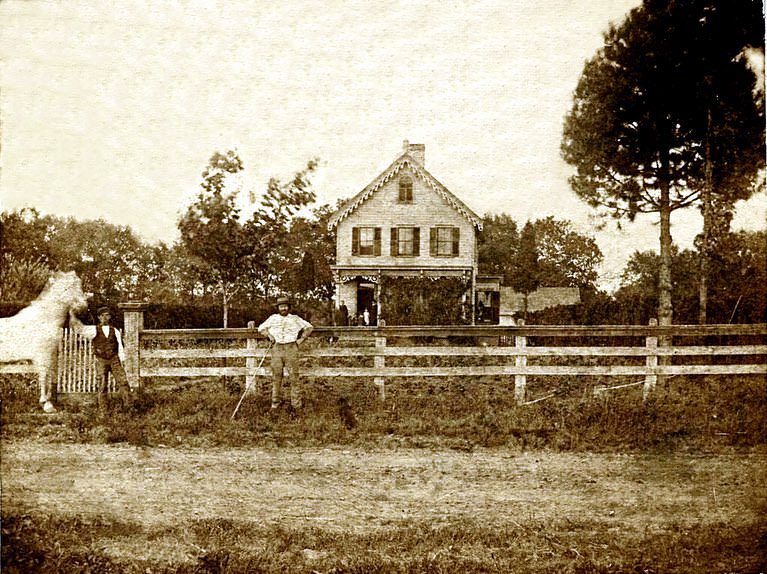
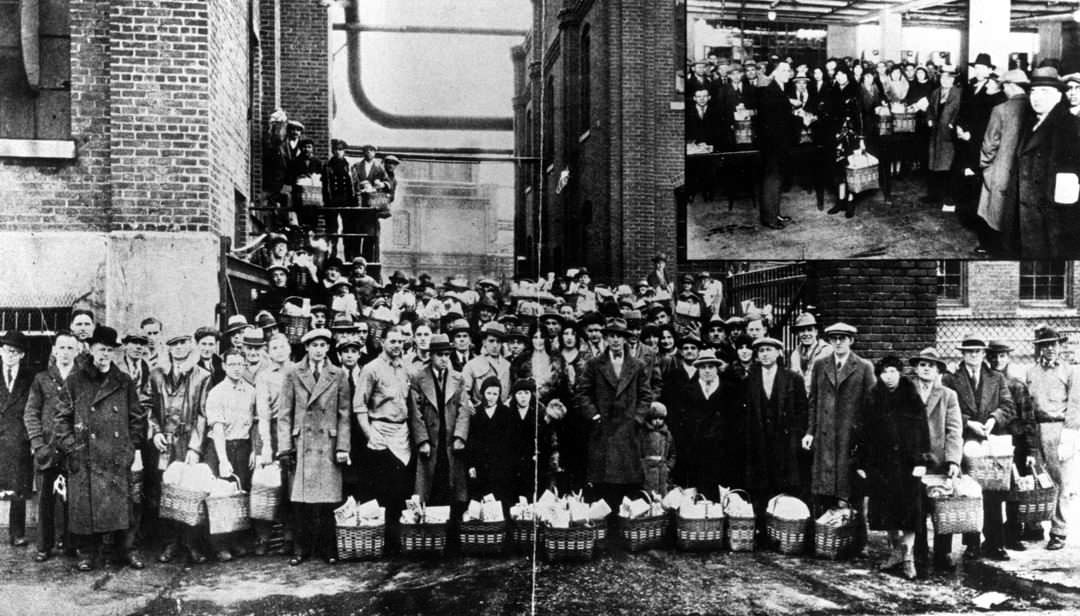
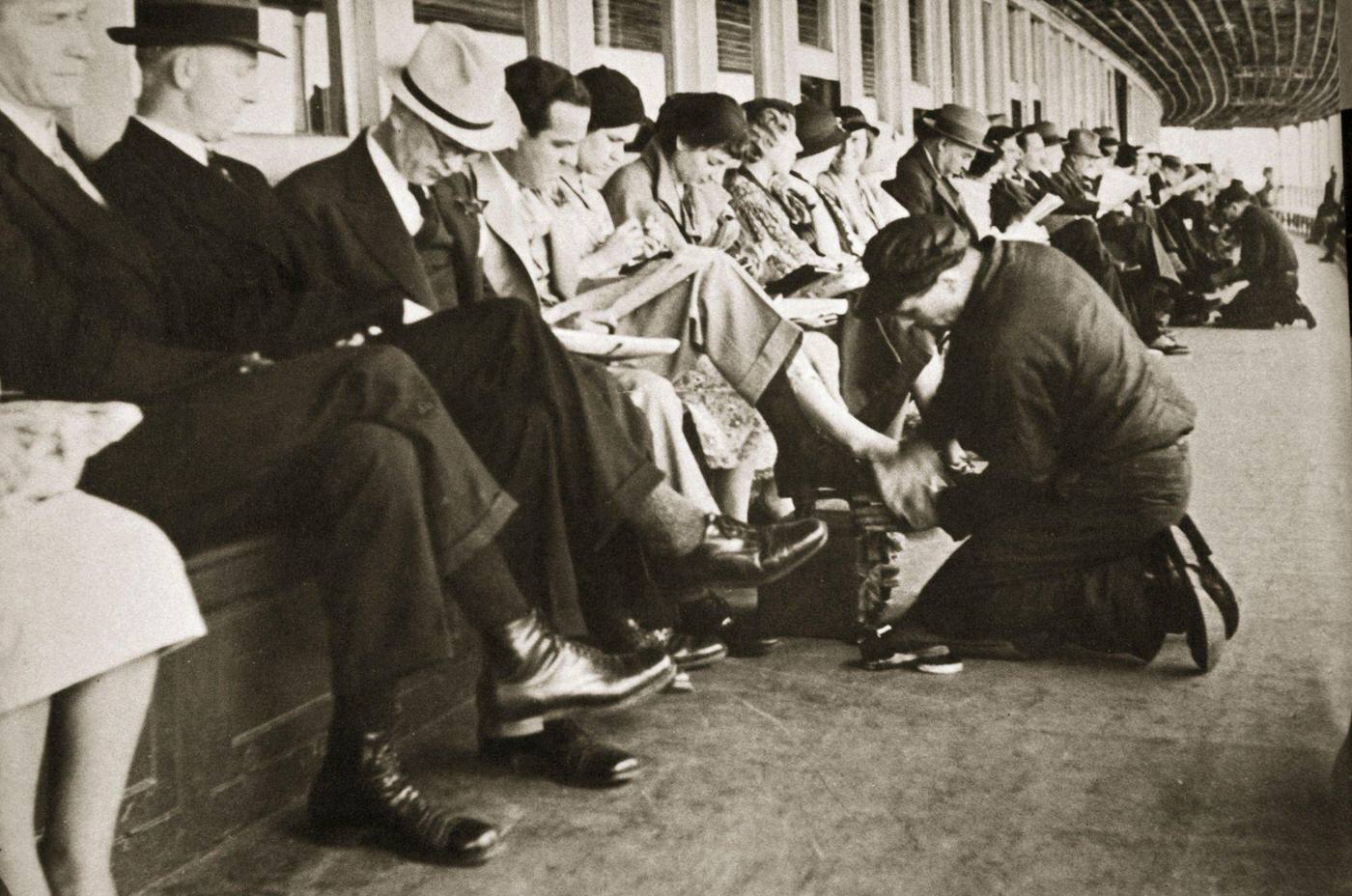
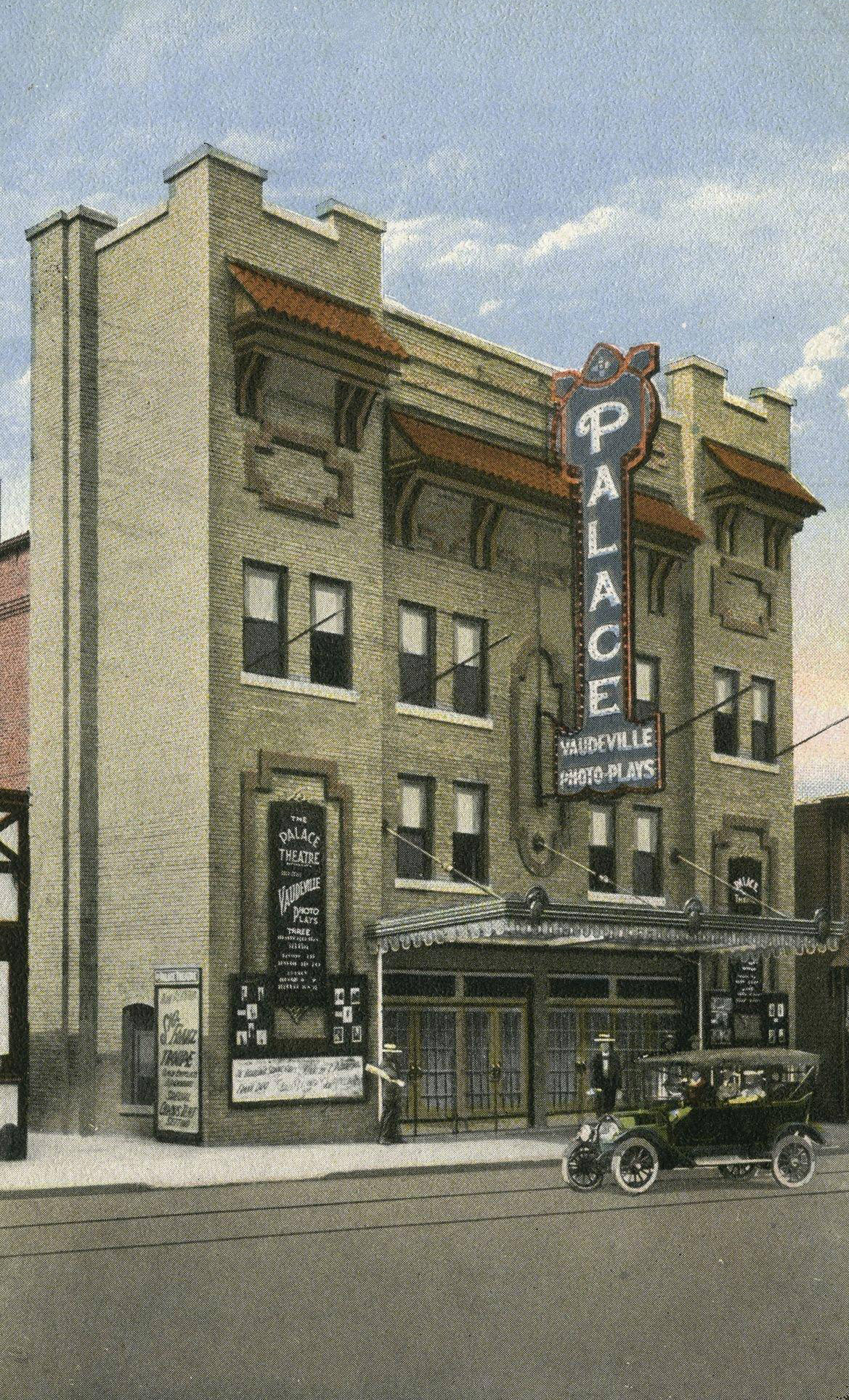
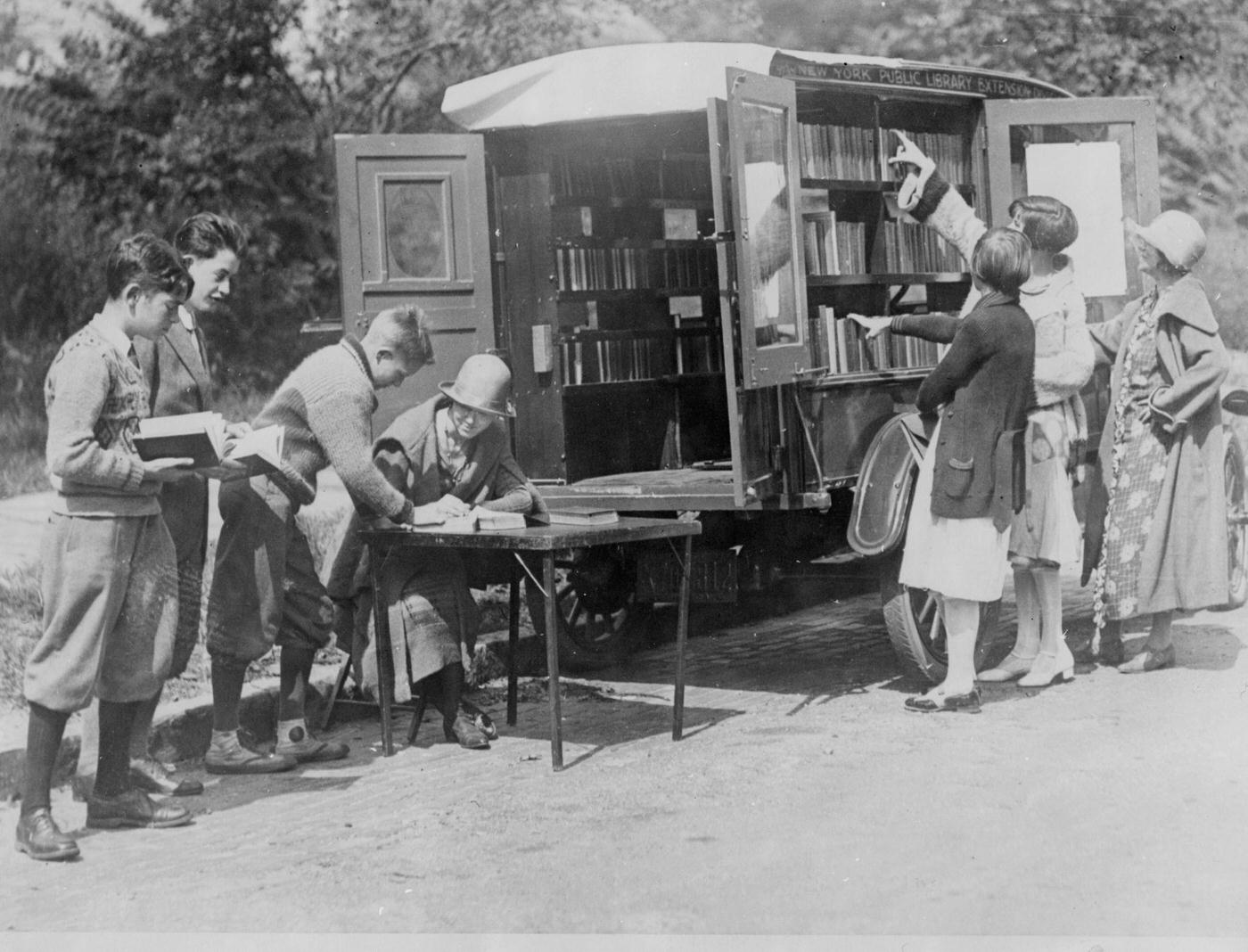
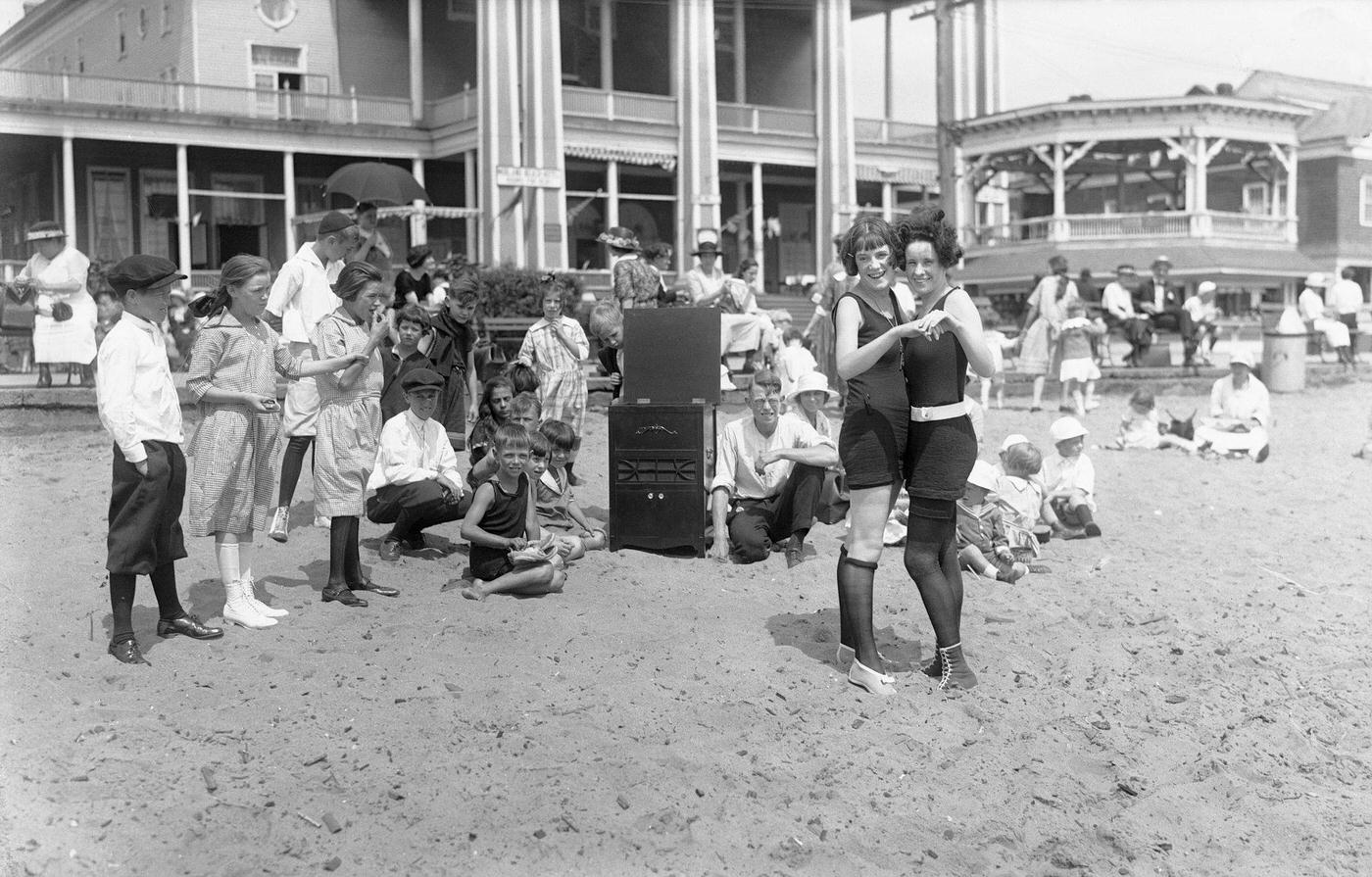
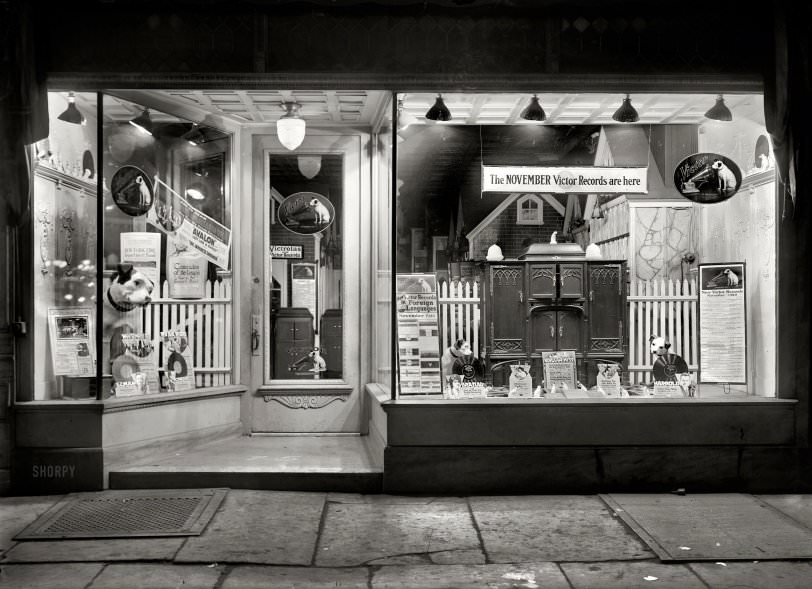
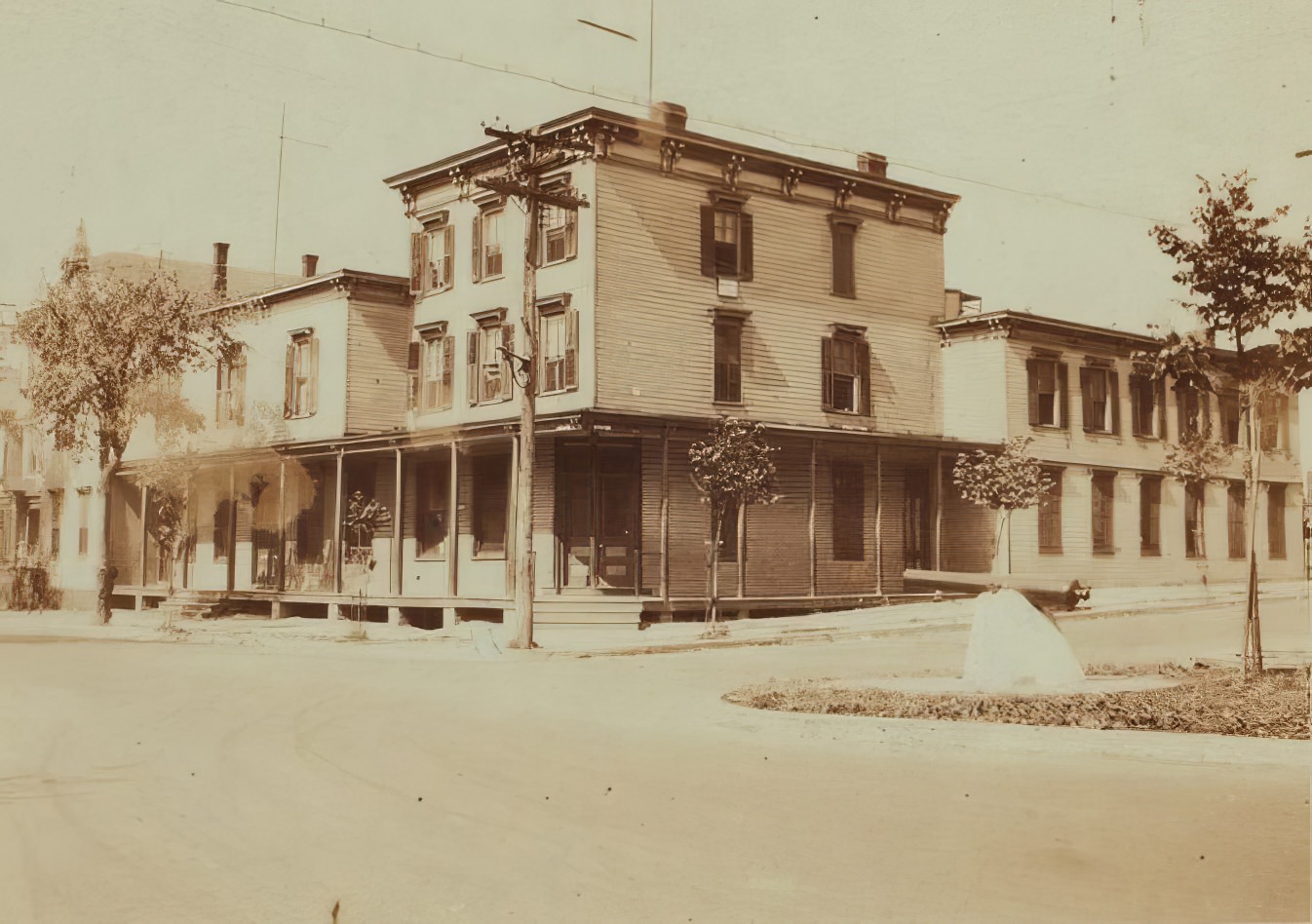
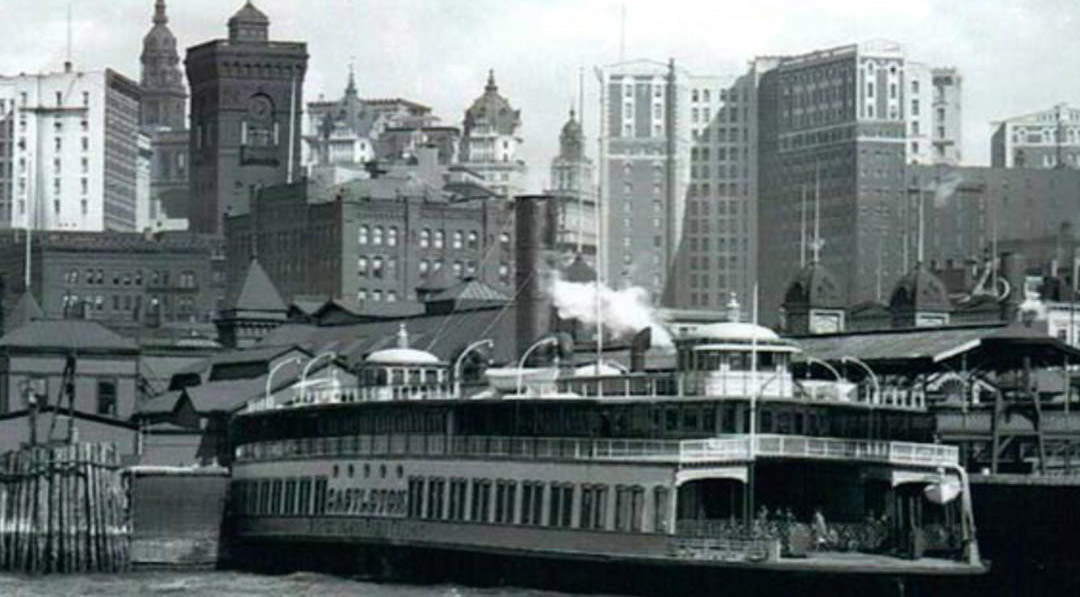

GIPHY App Key not set. Please check settings